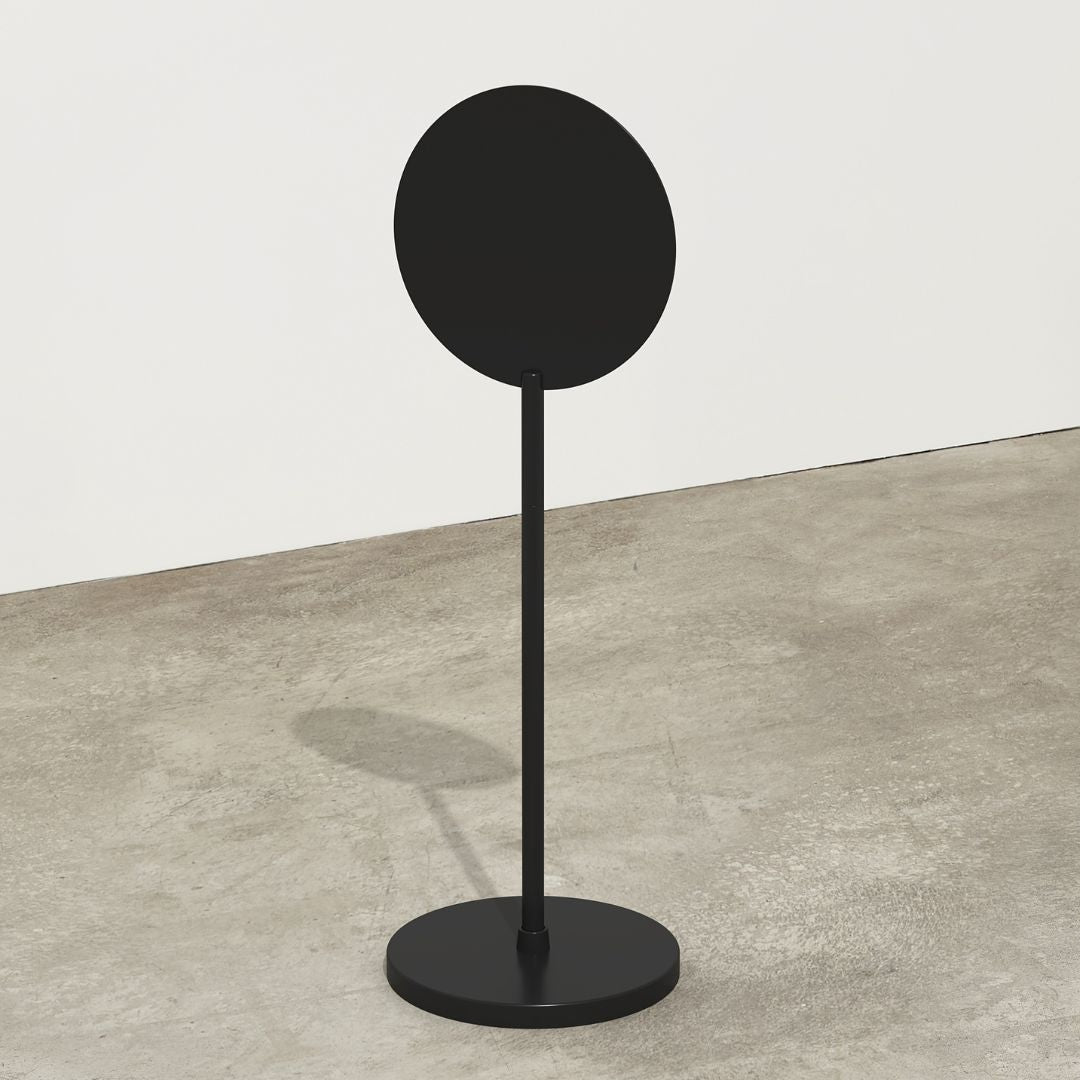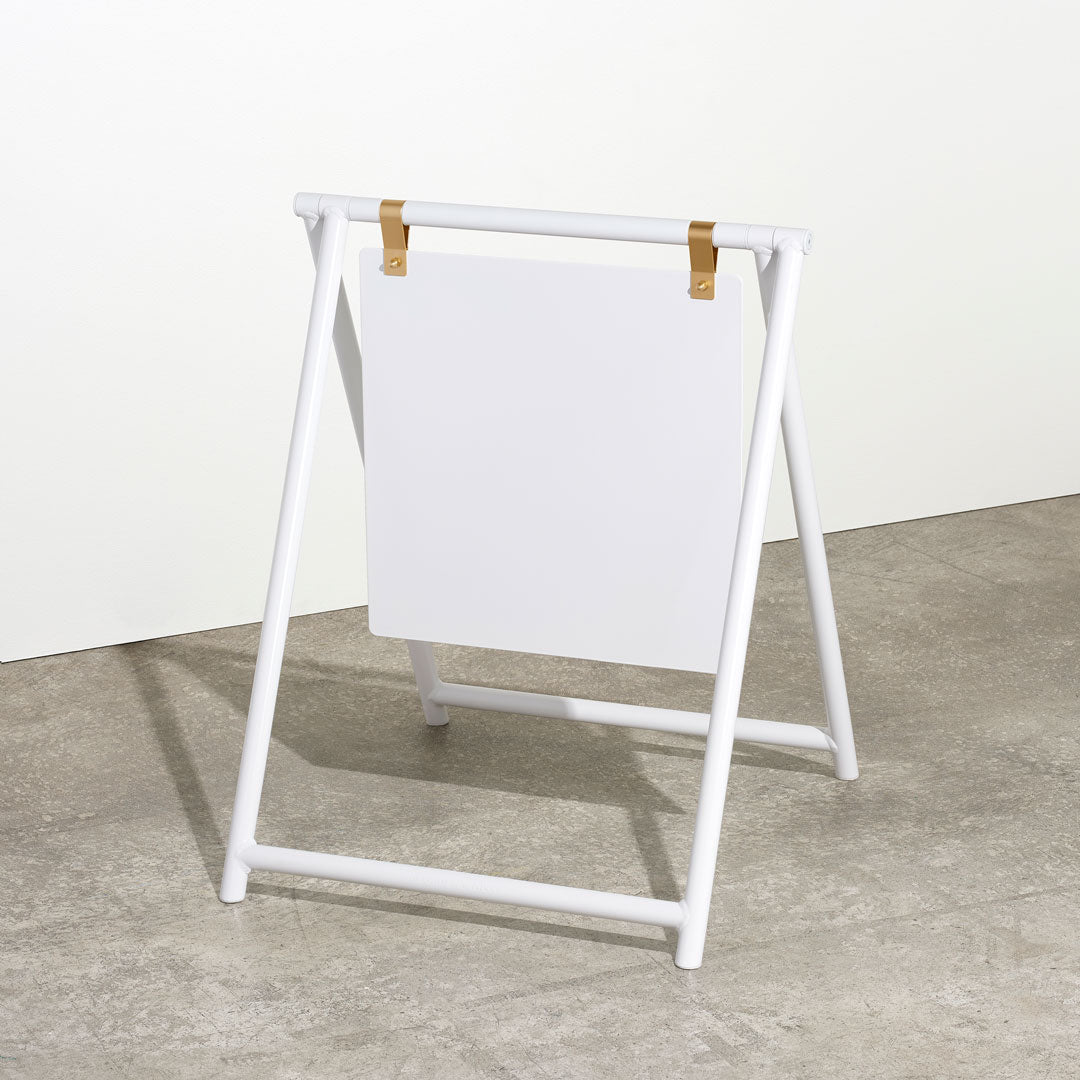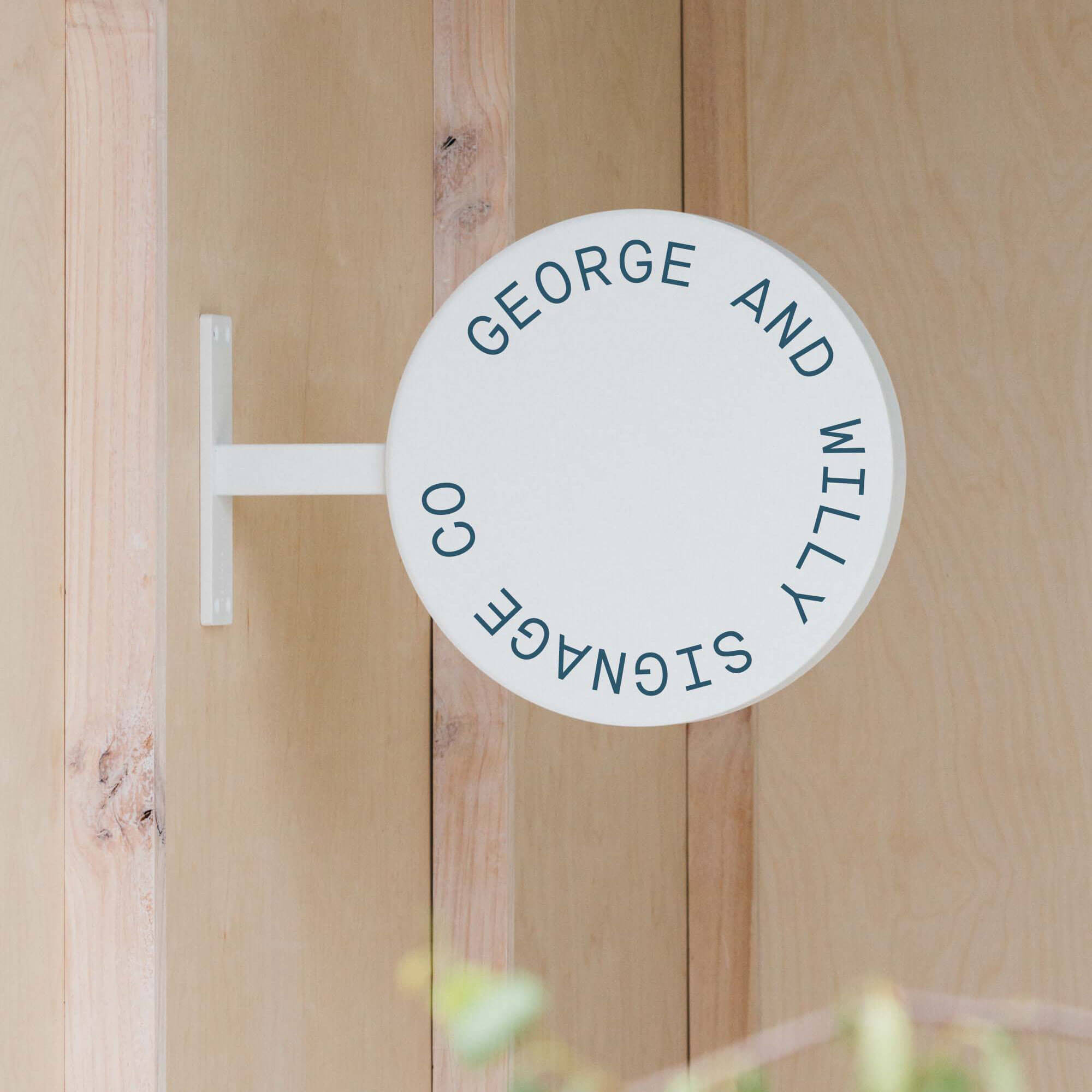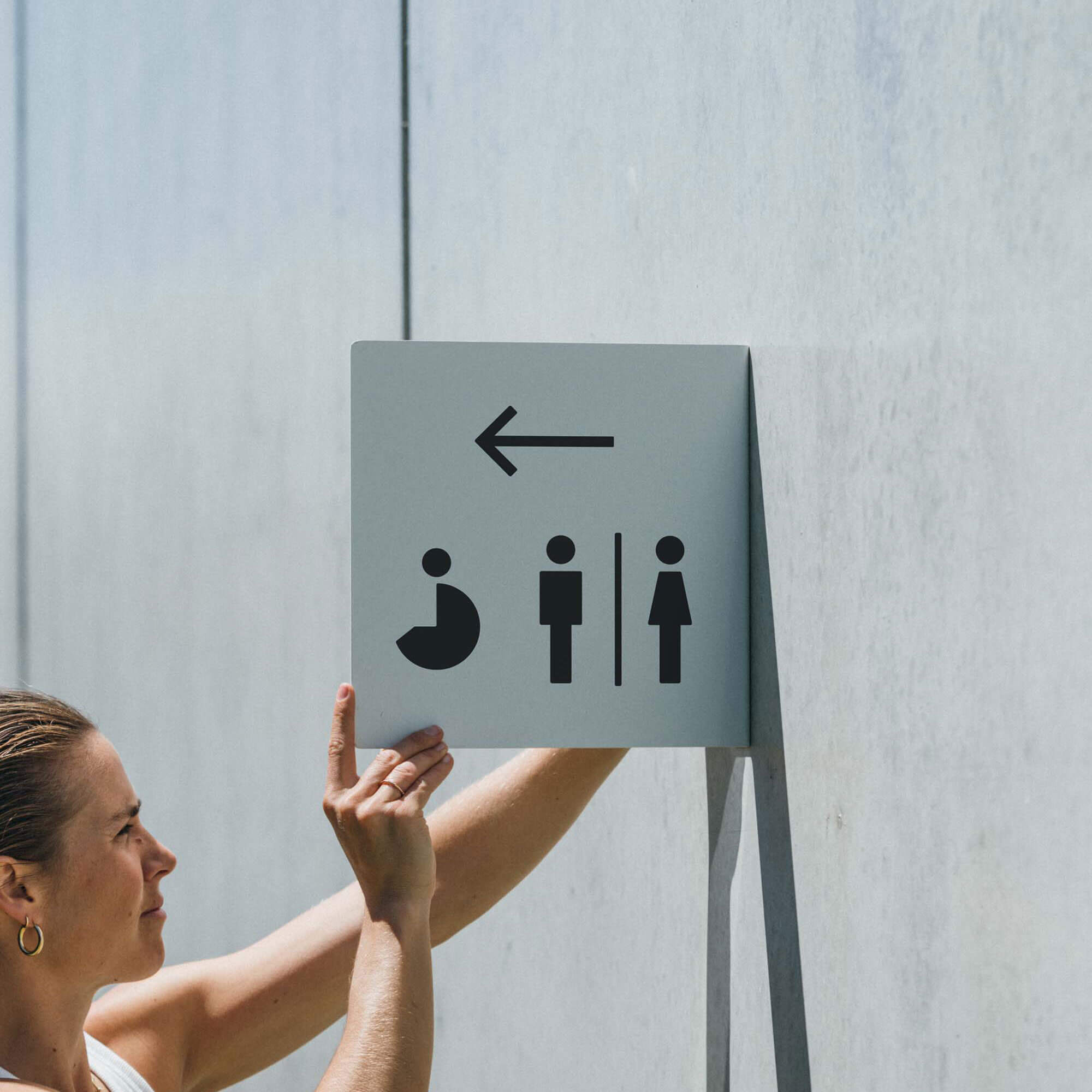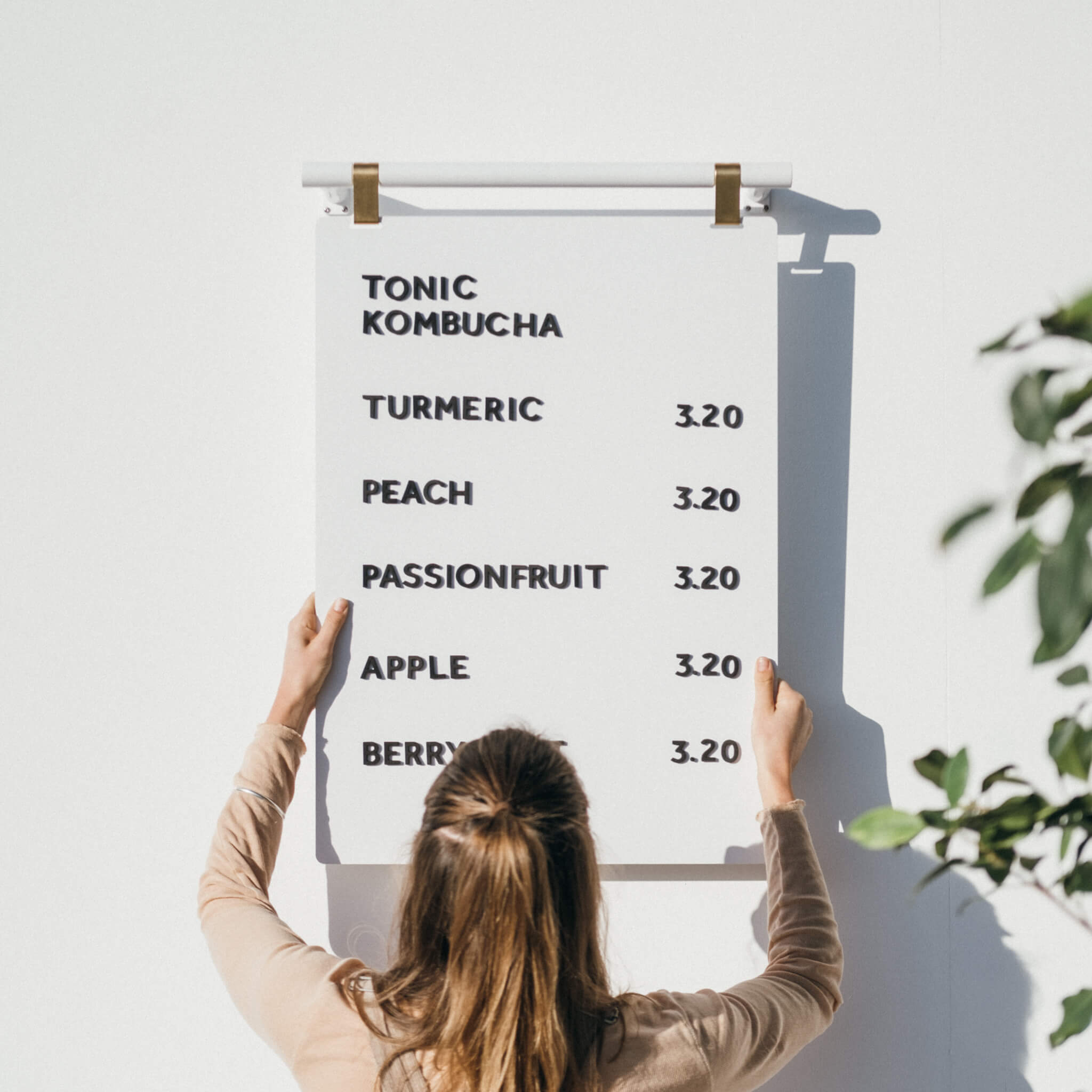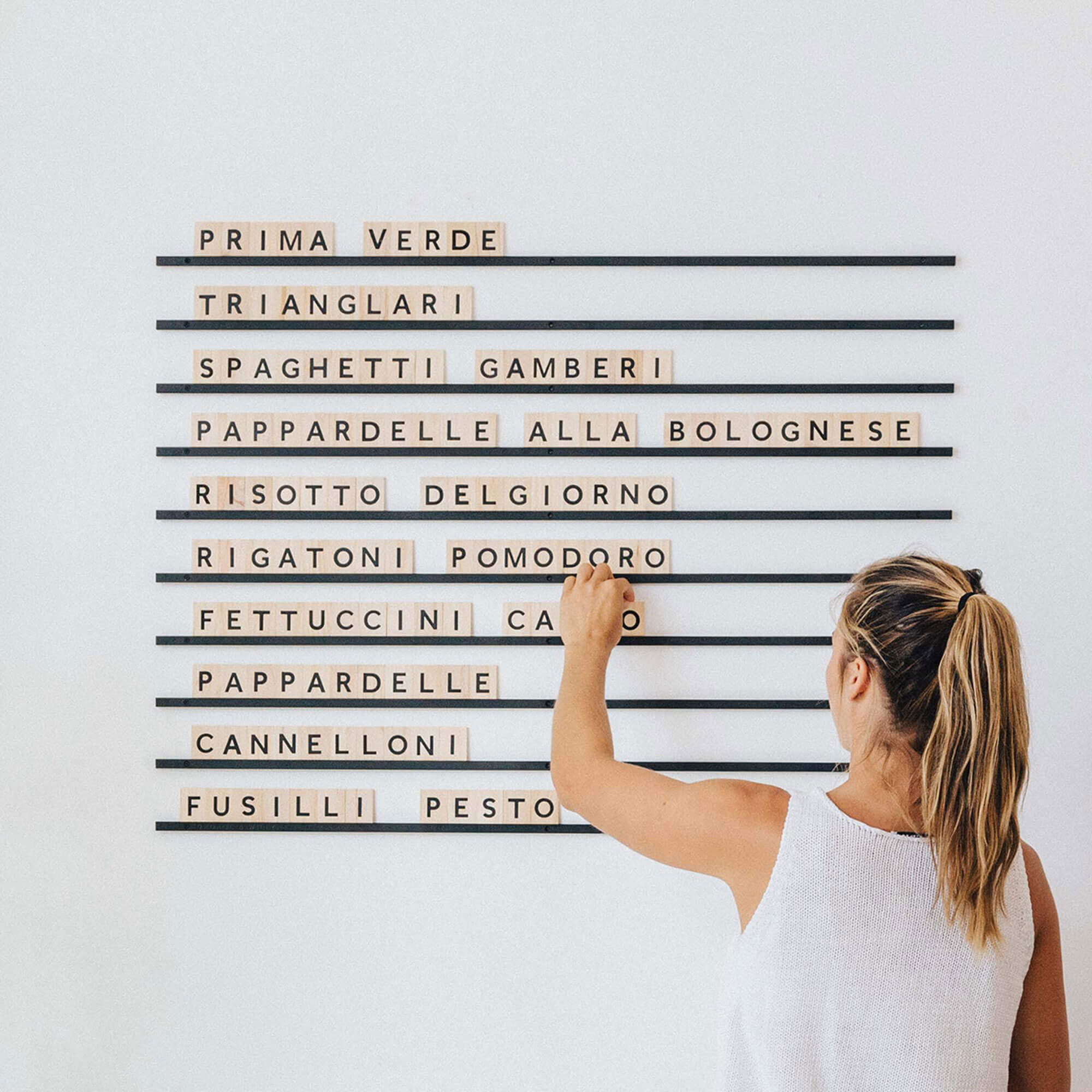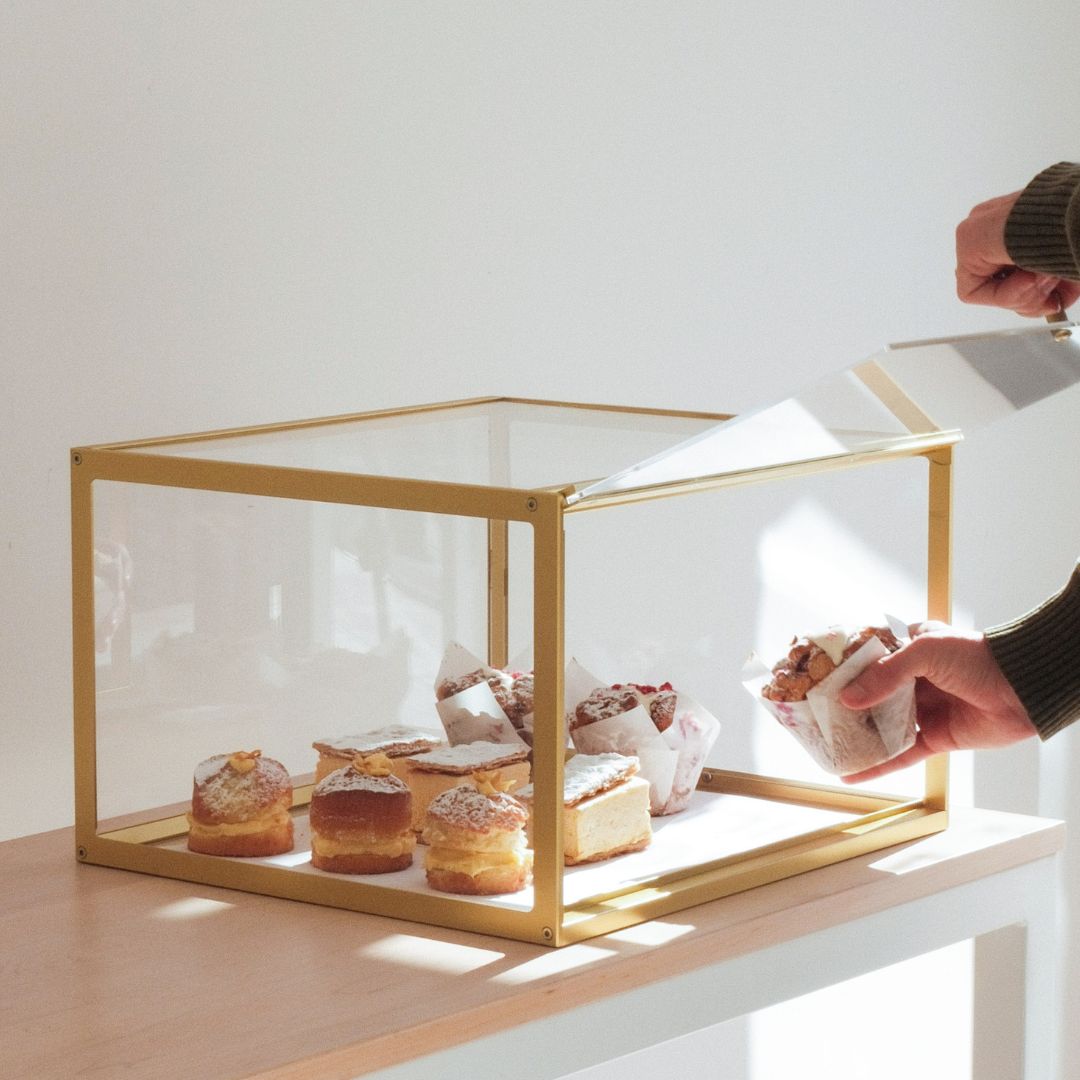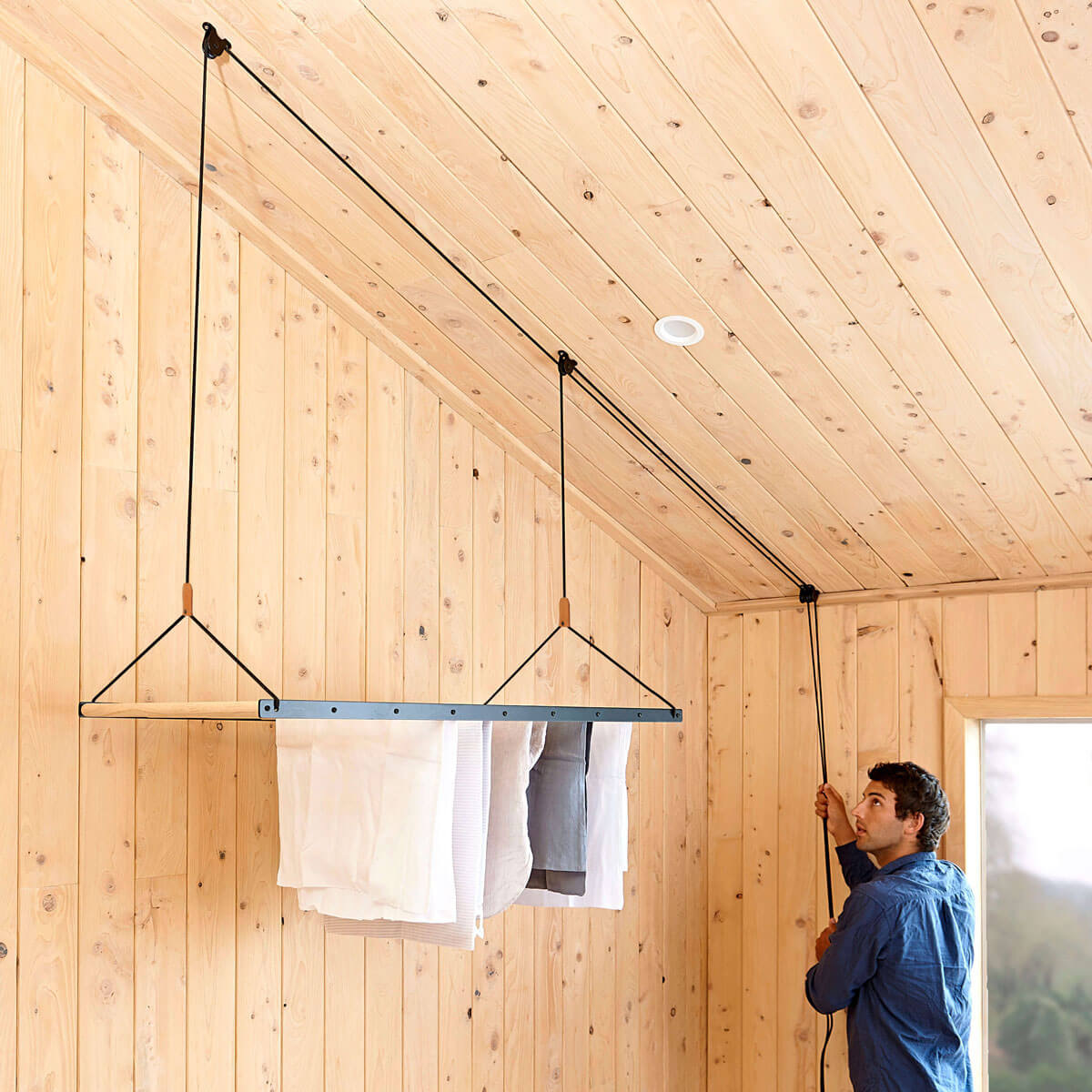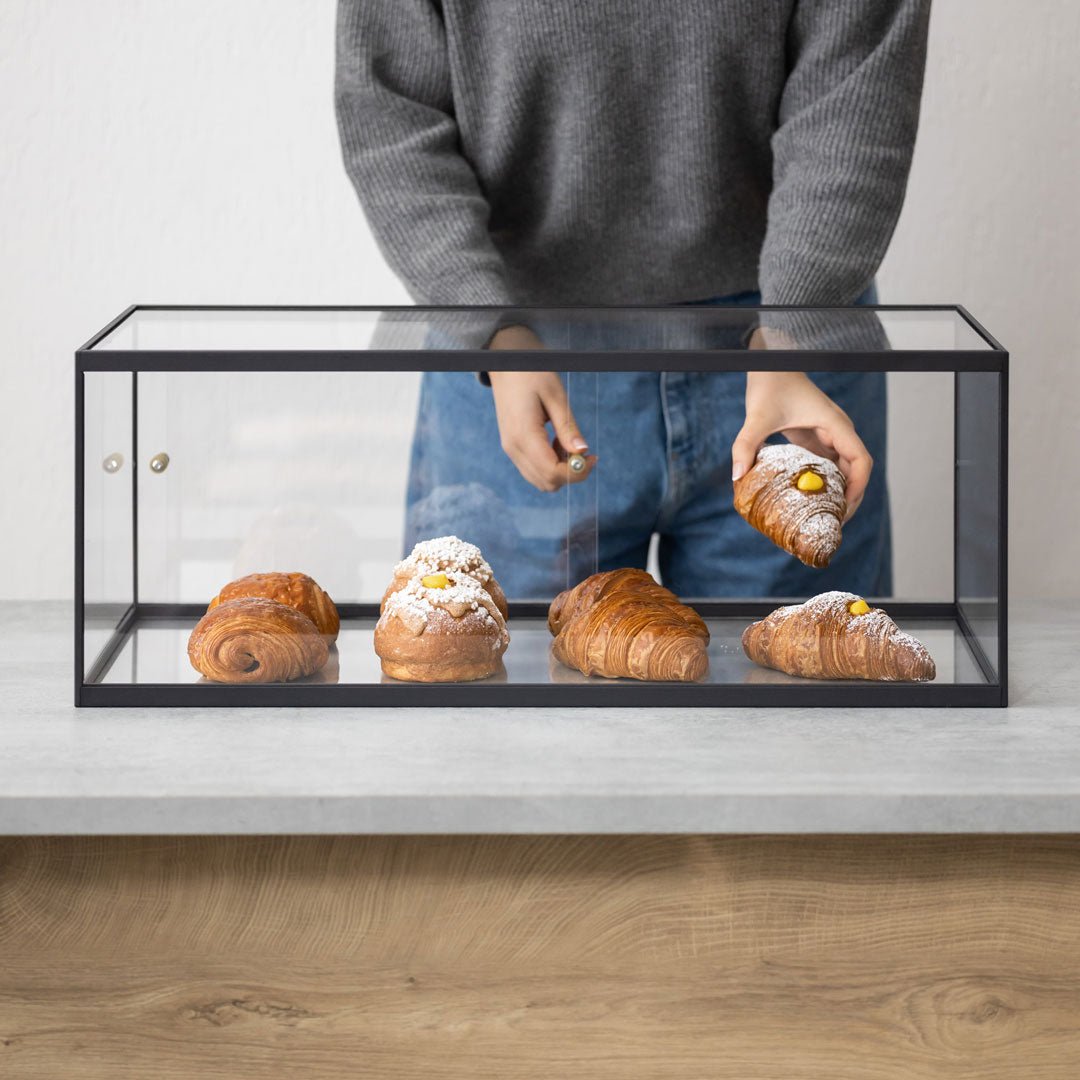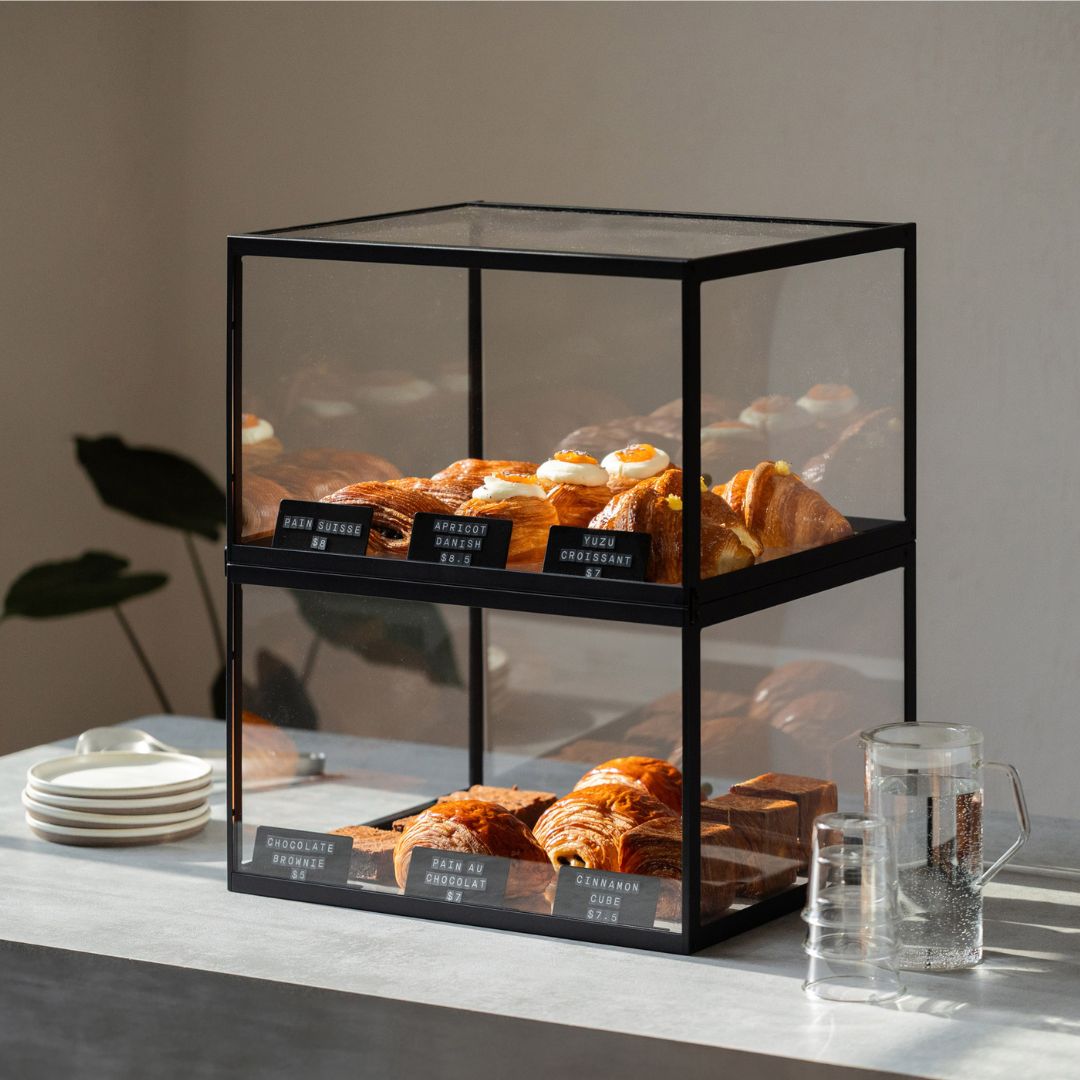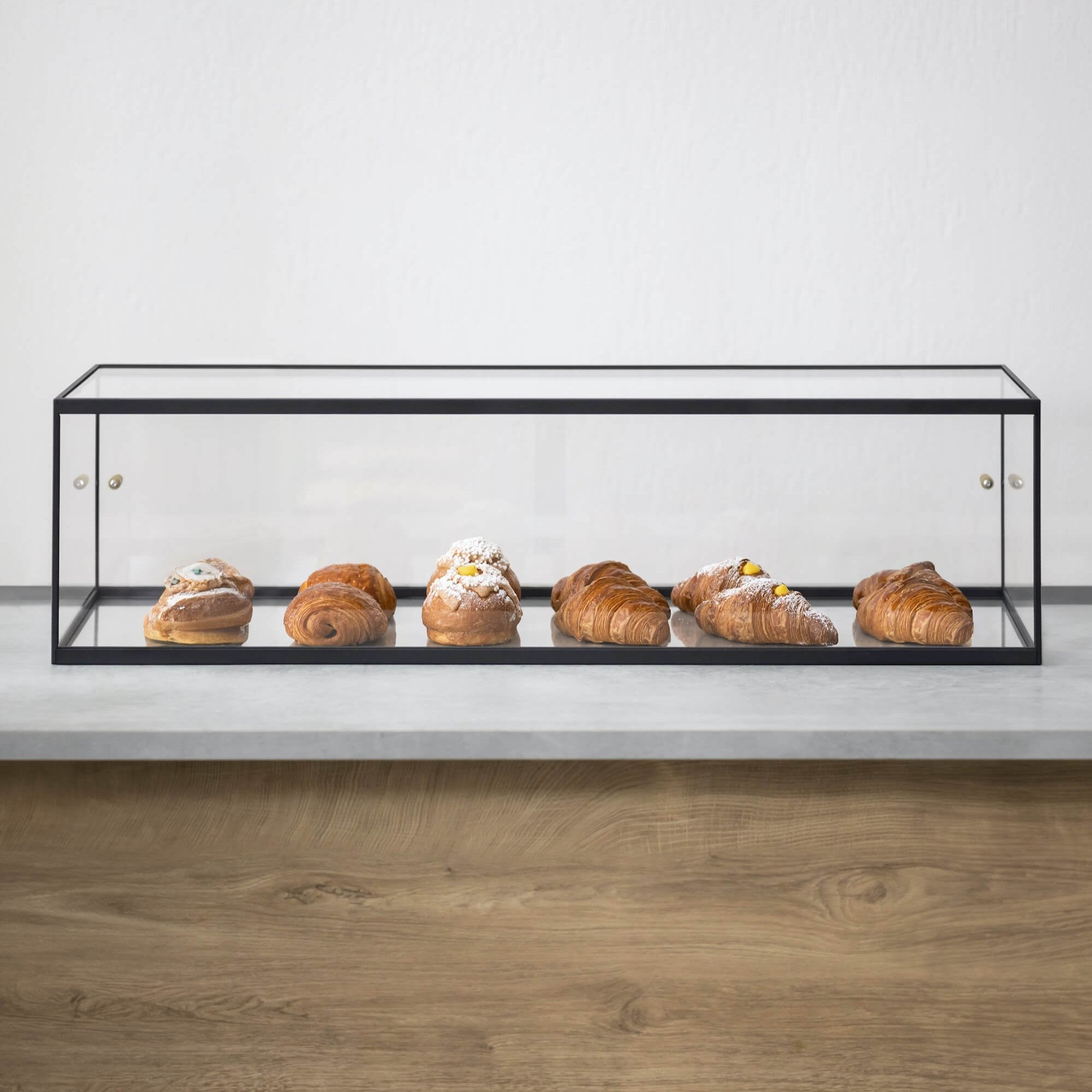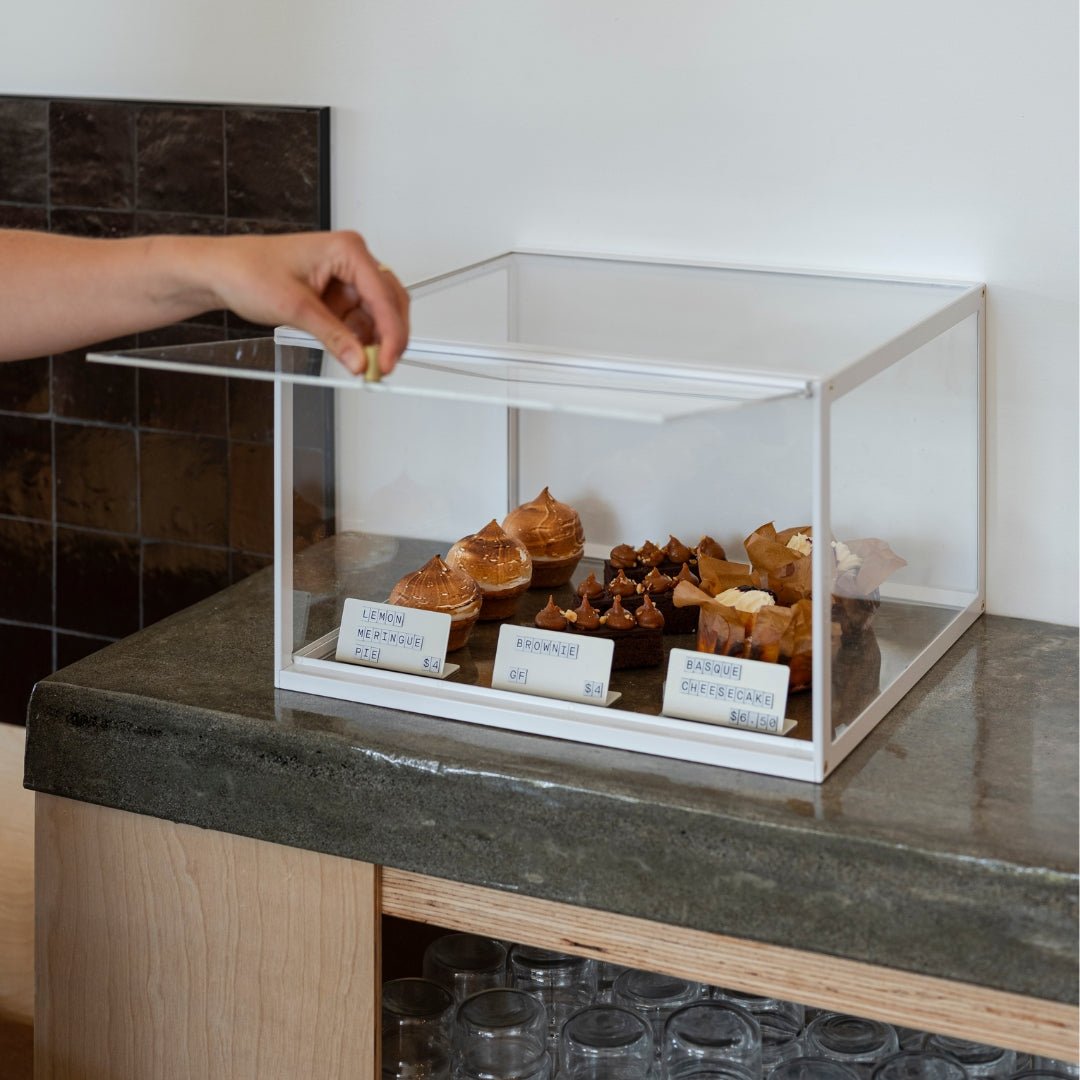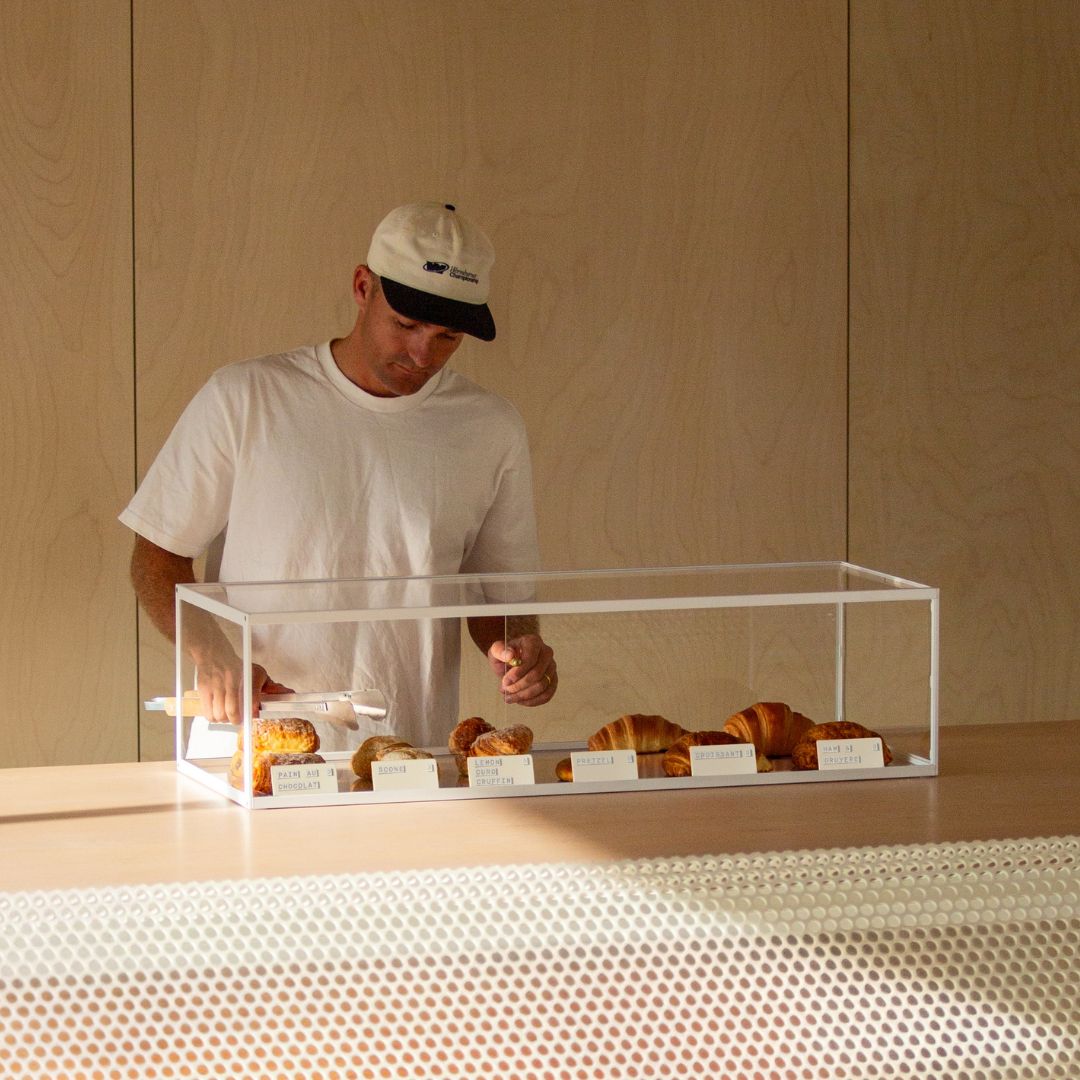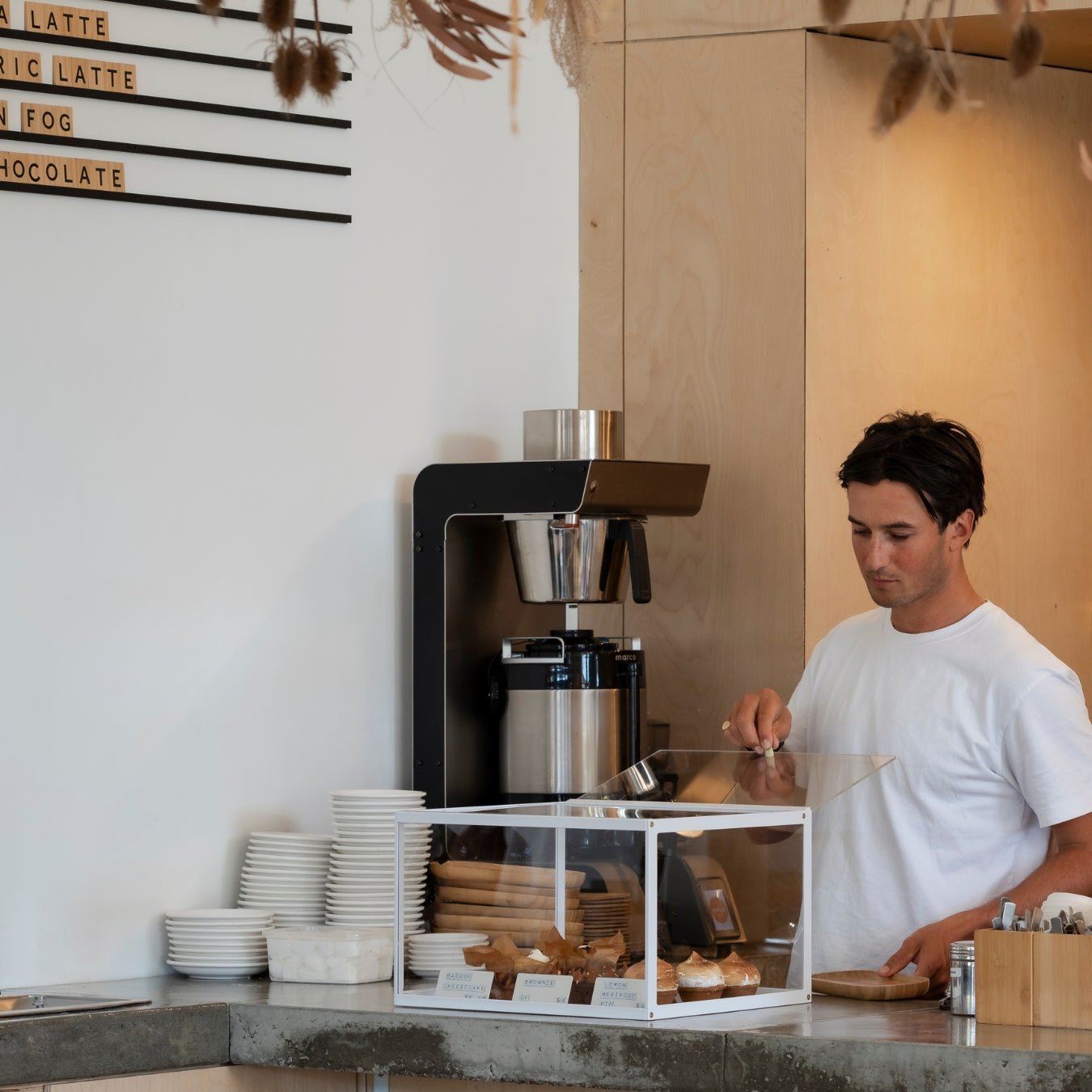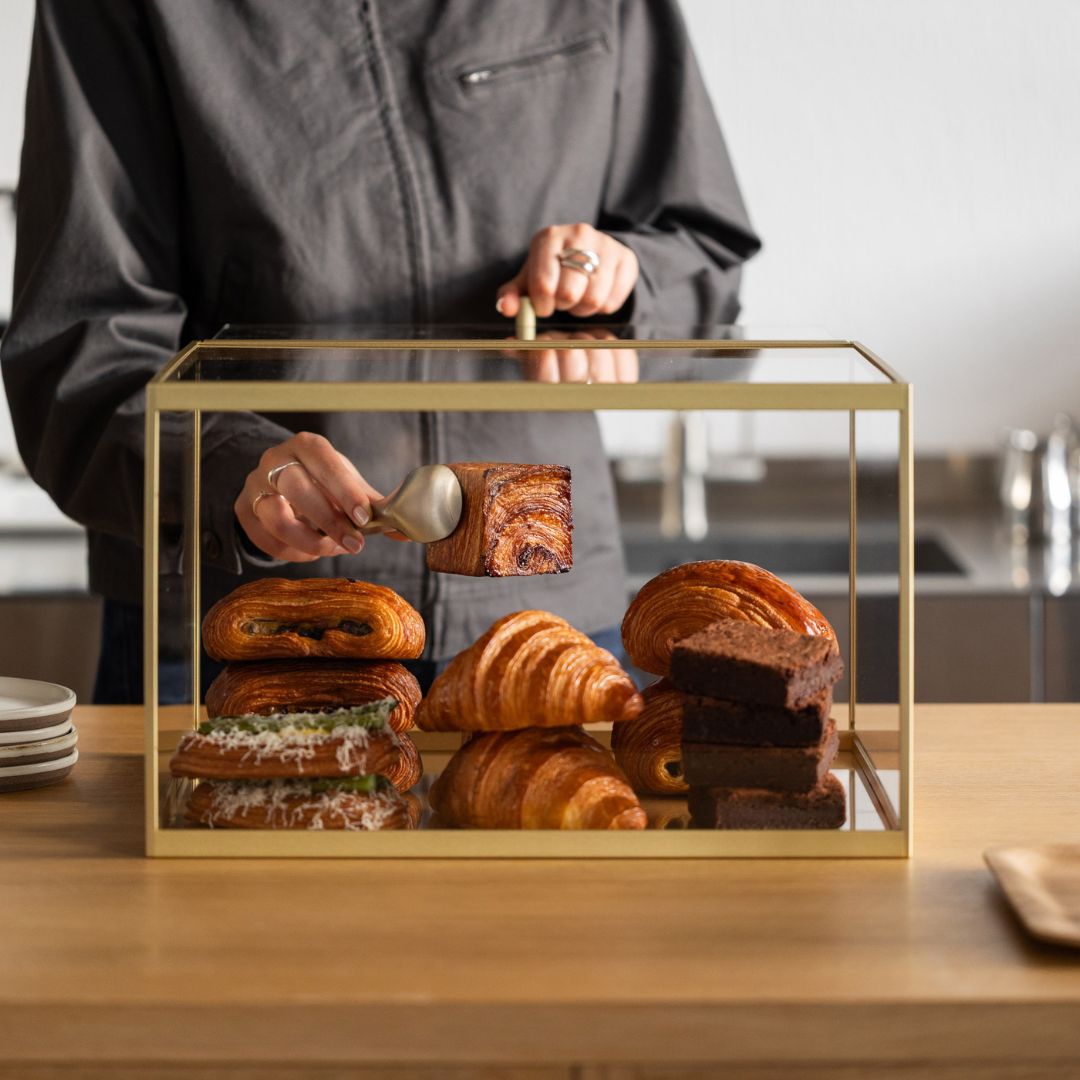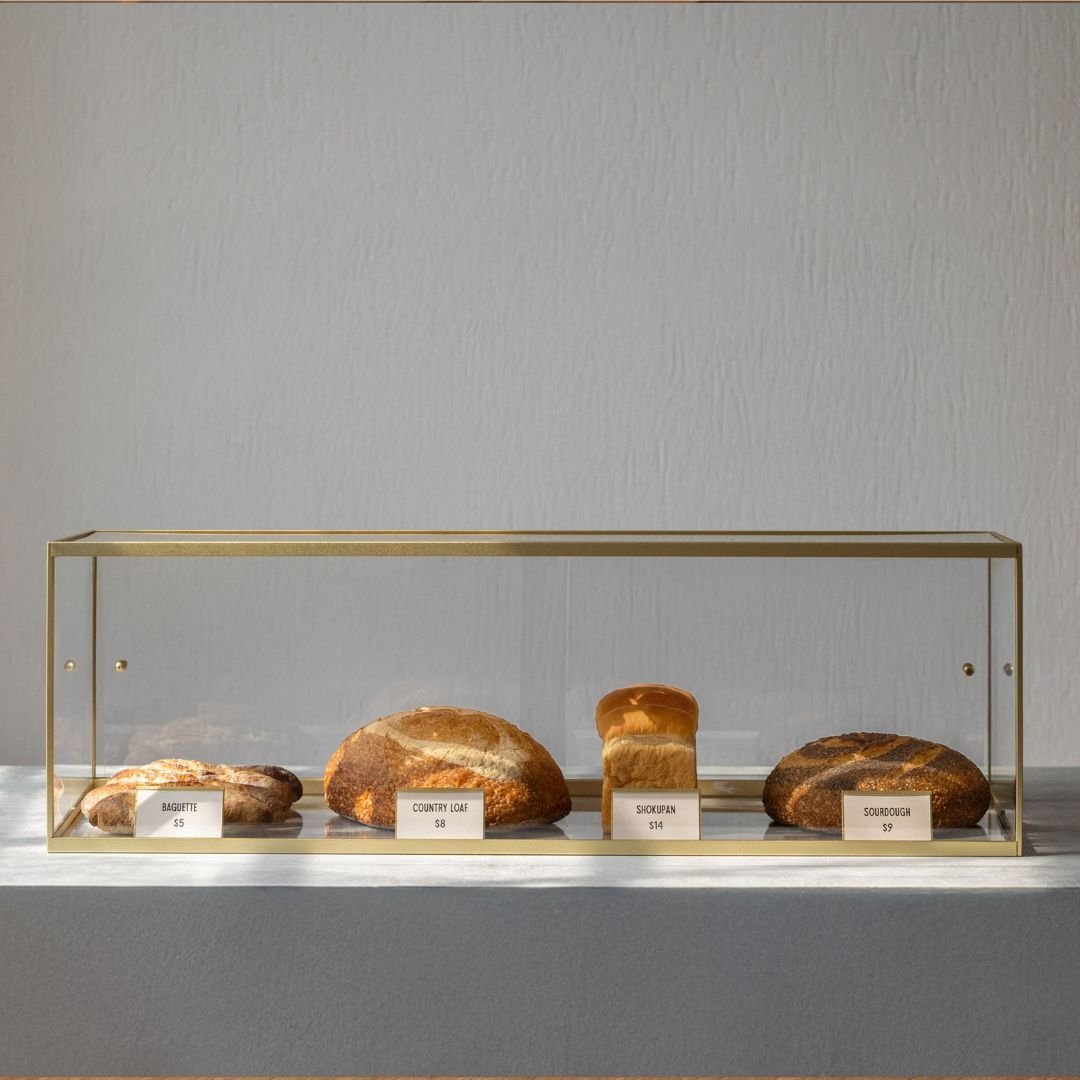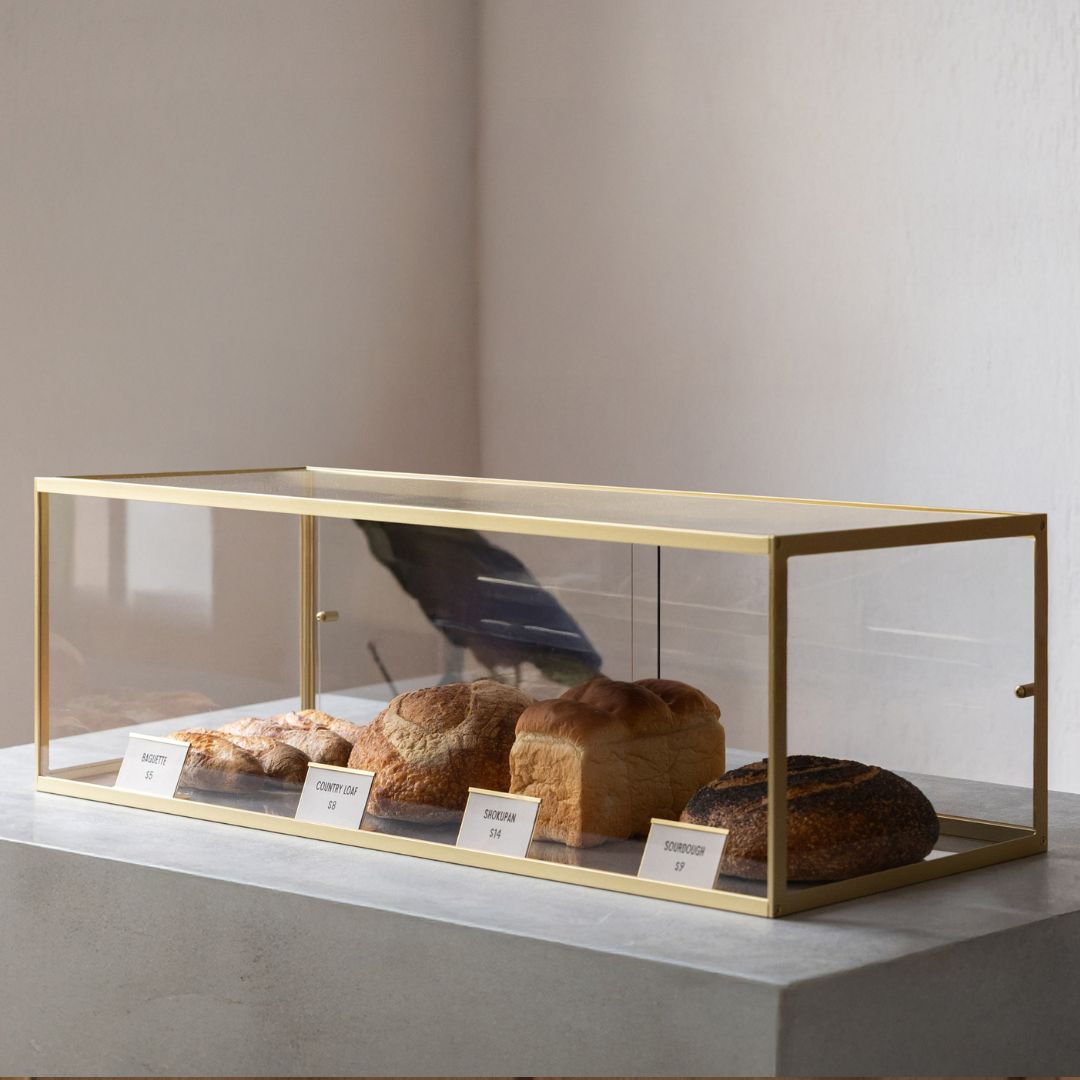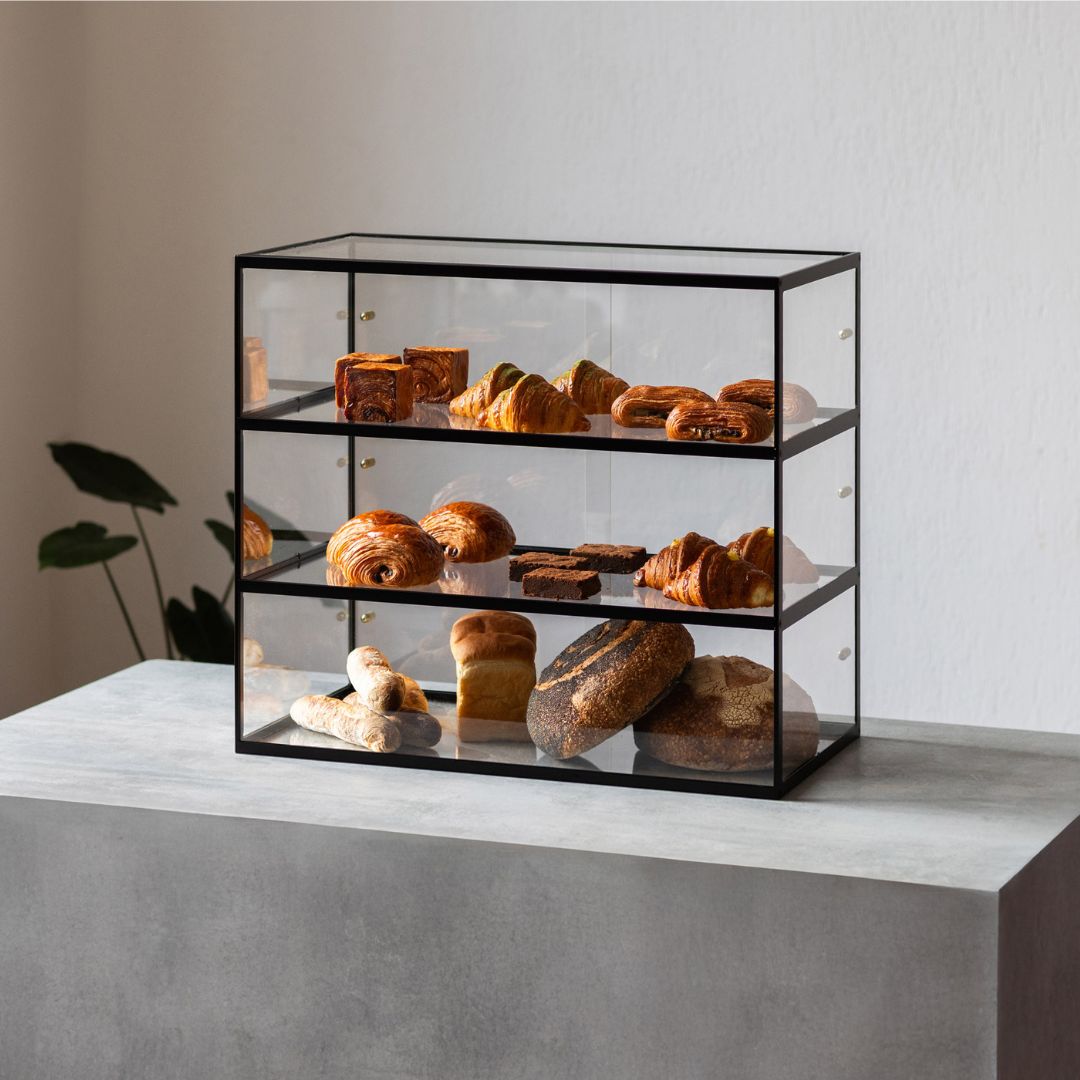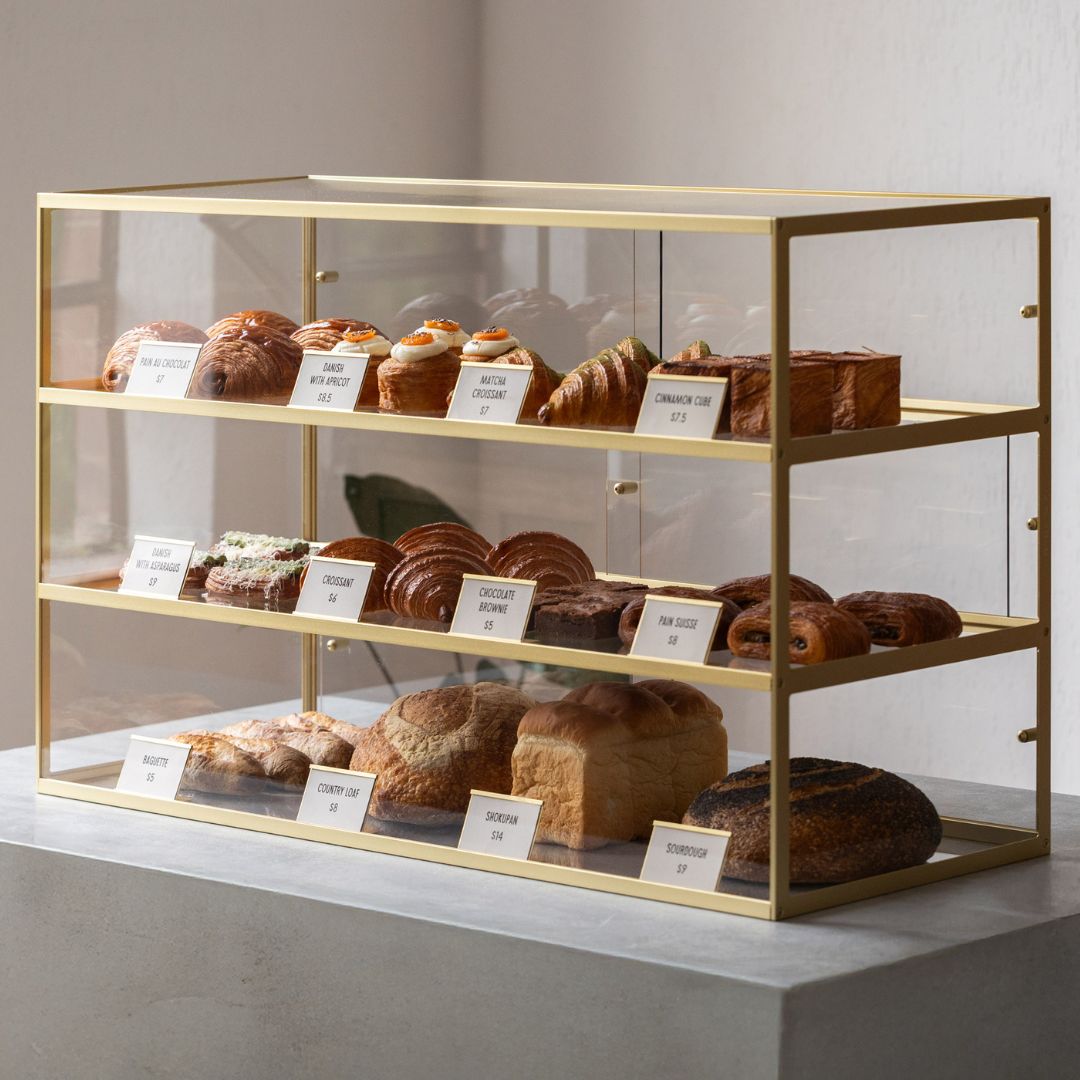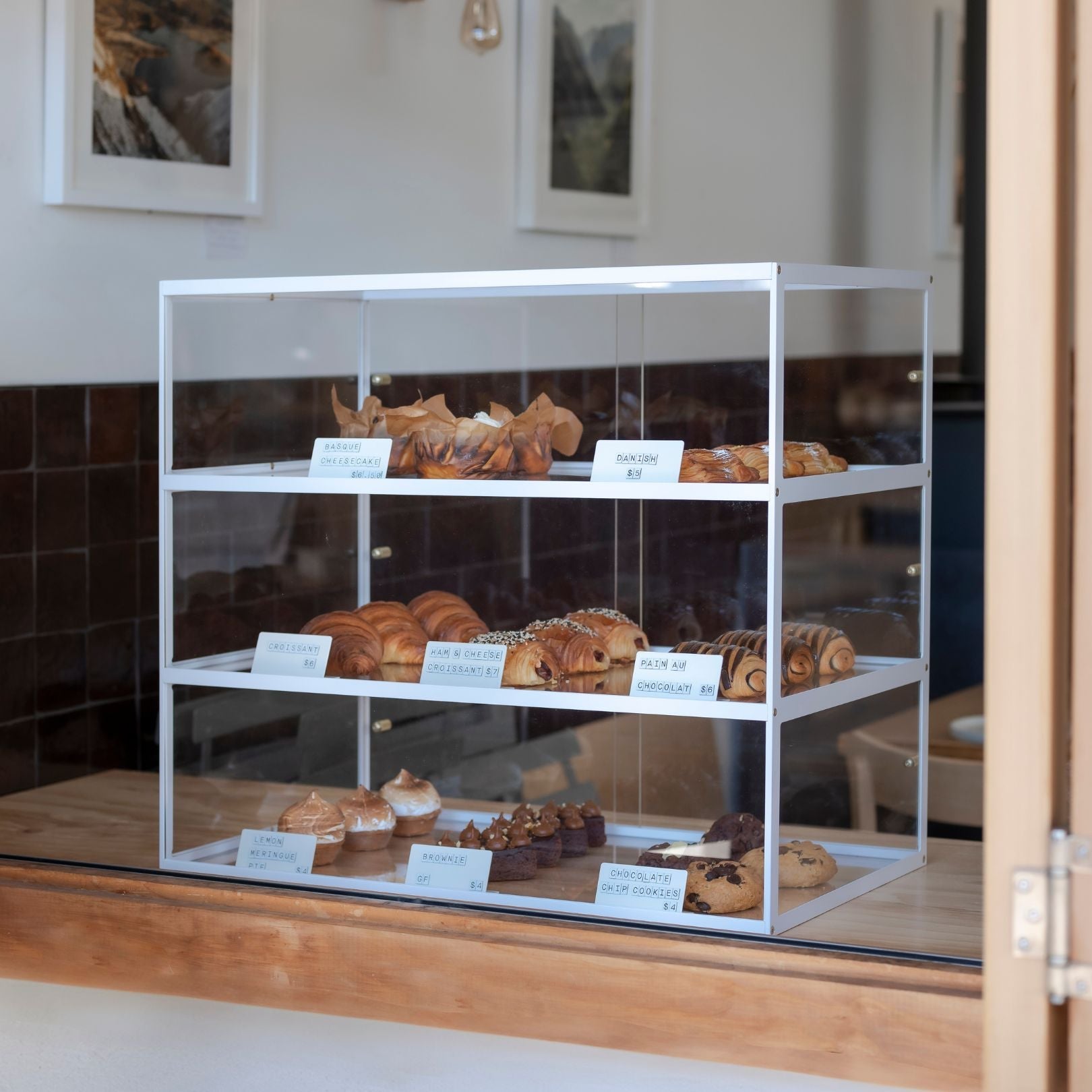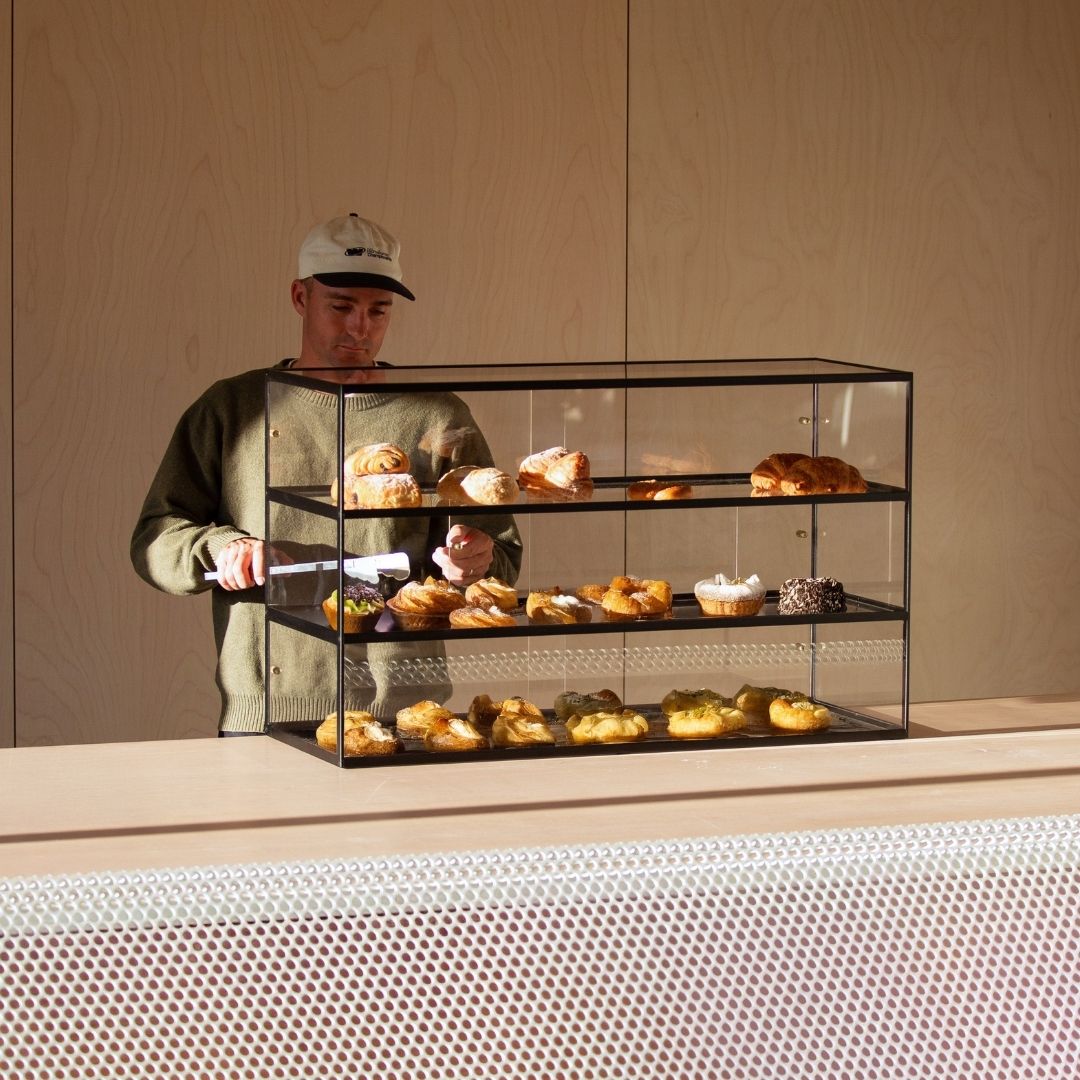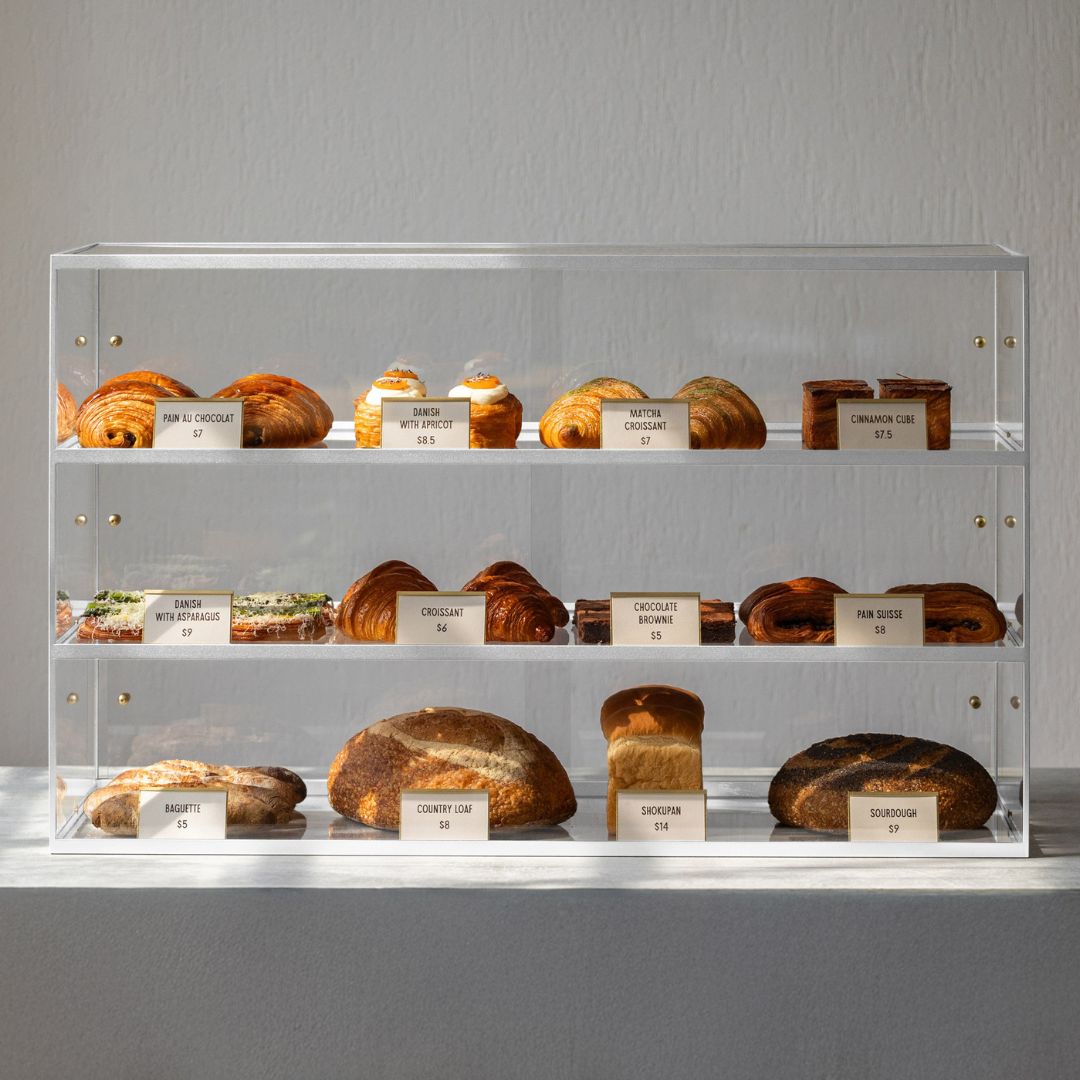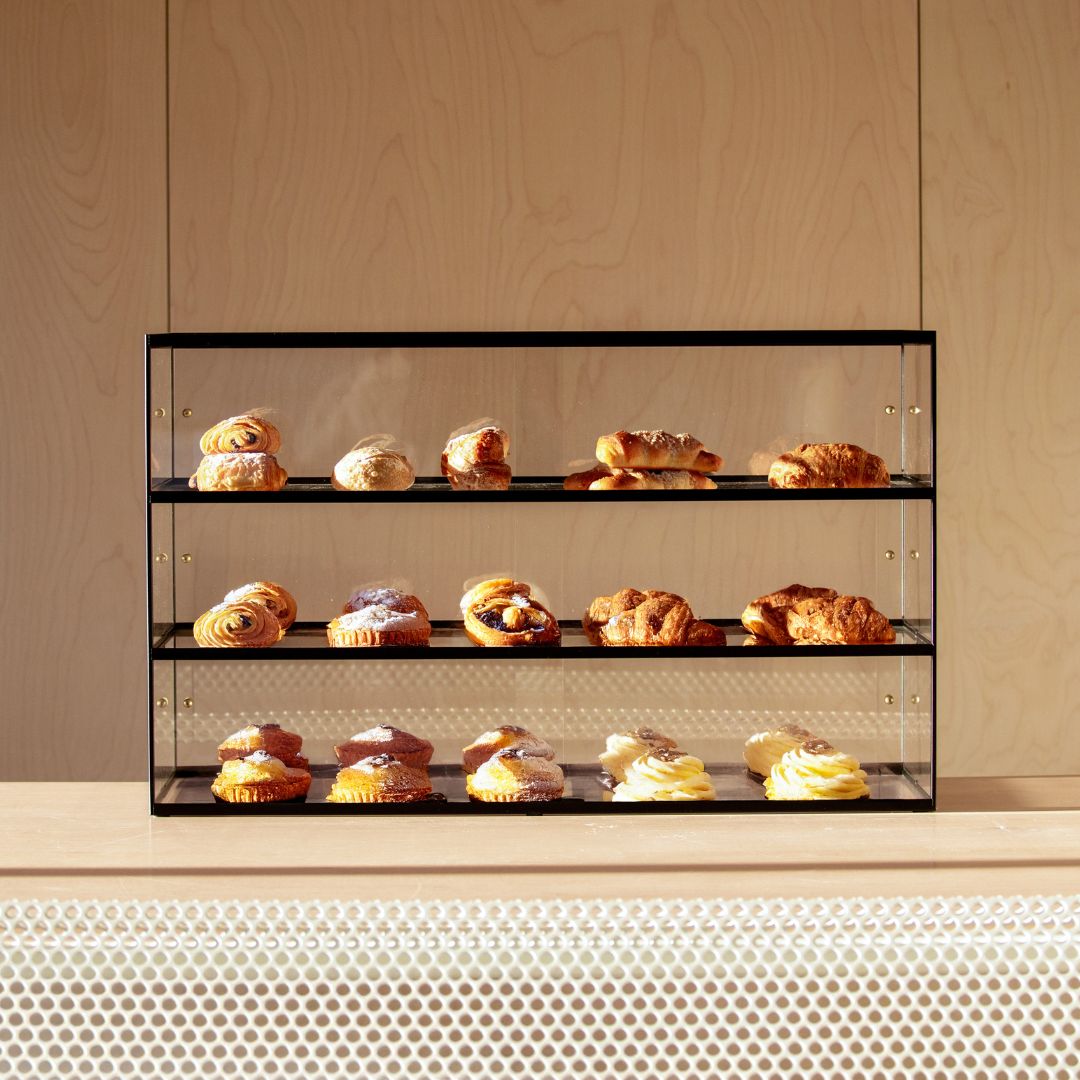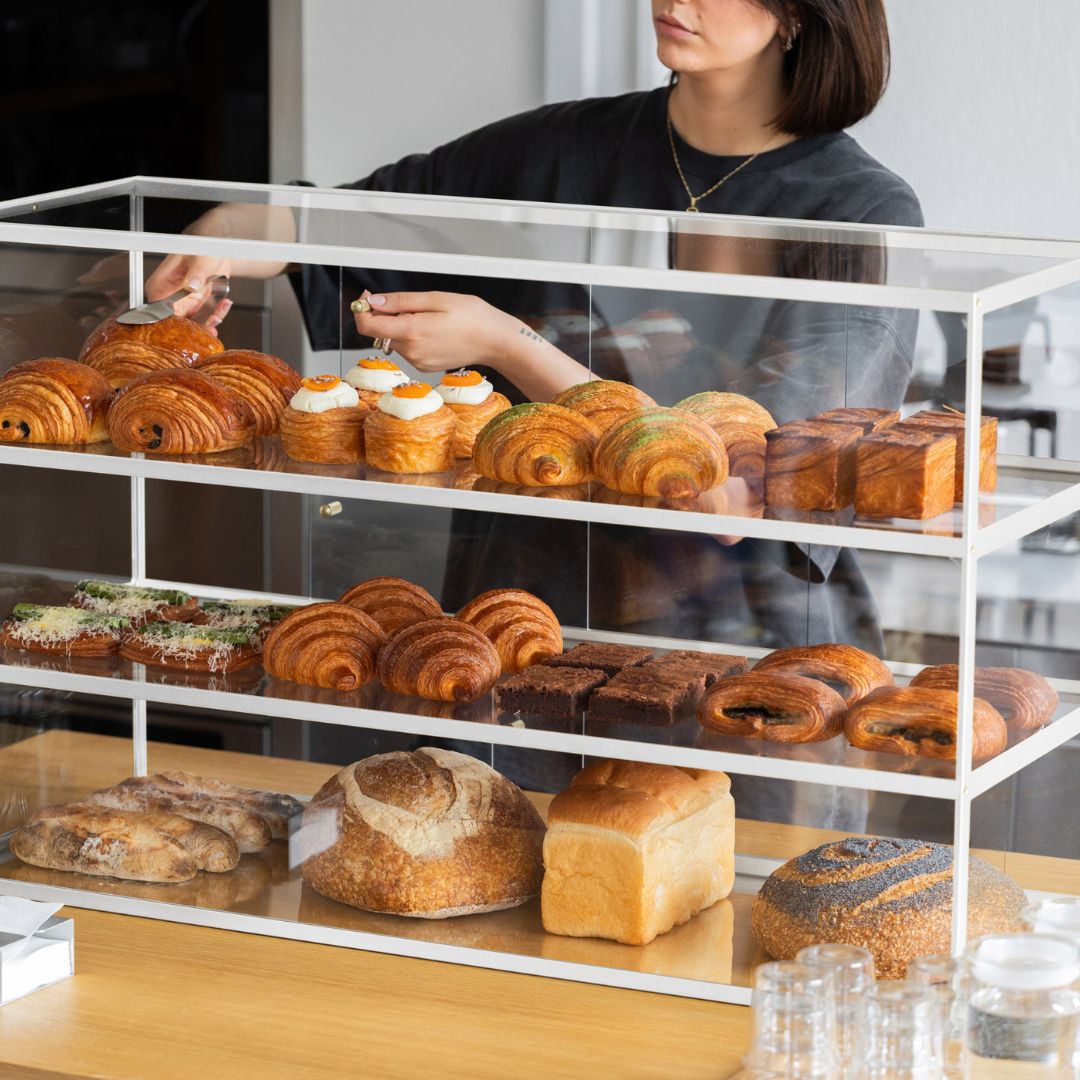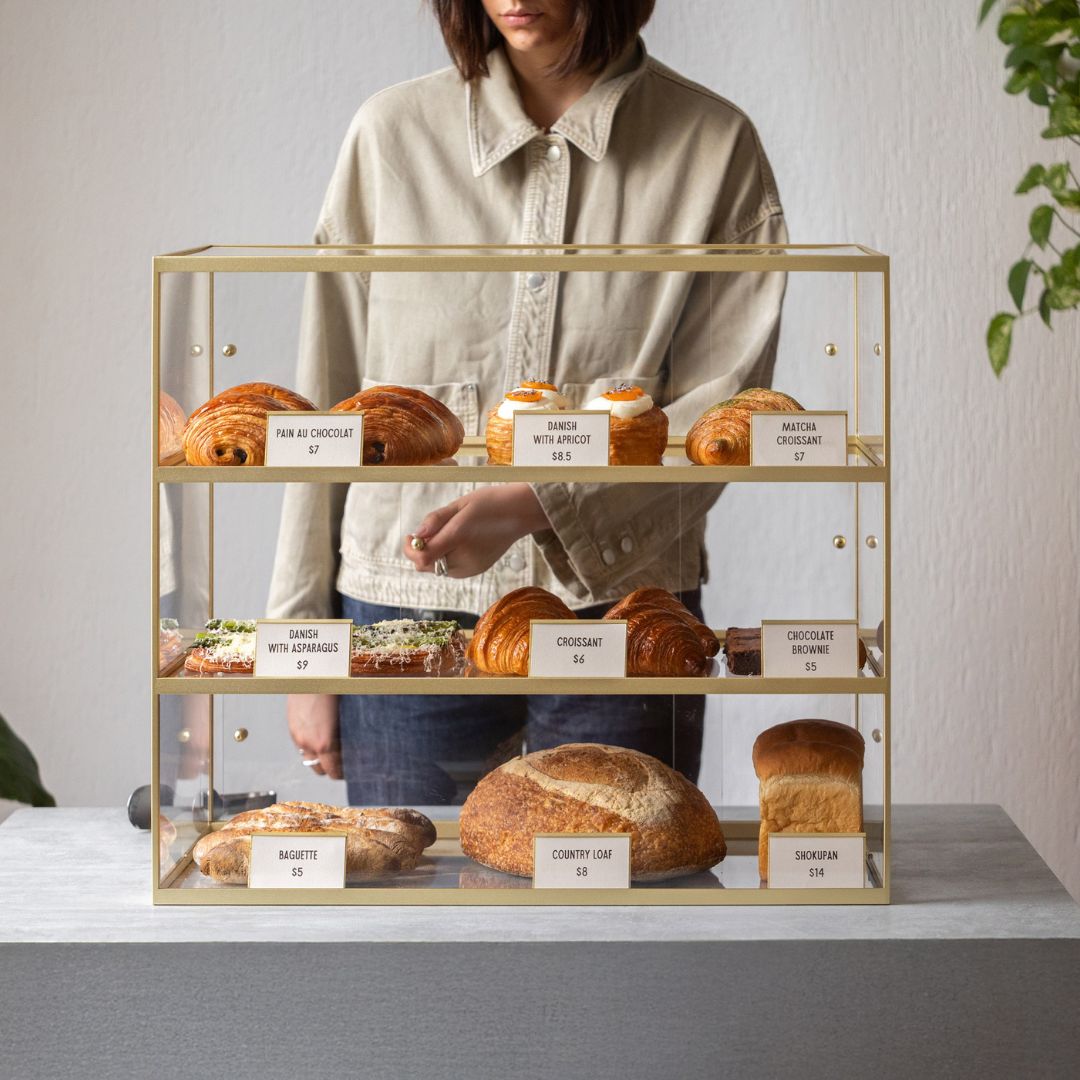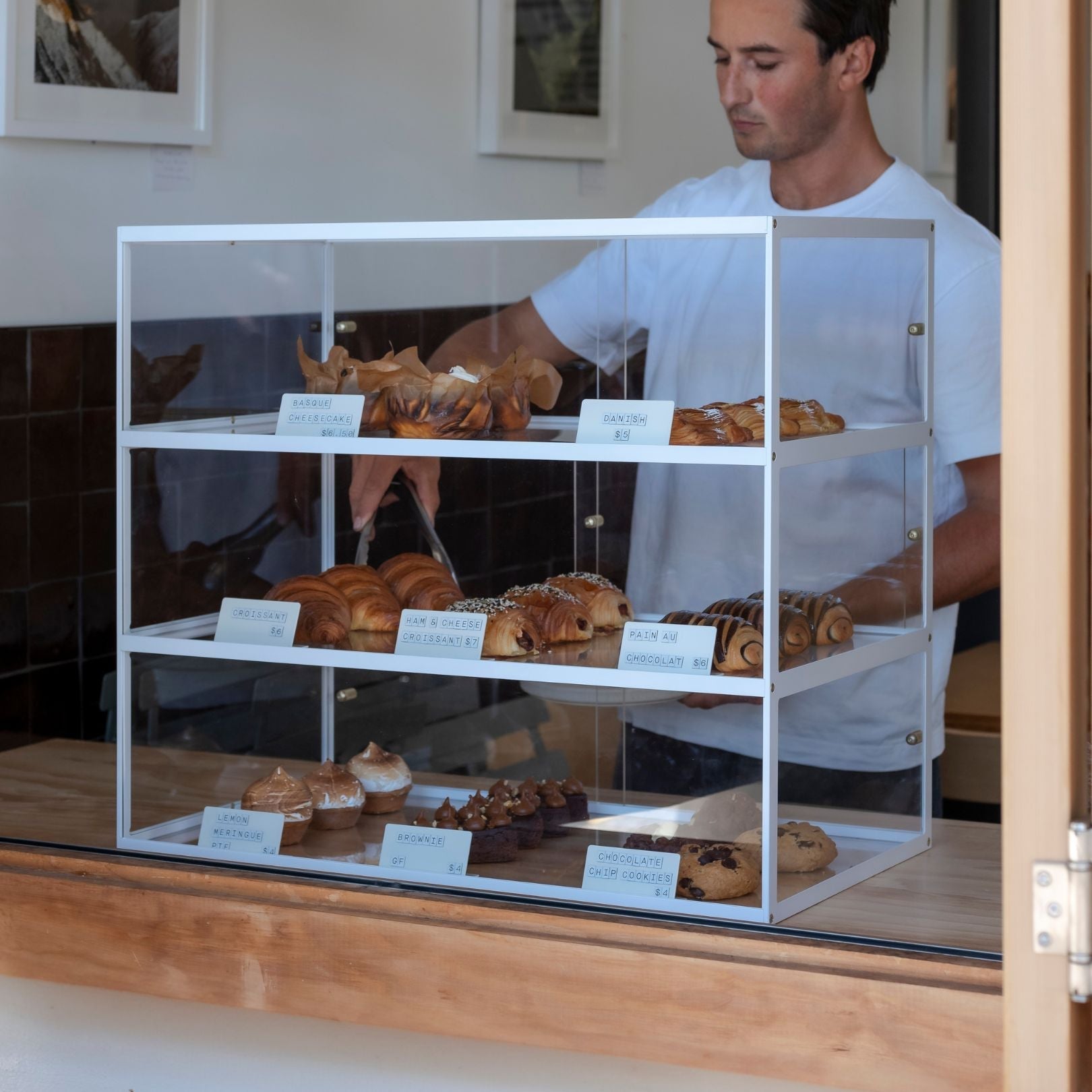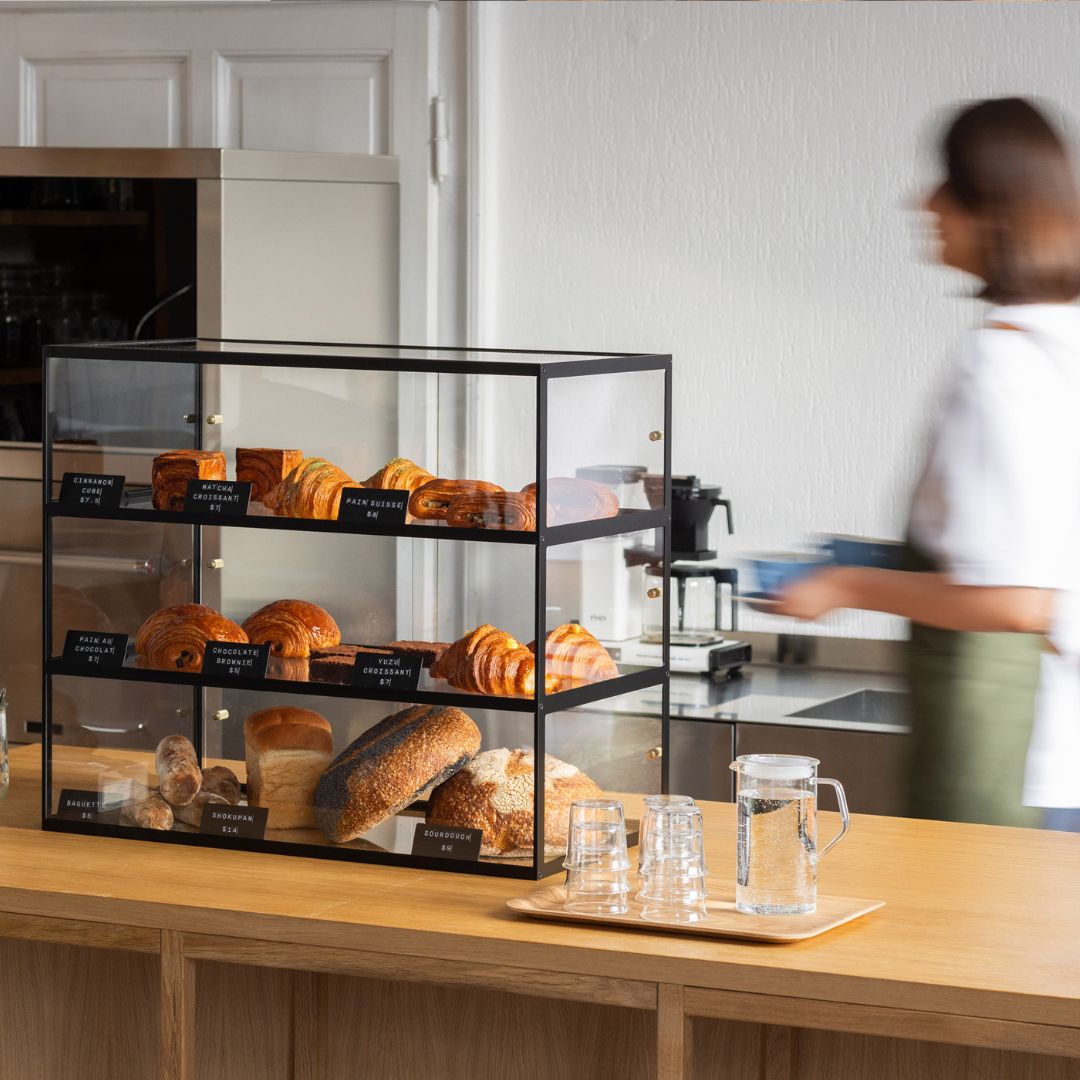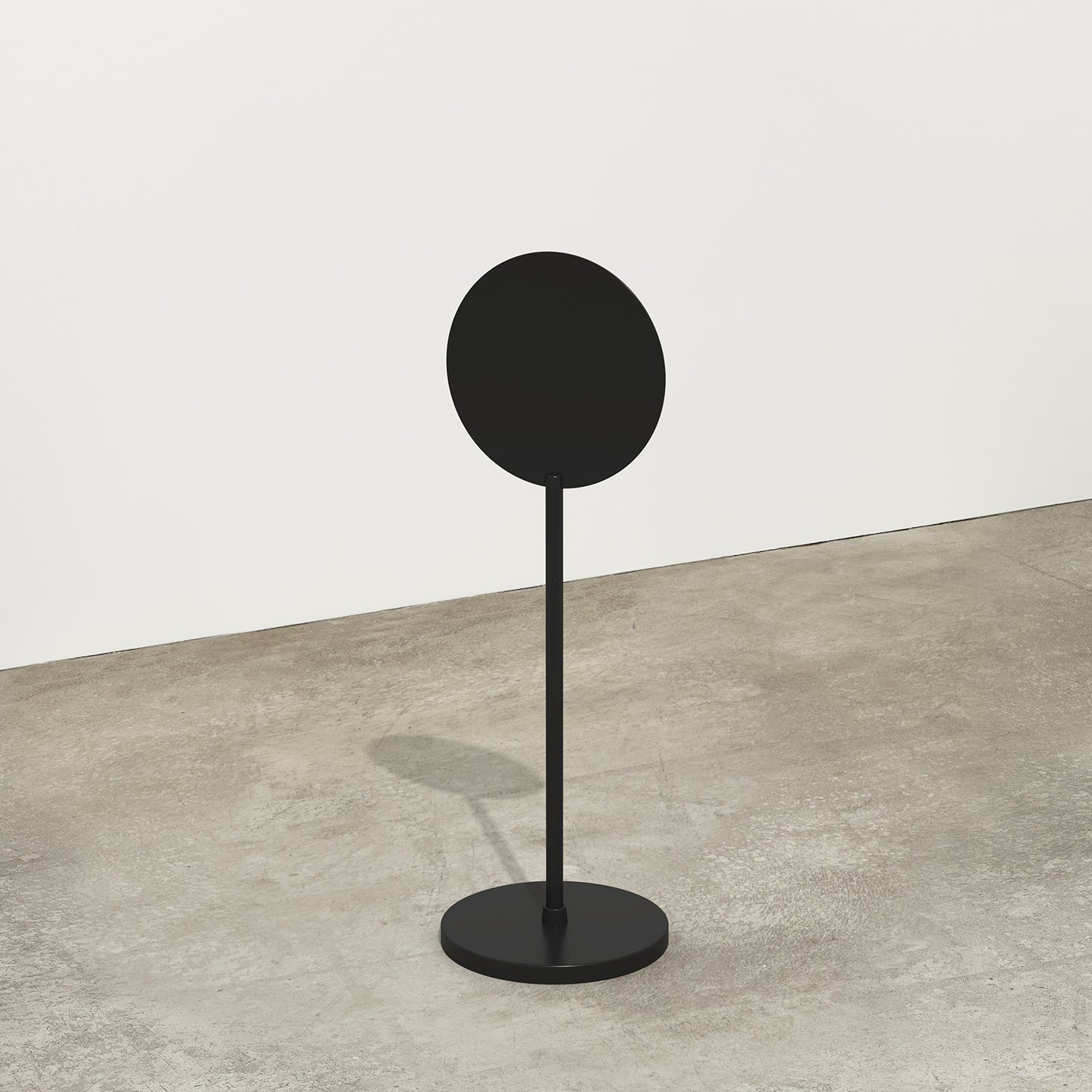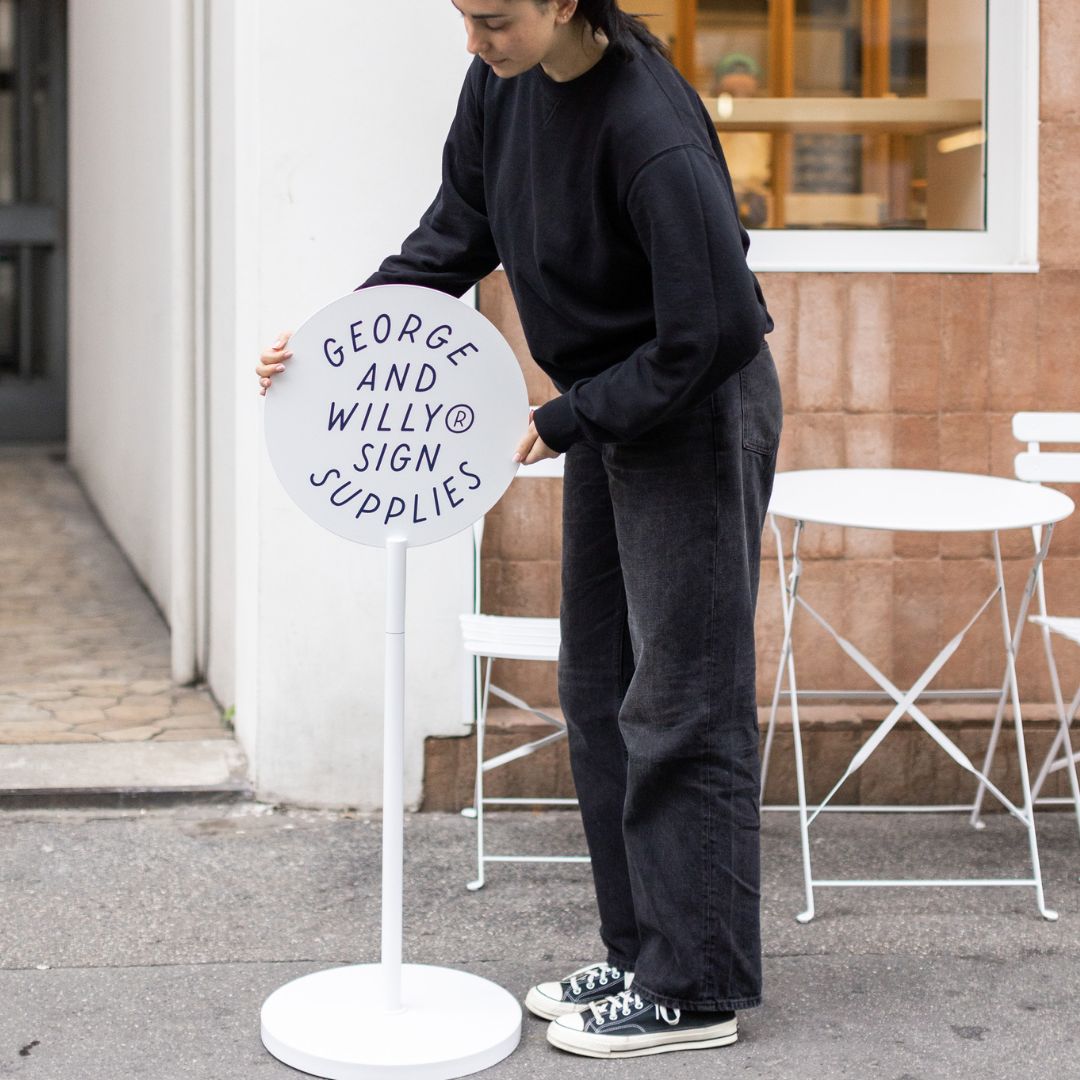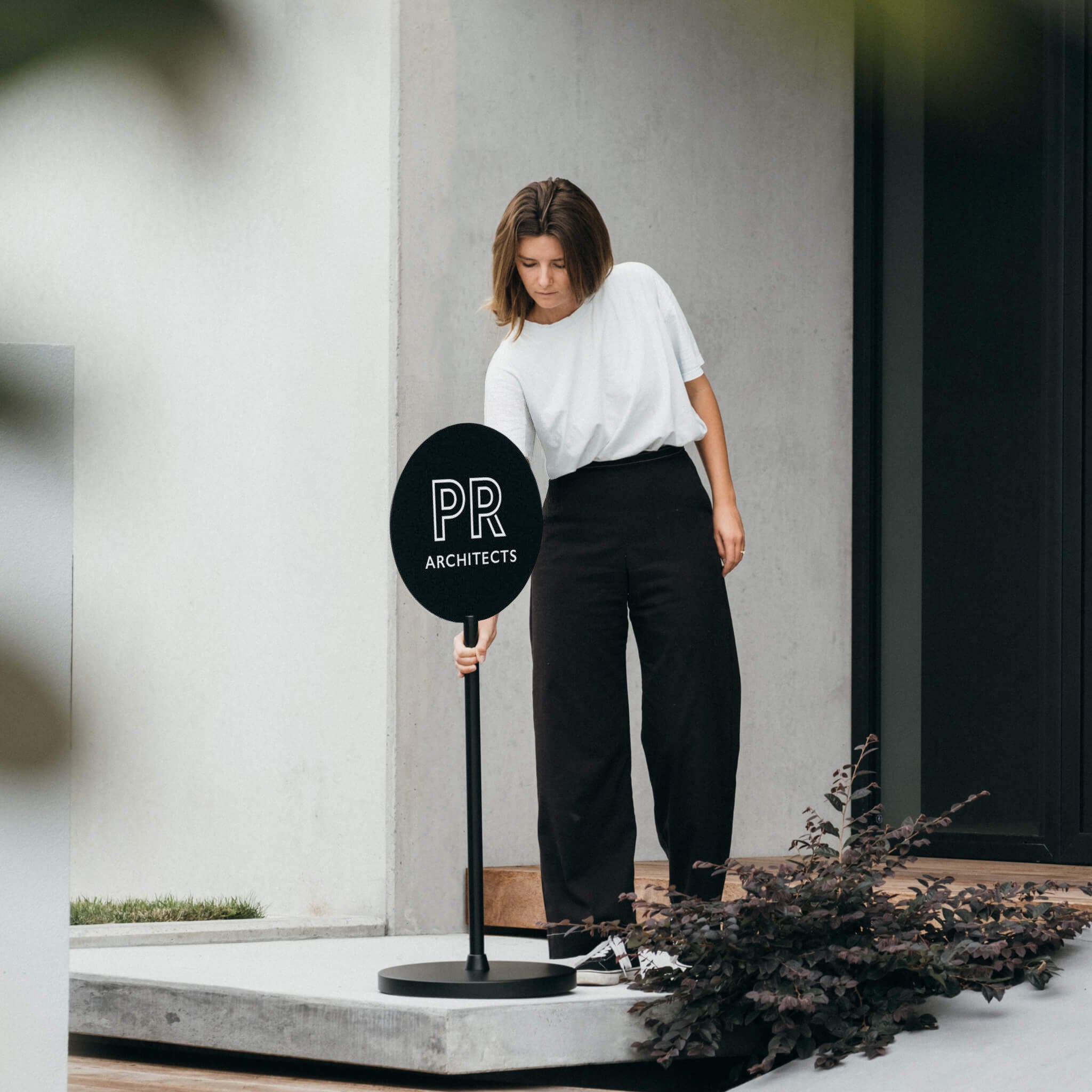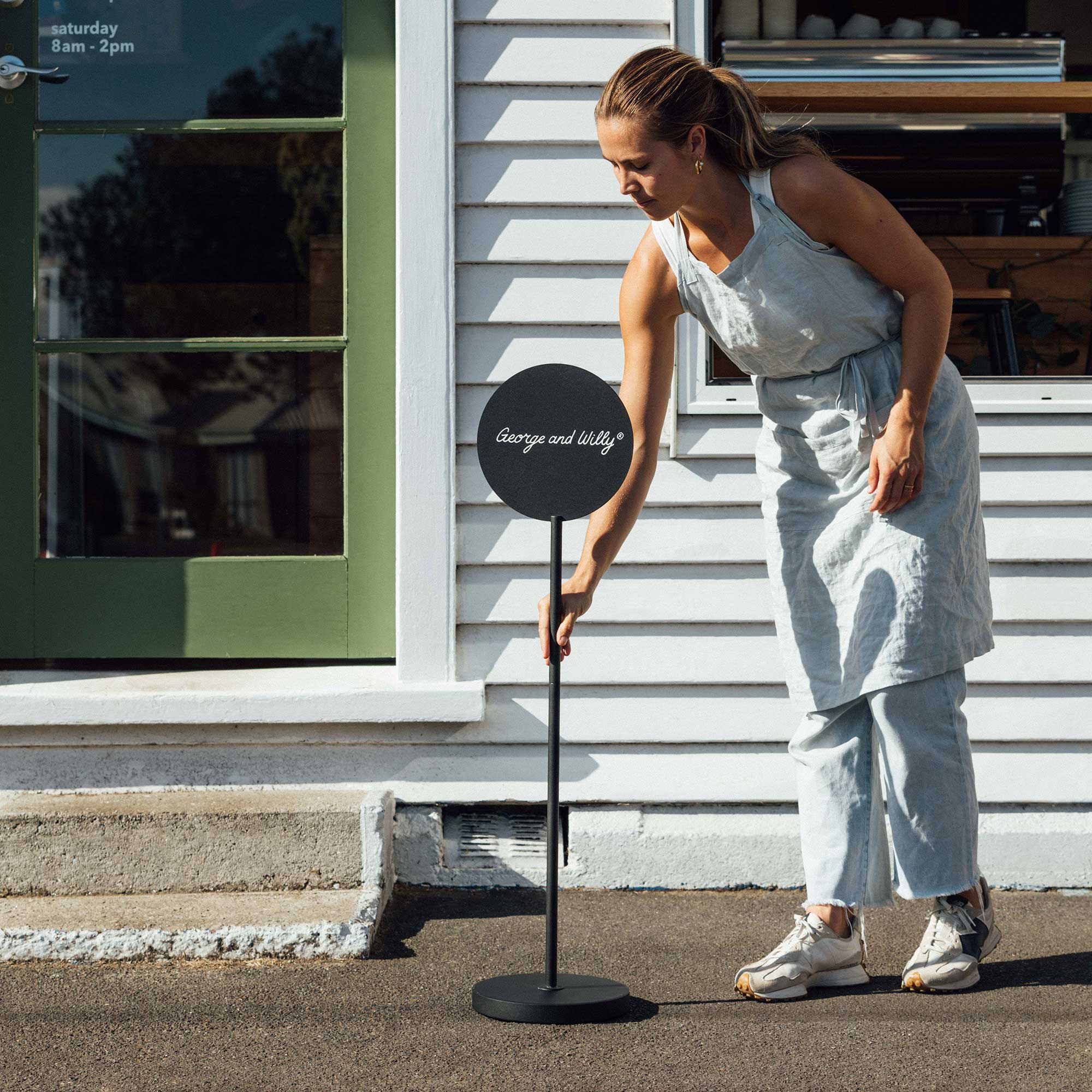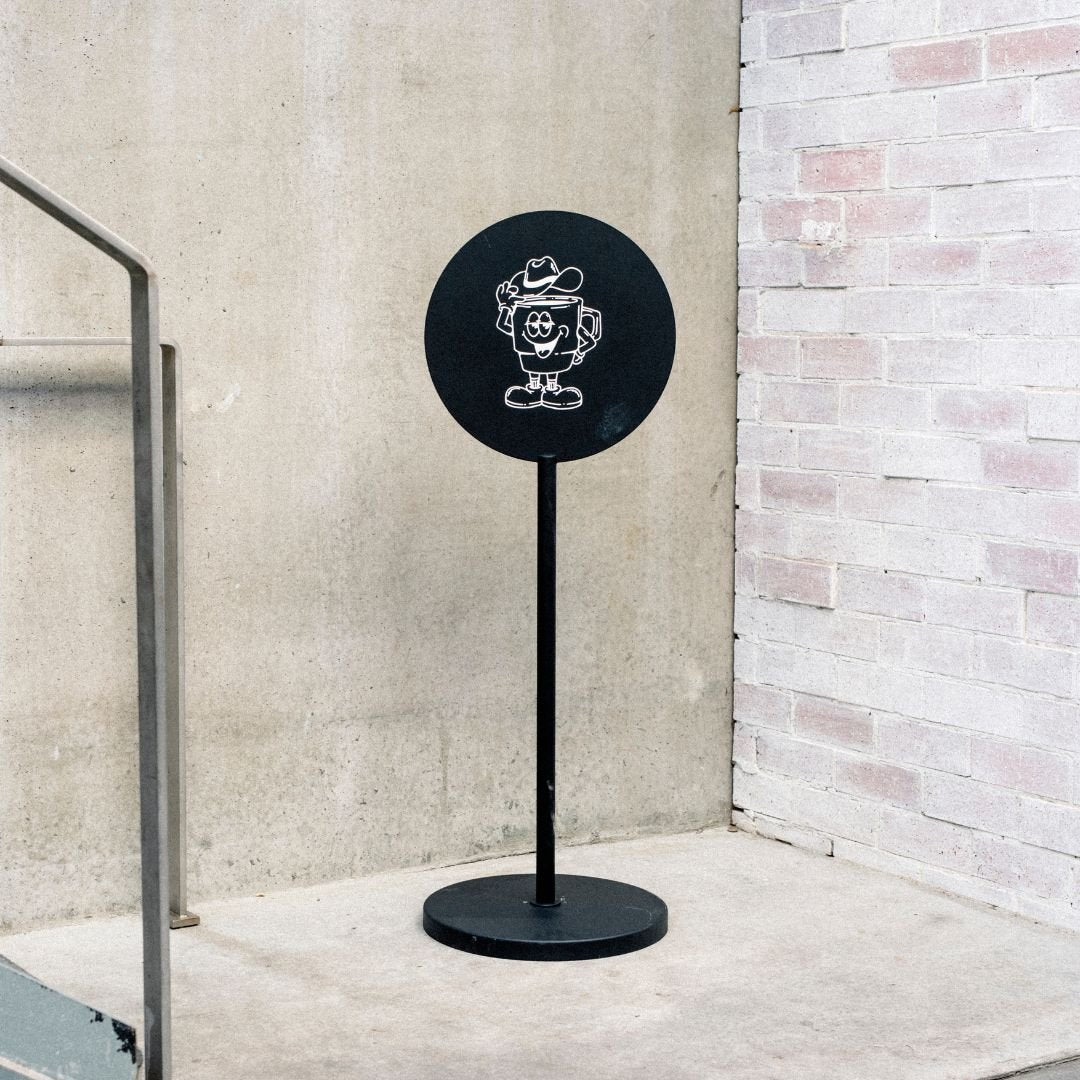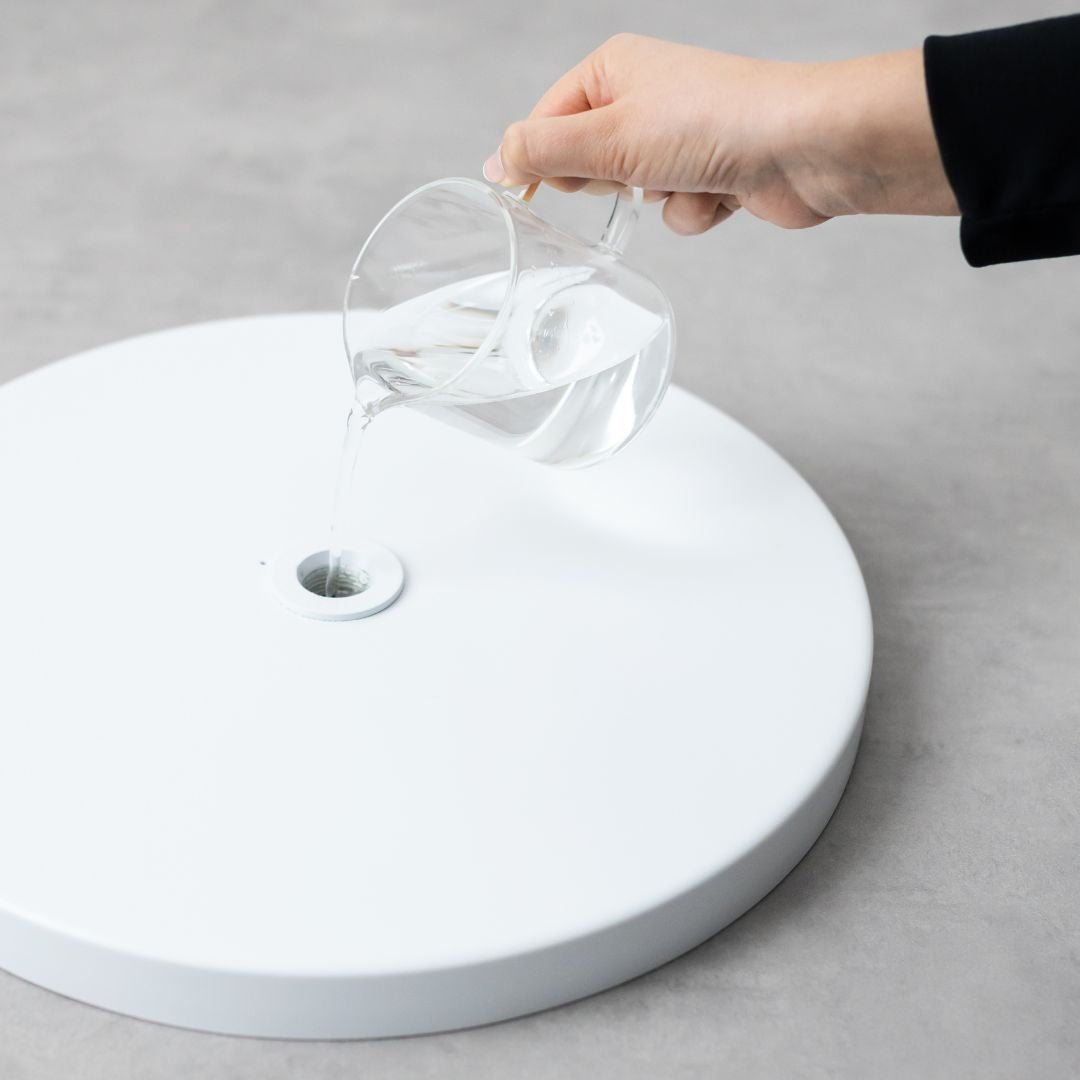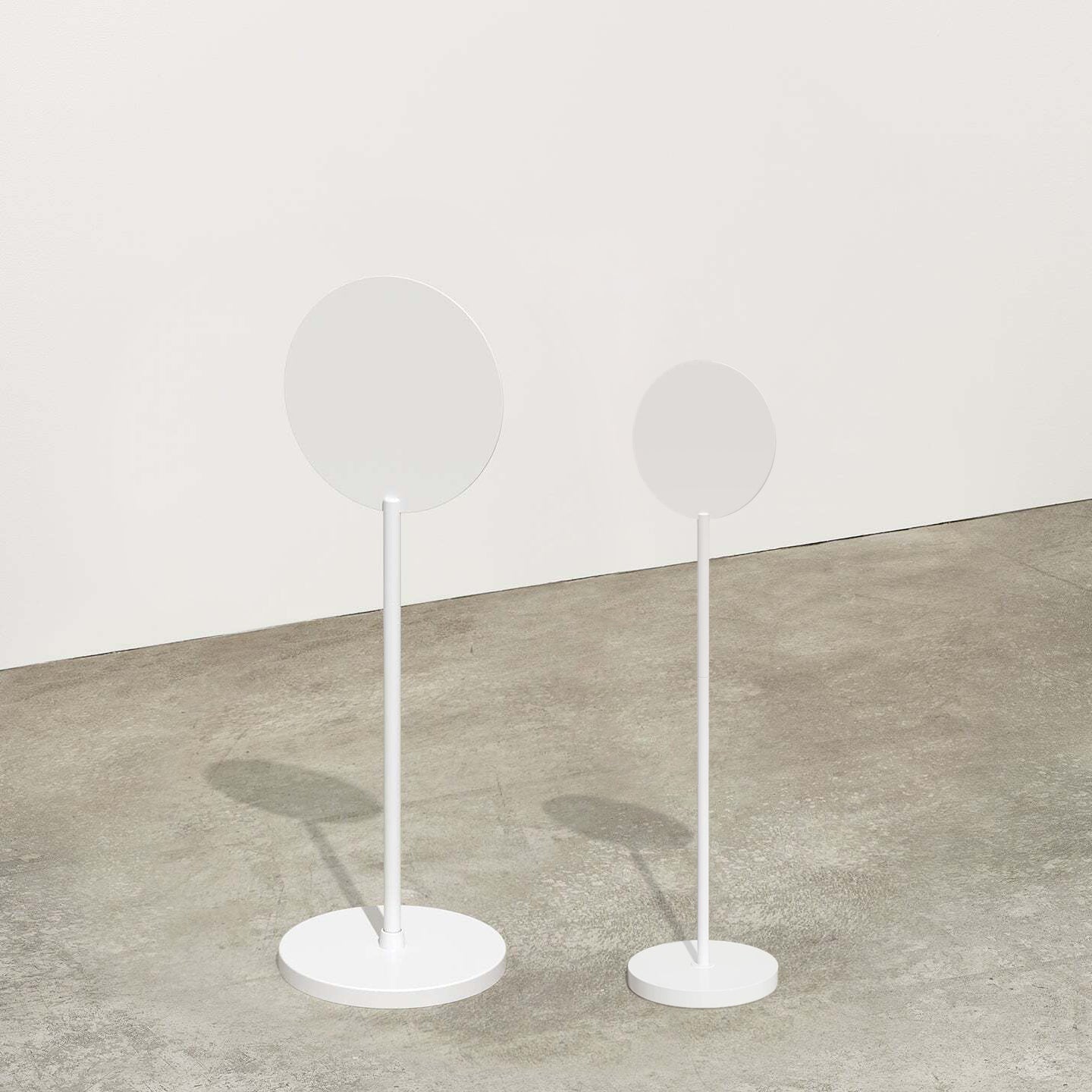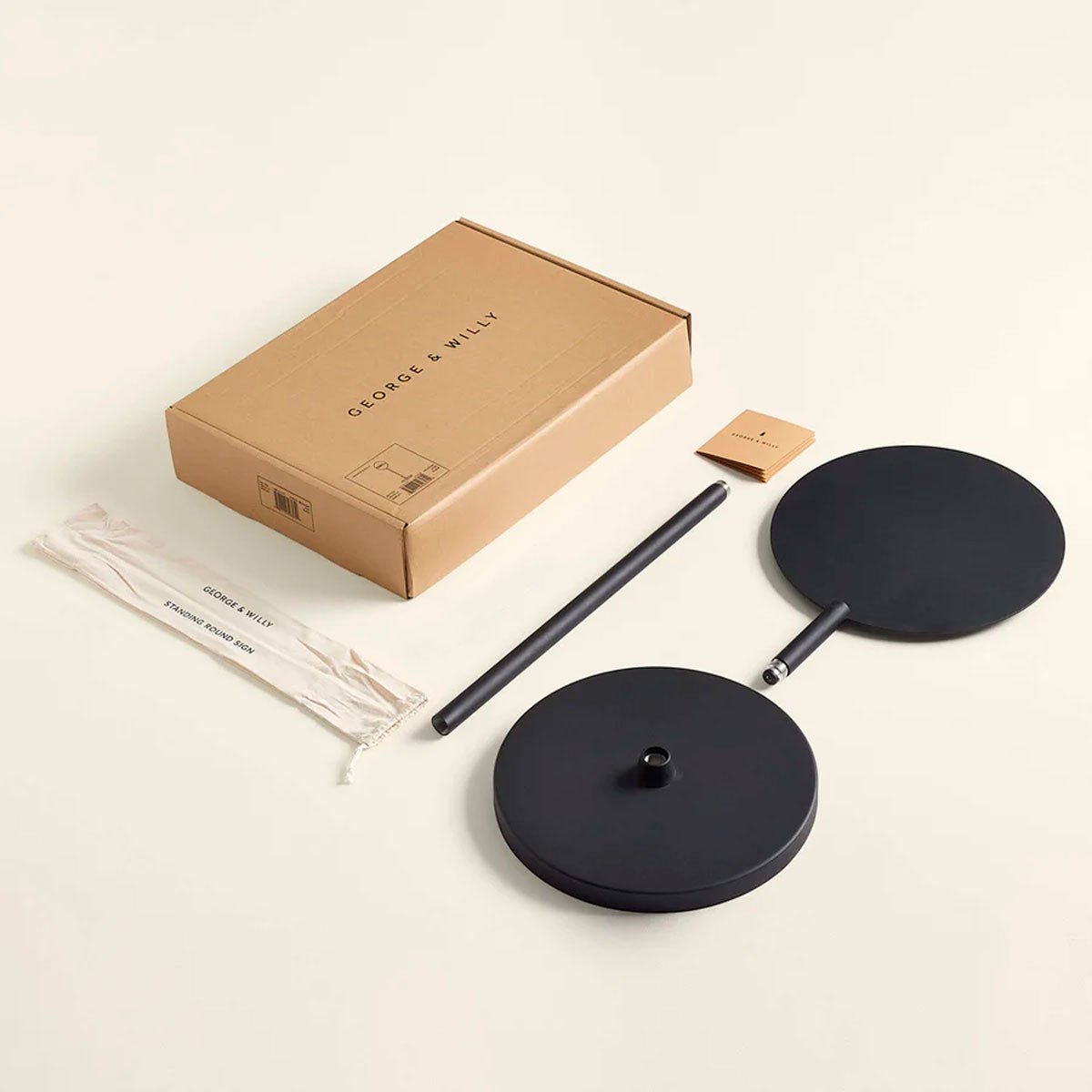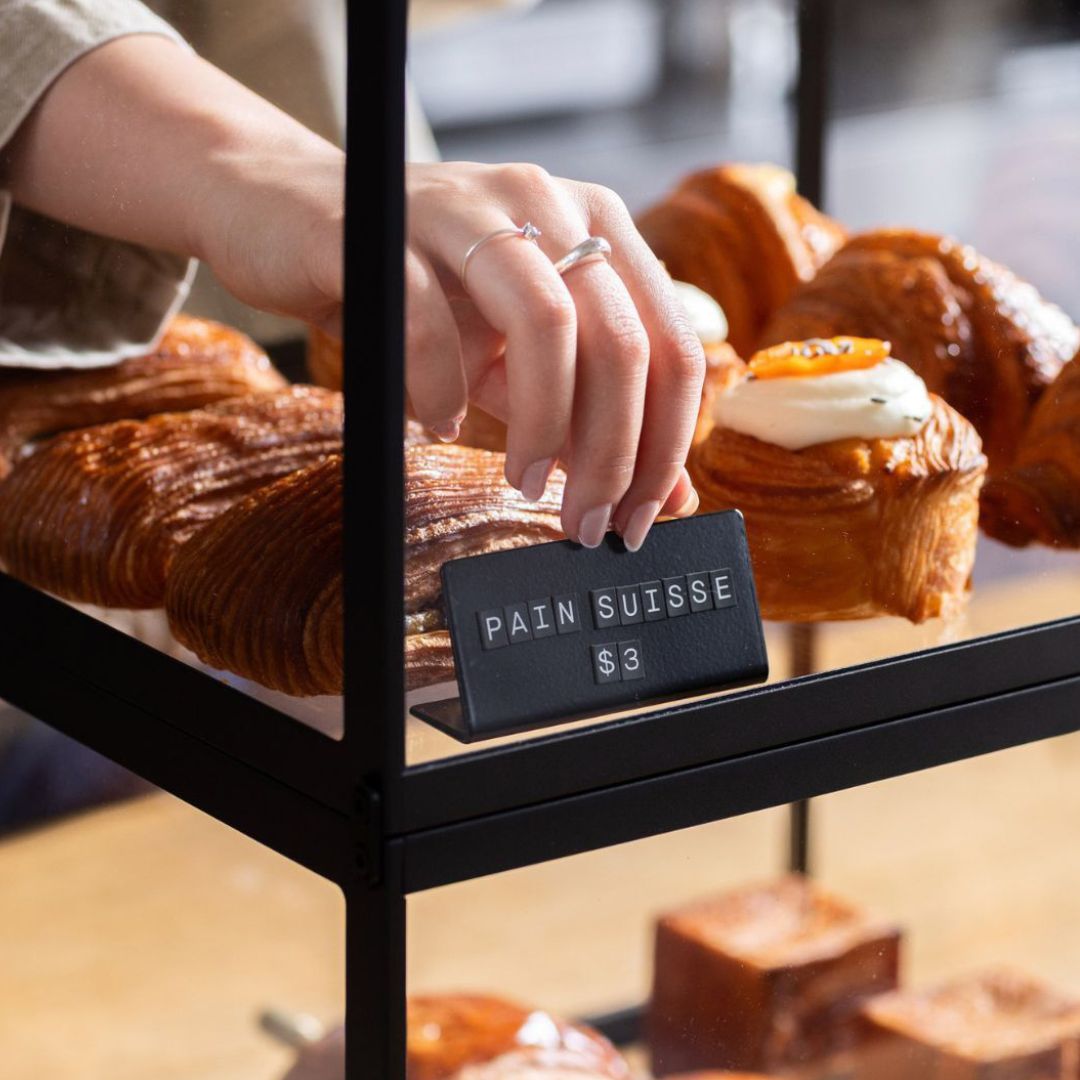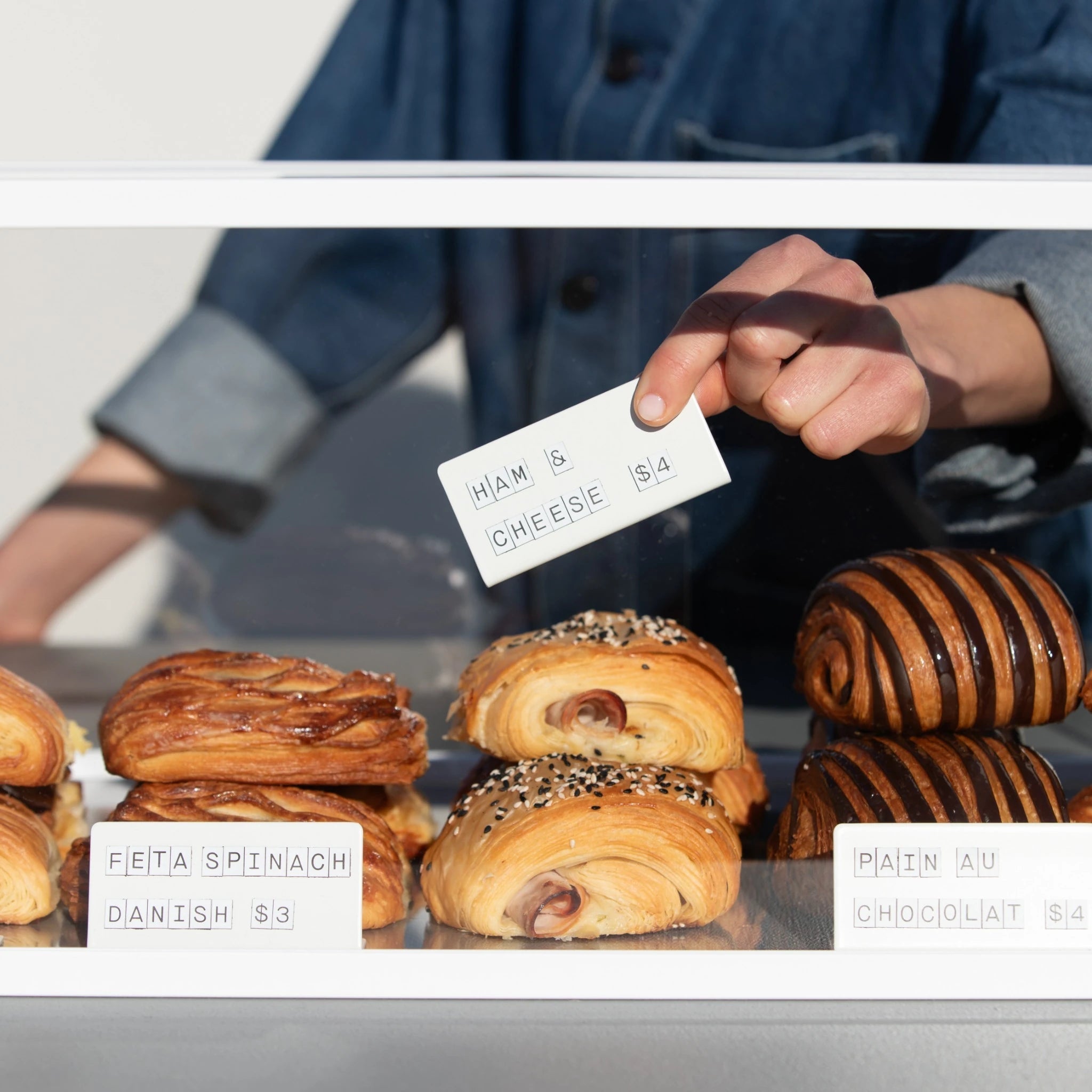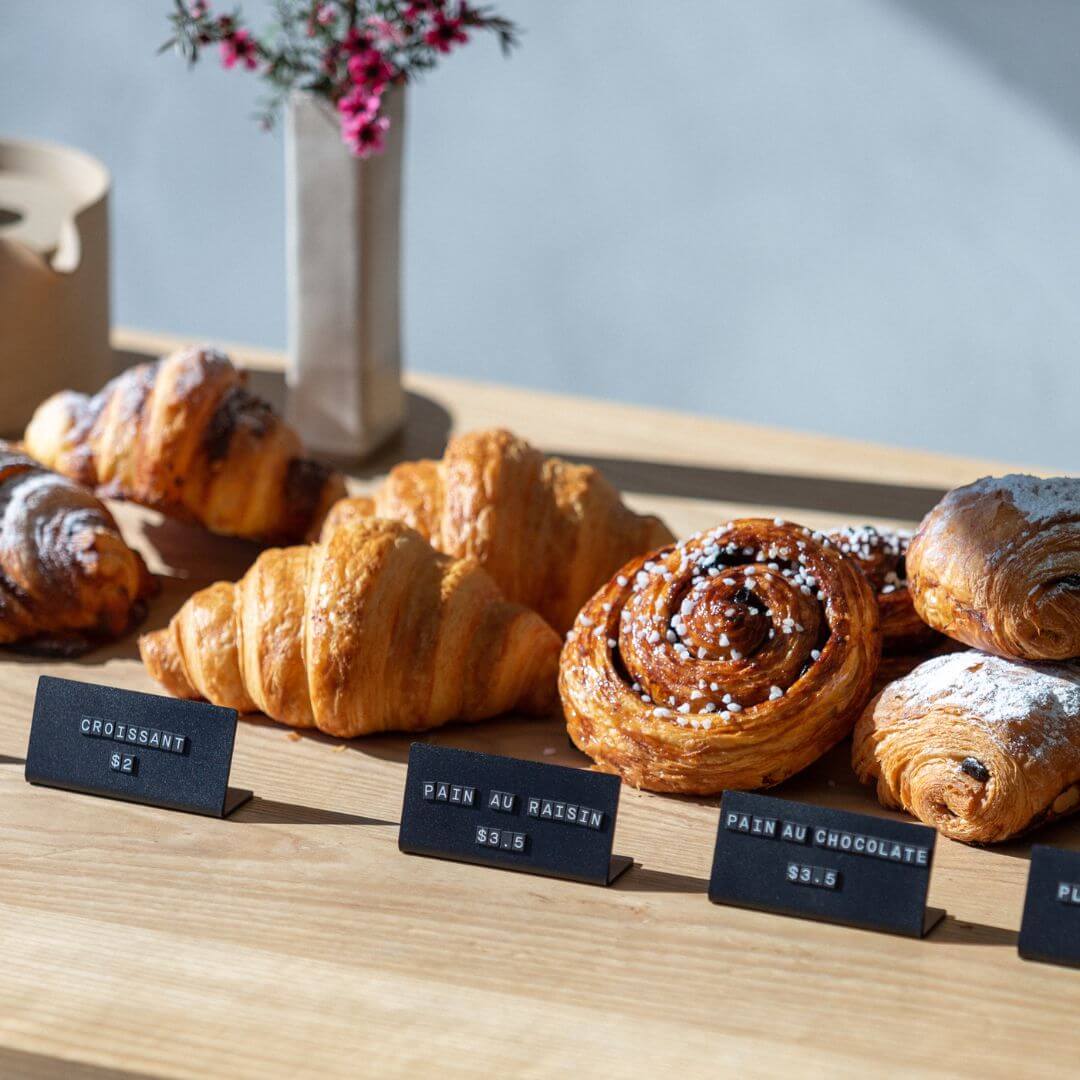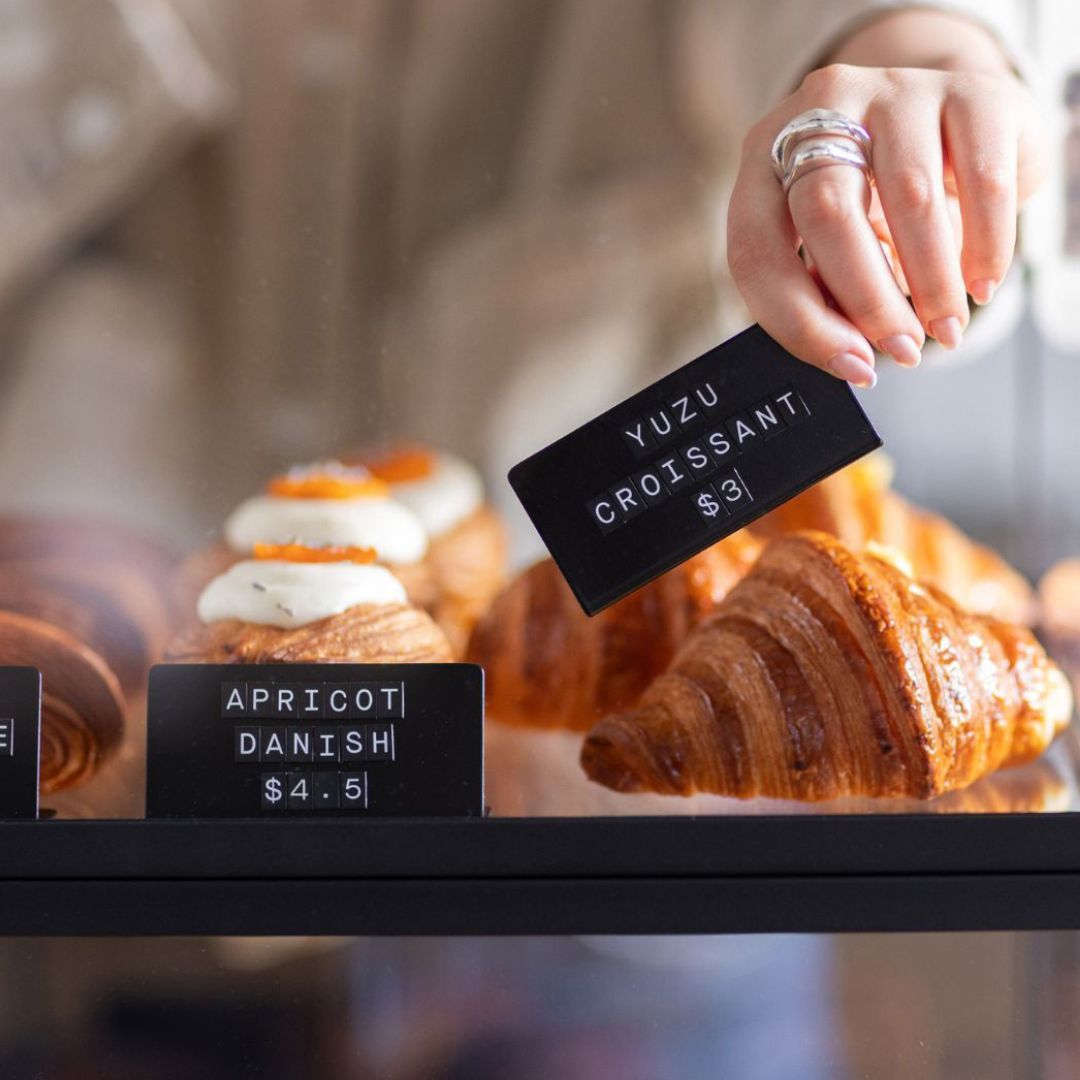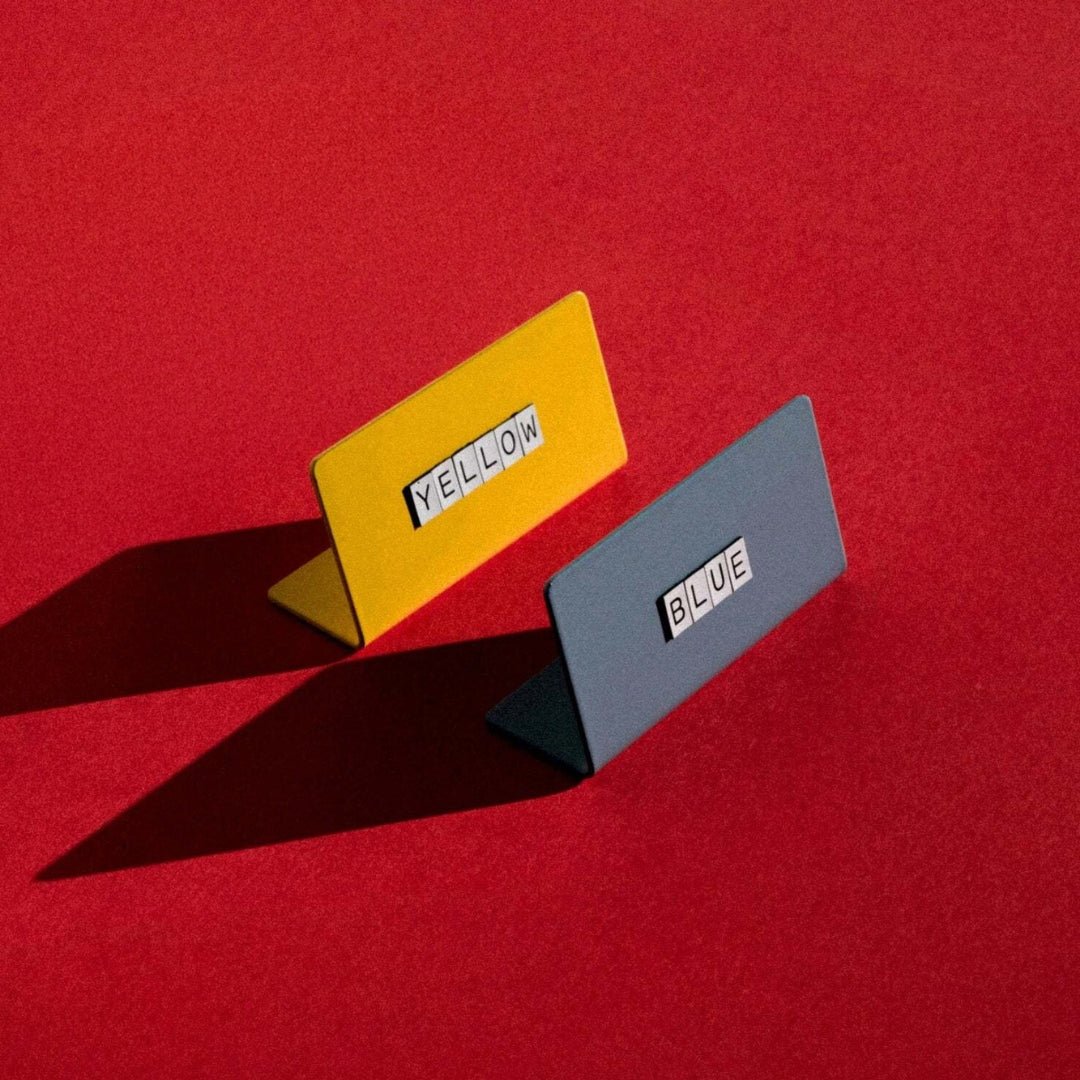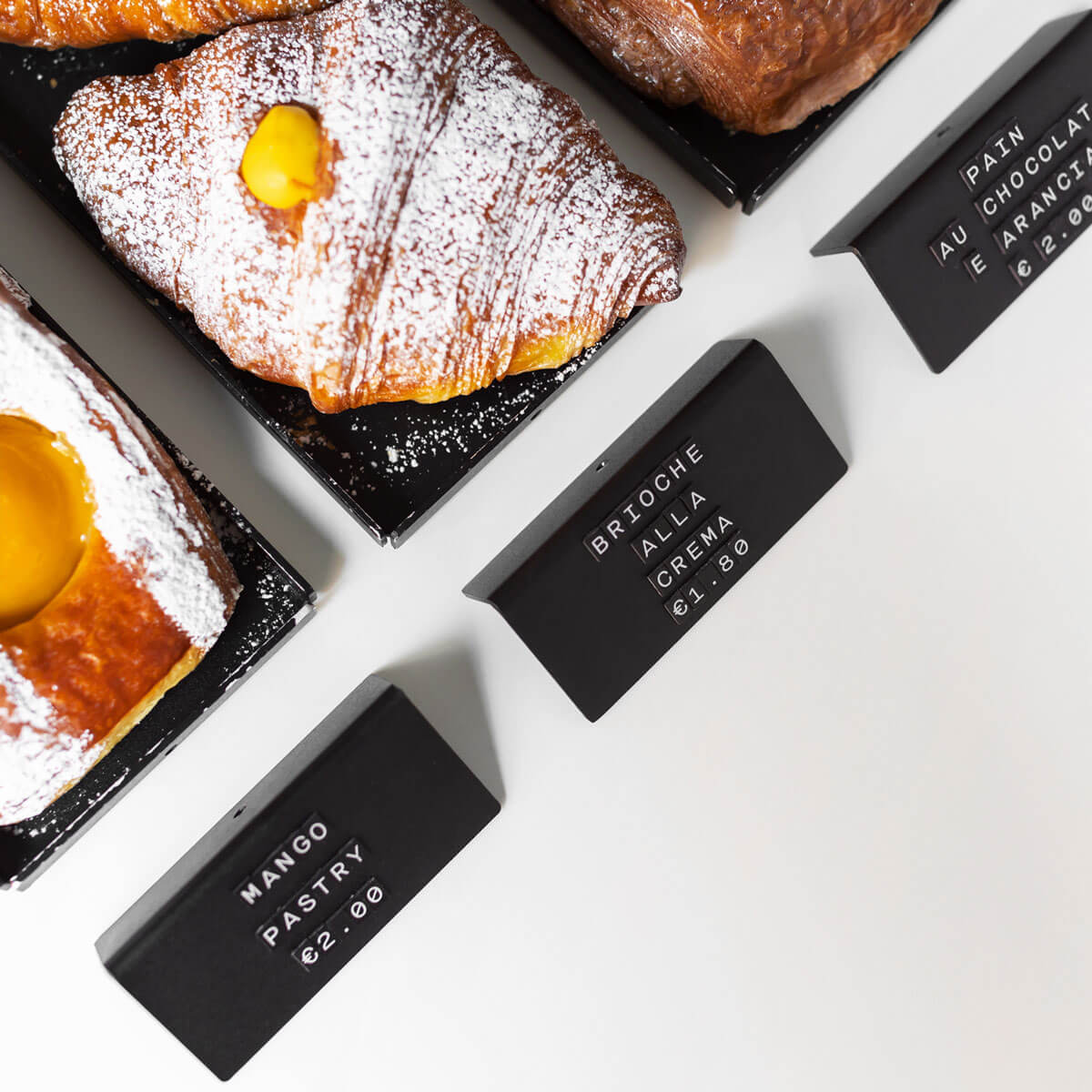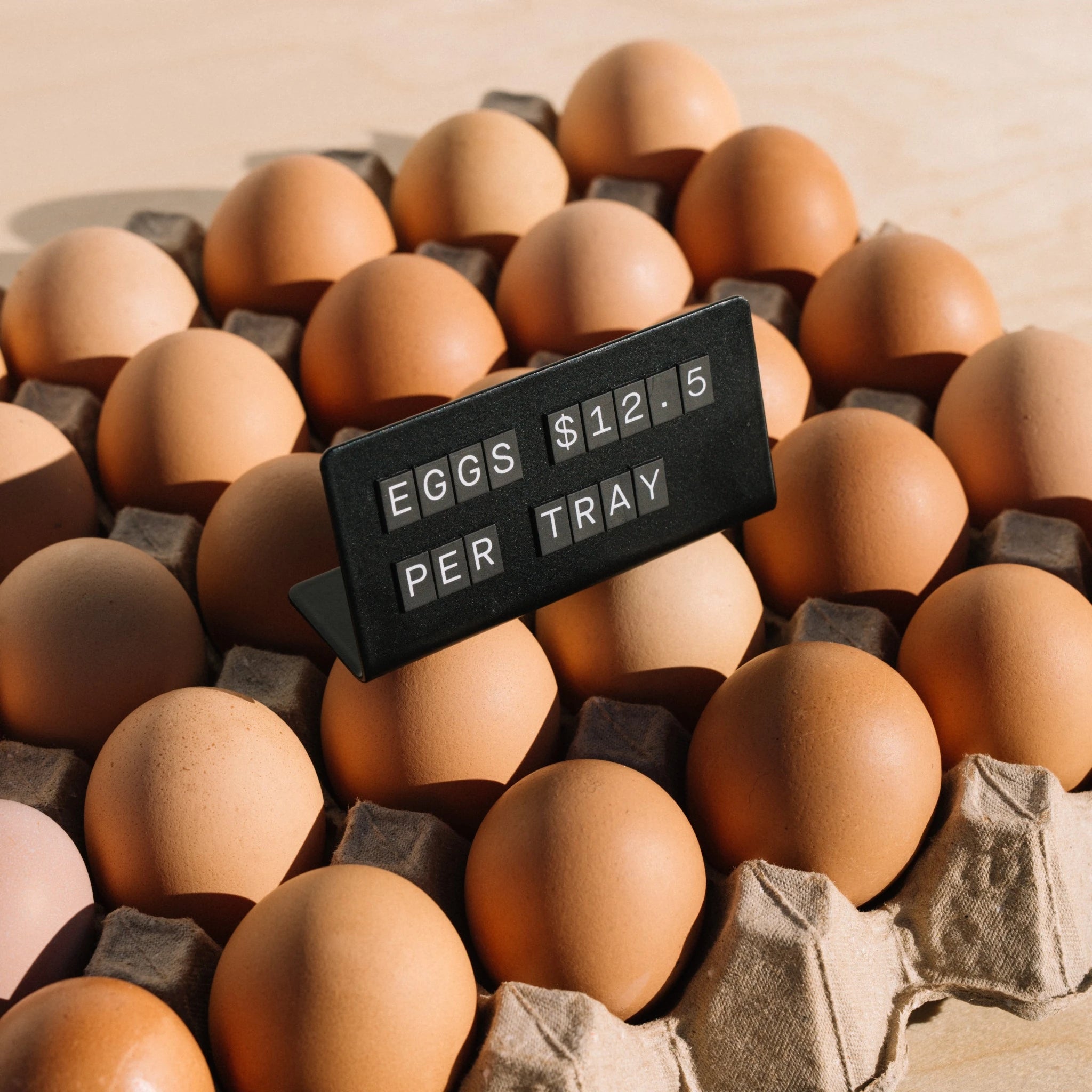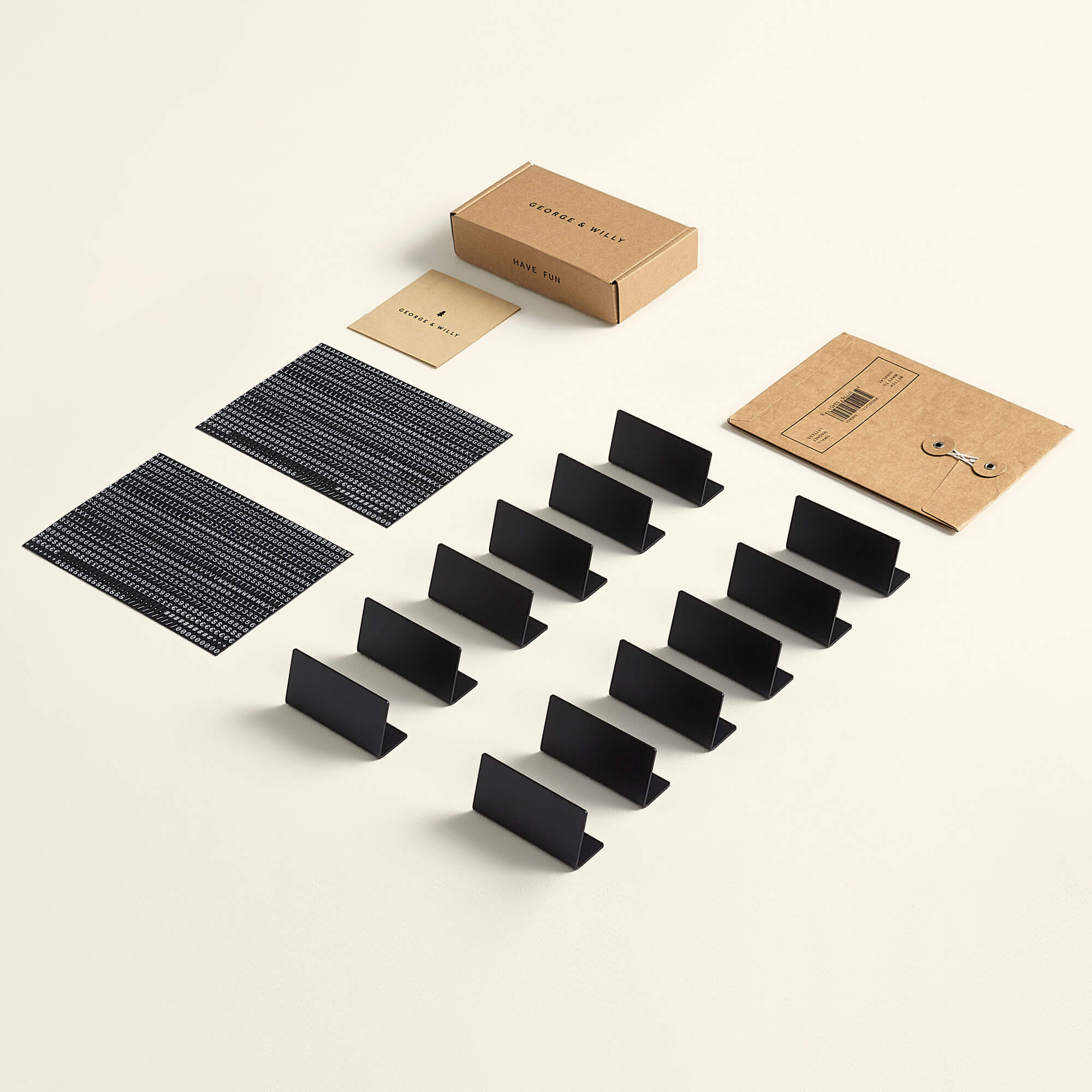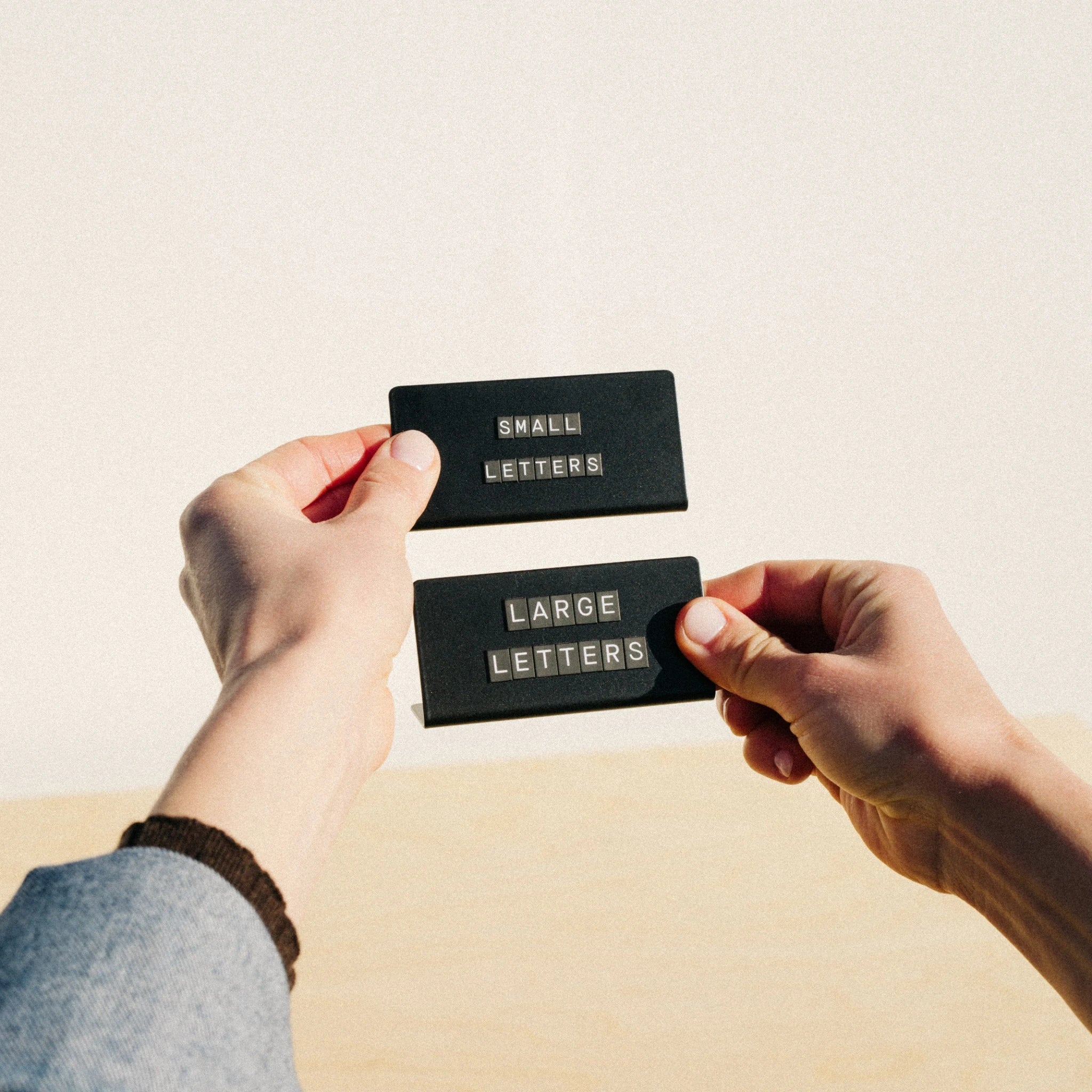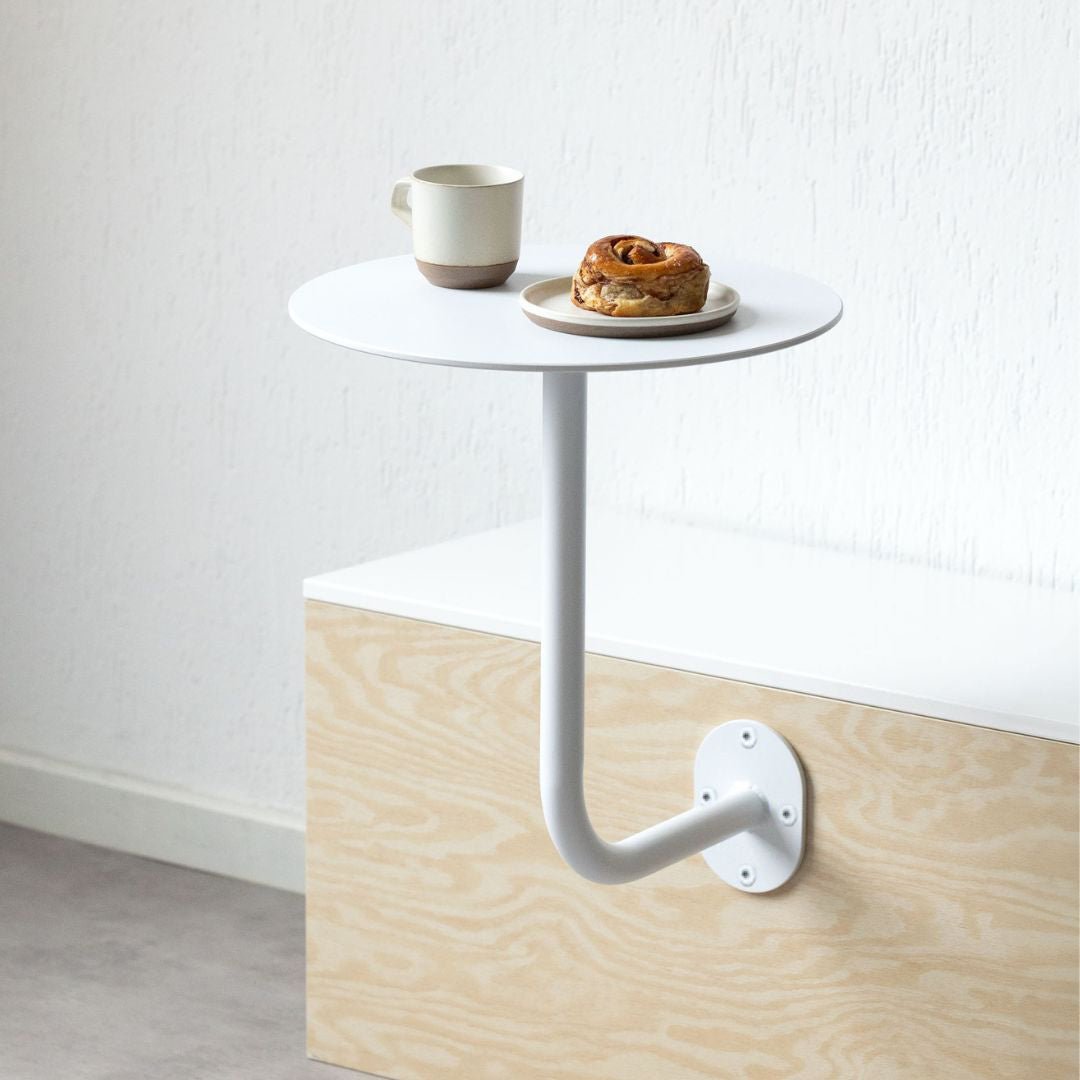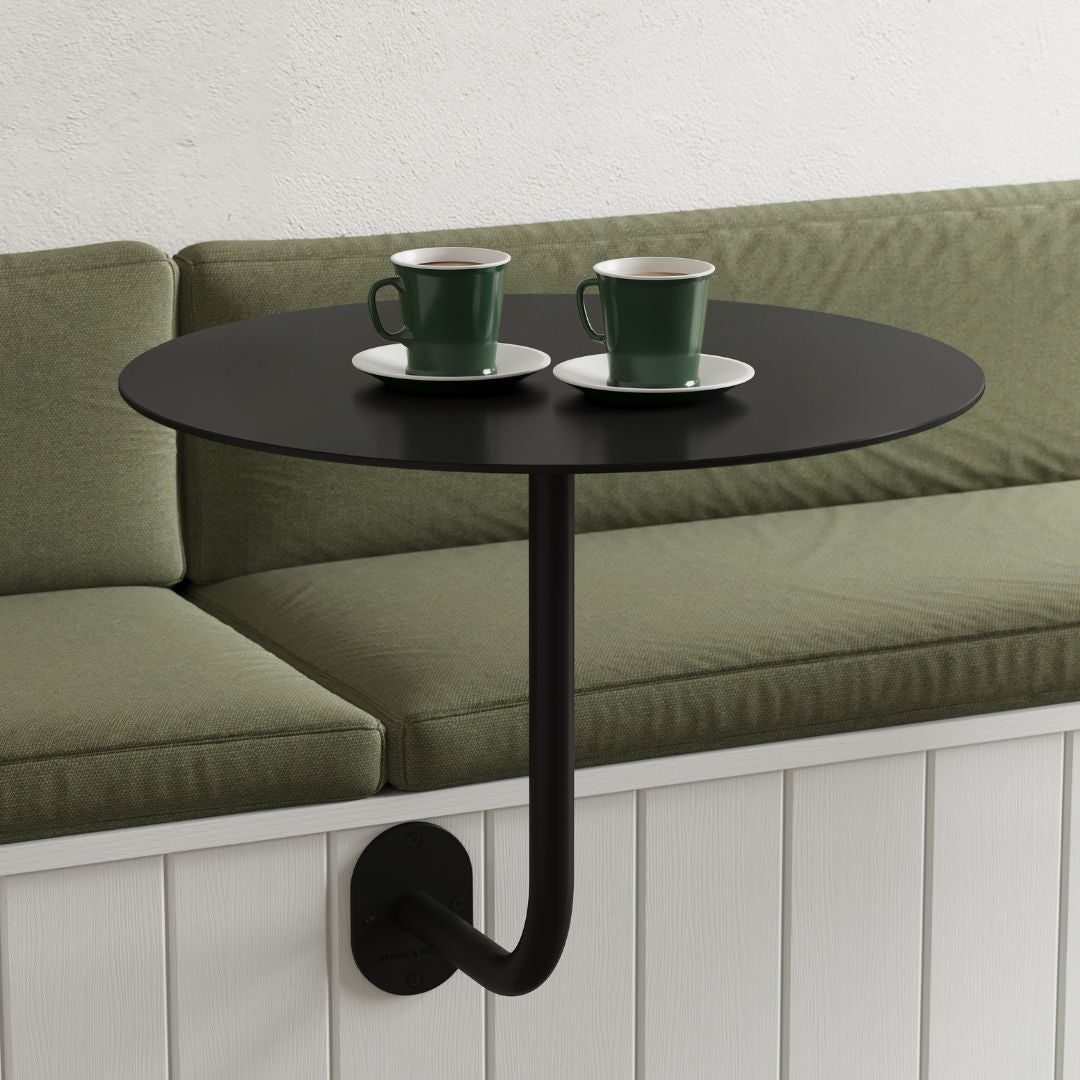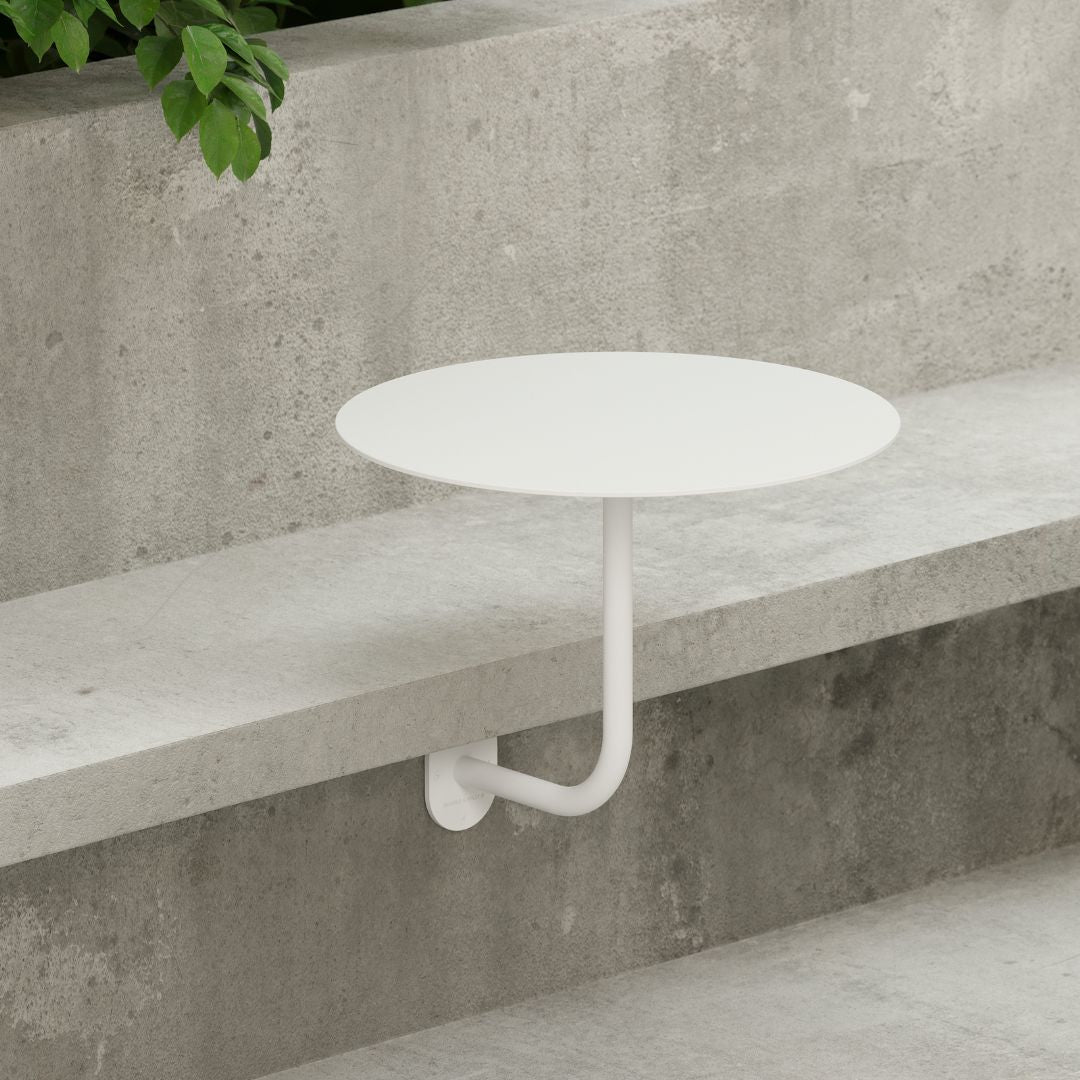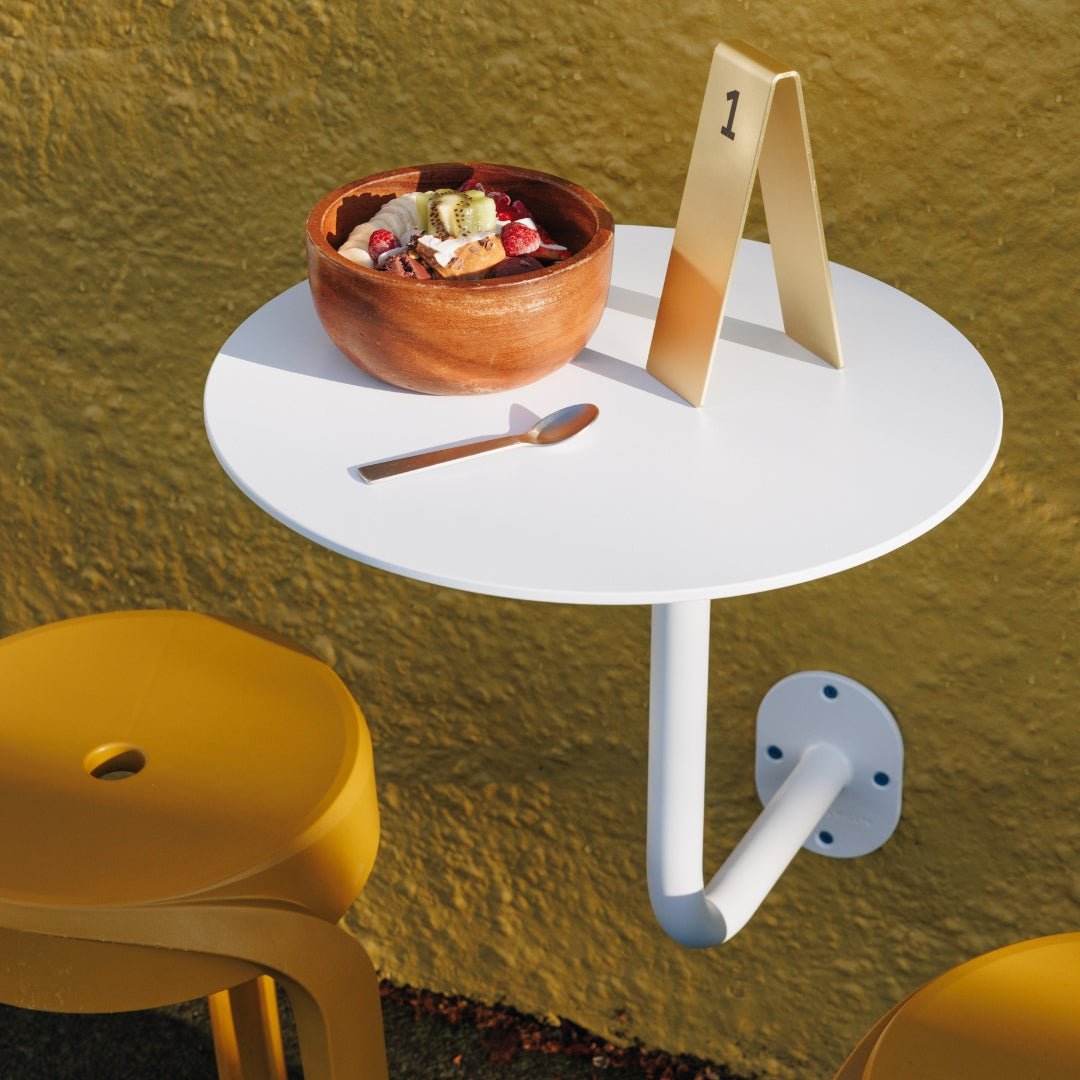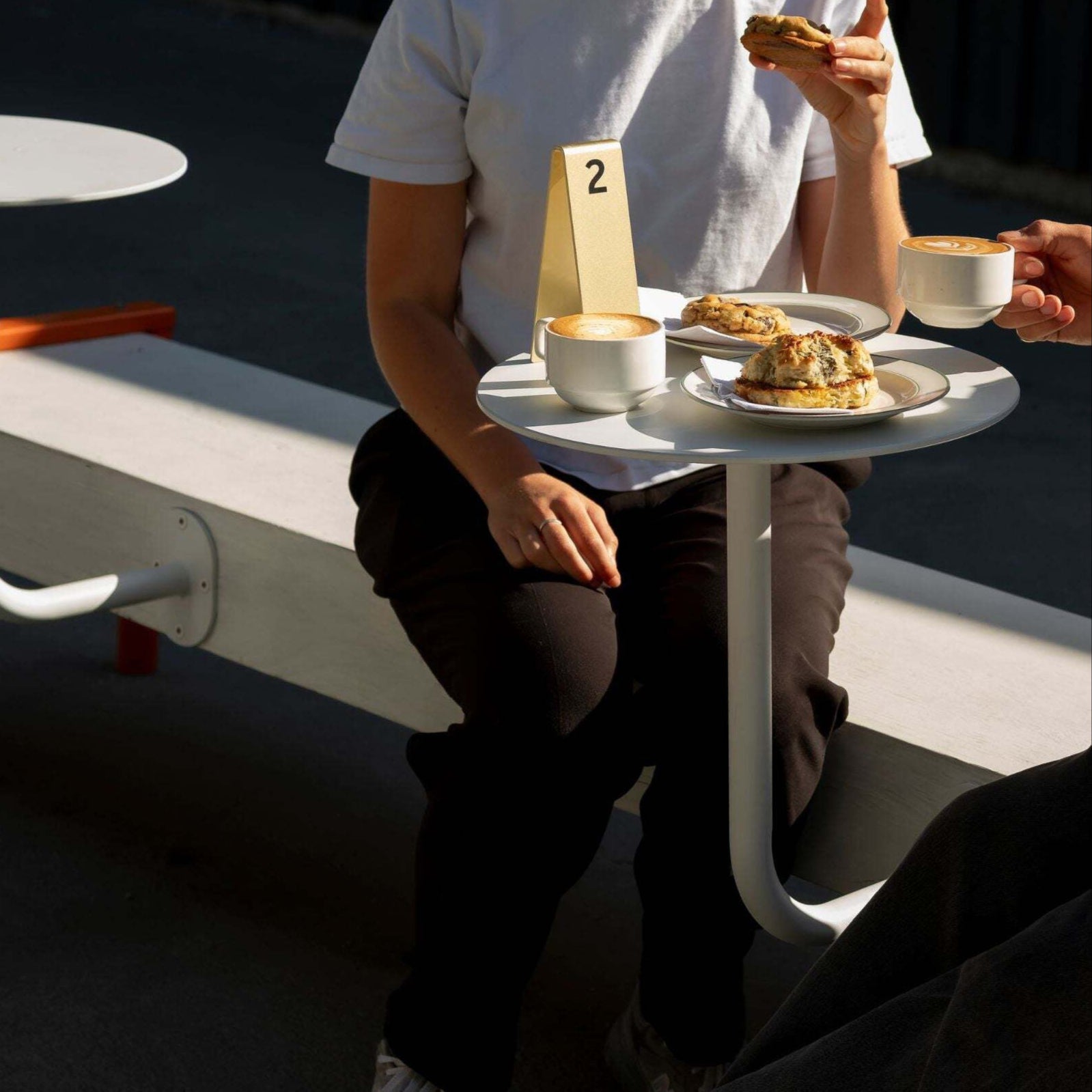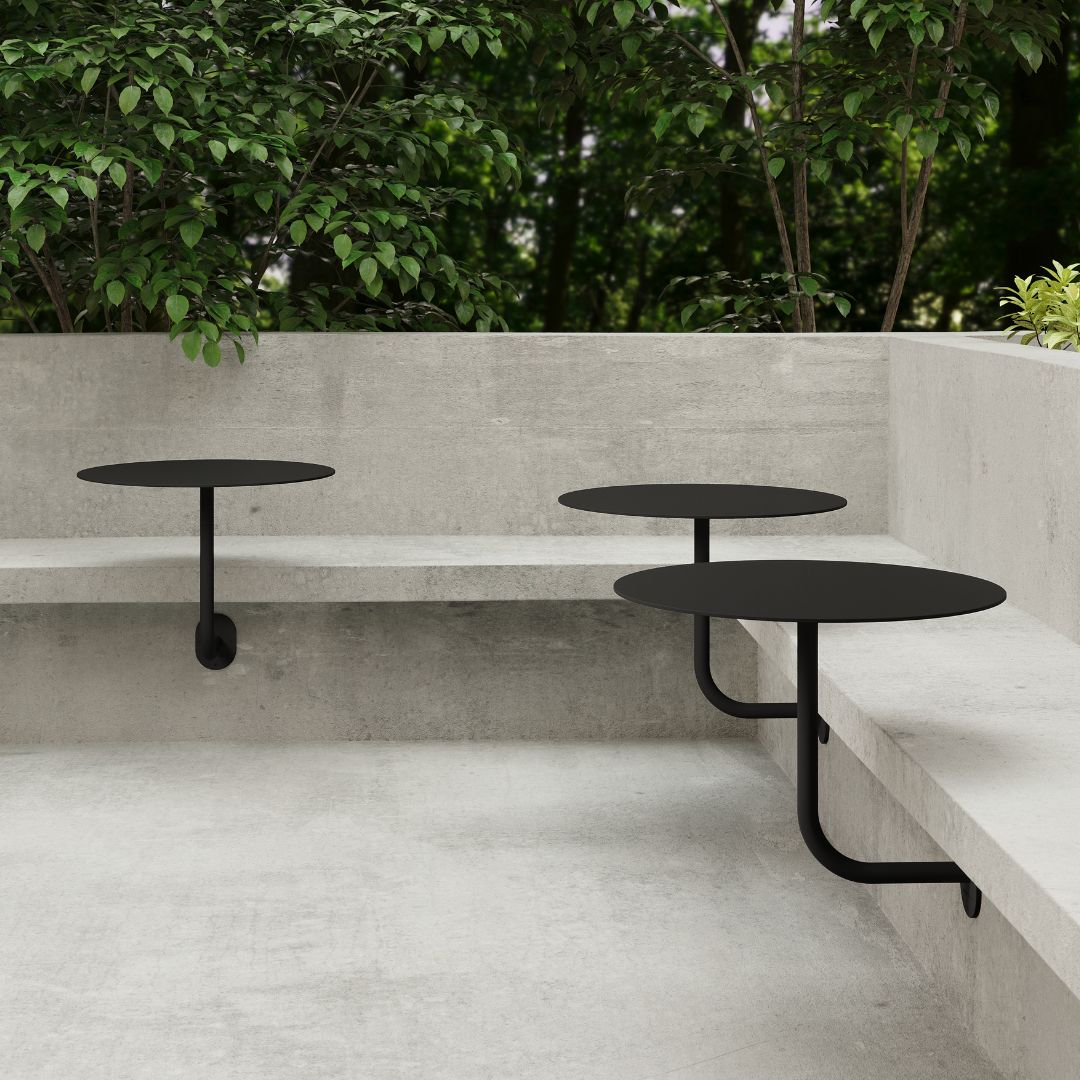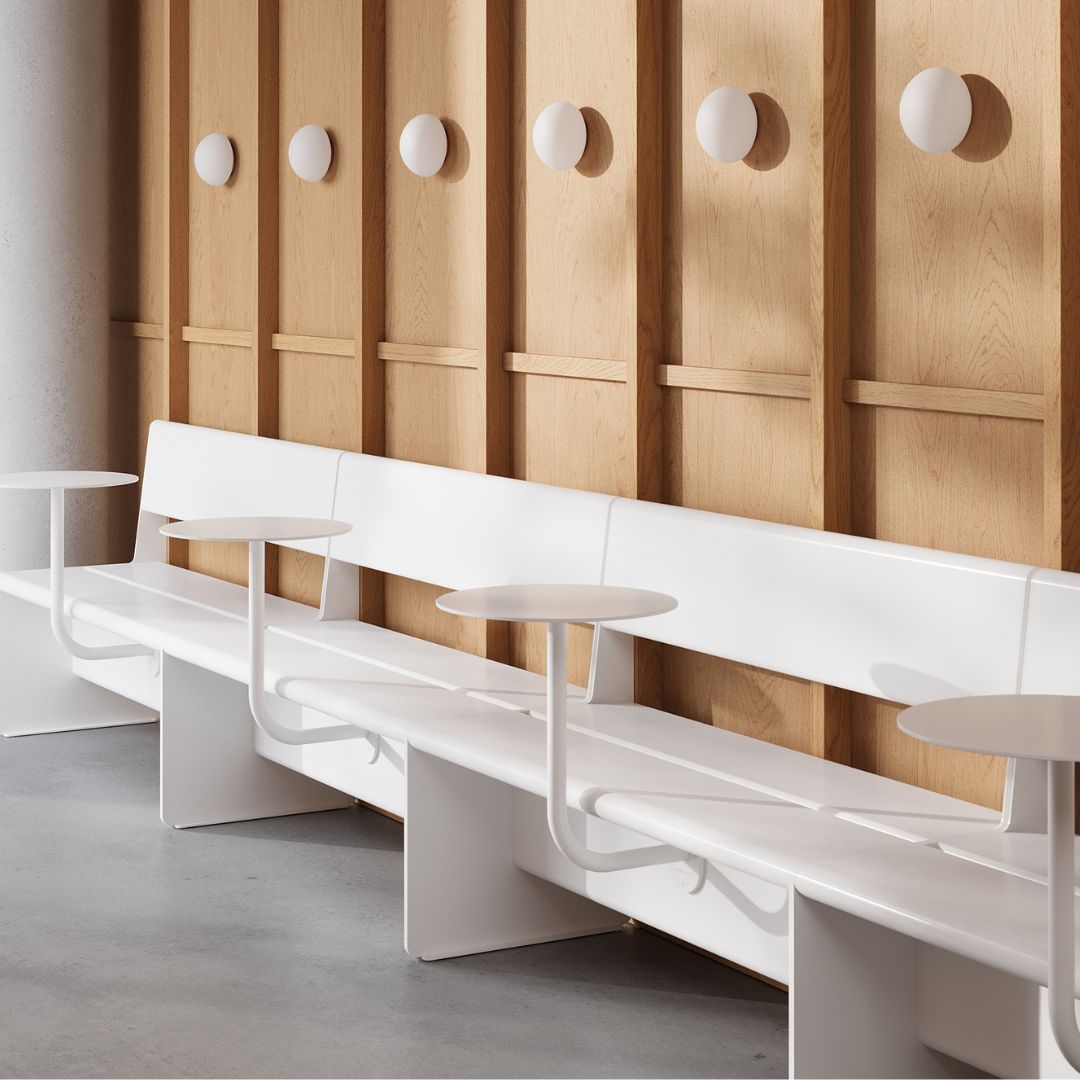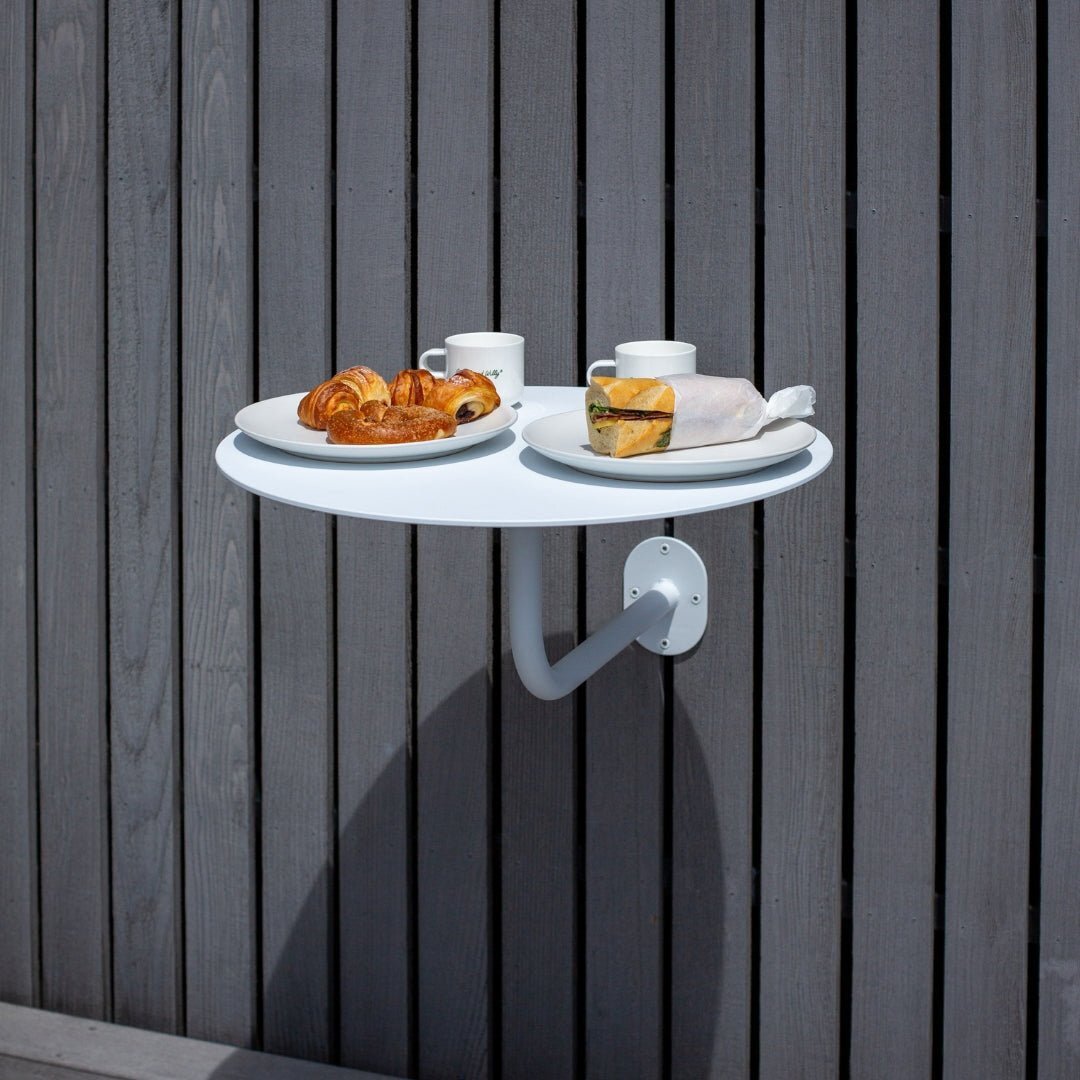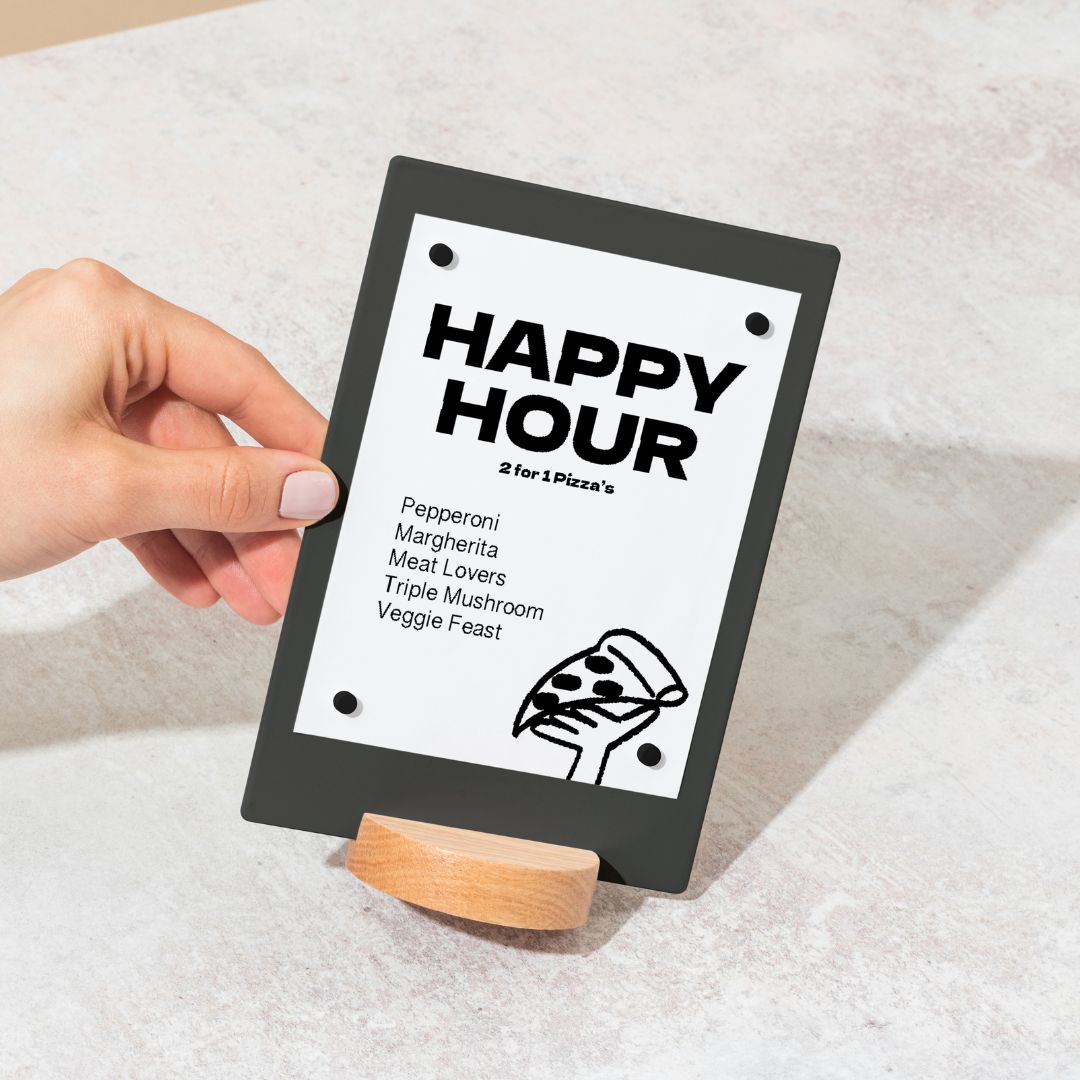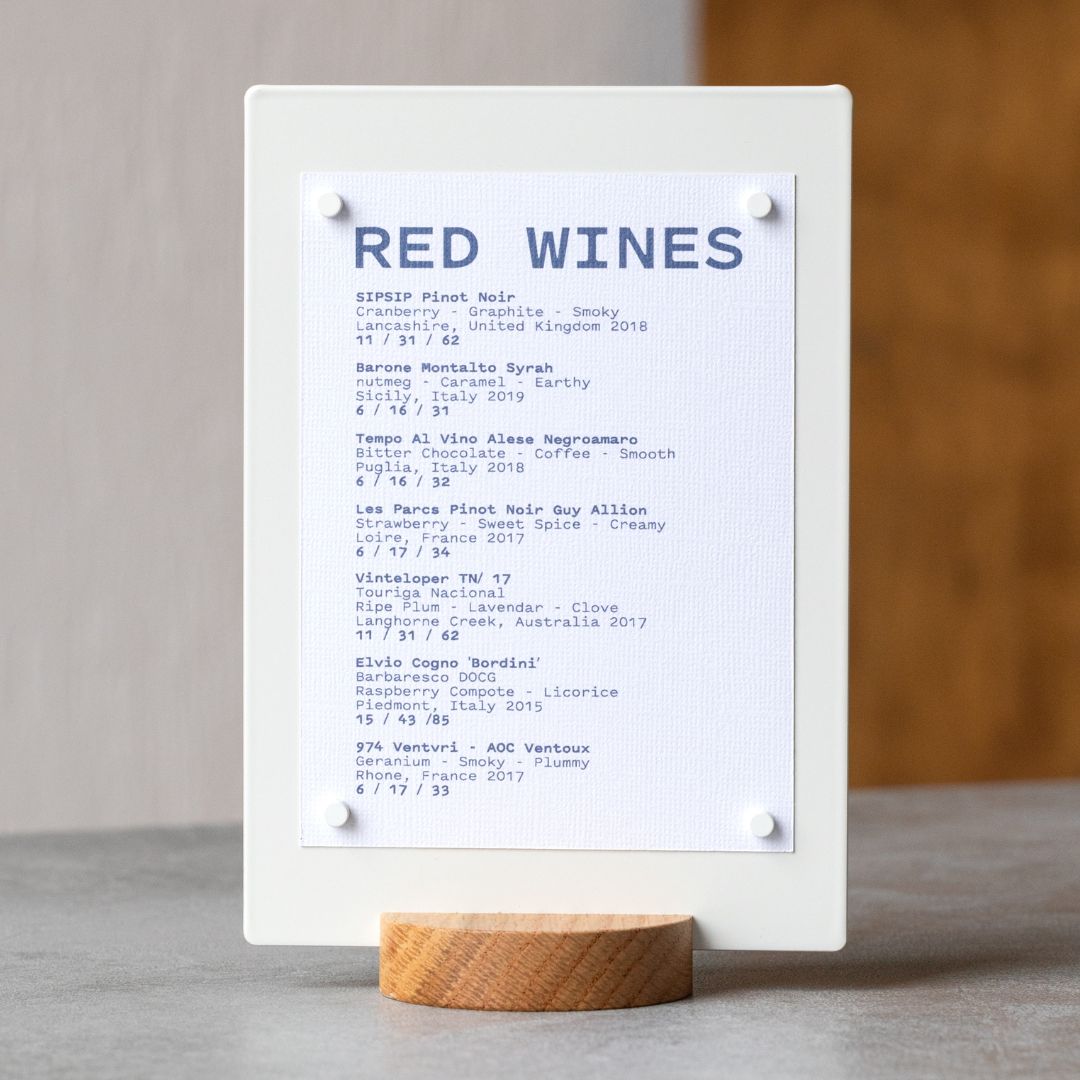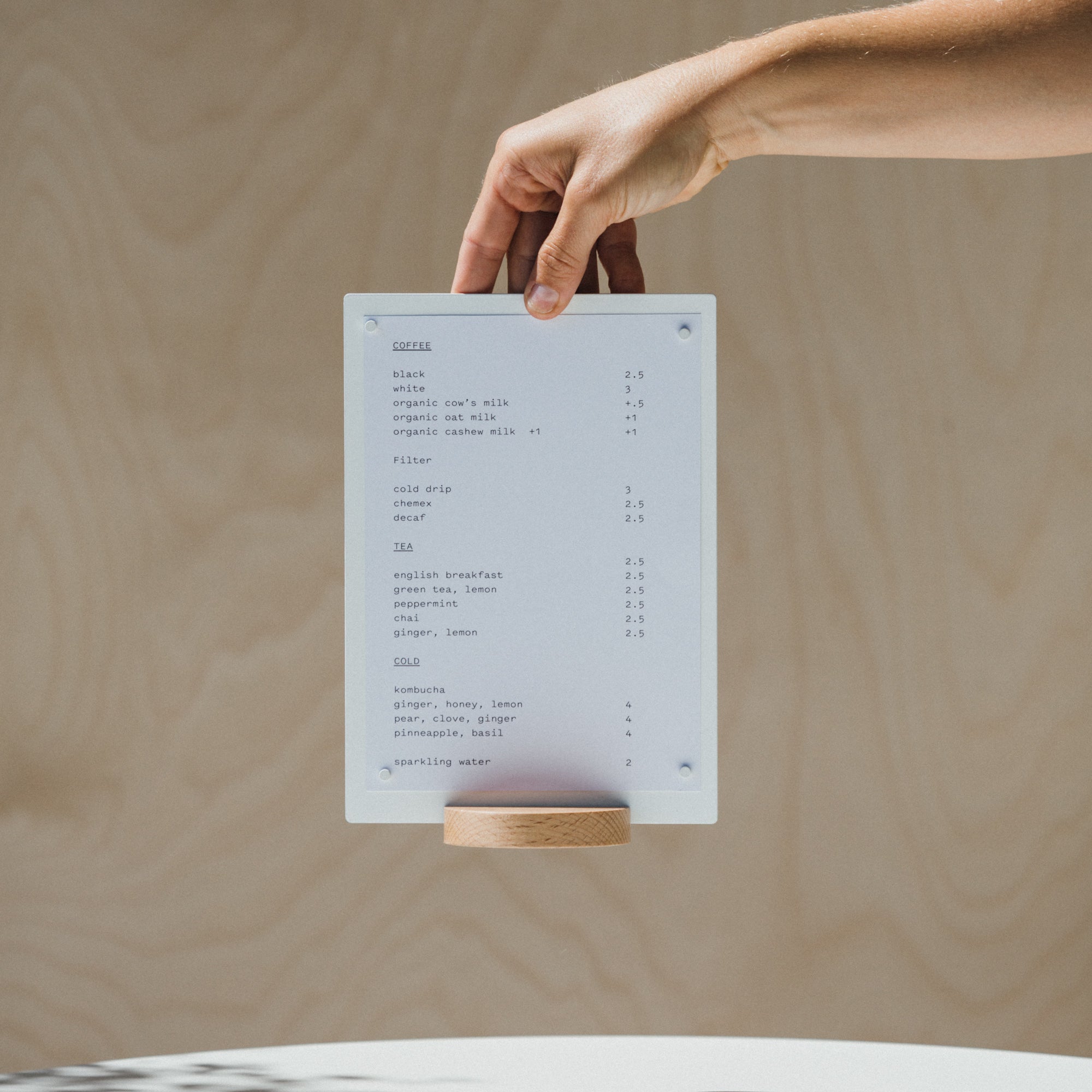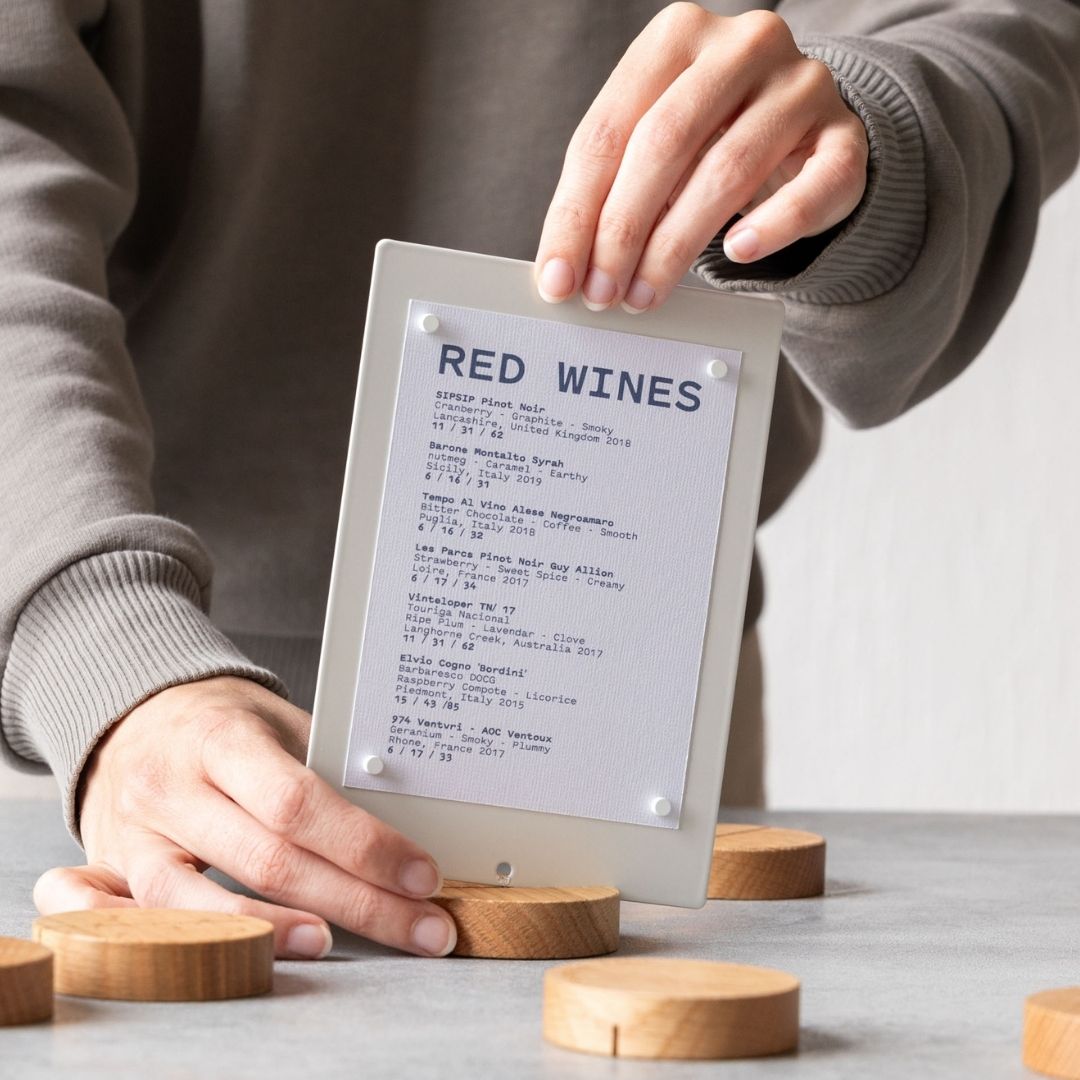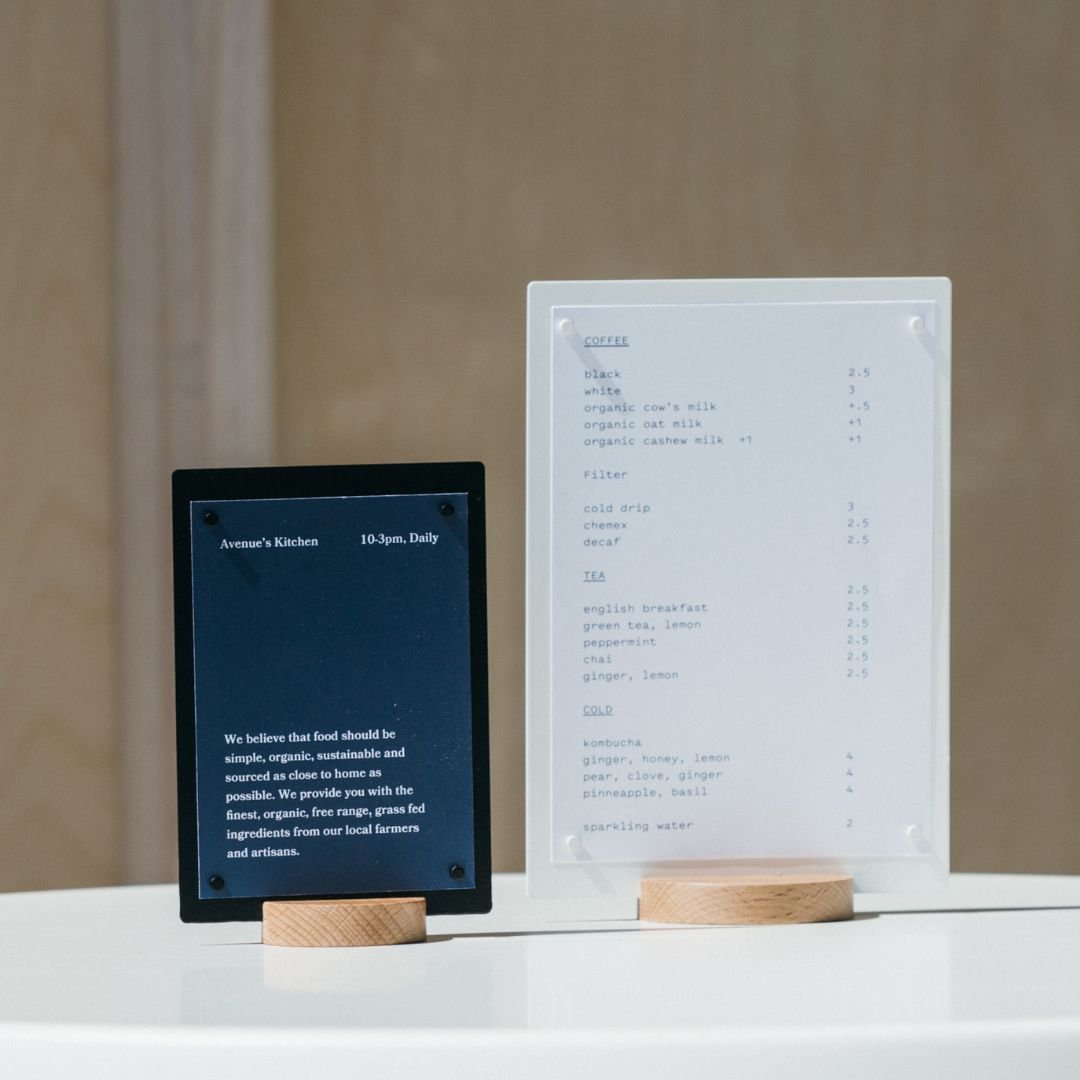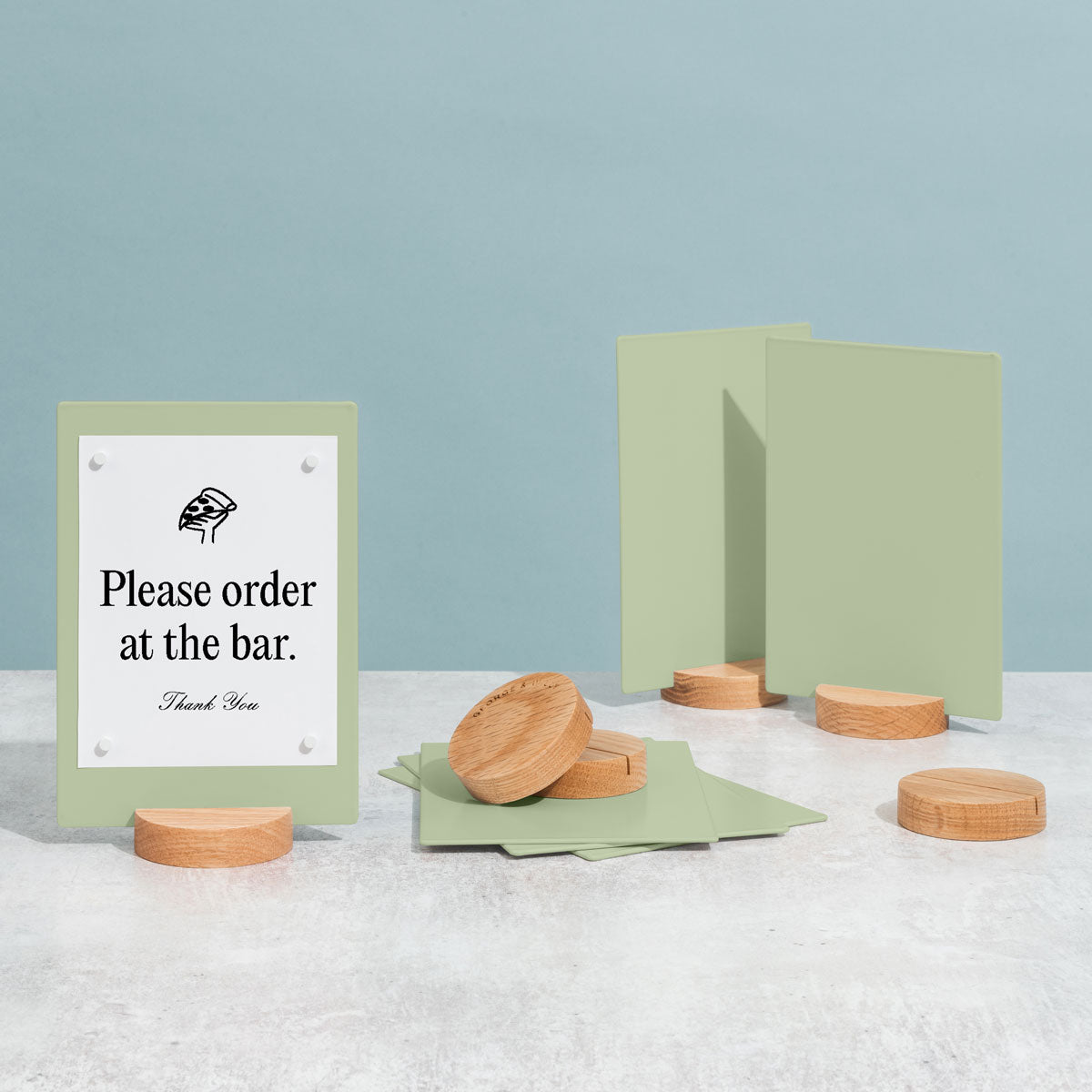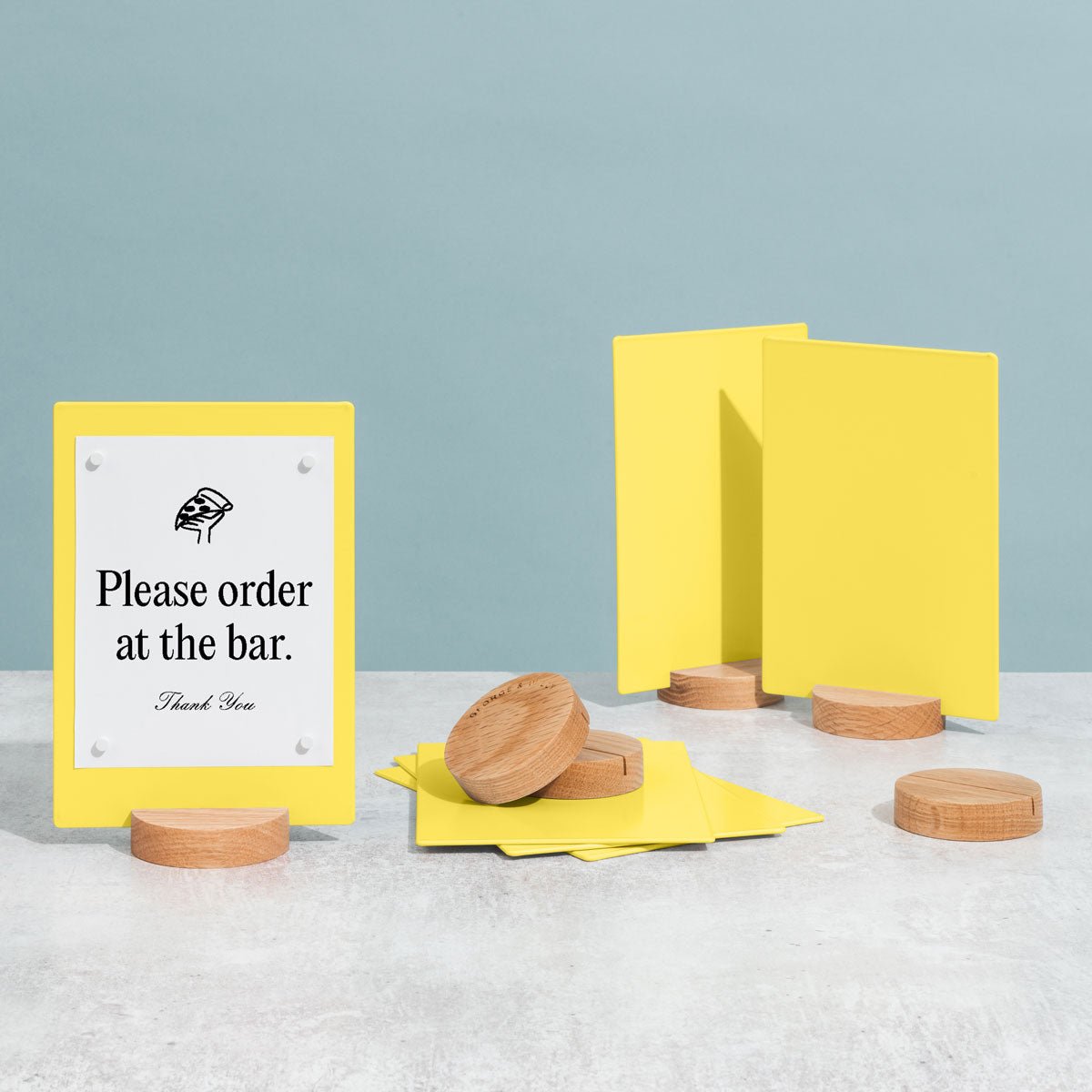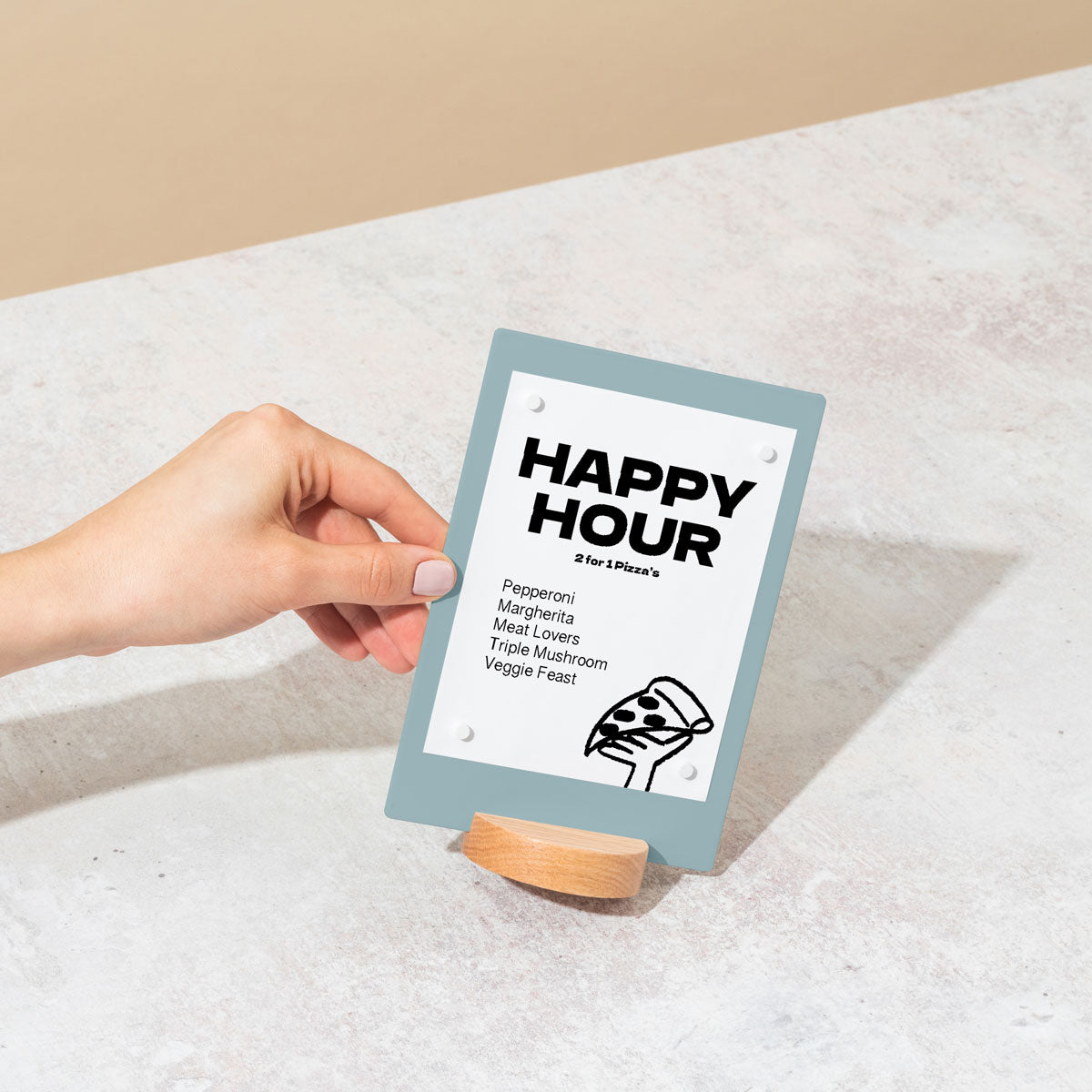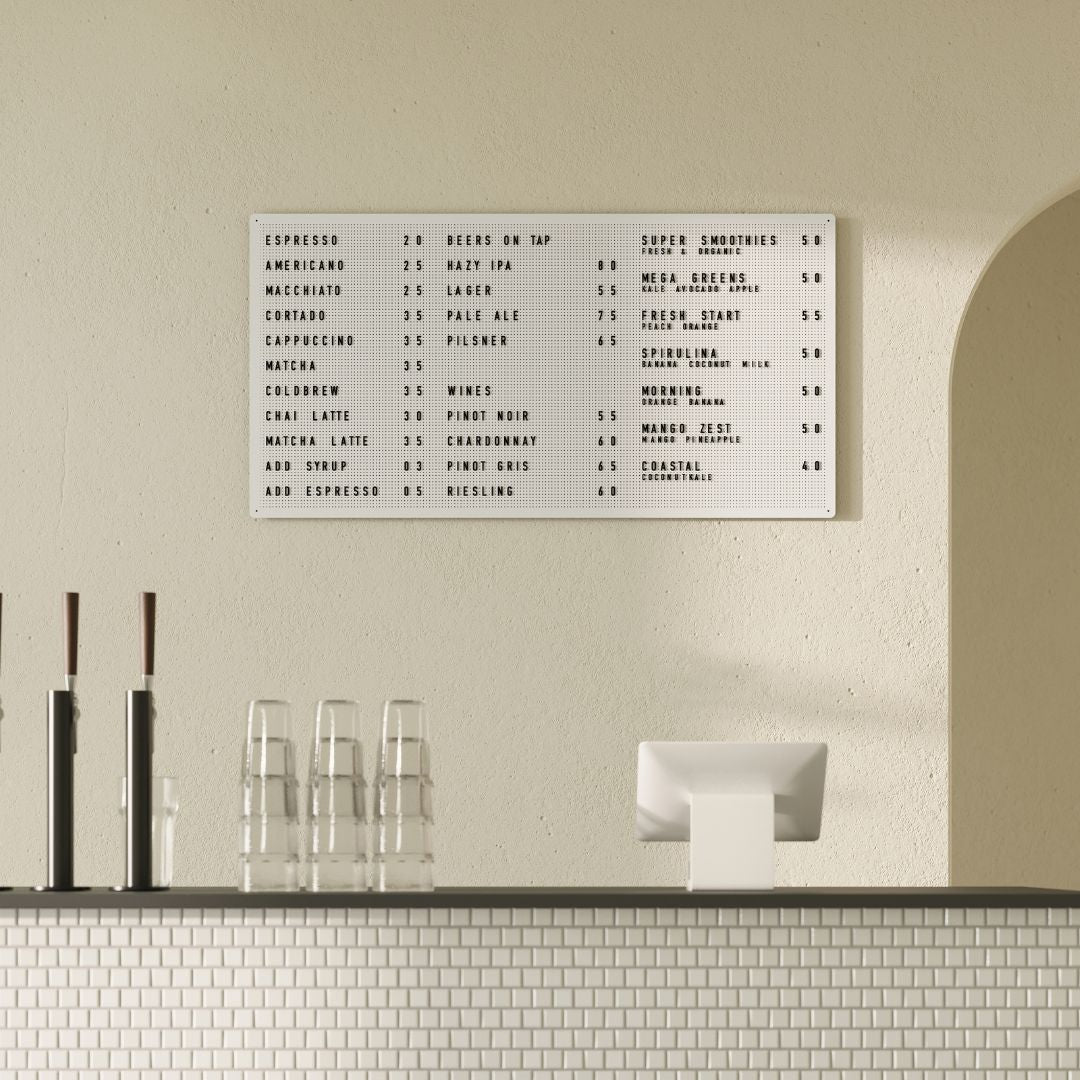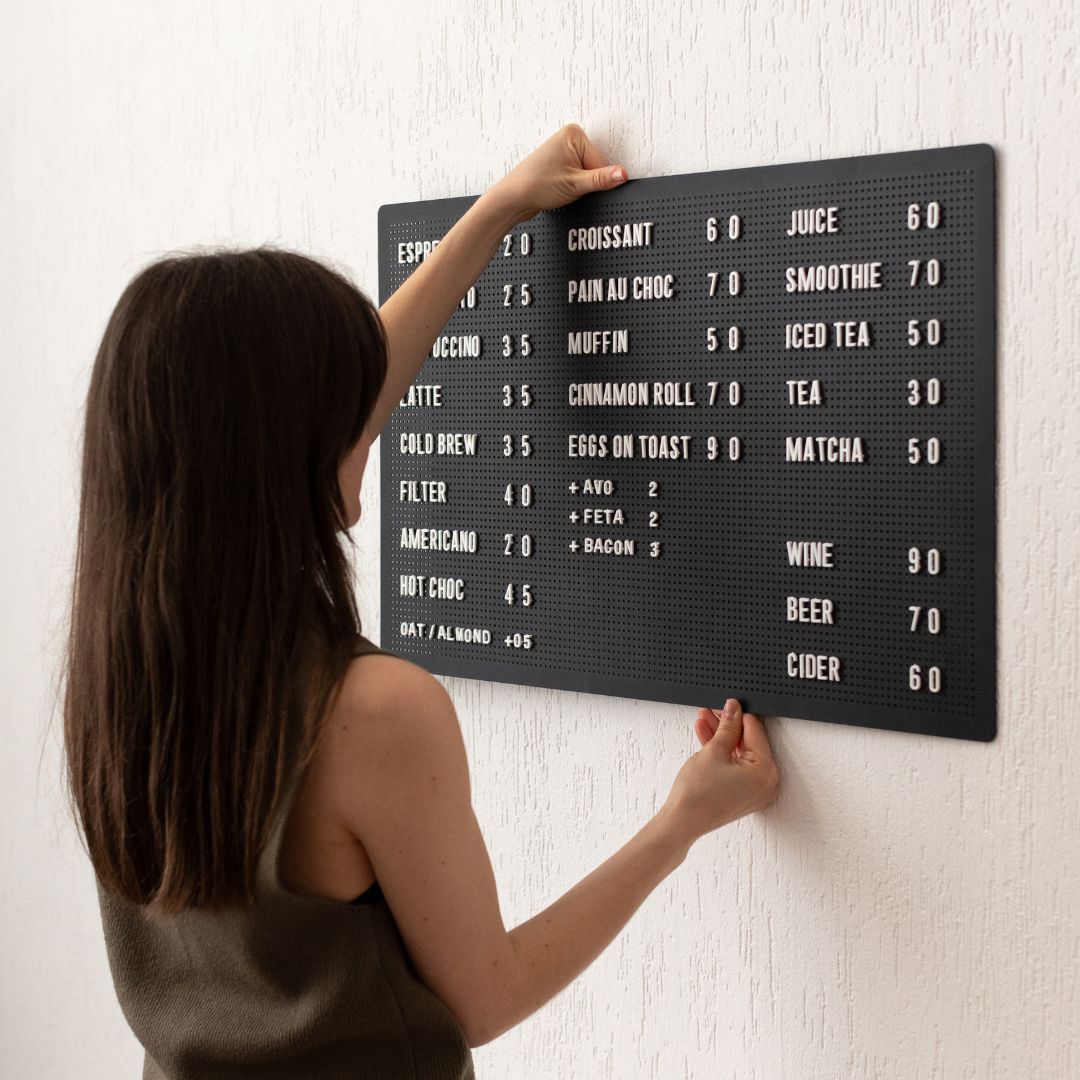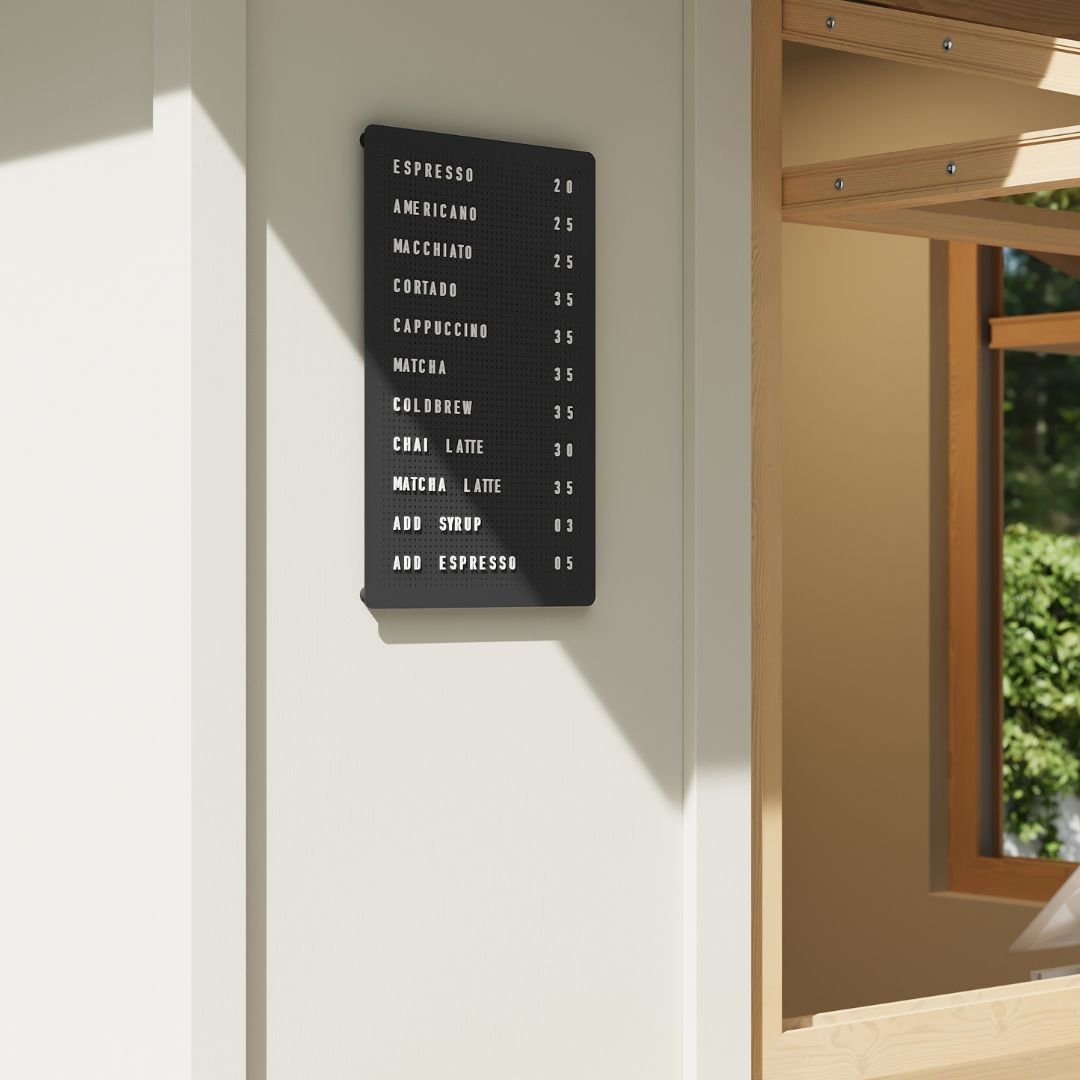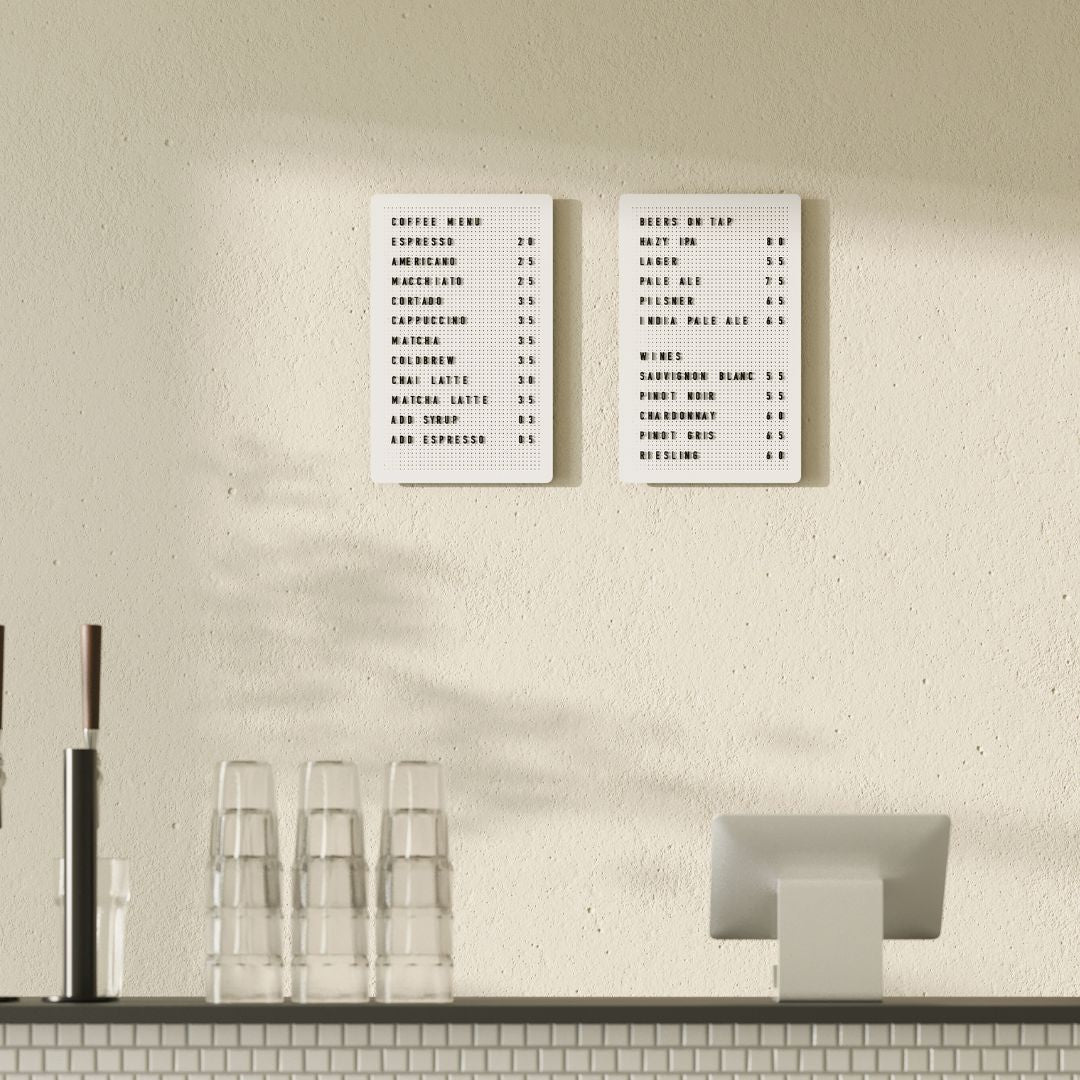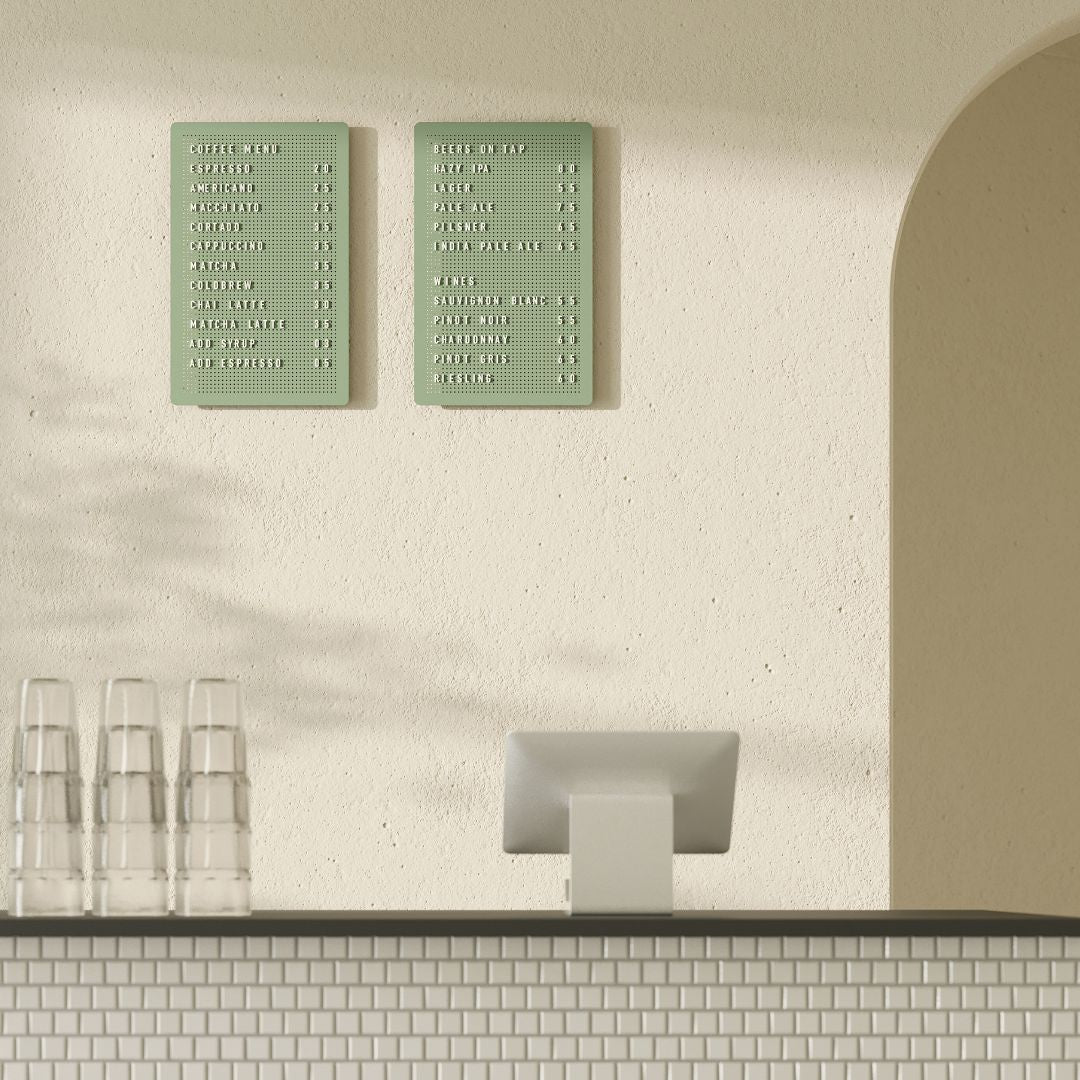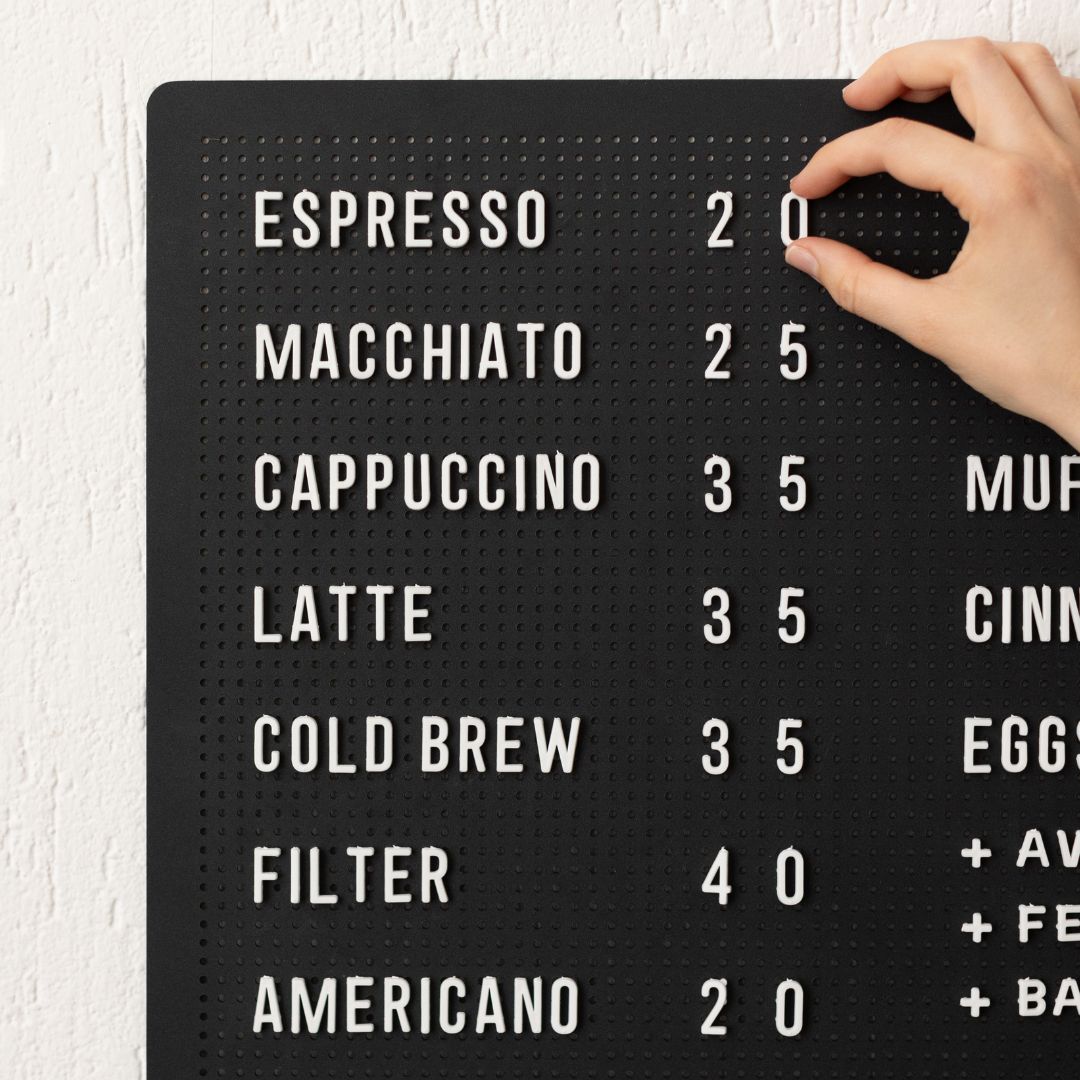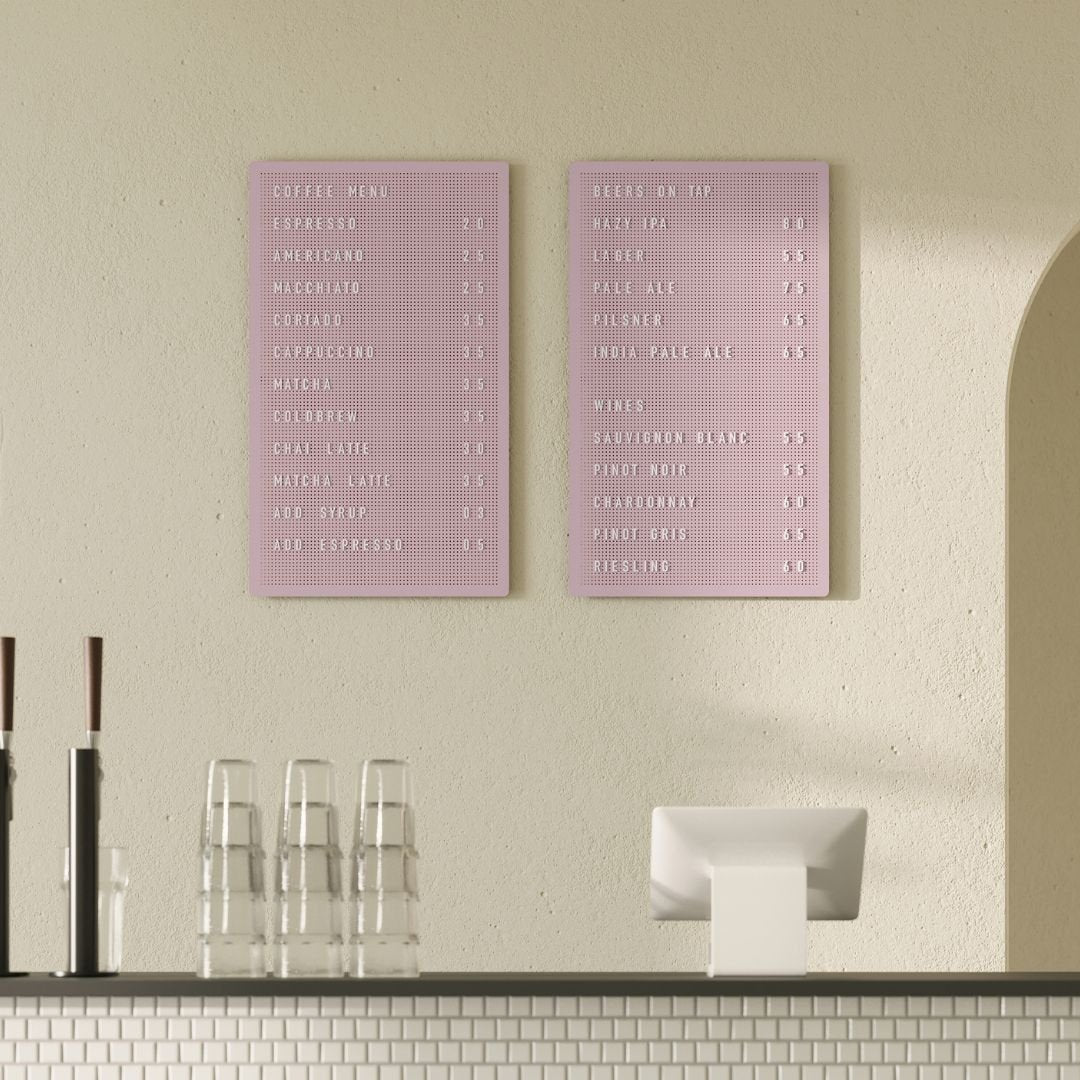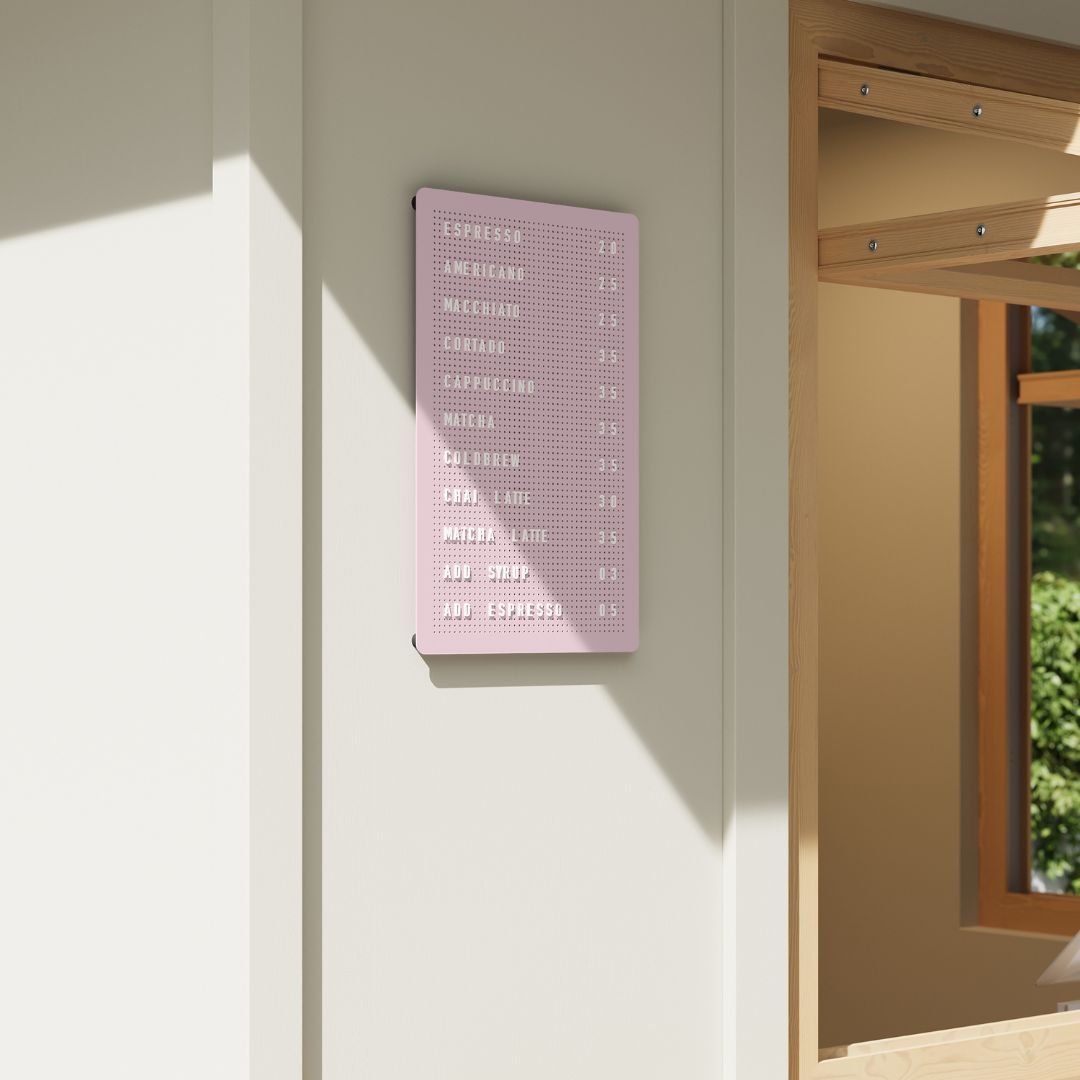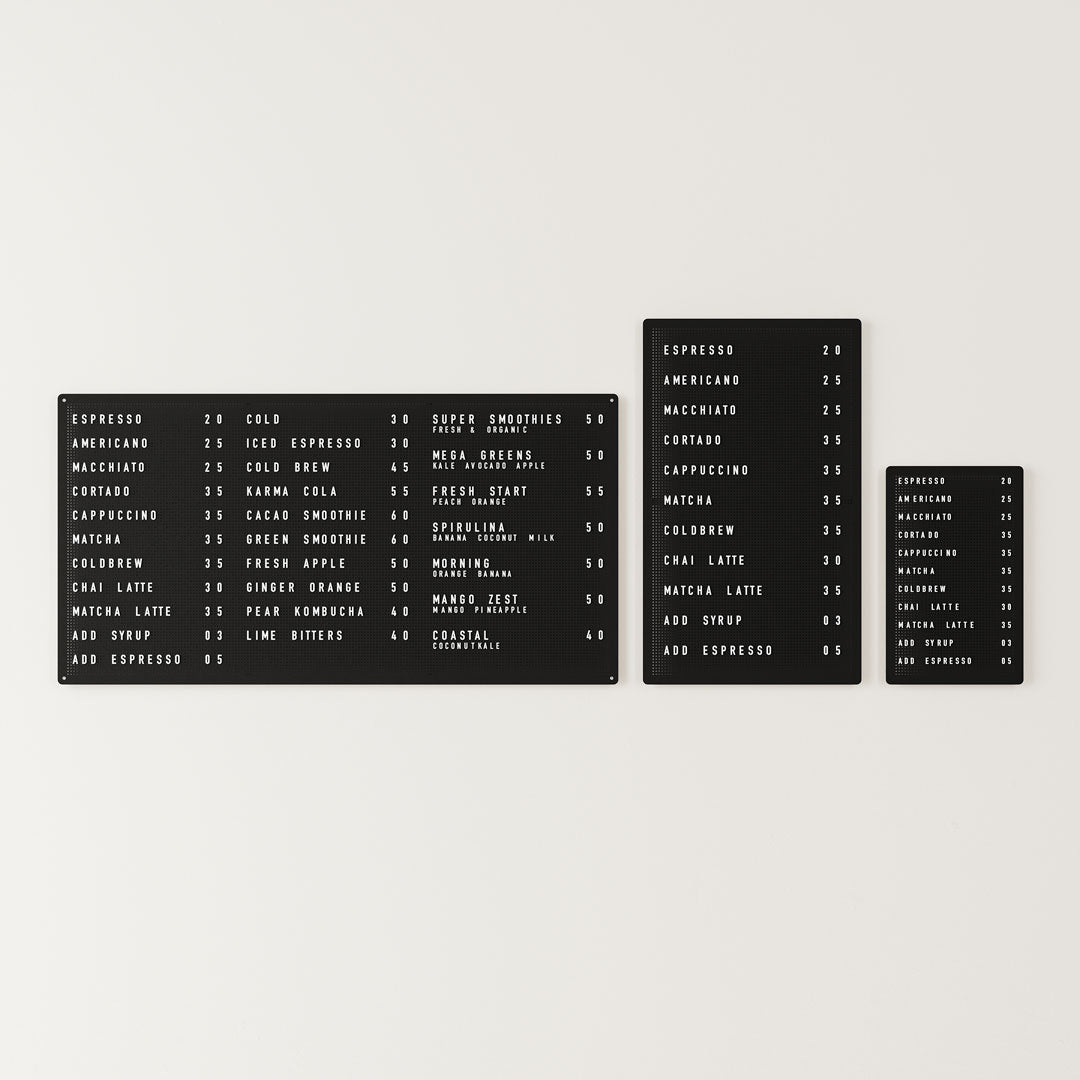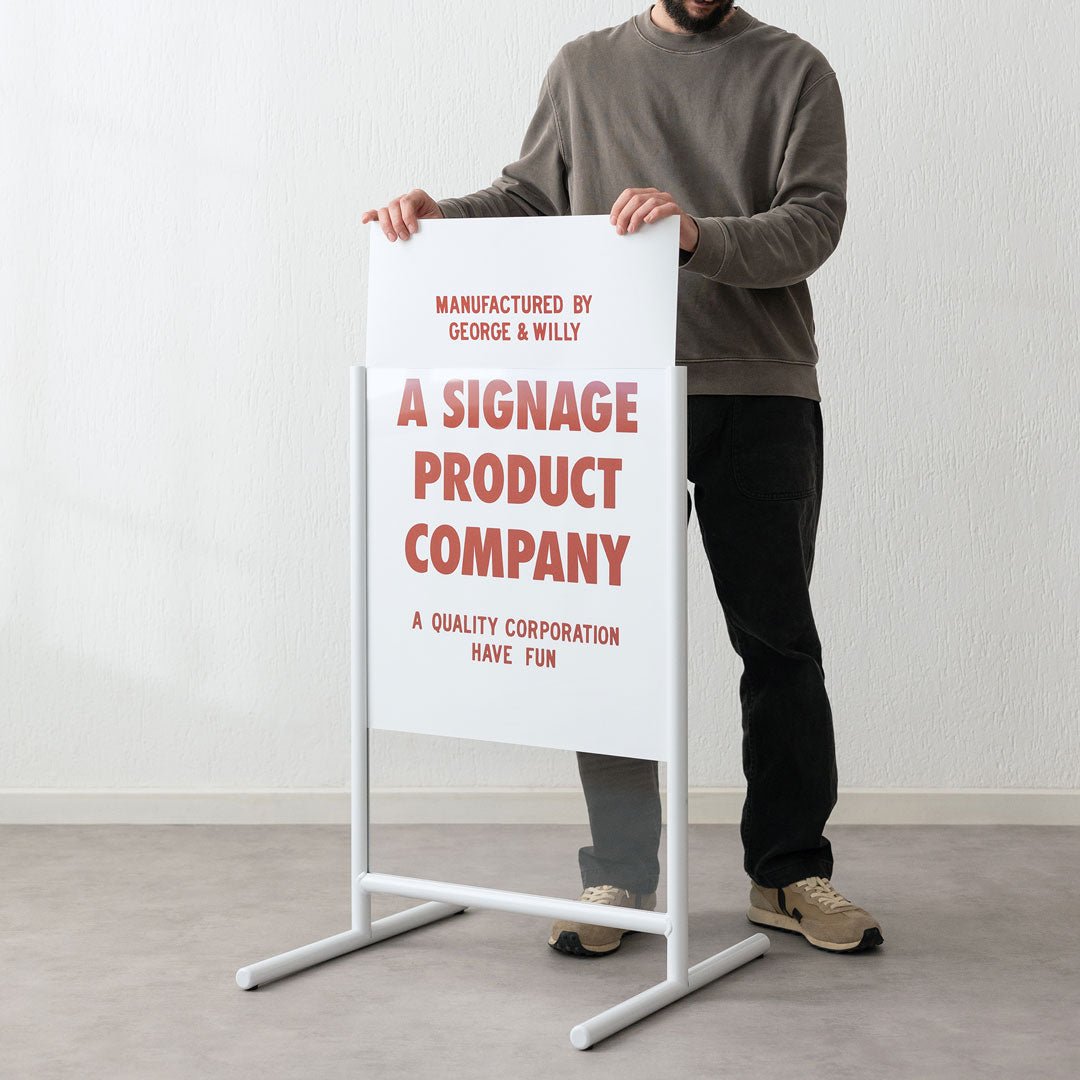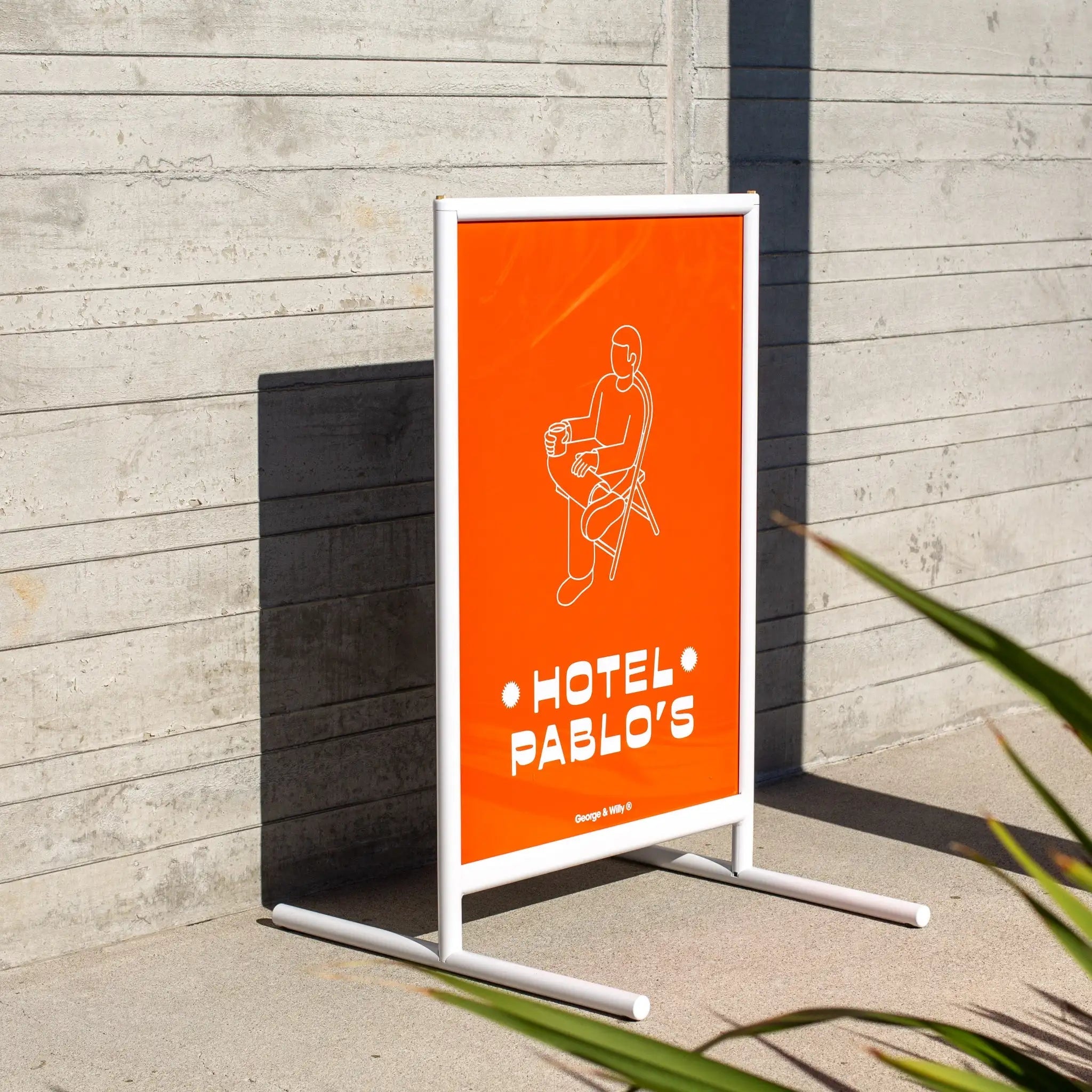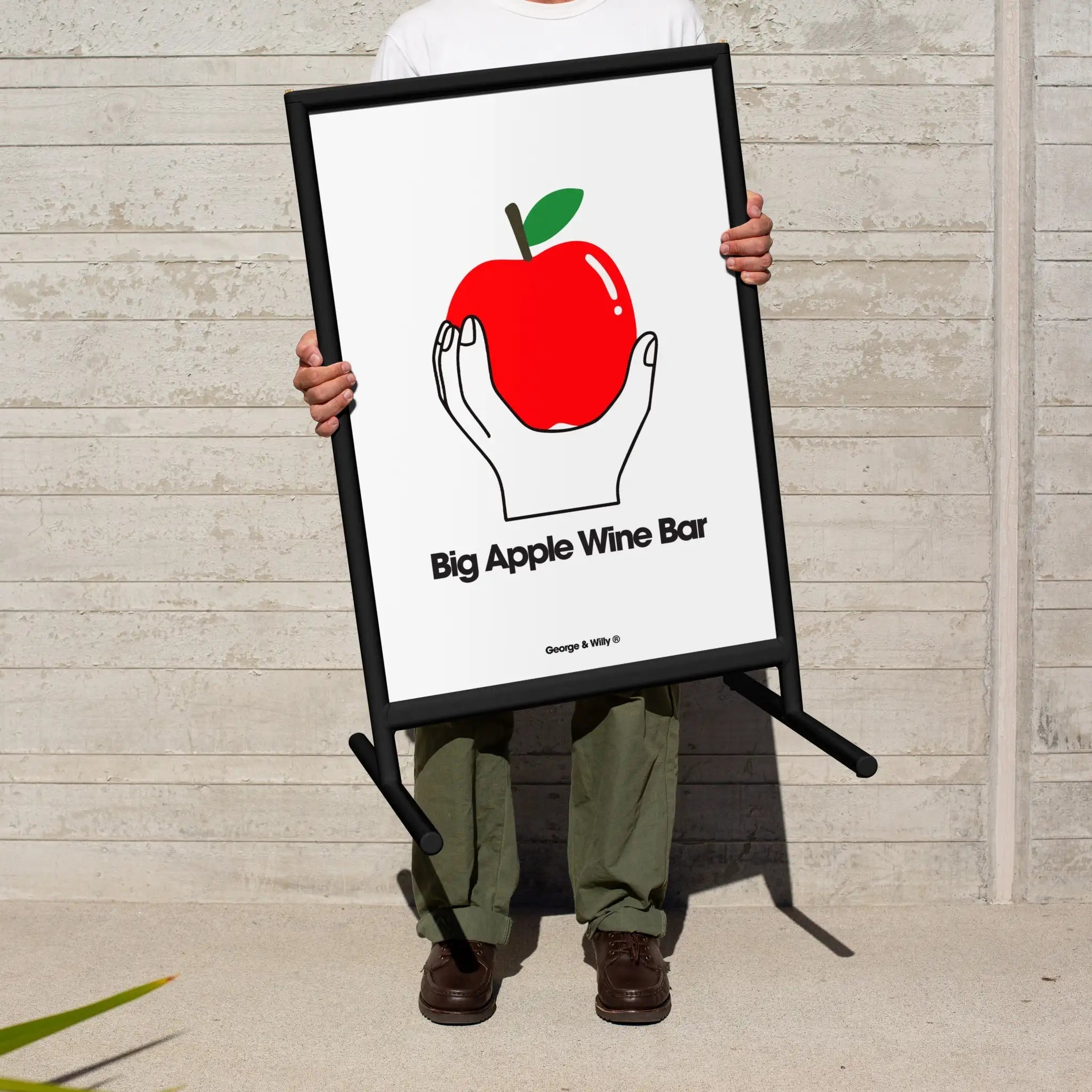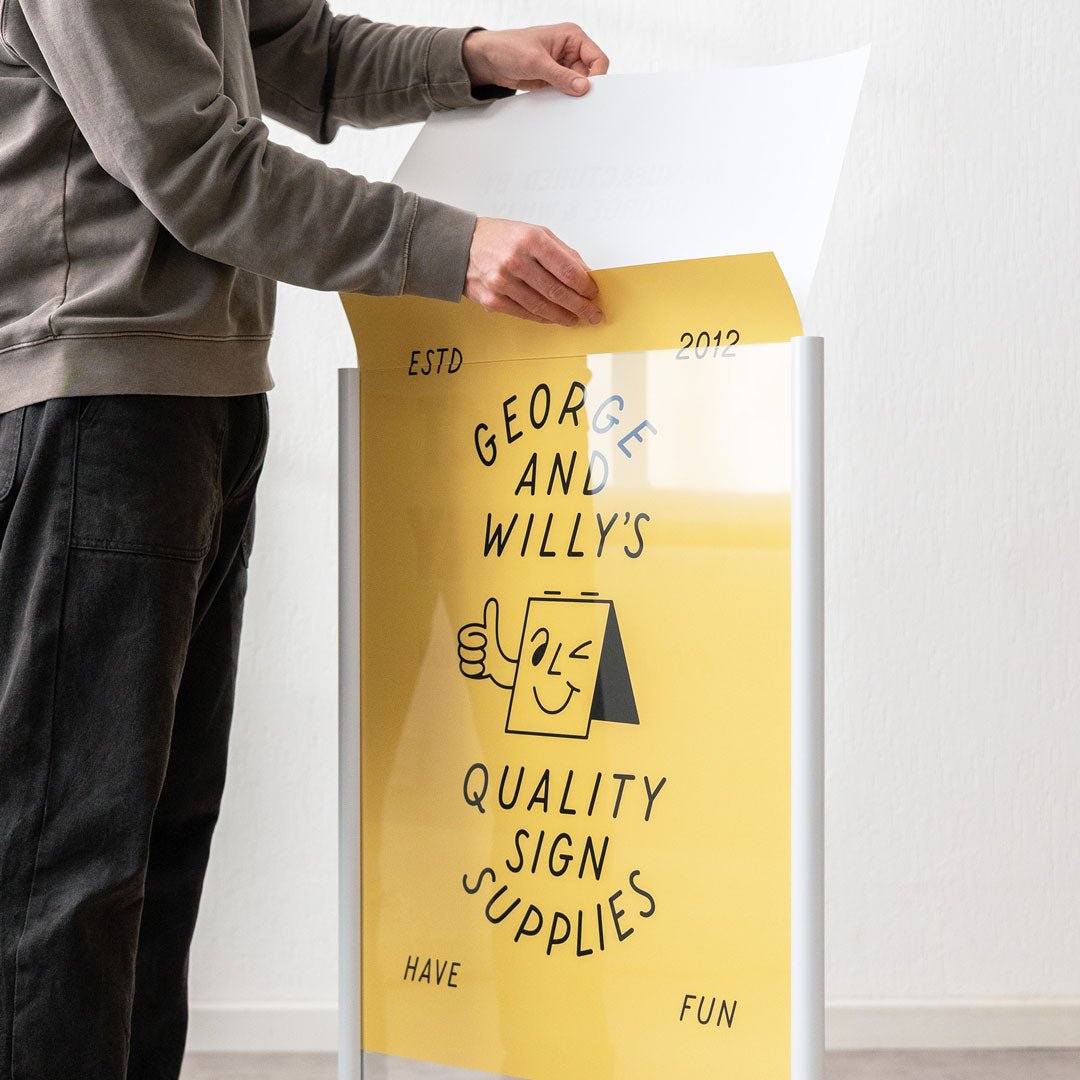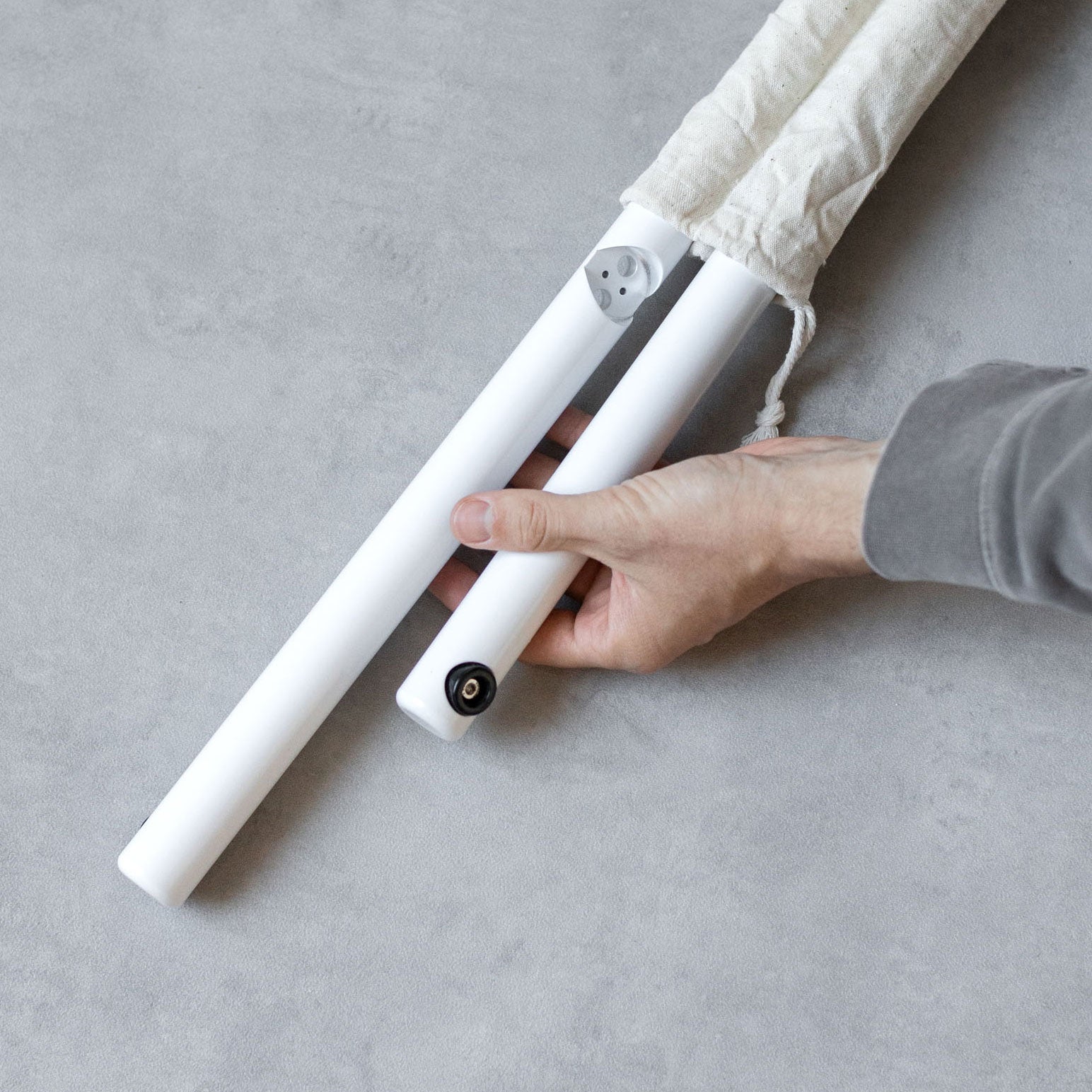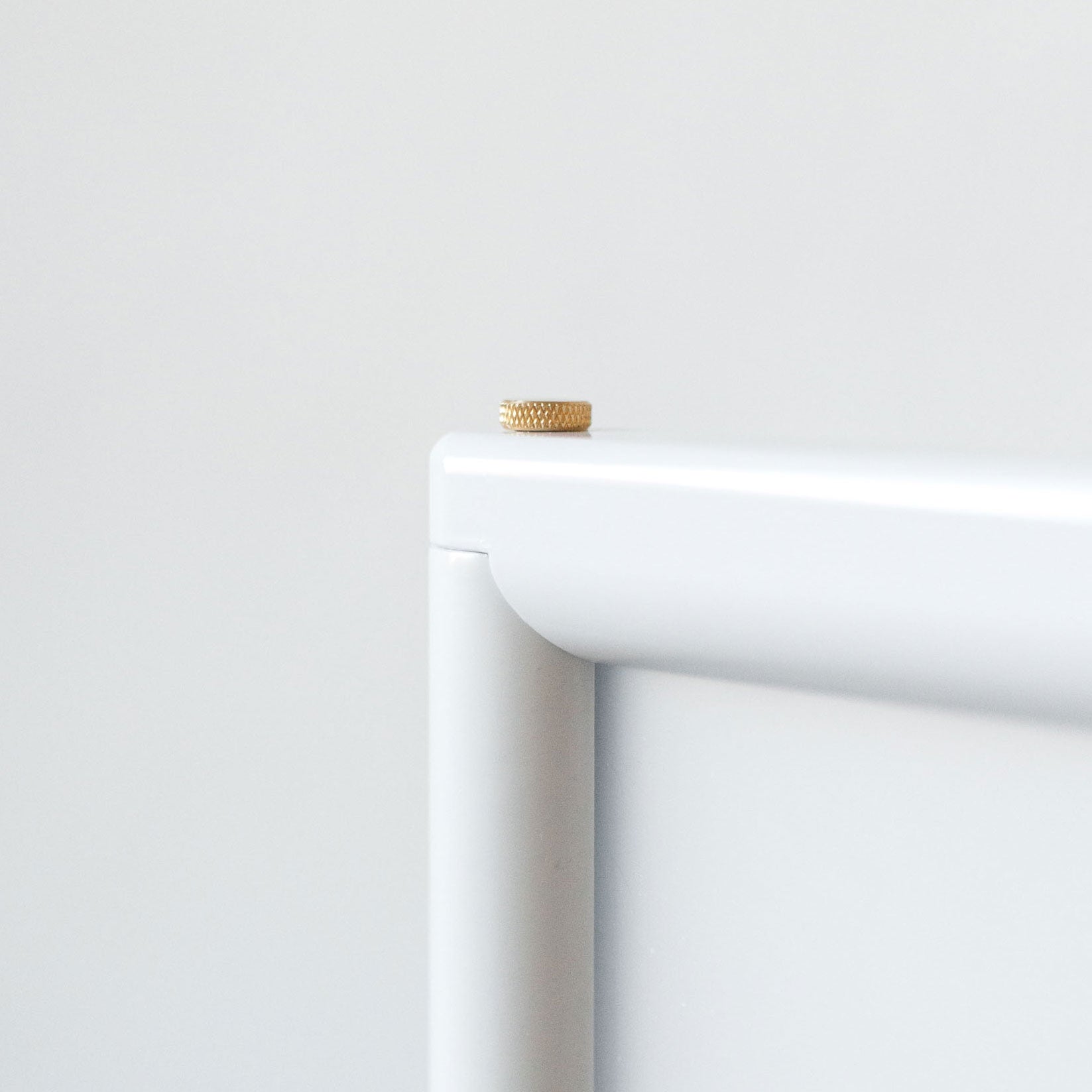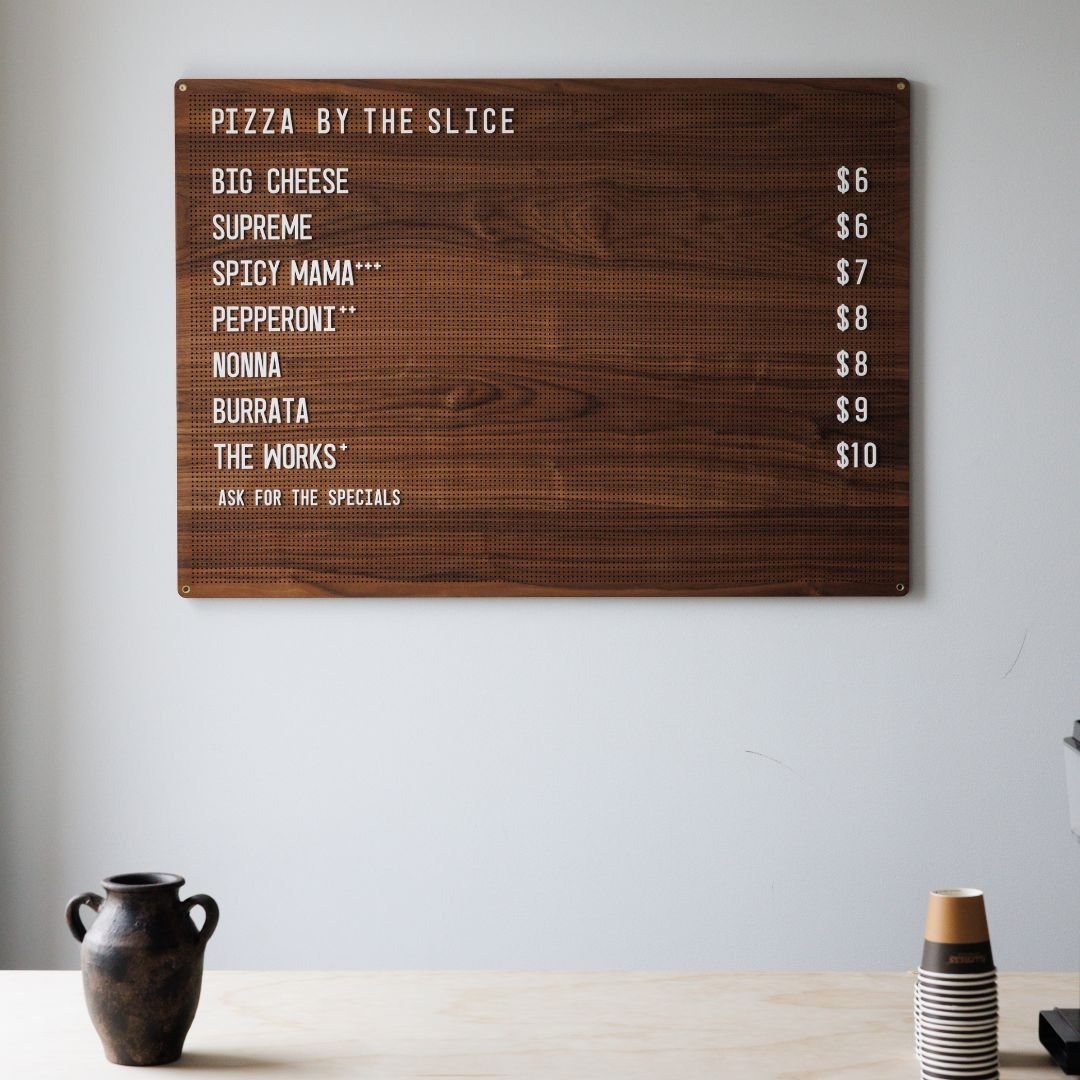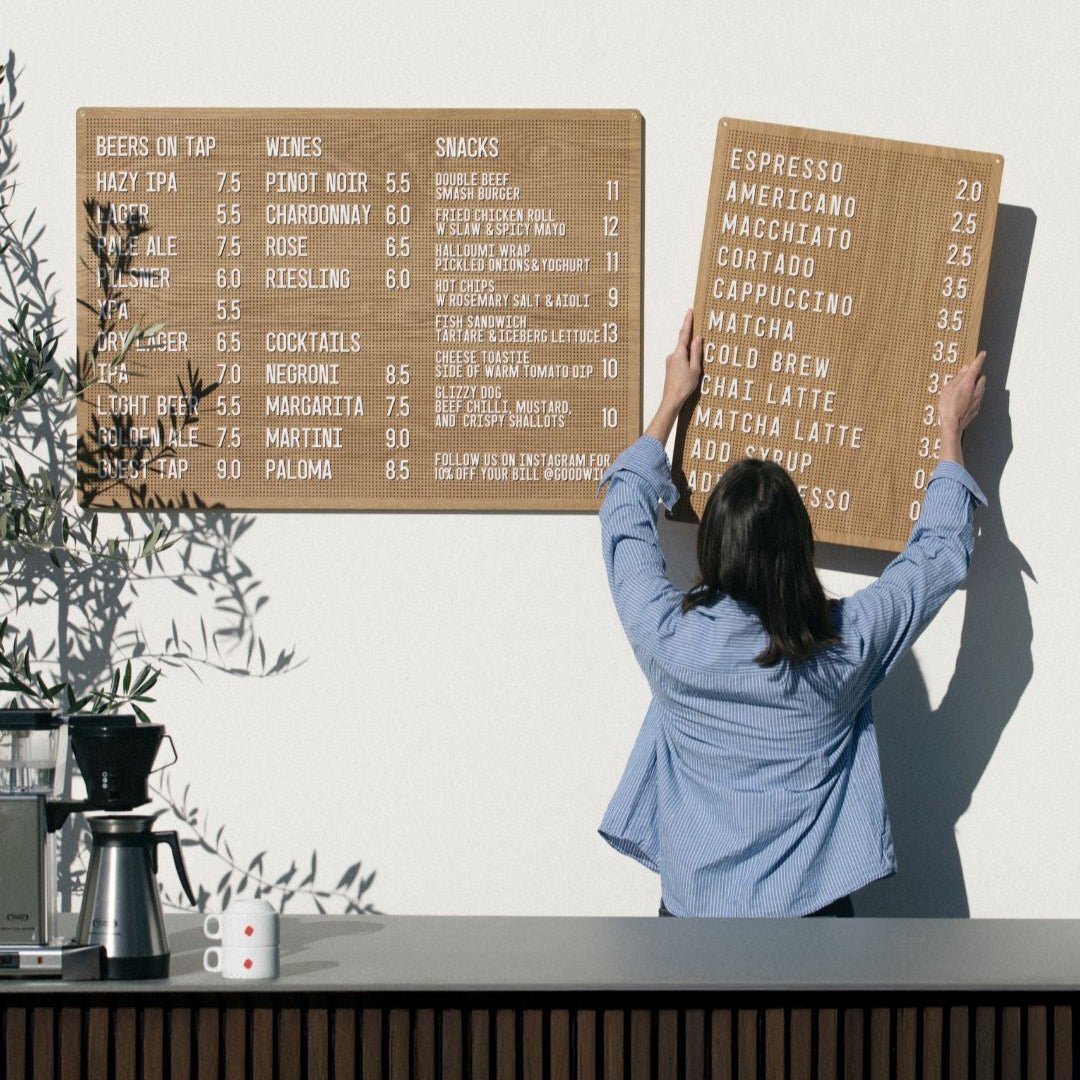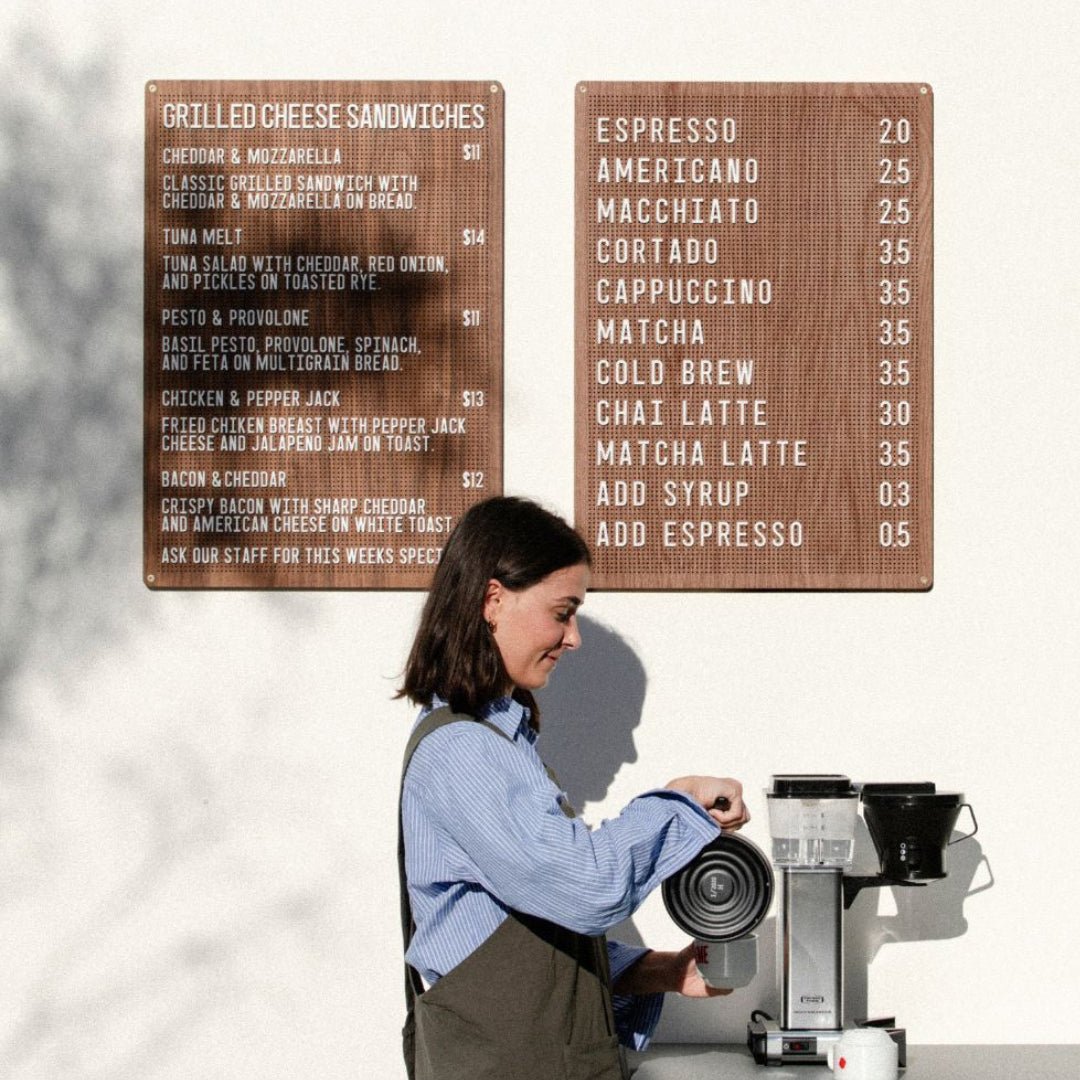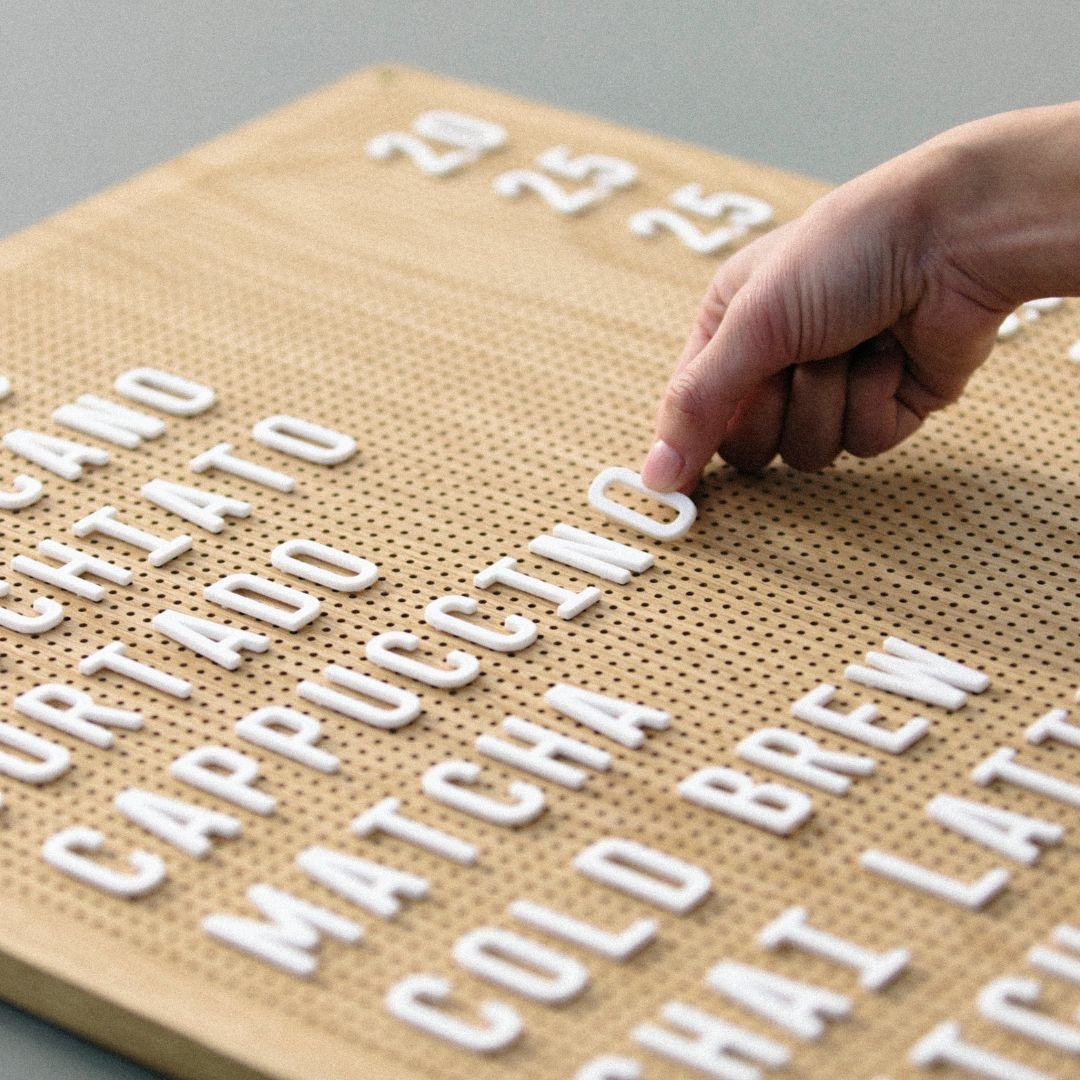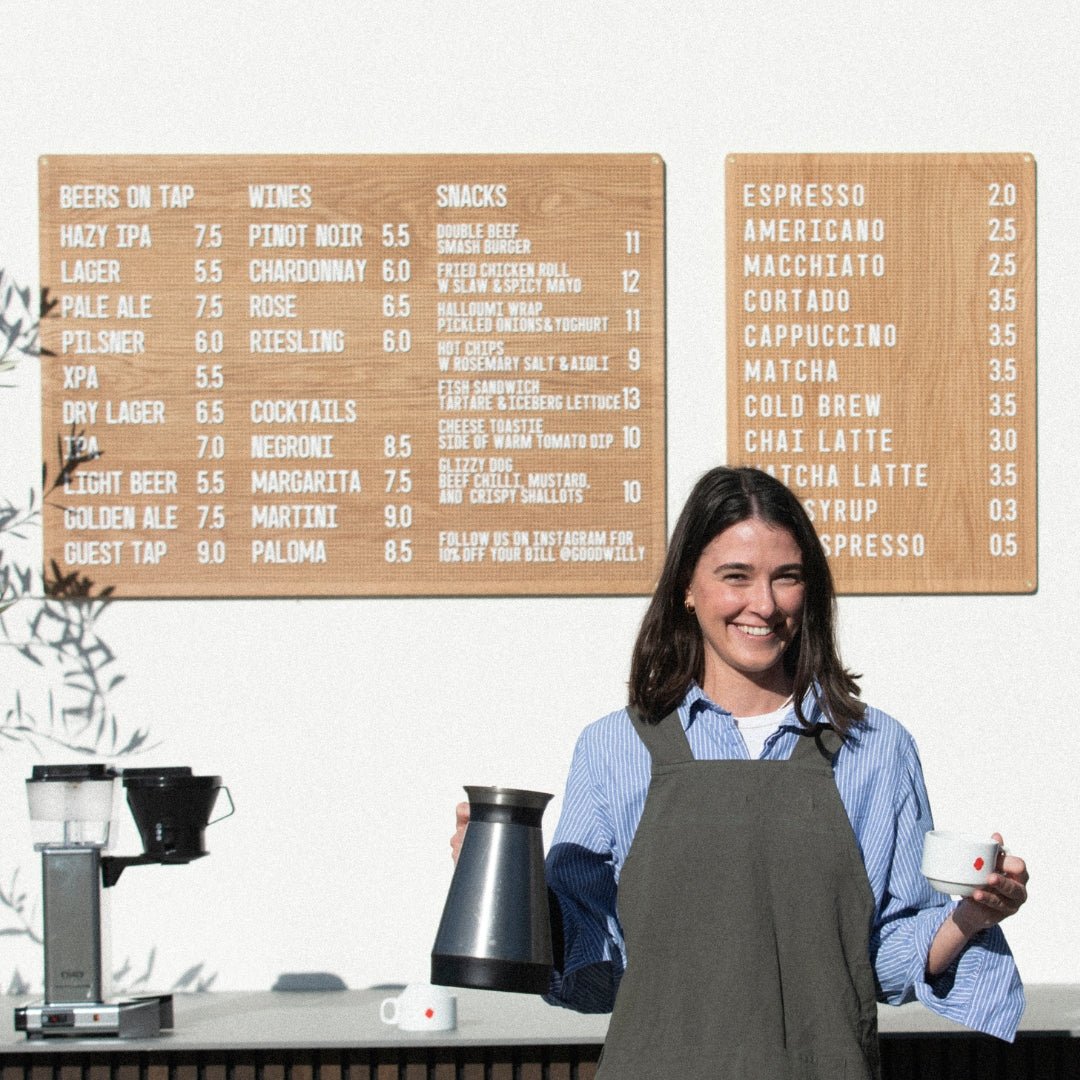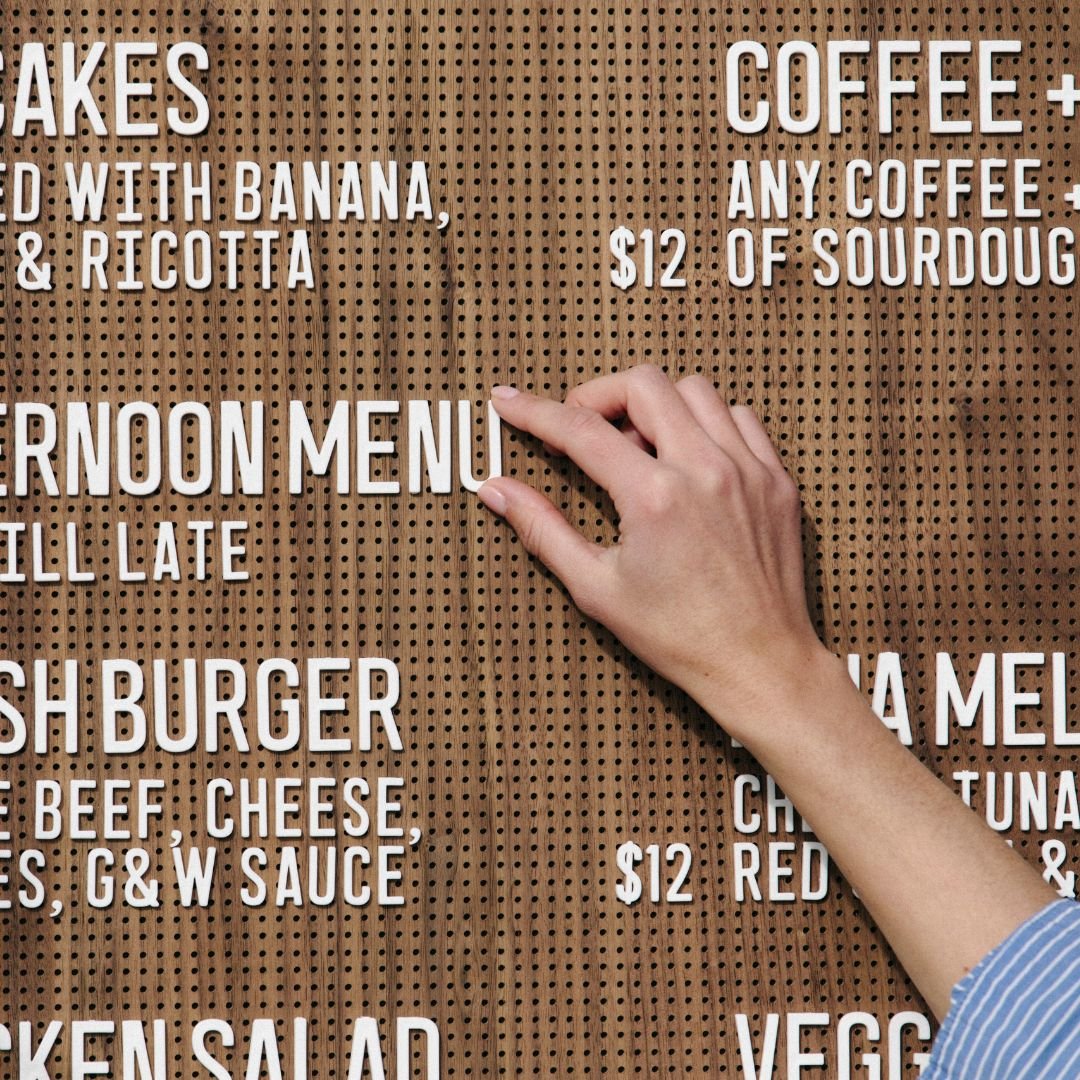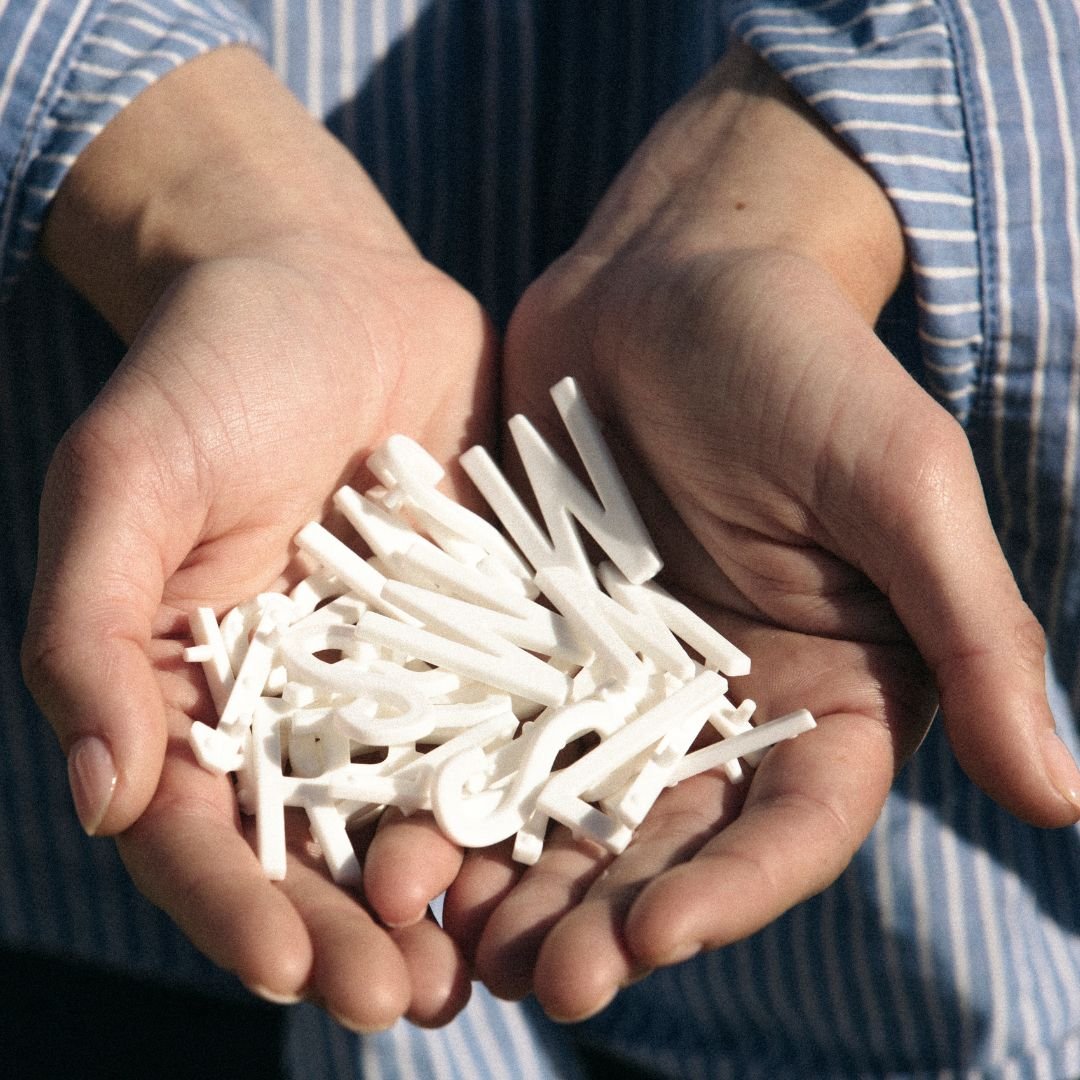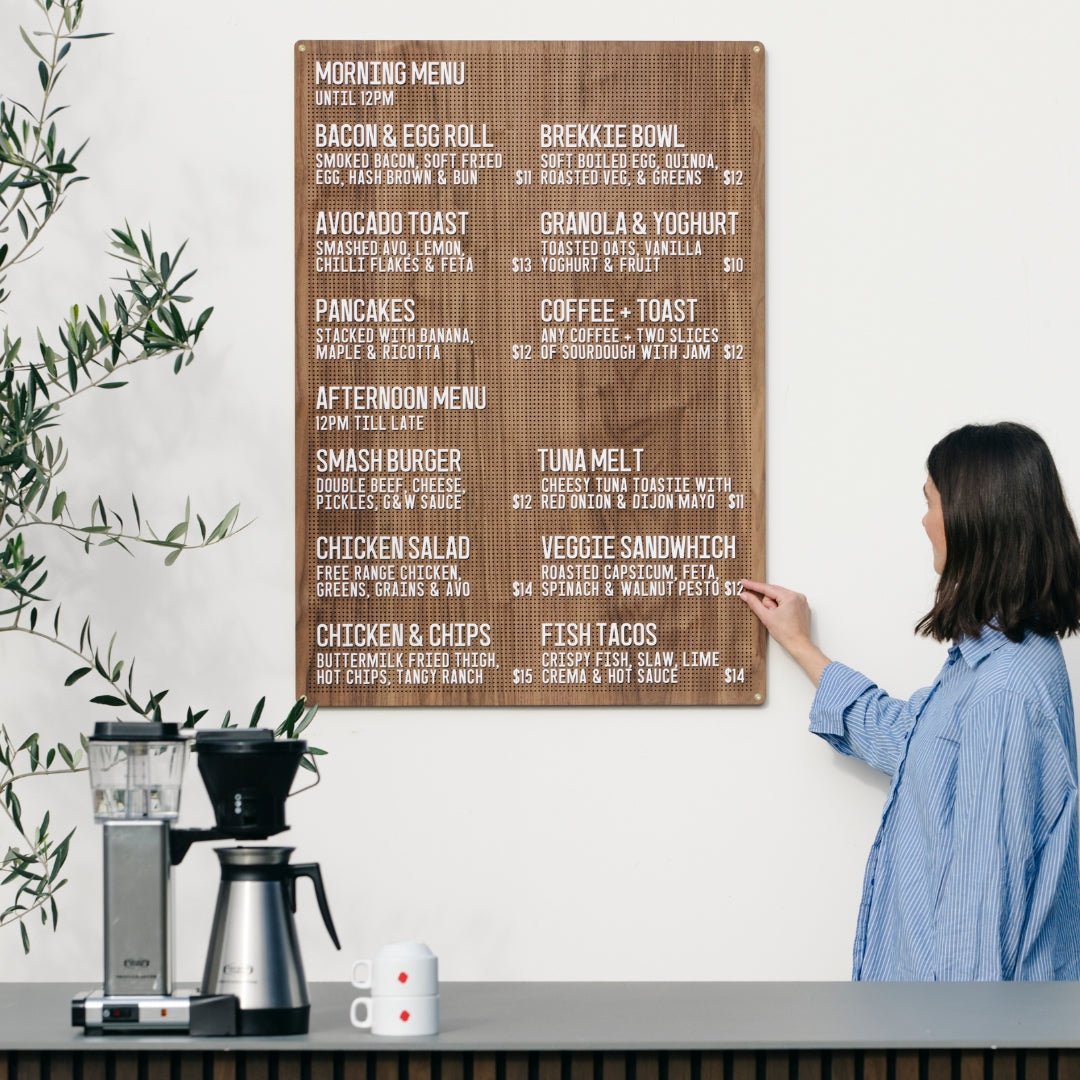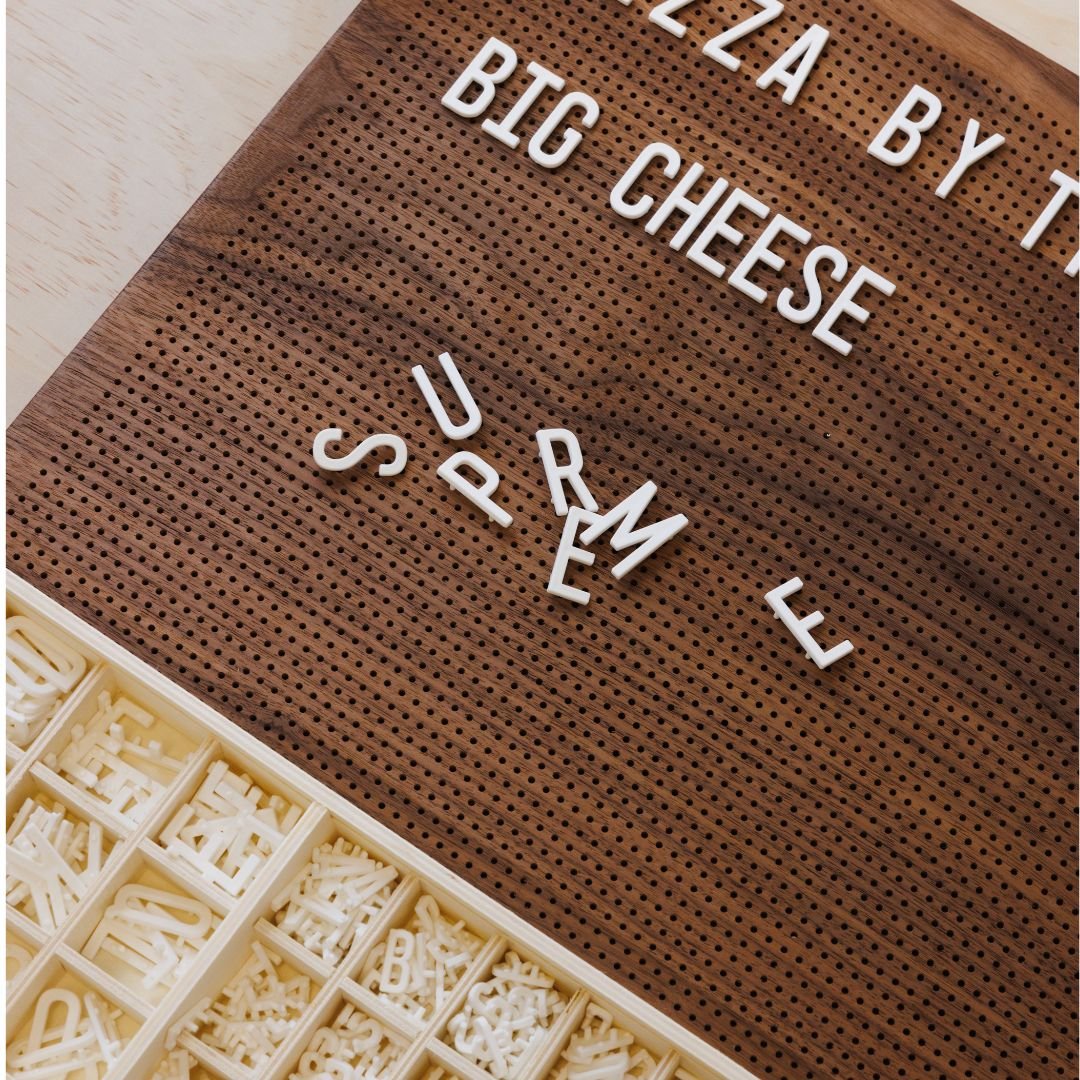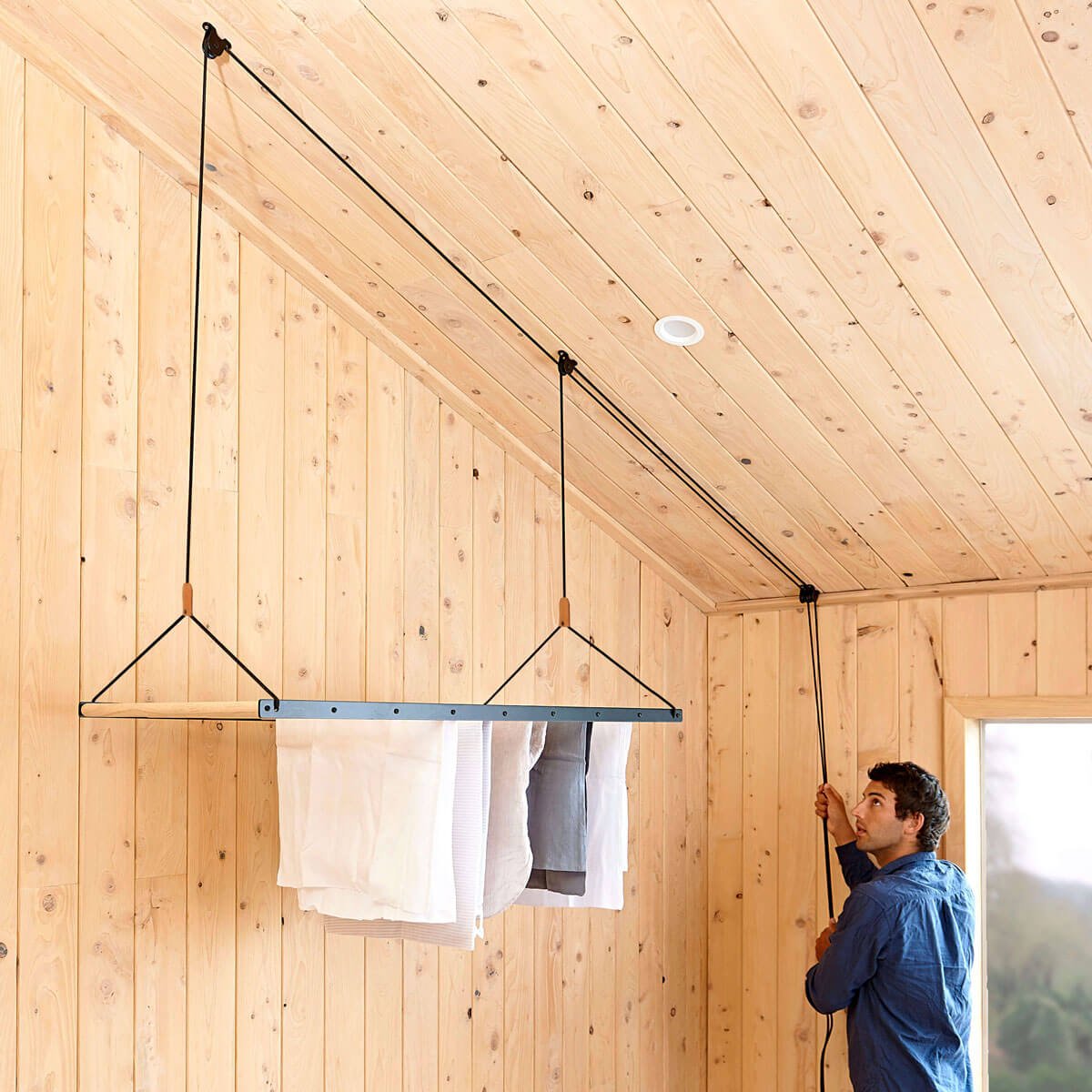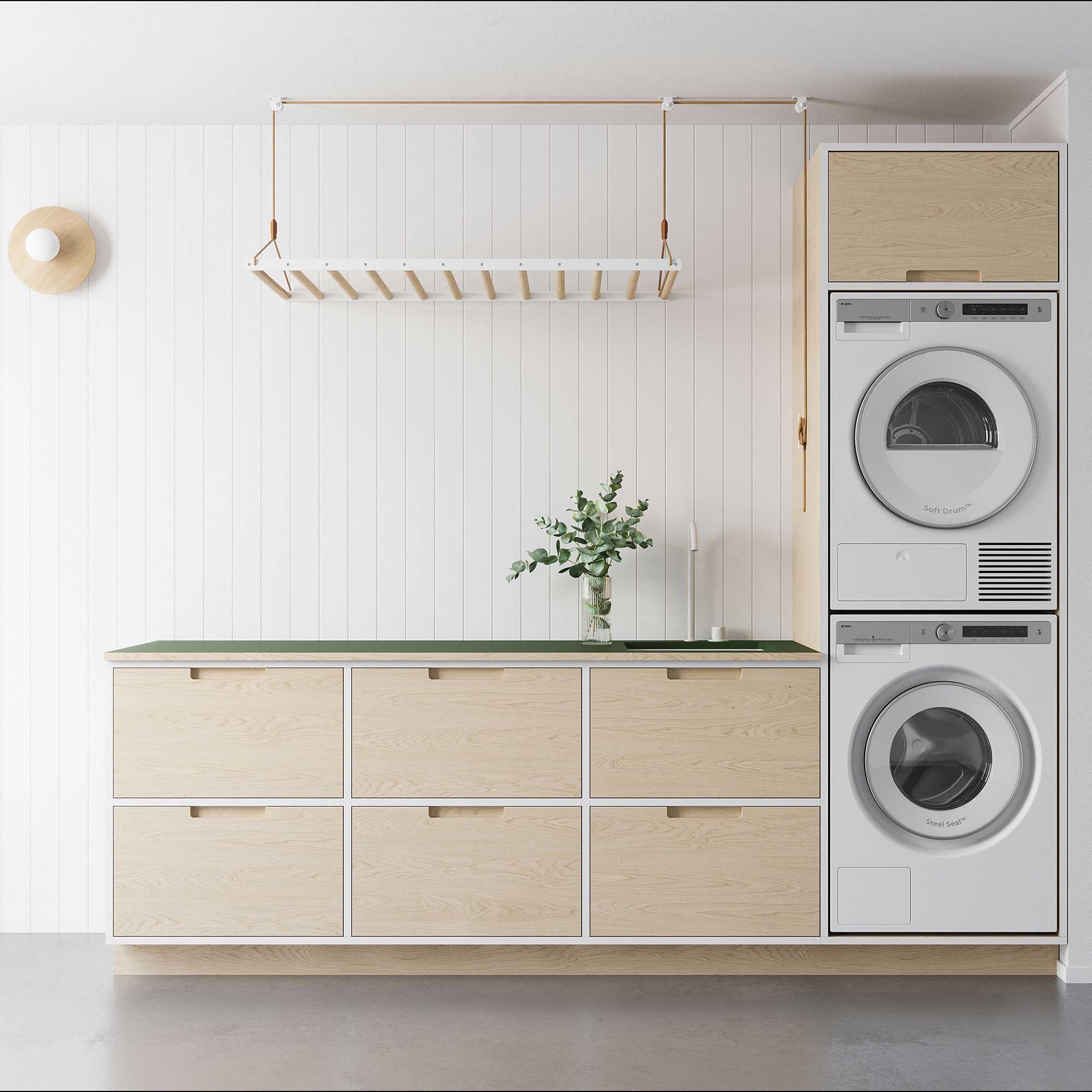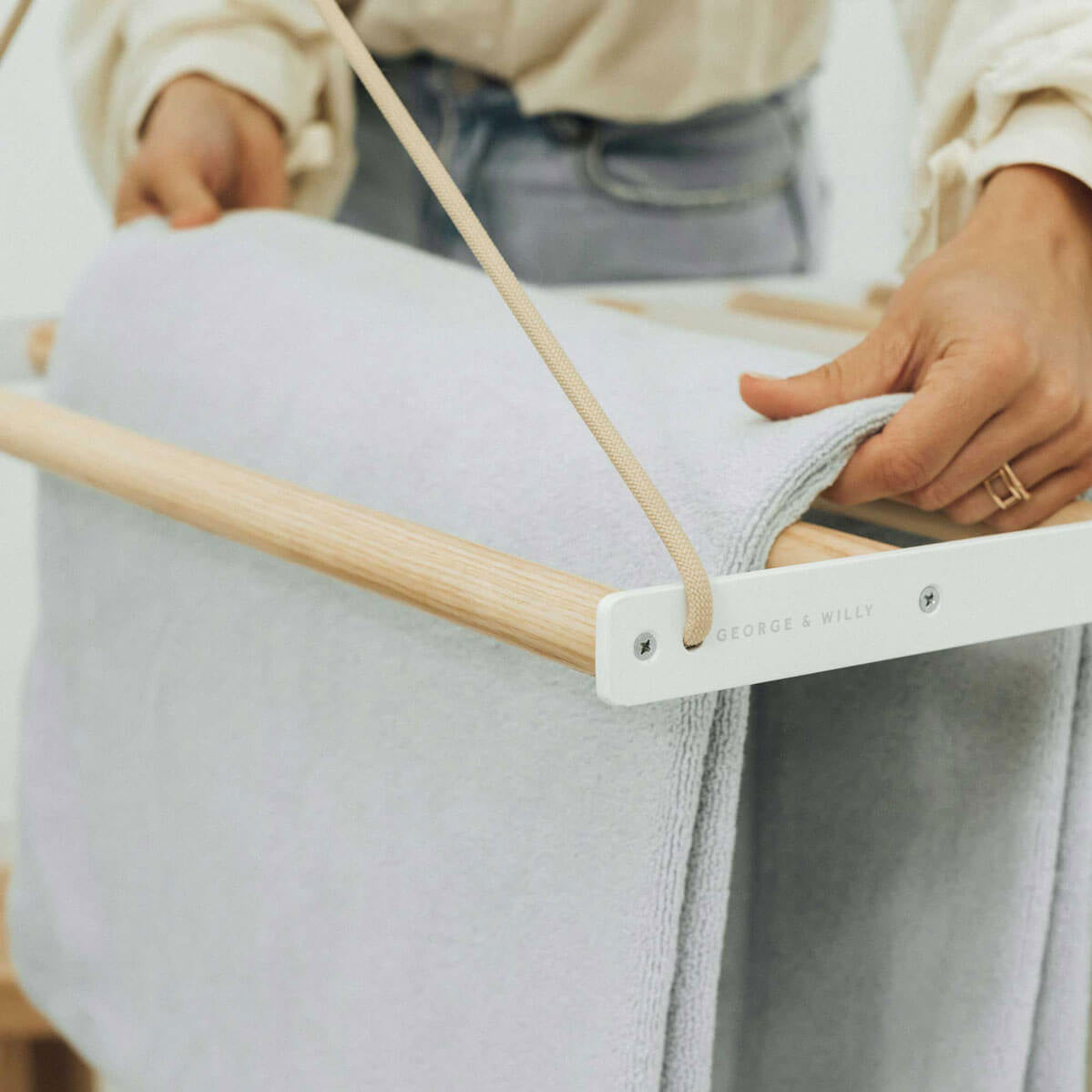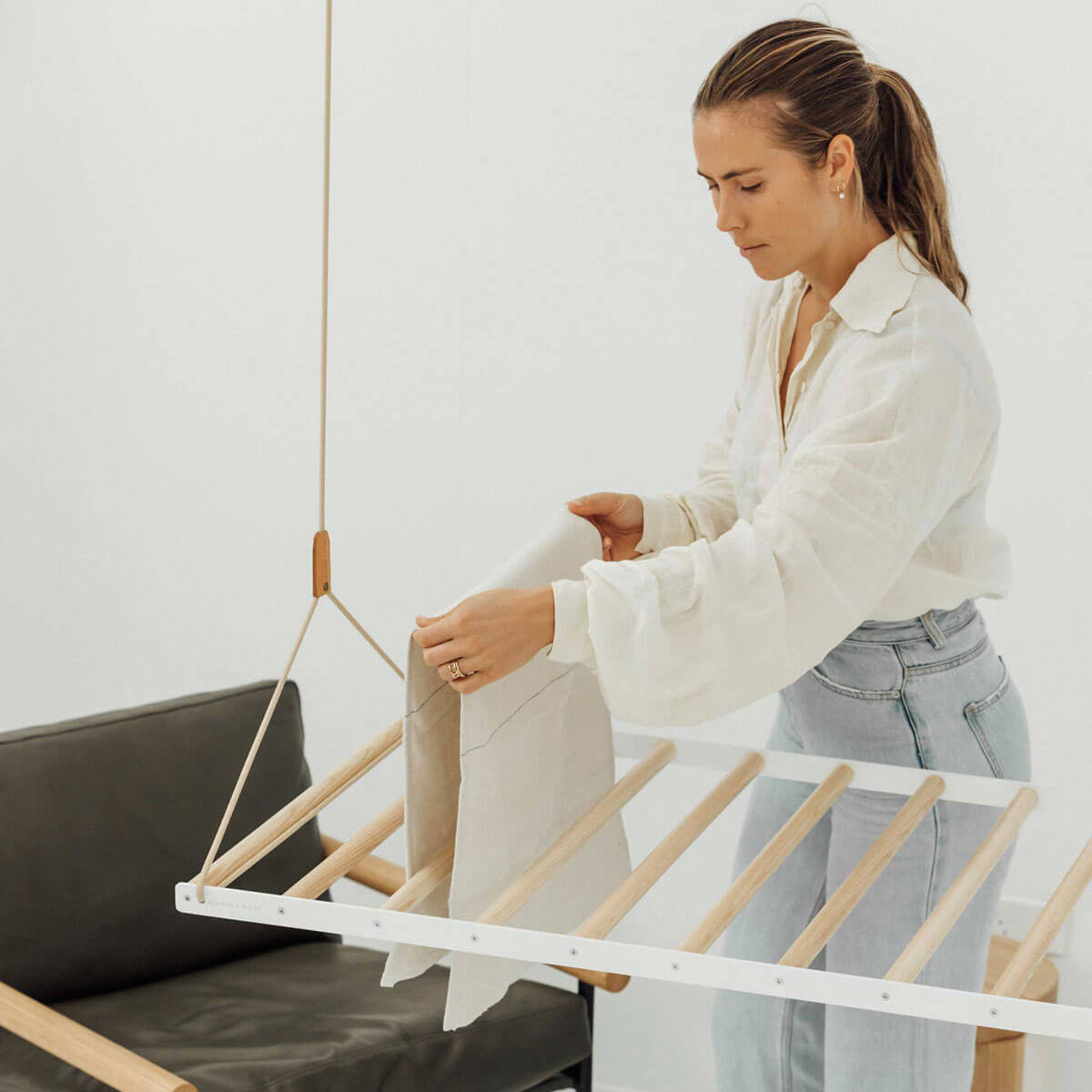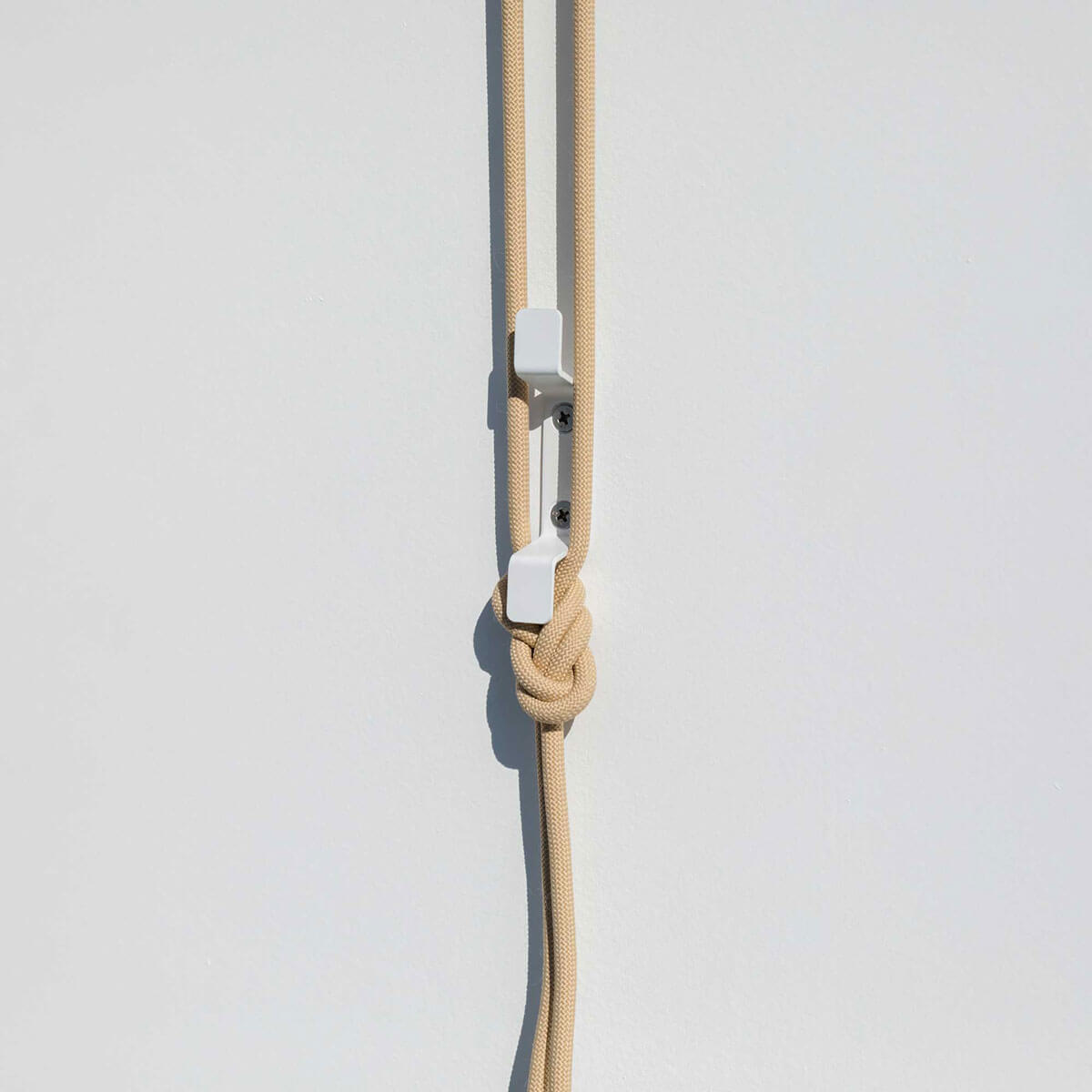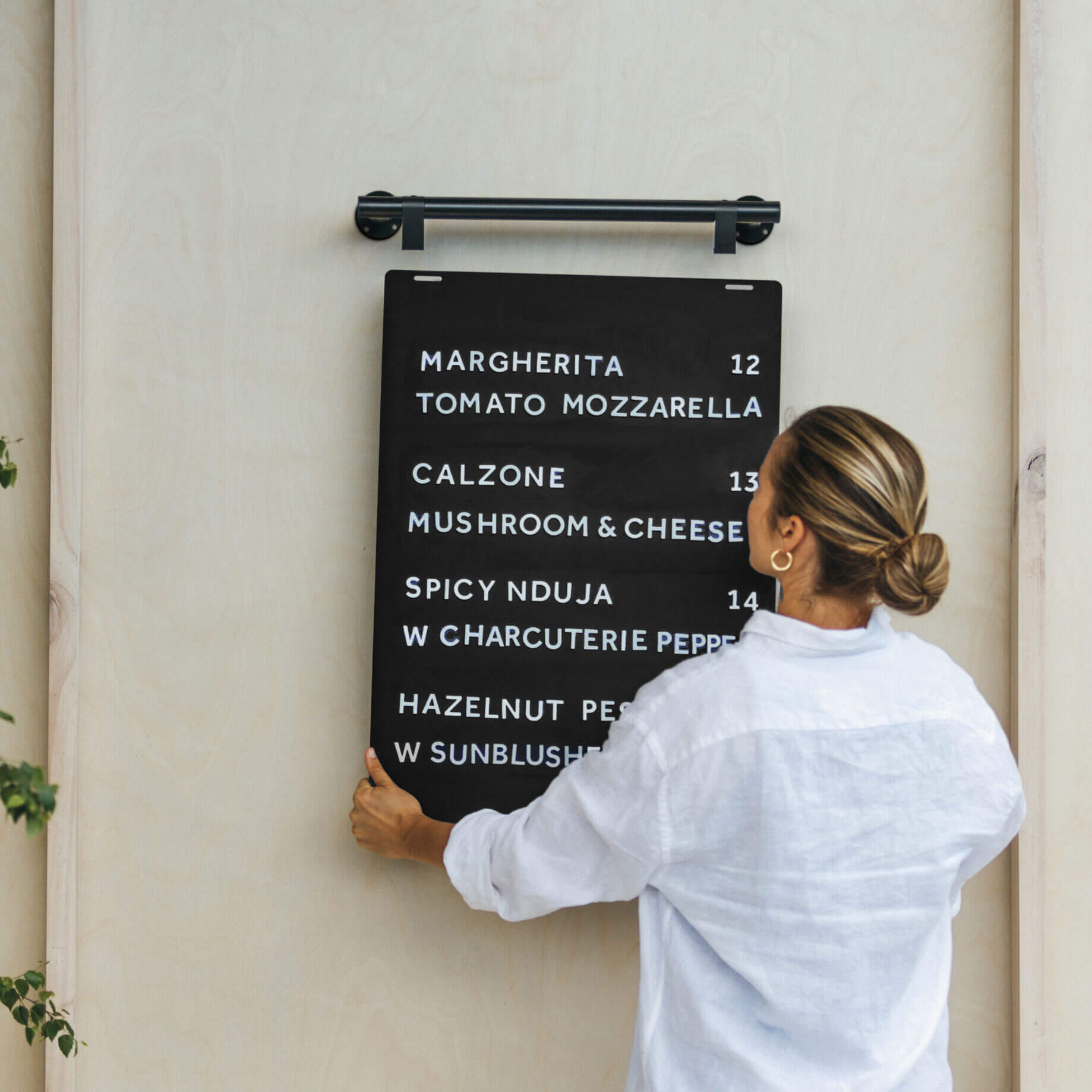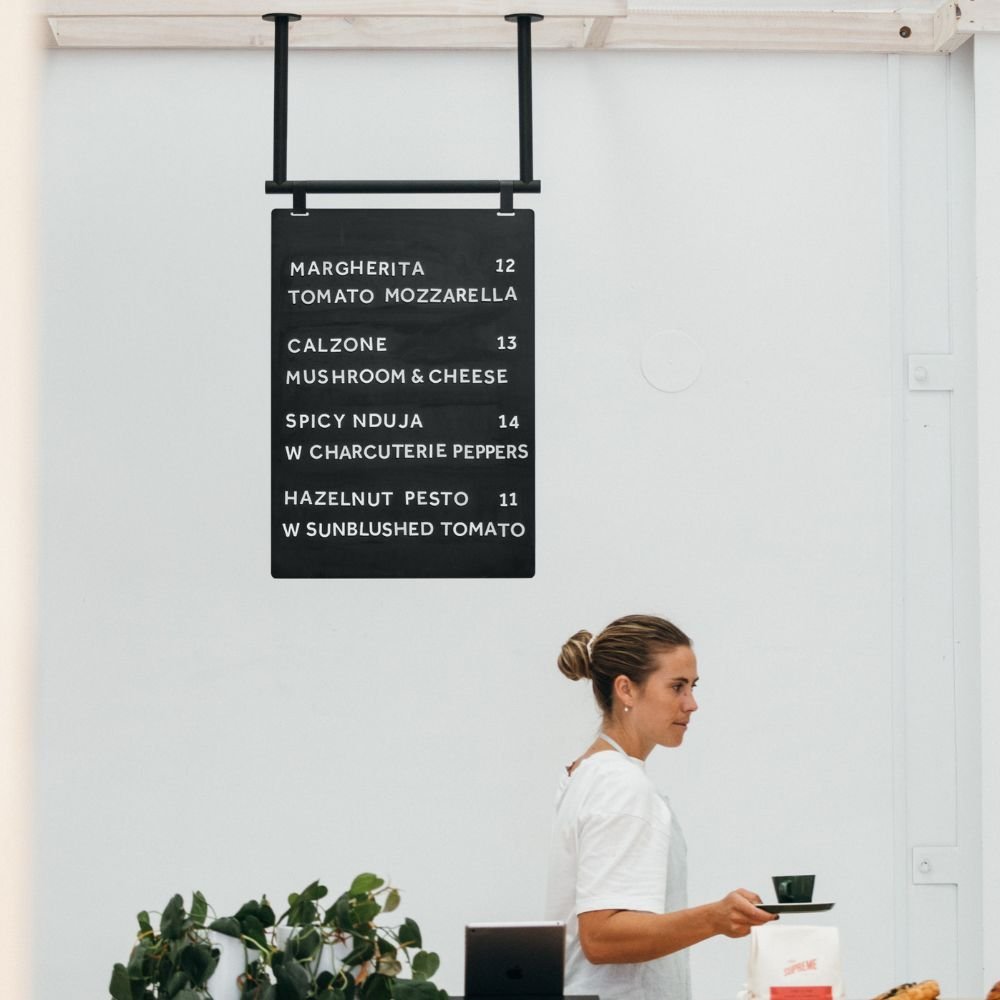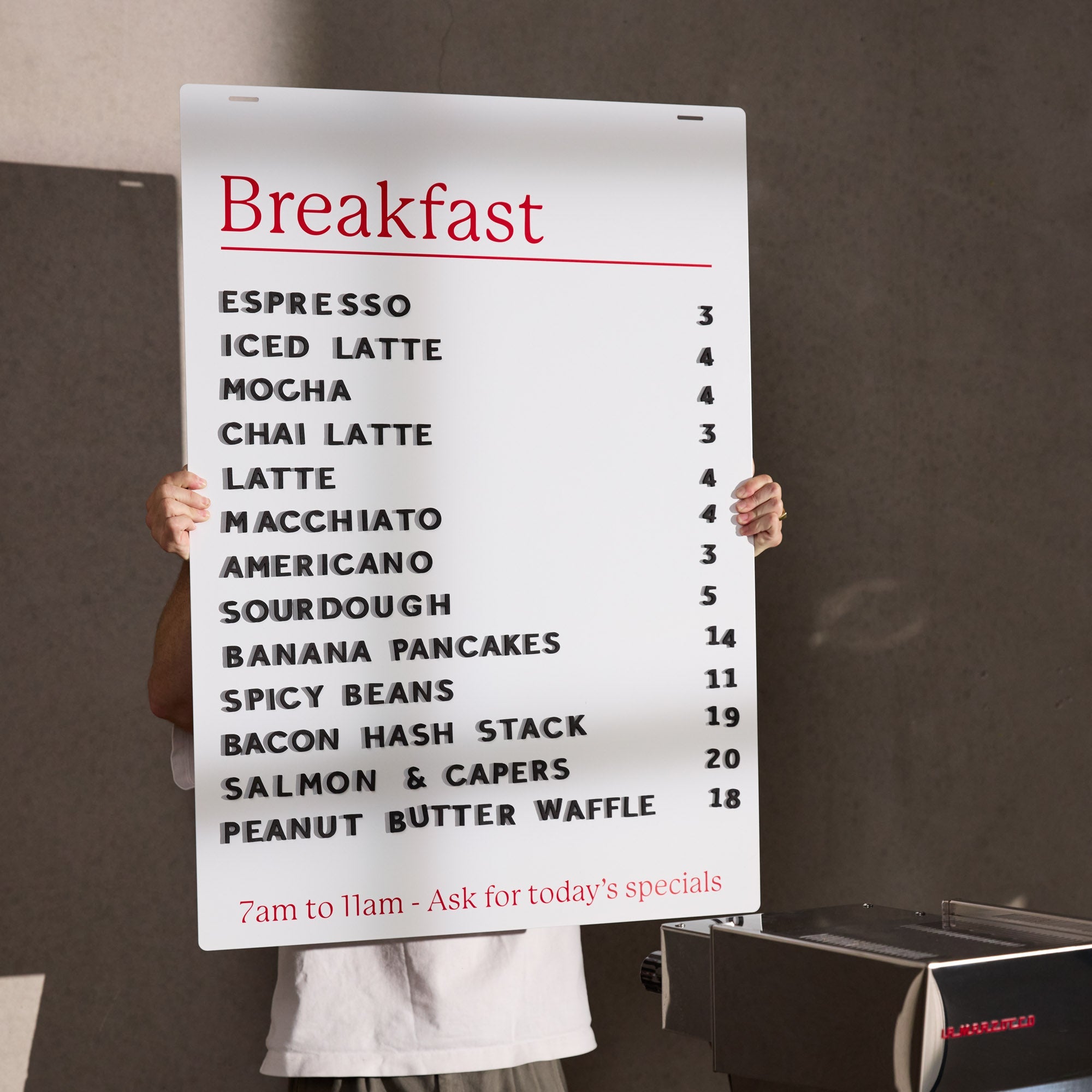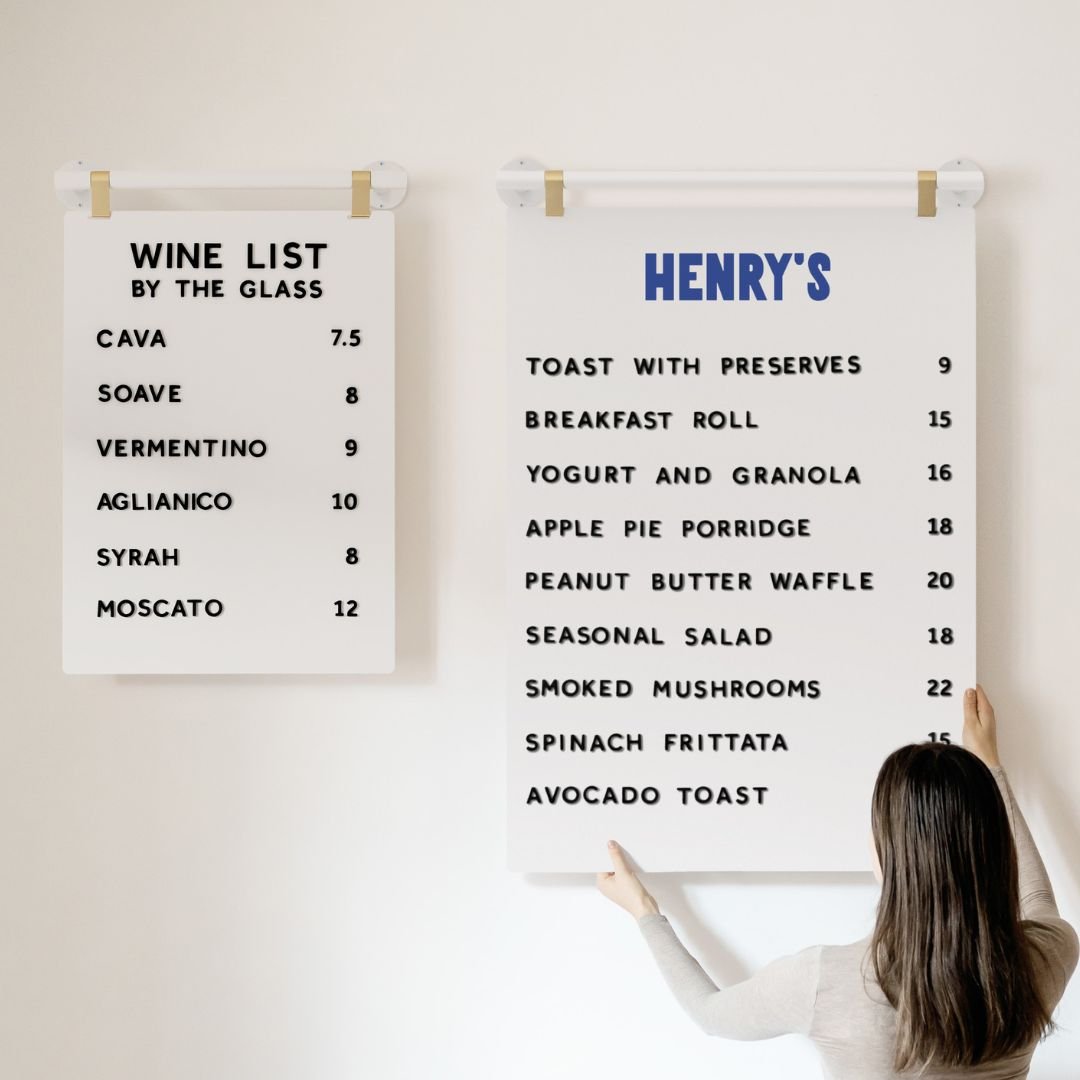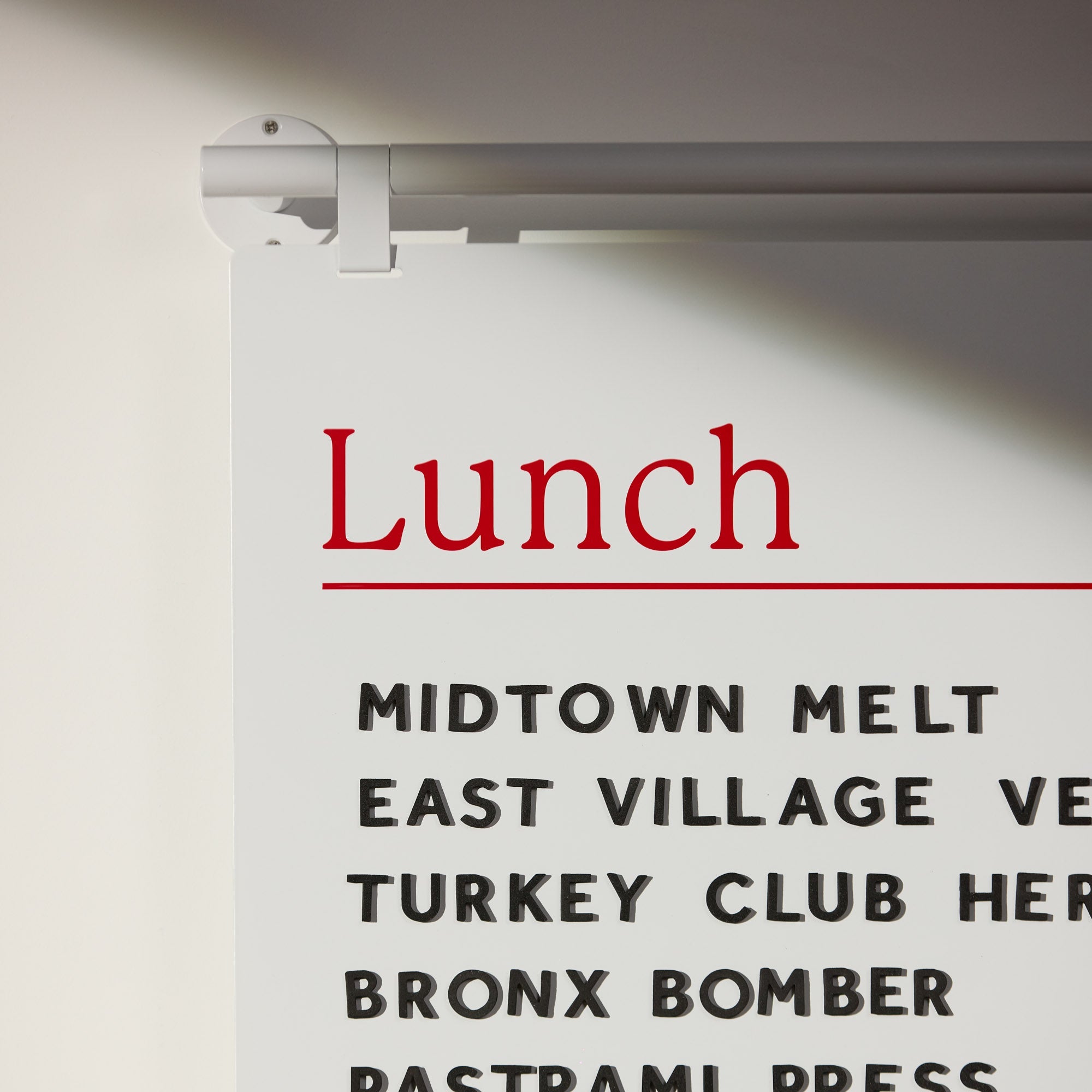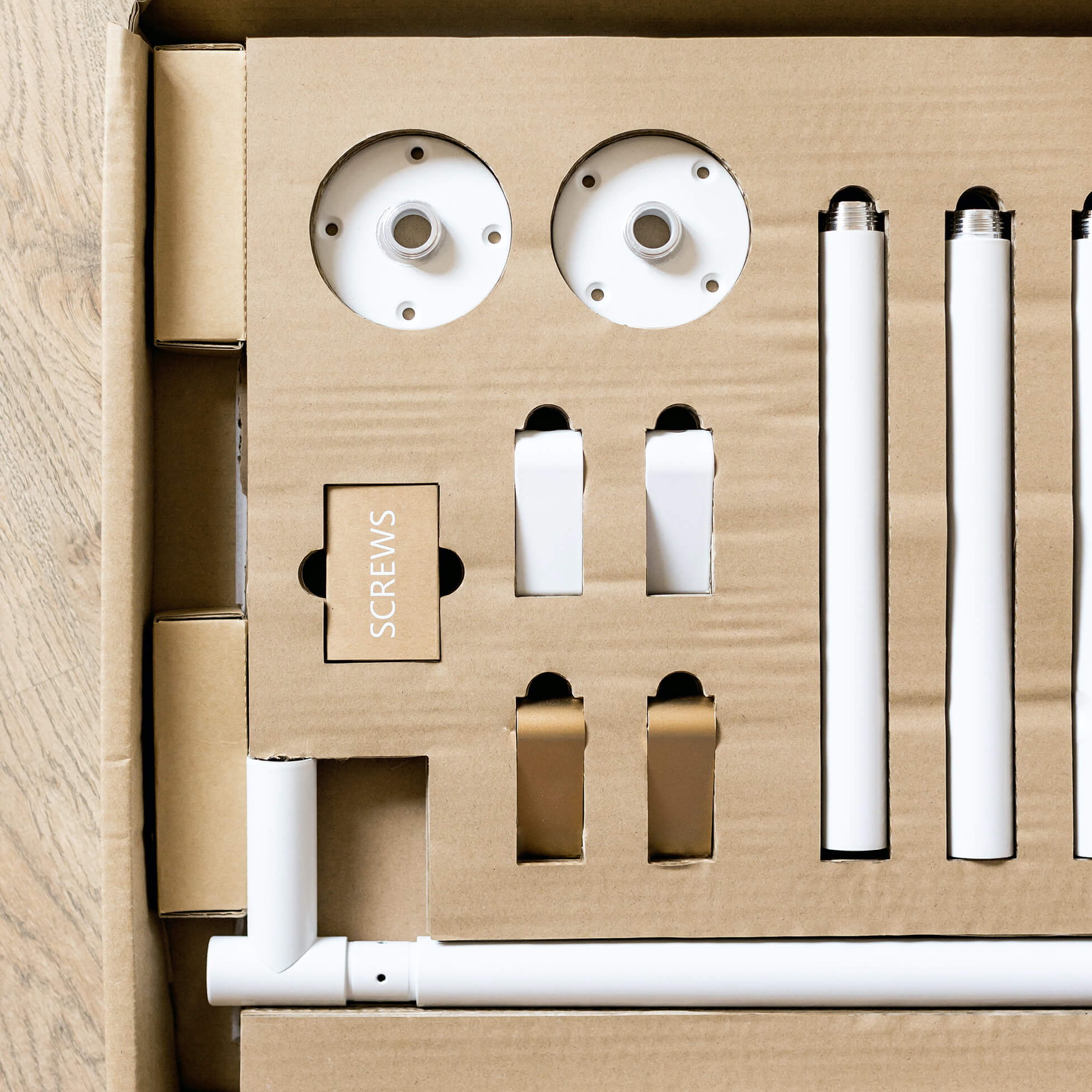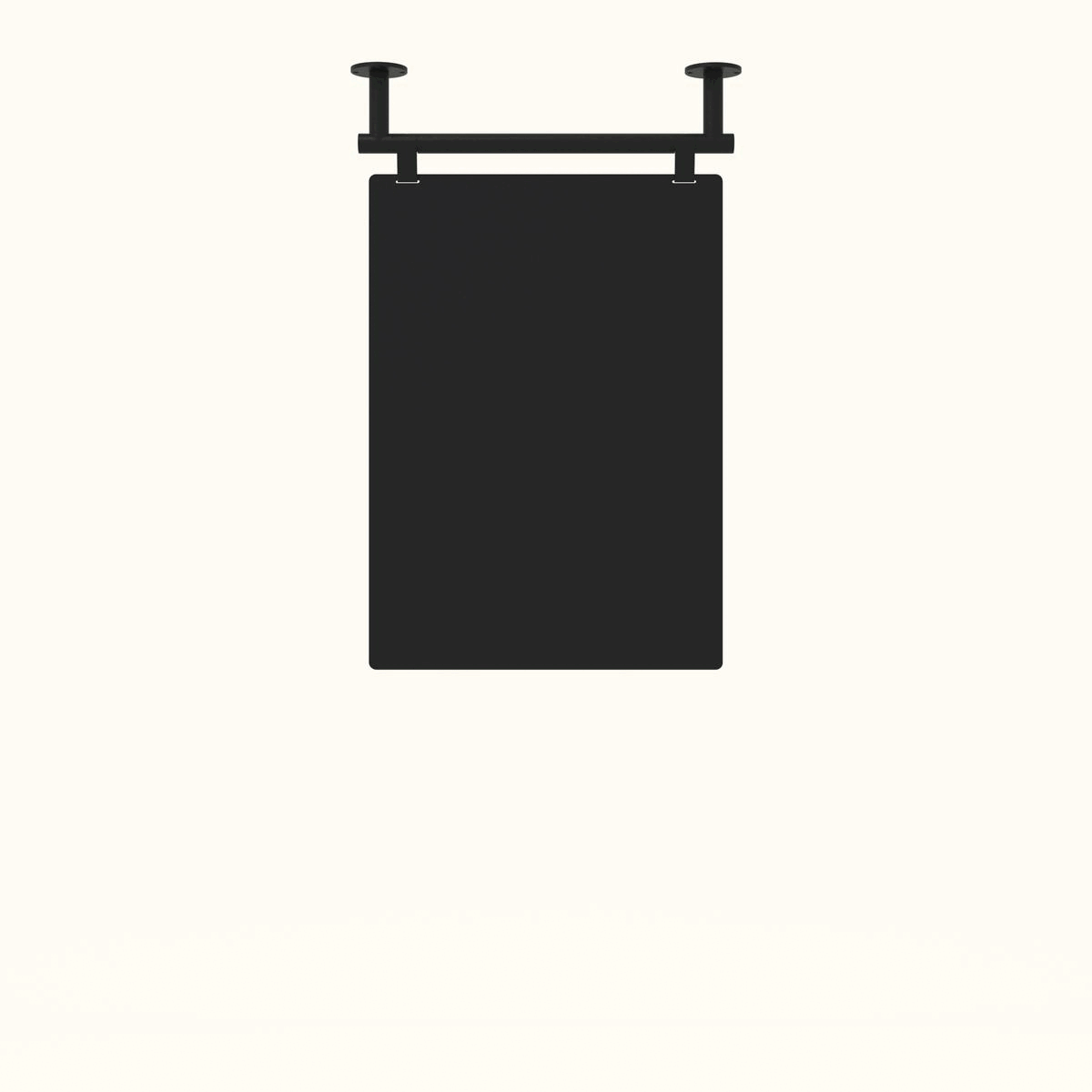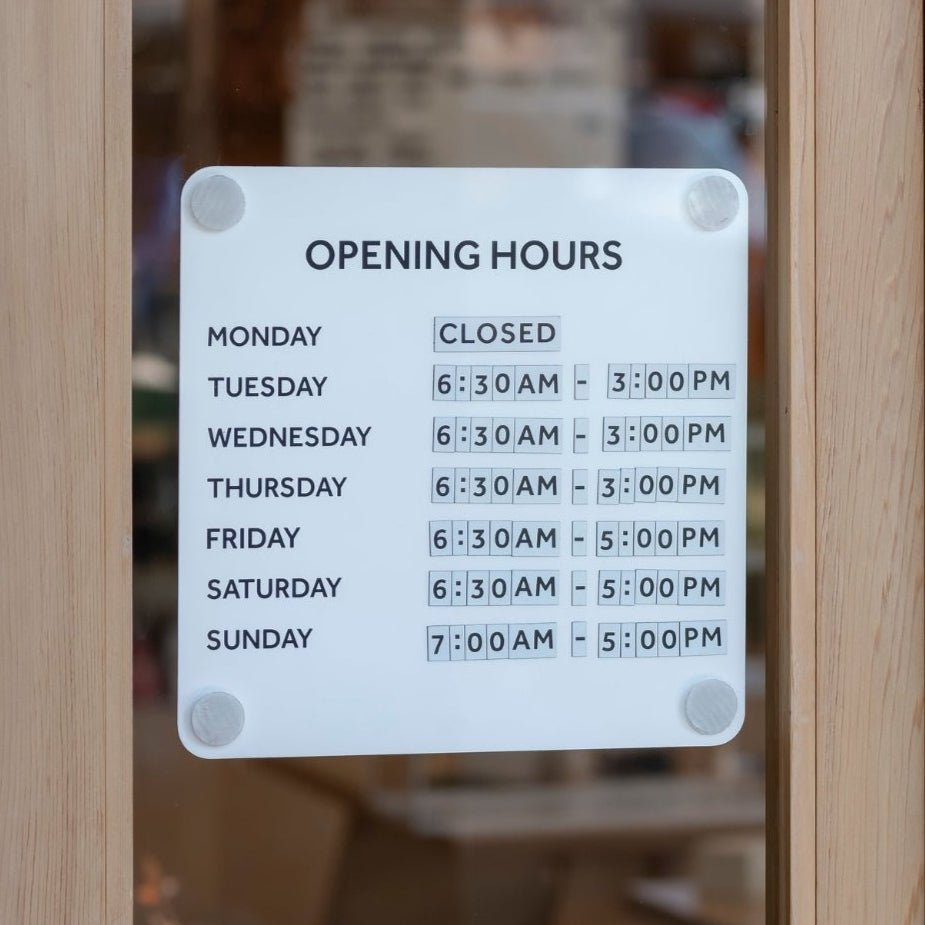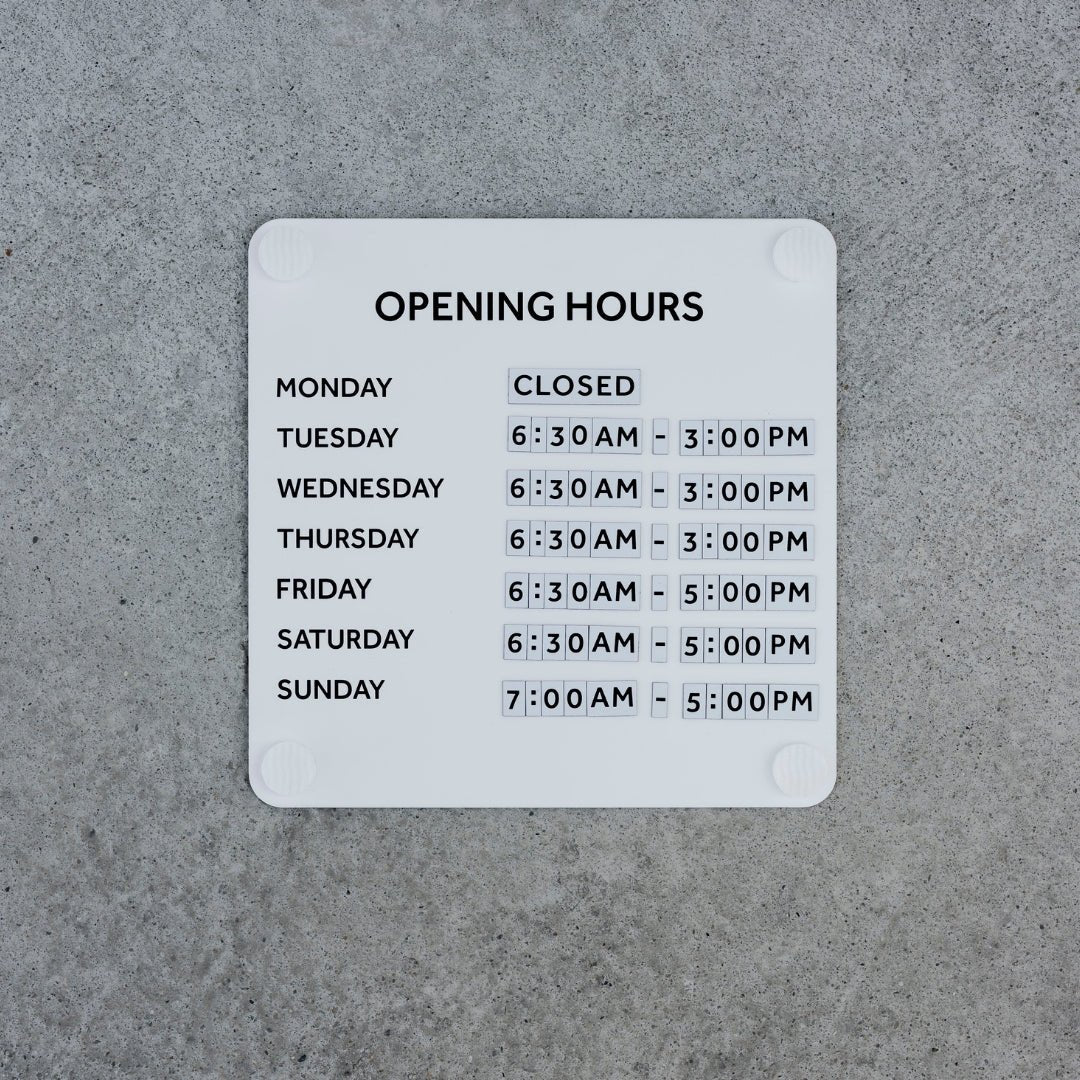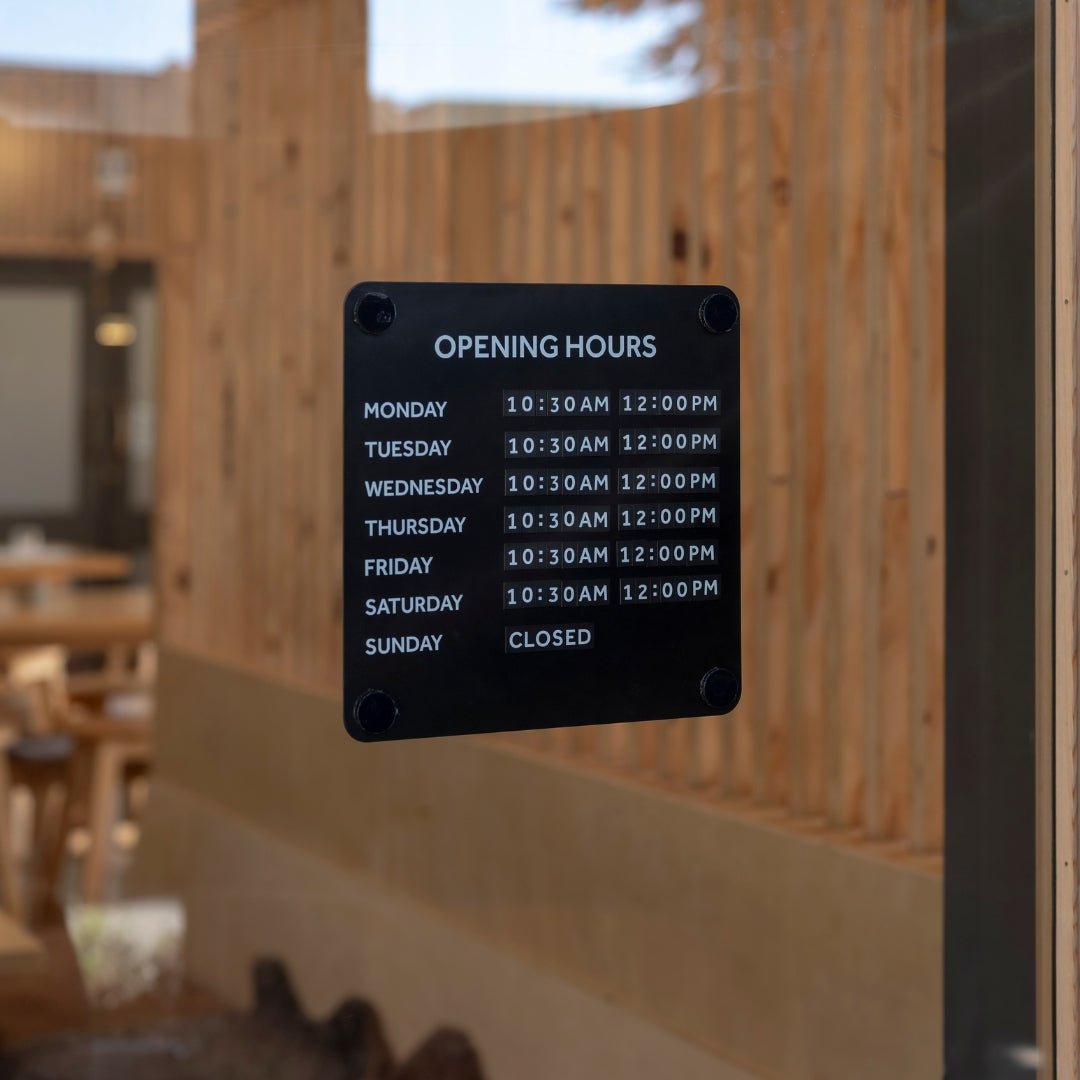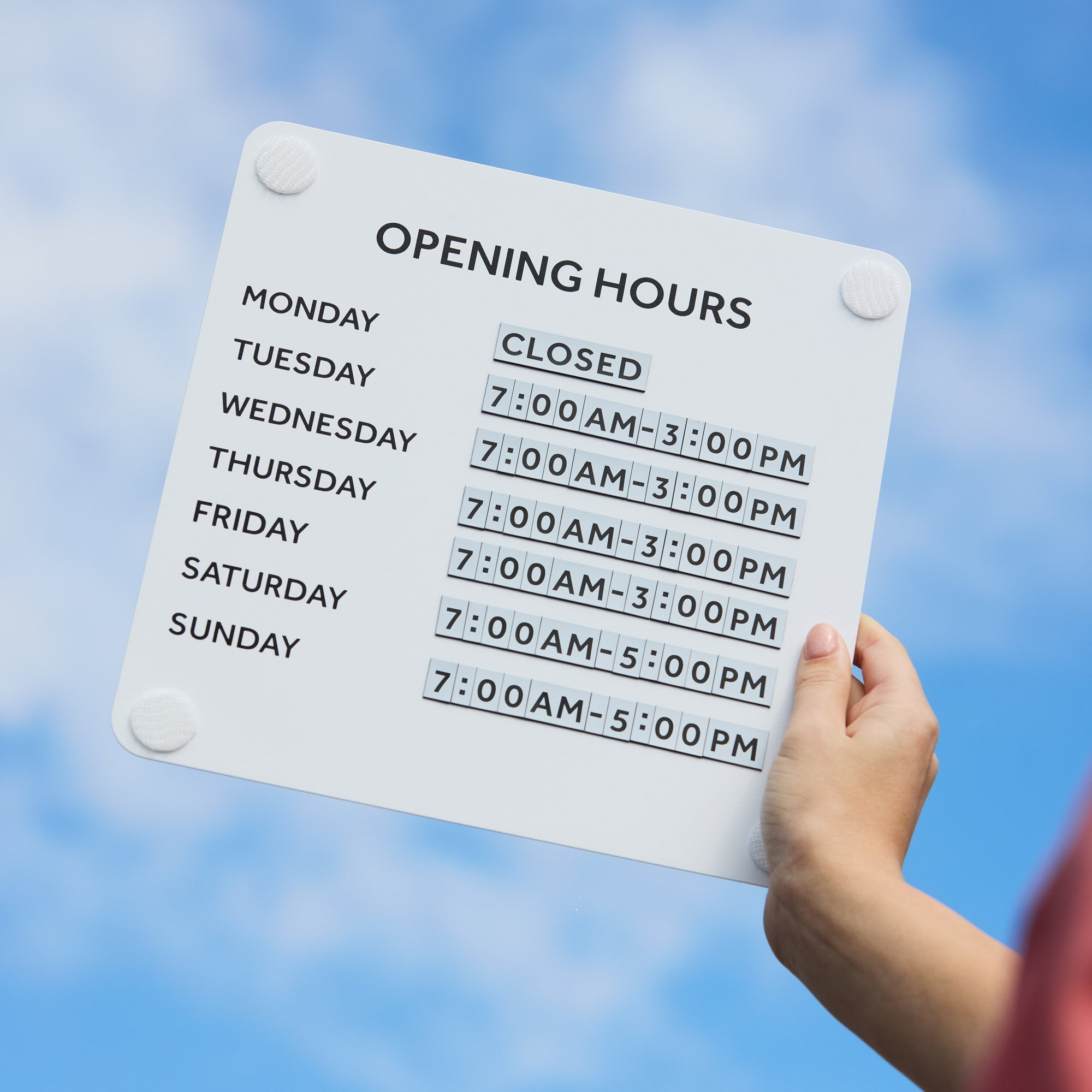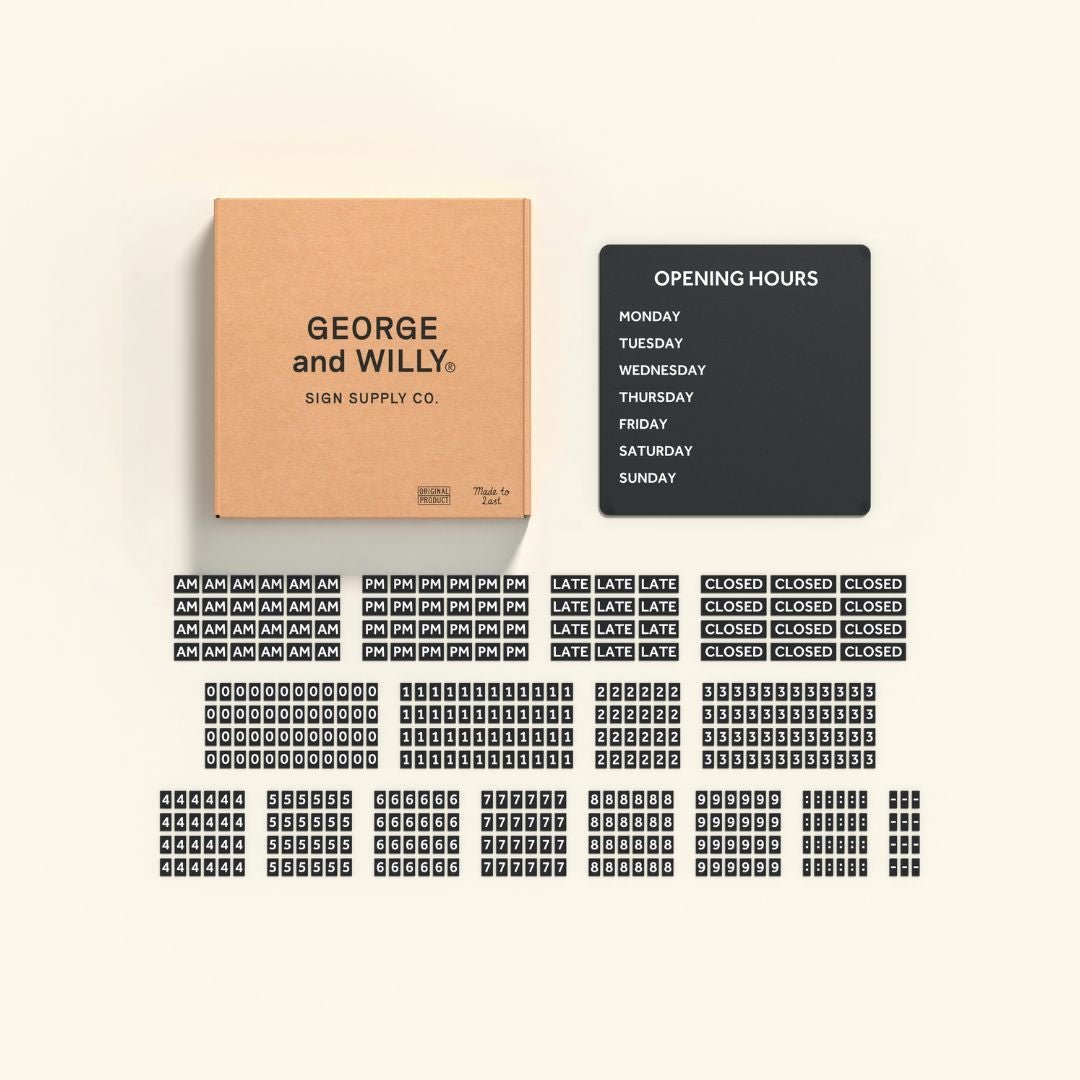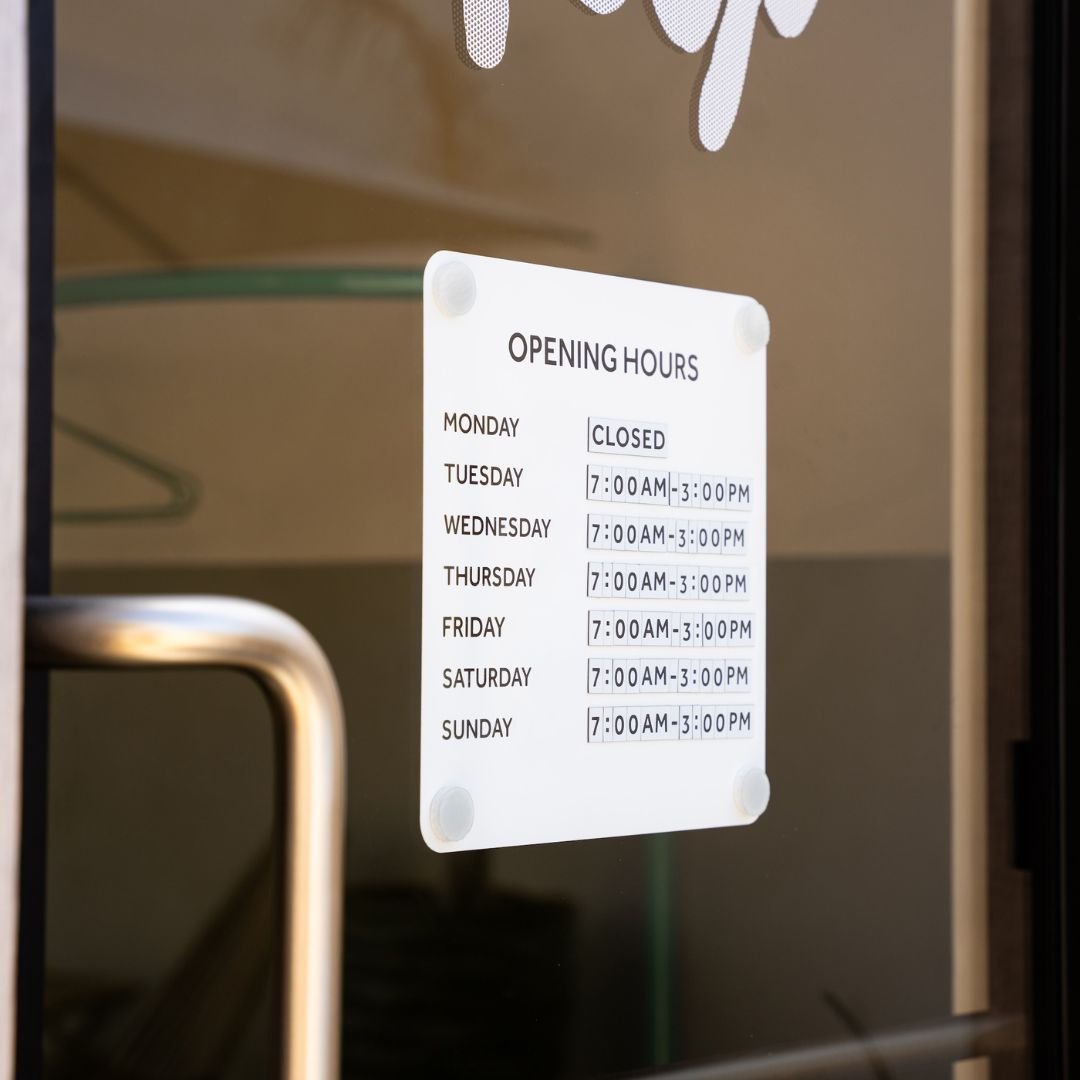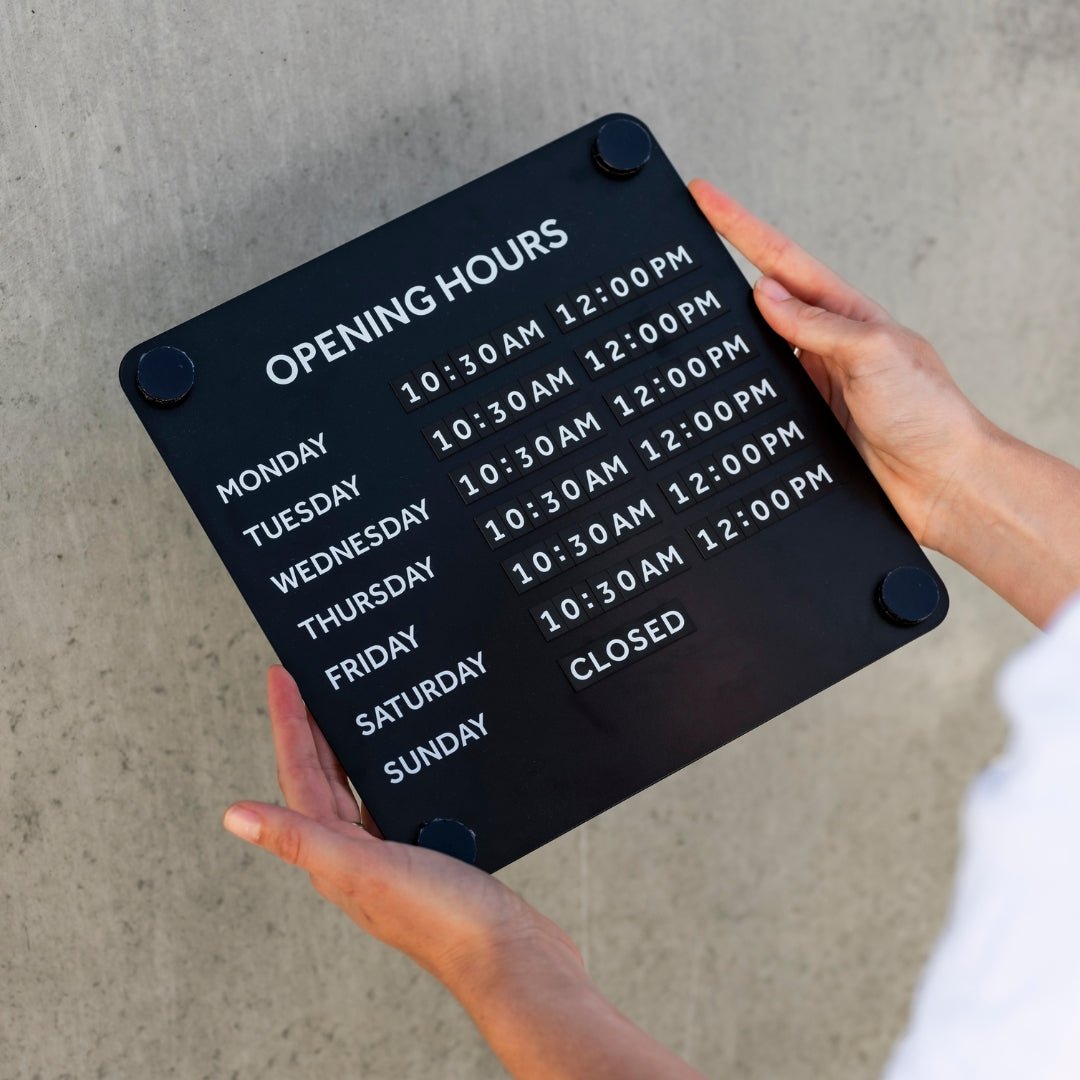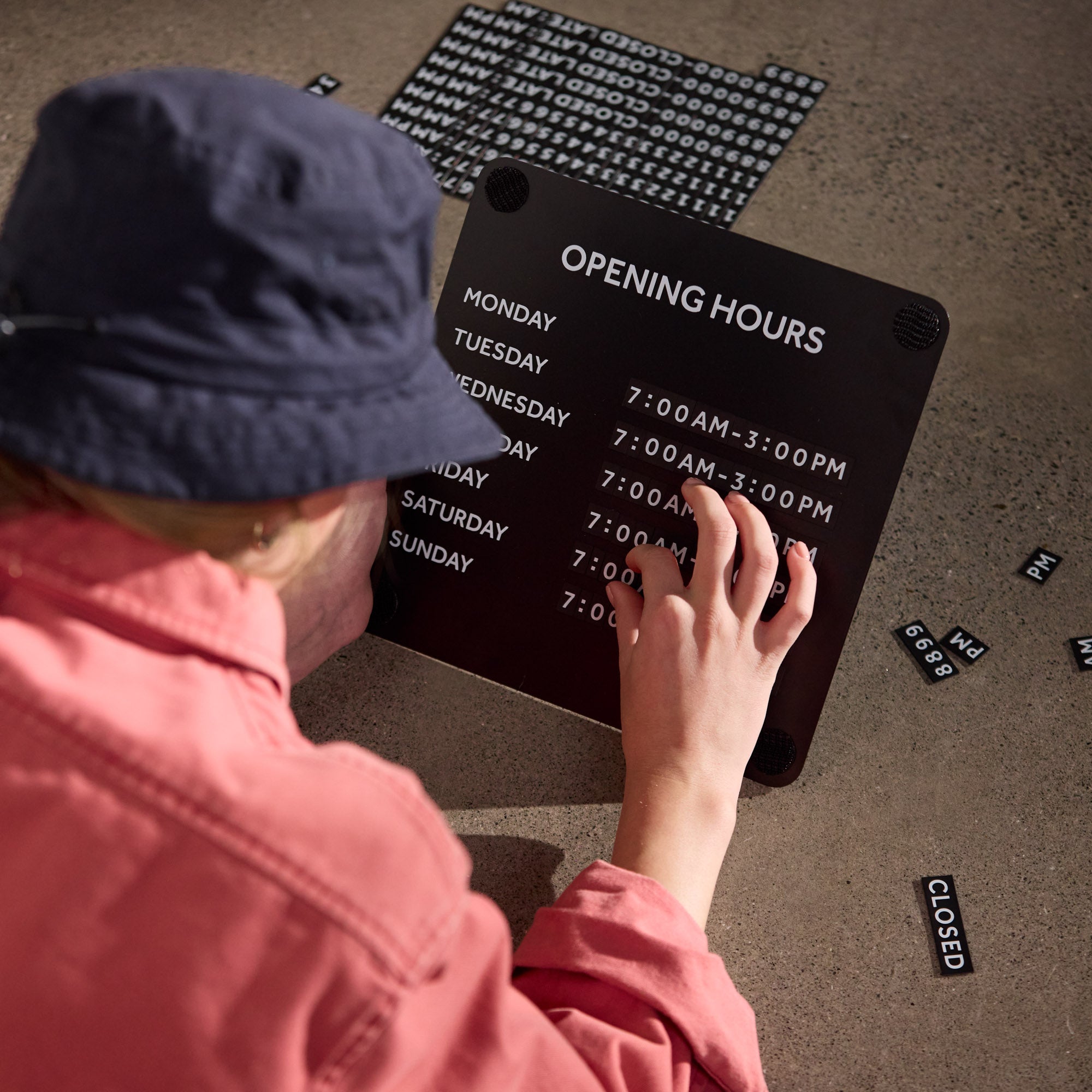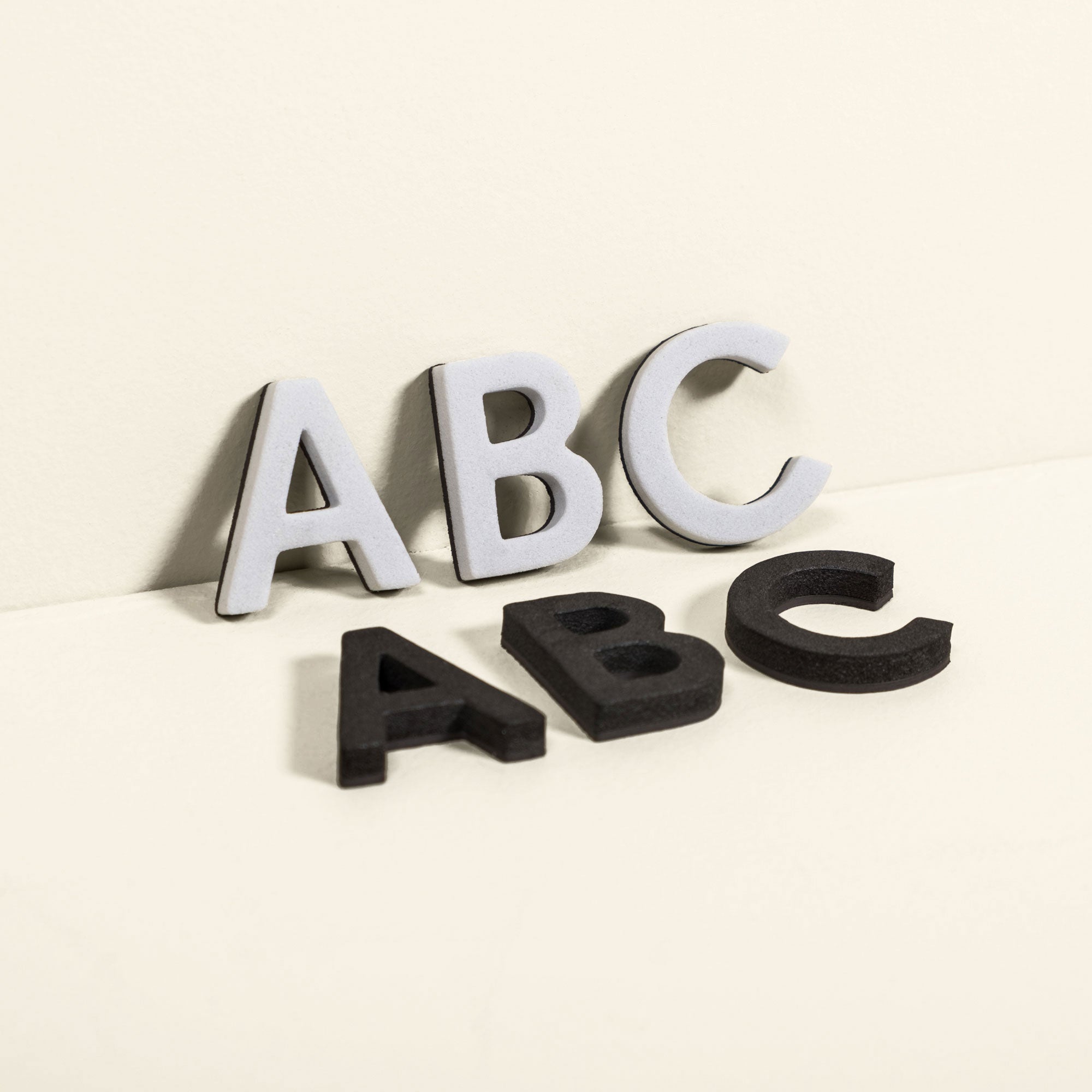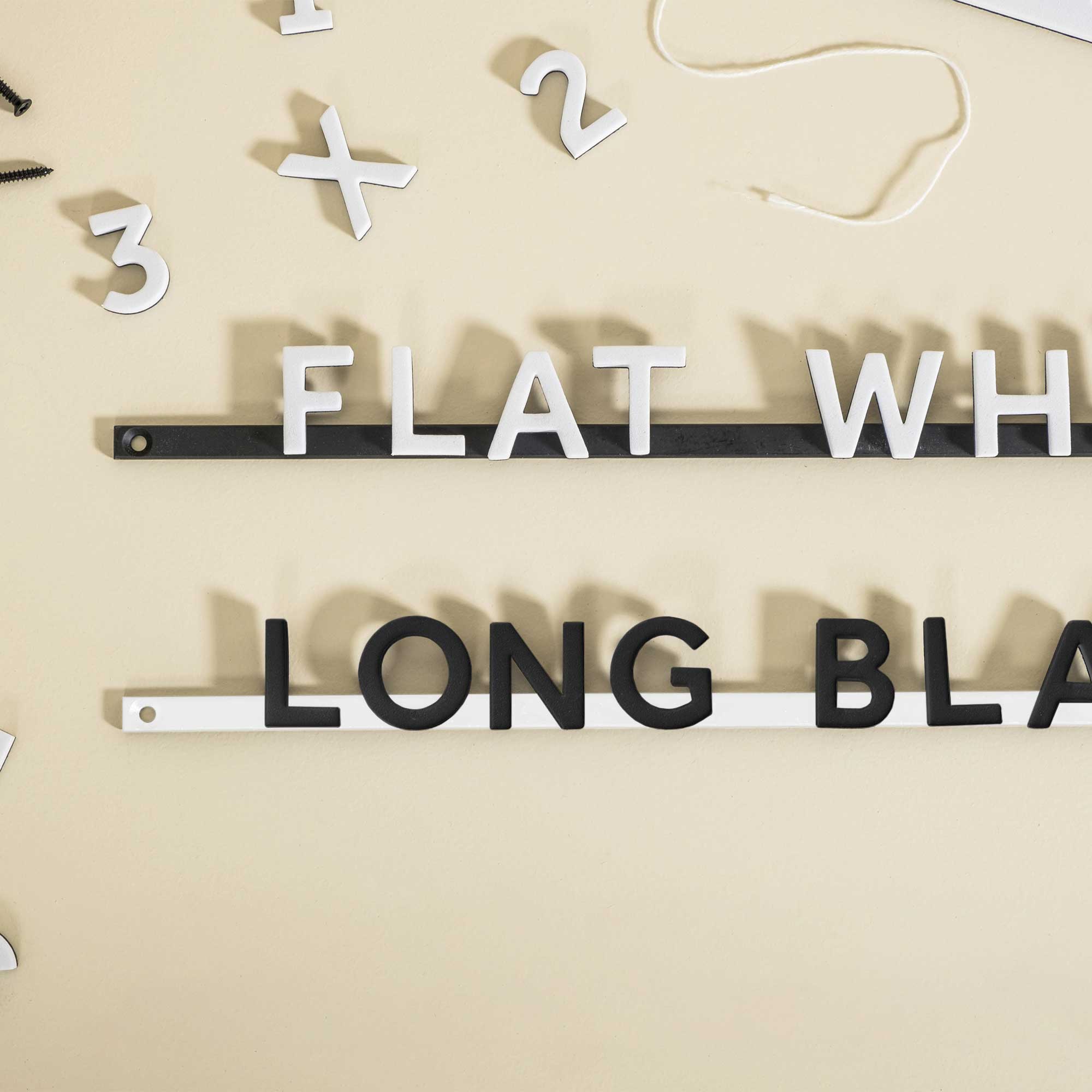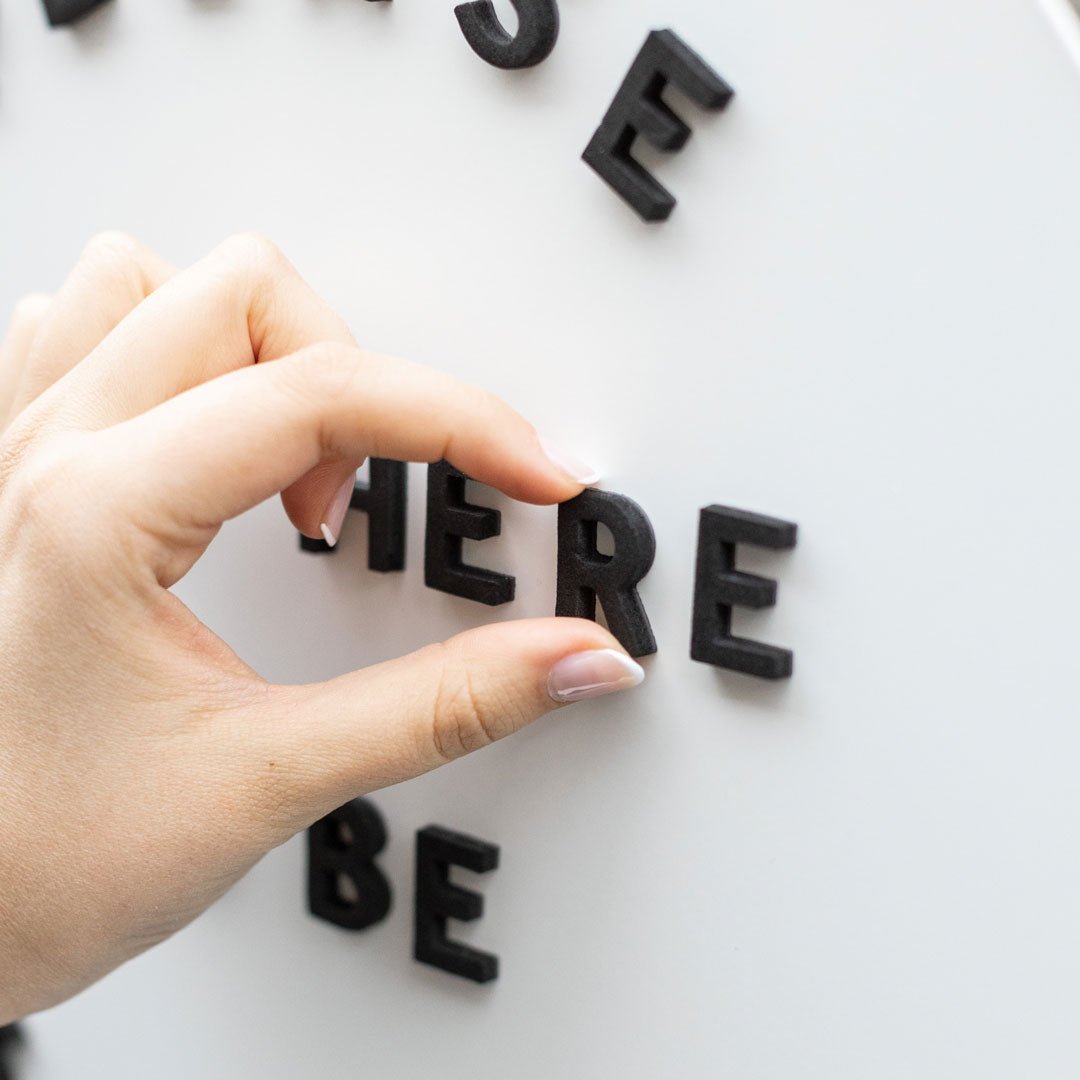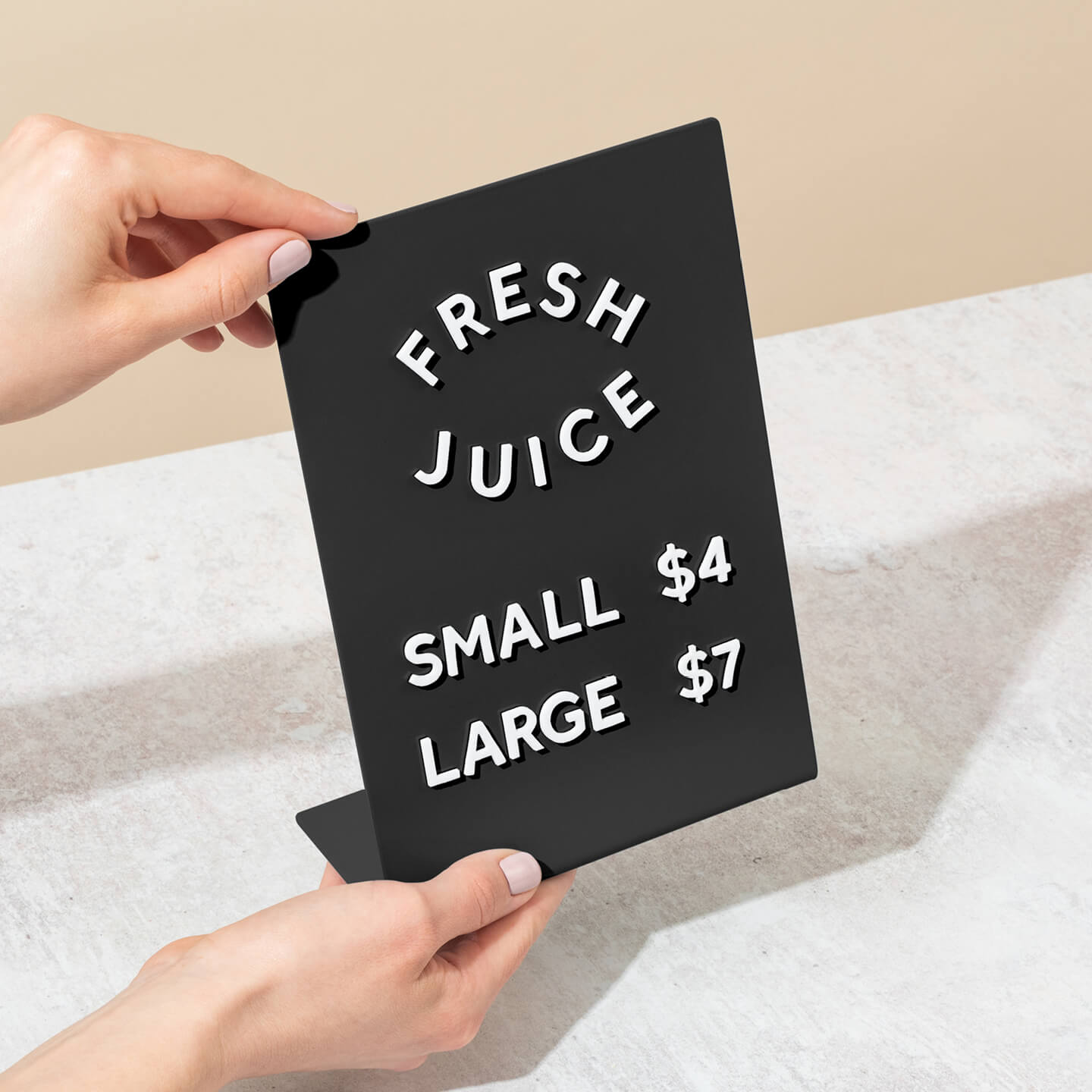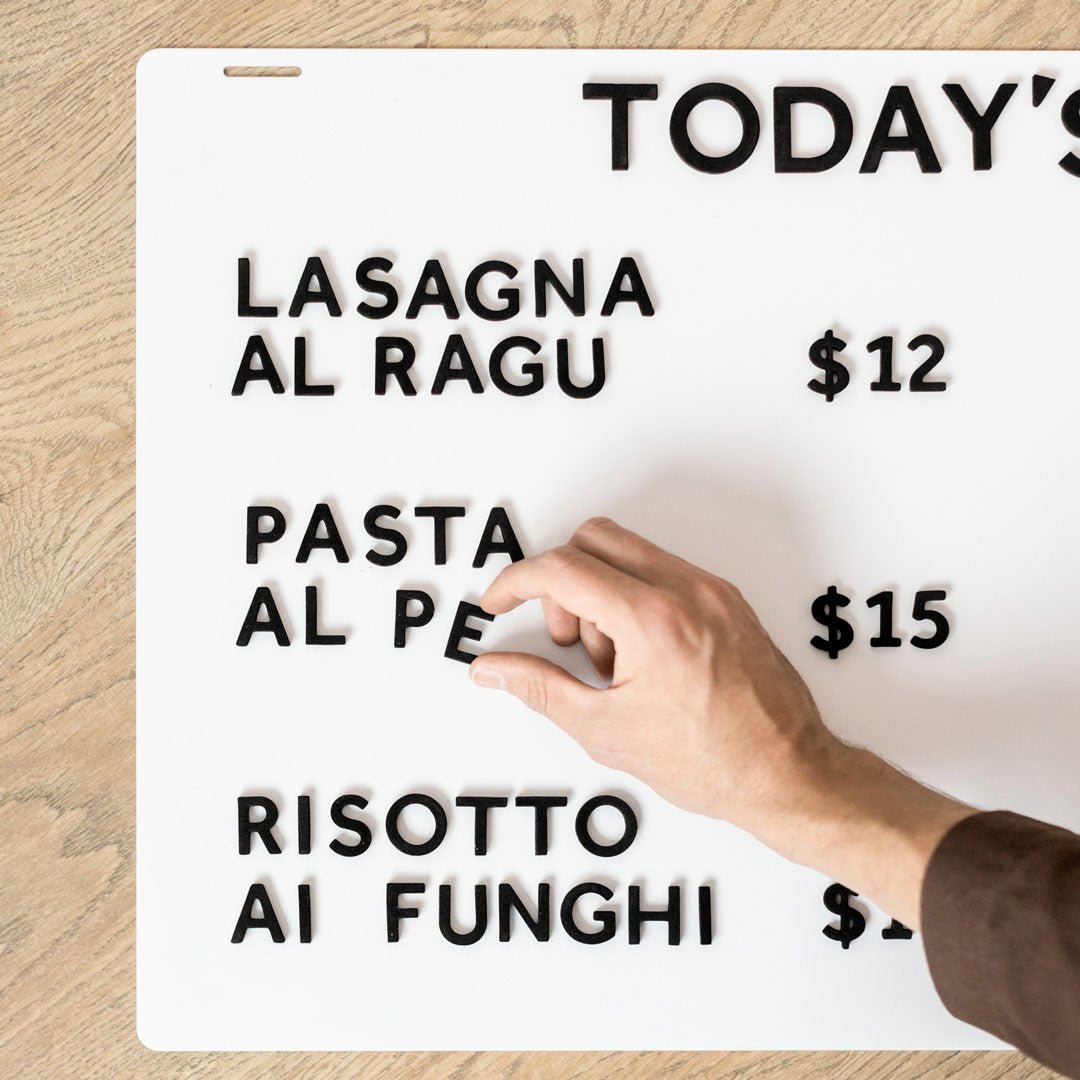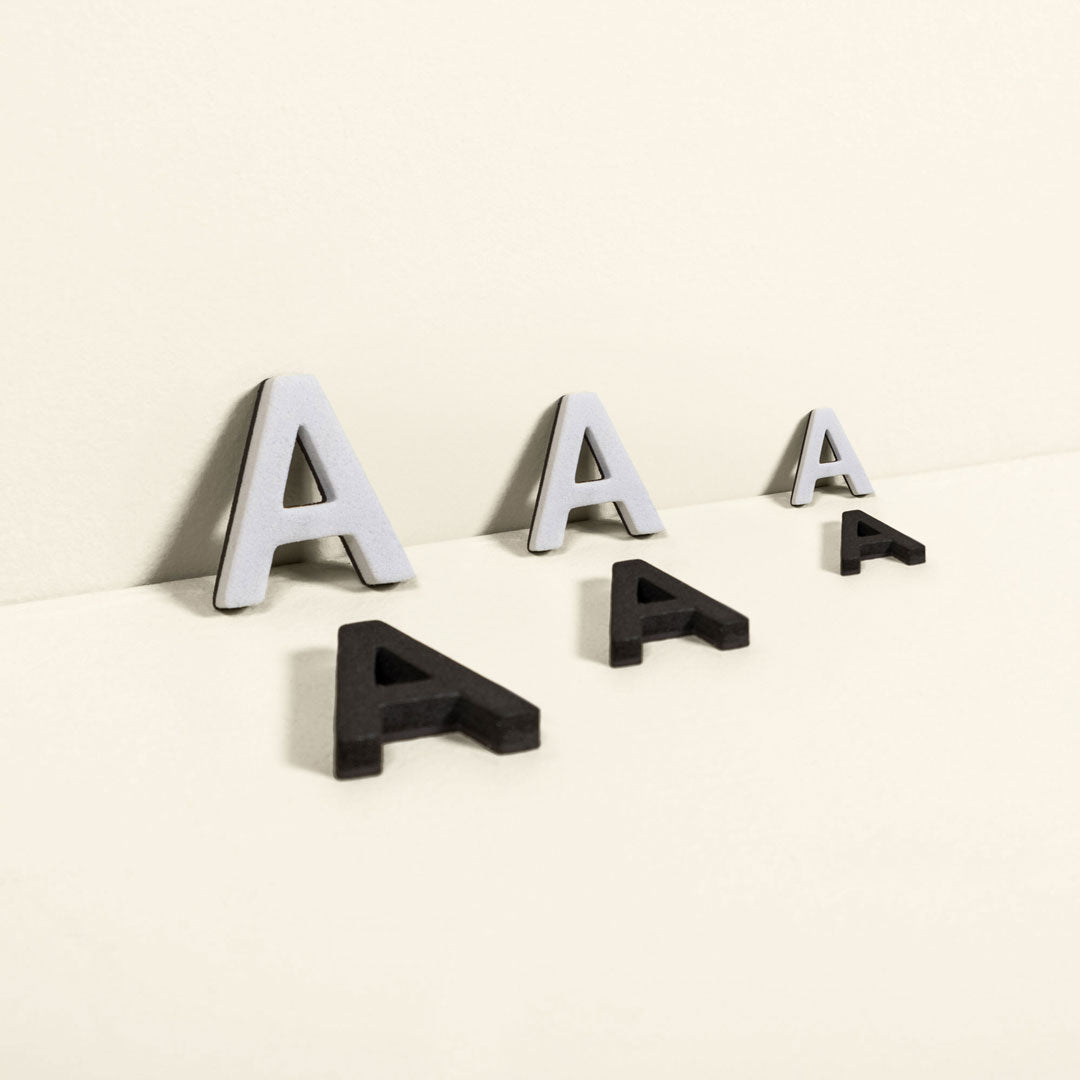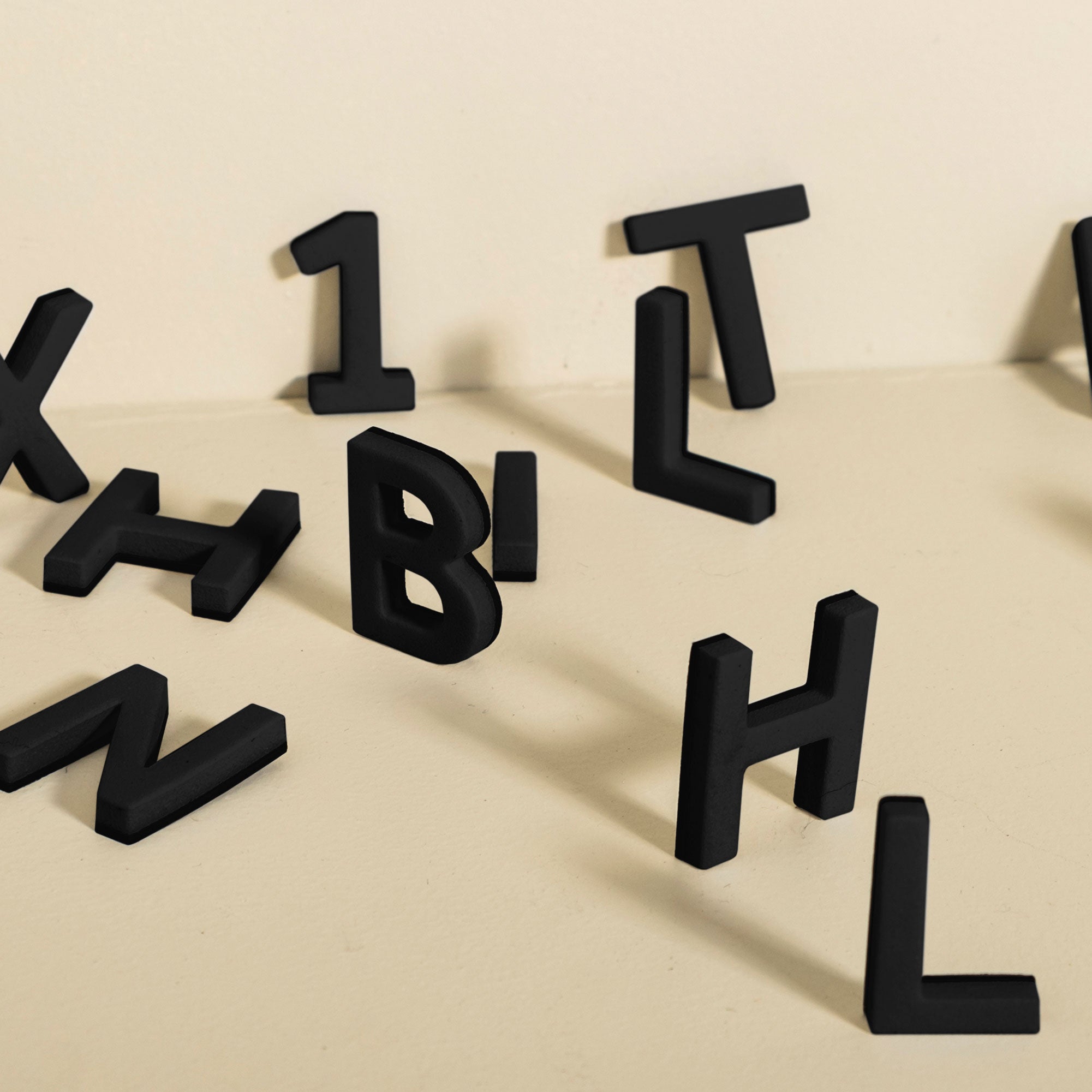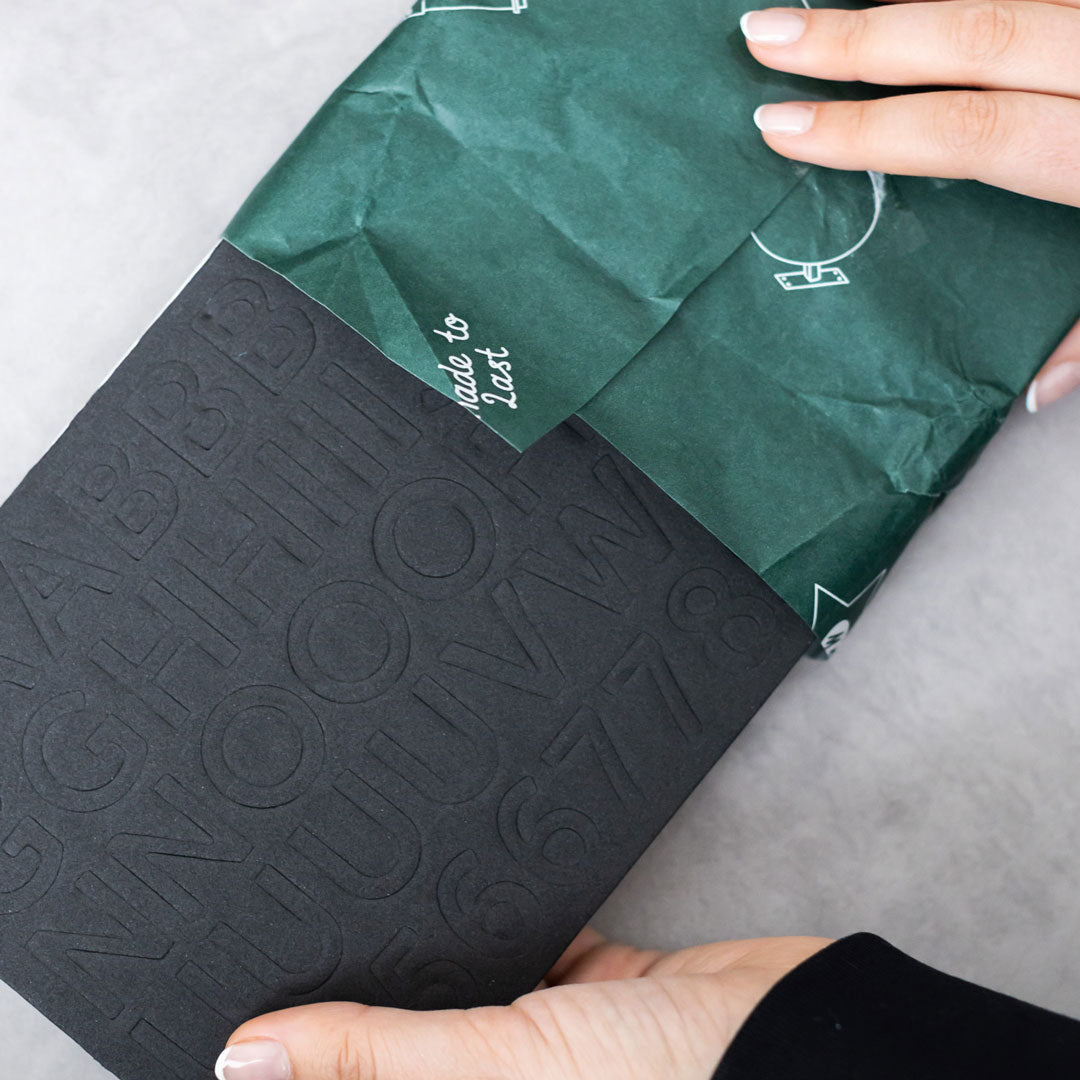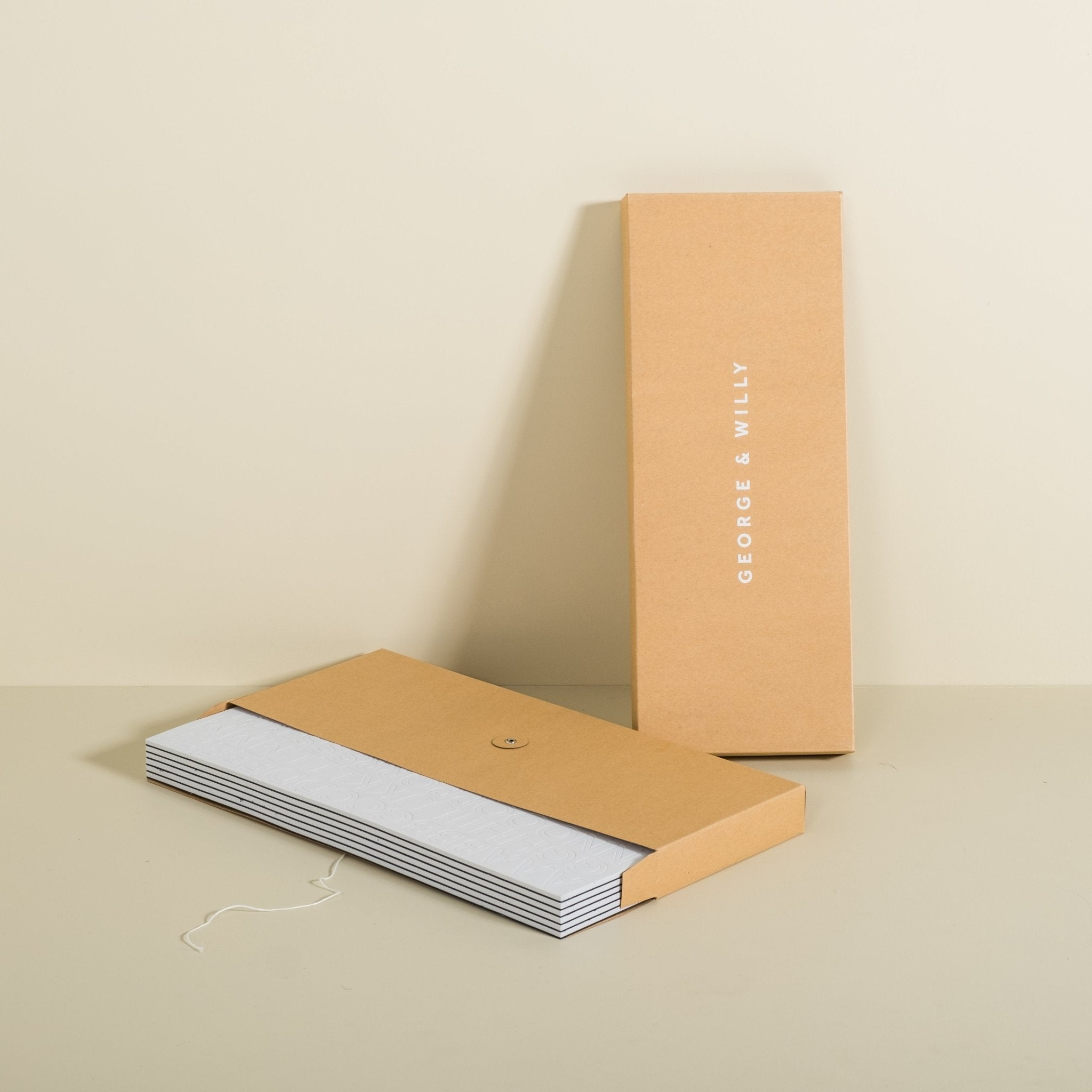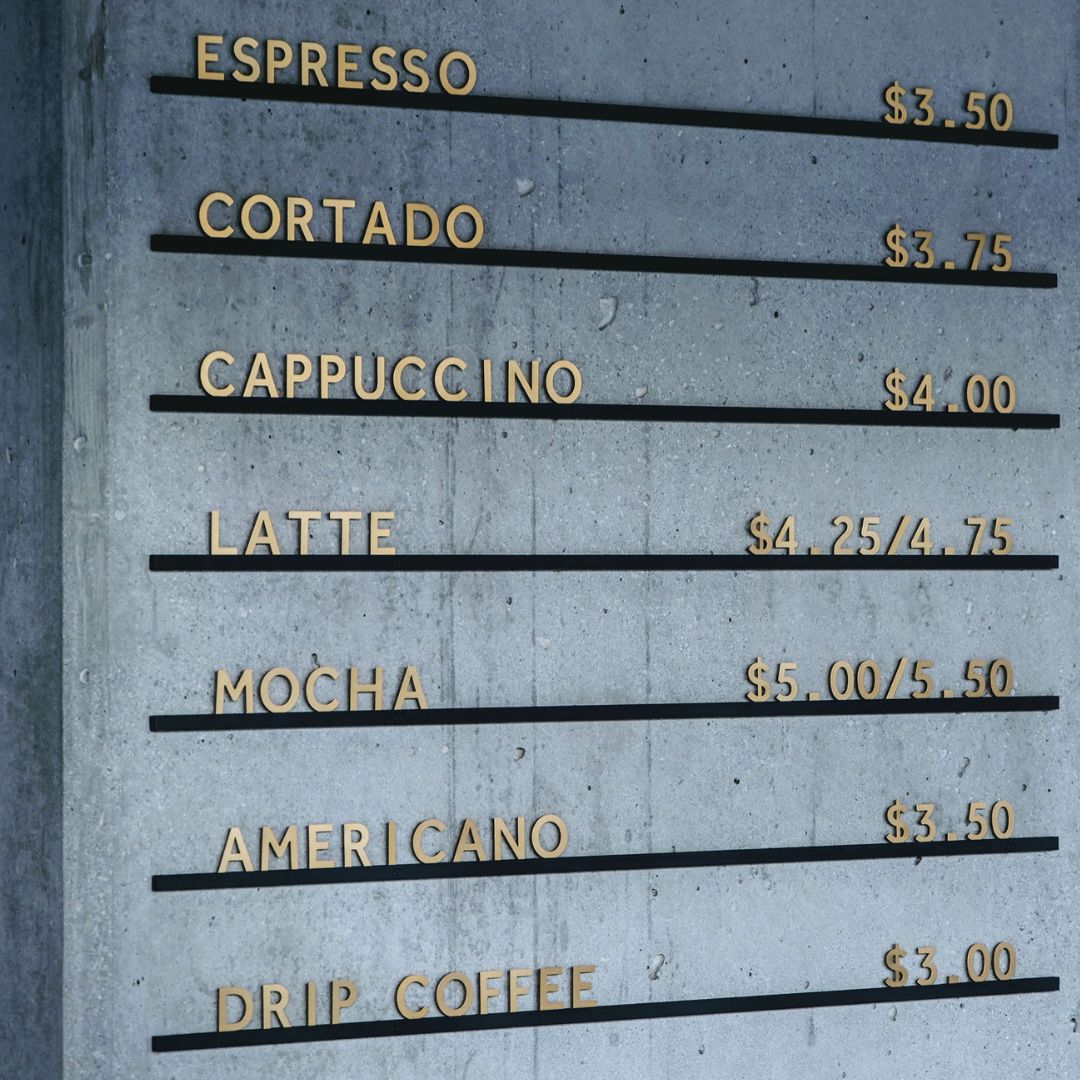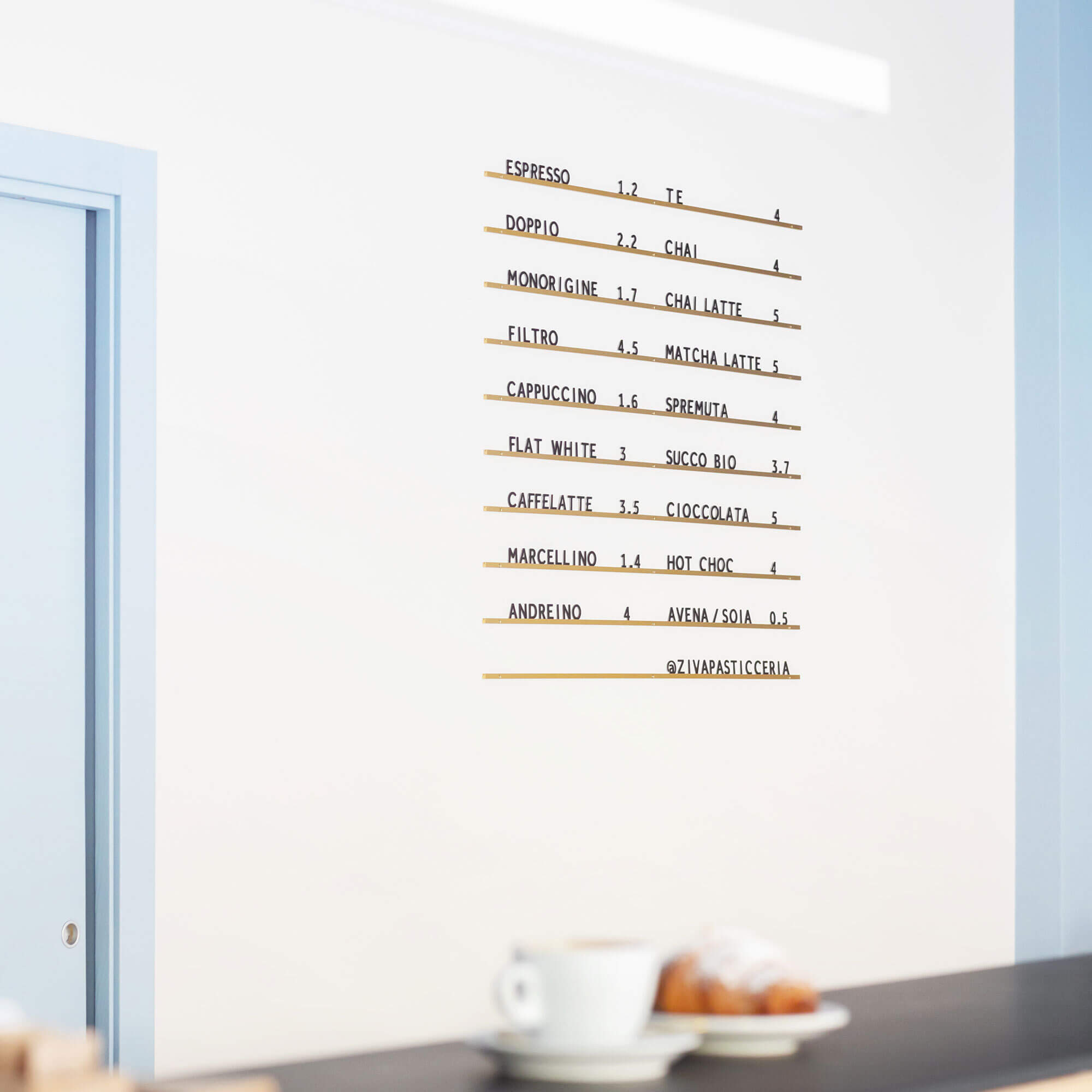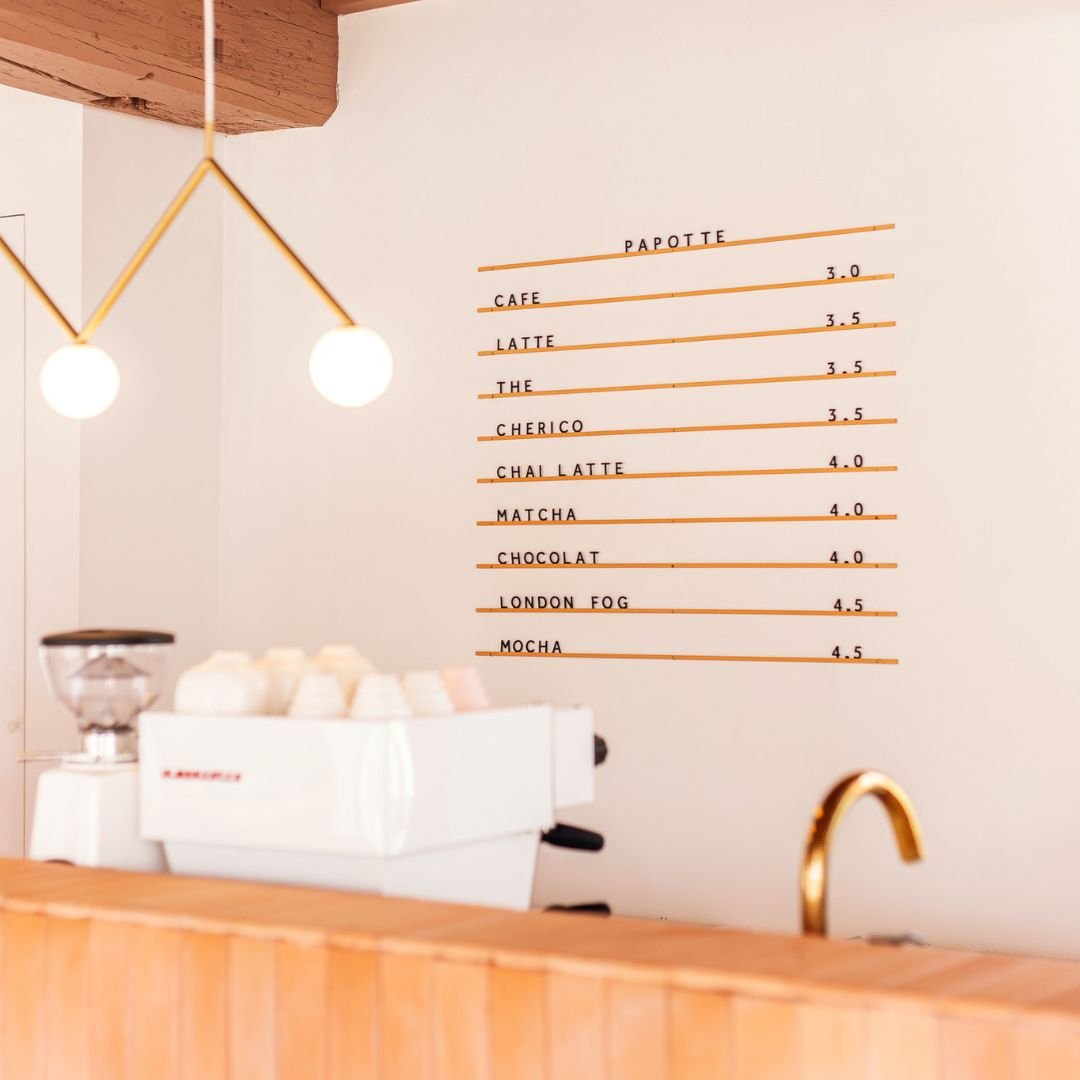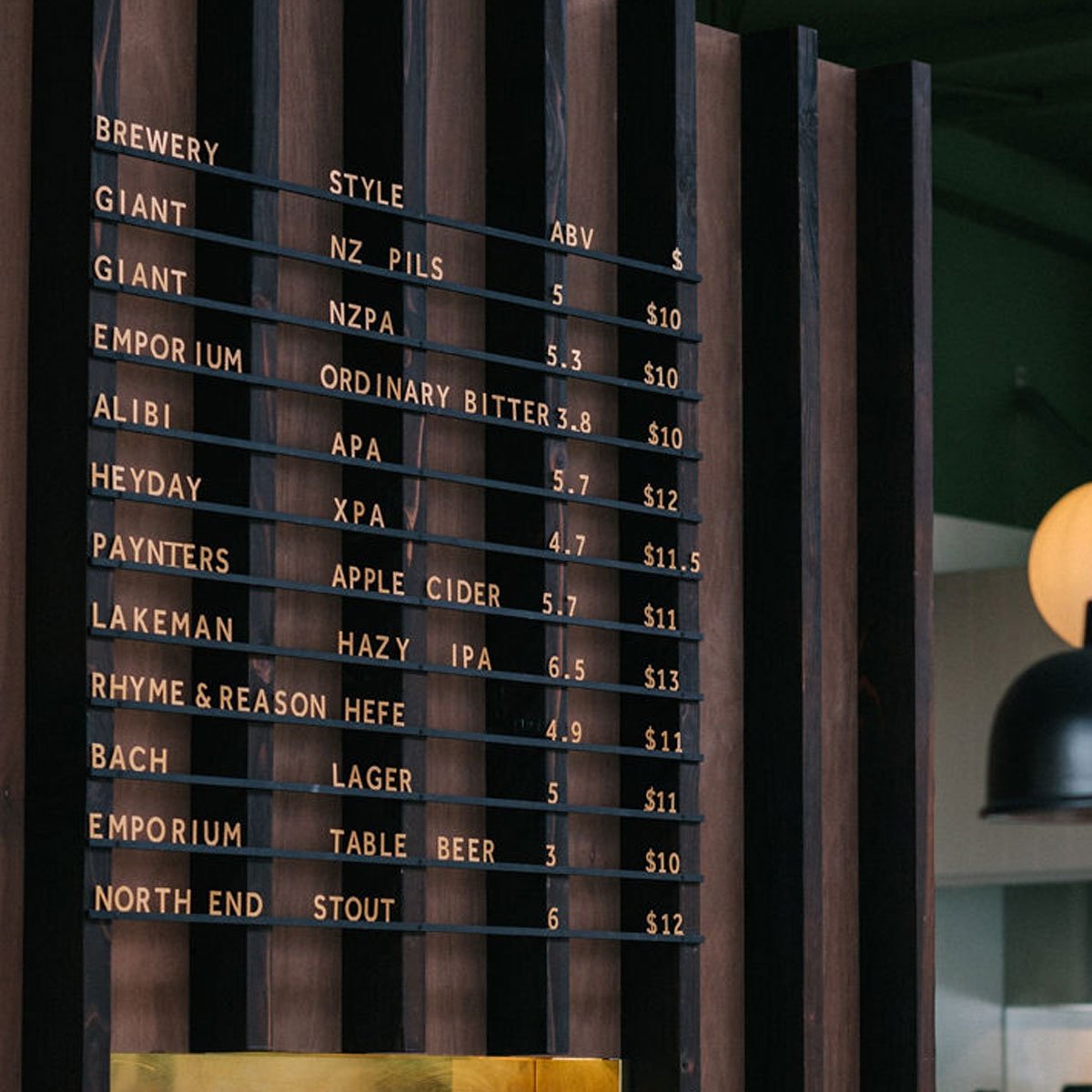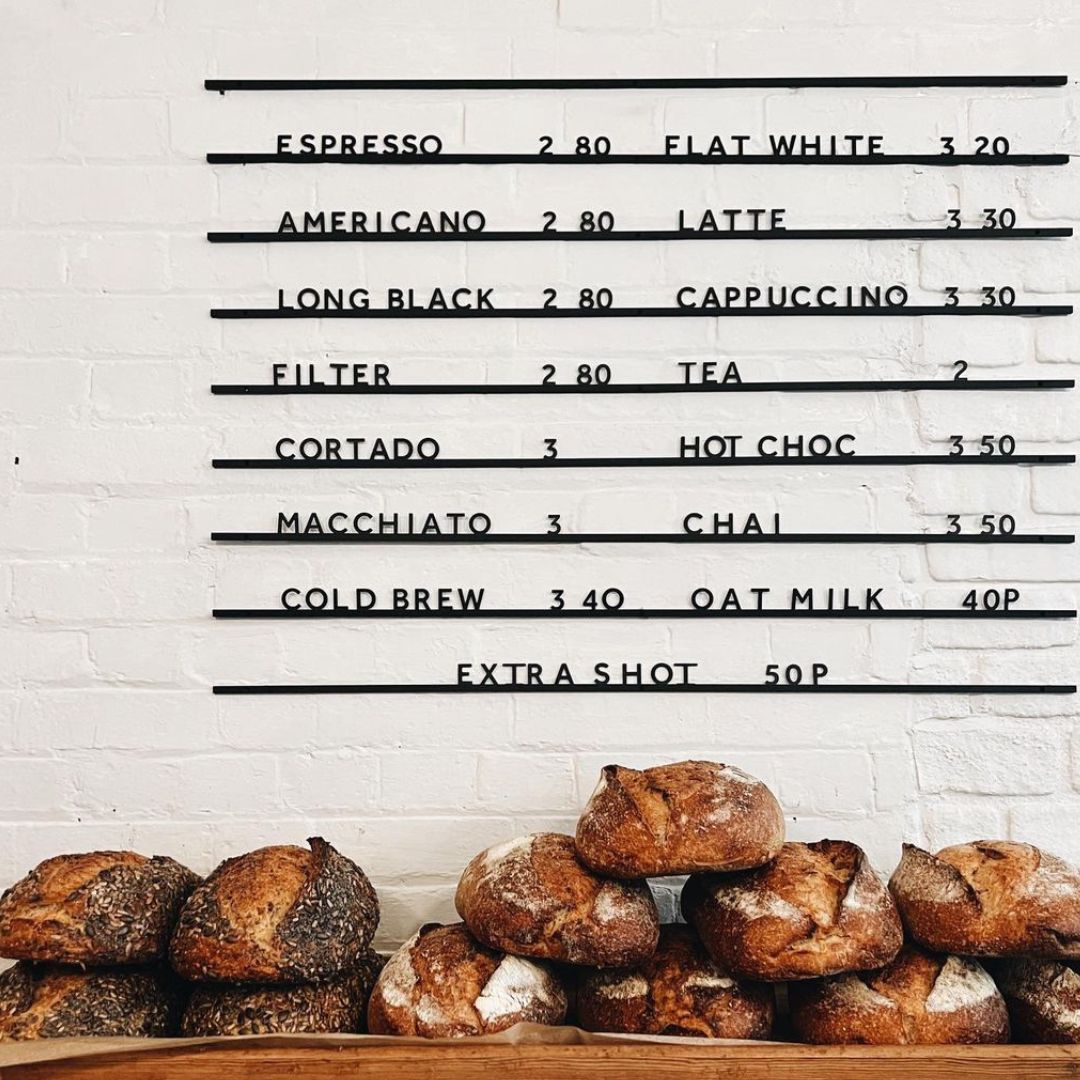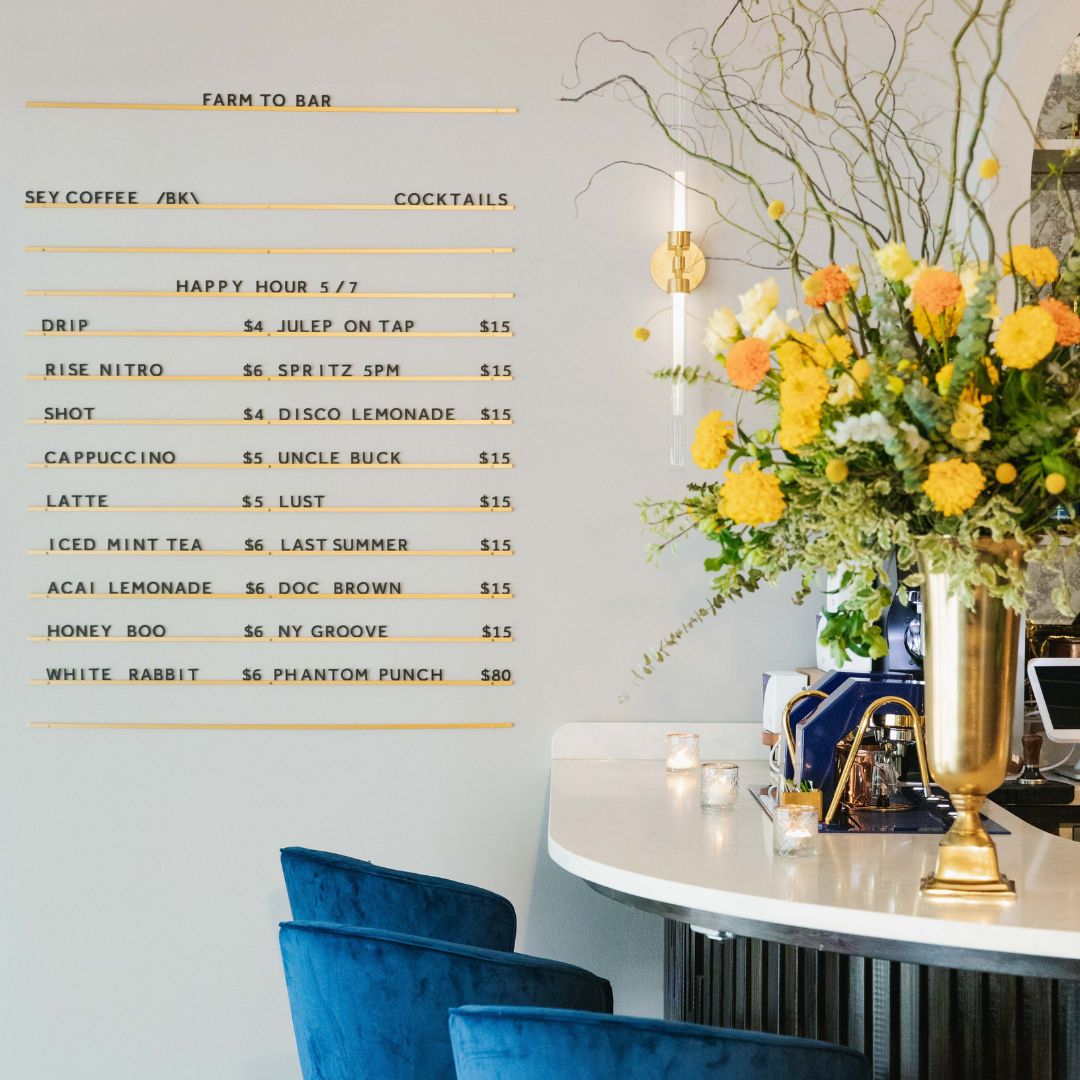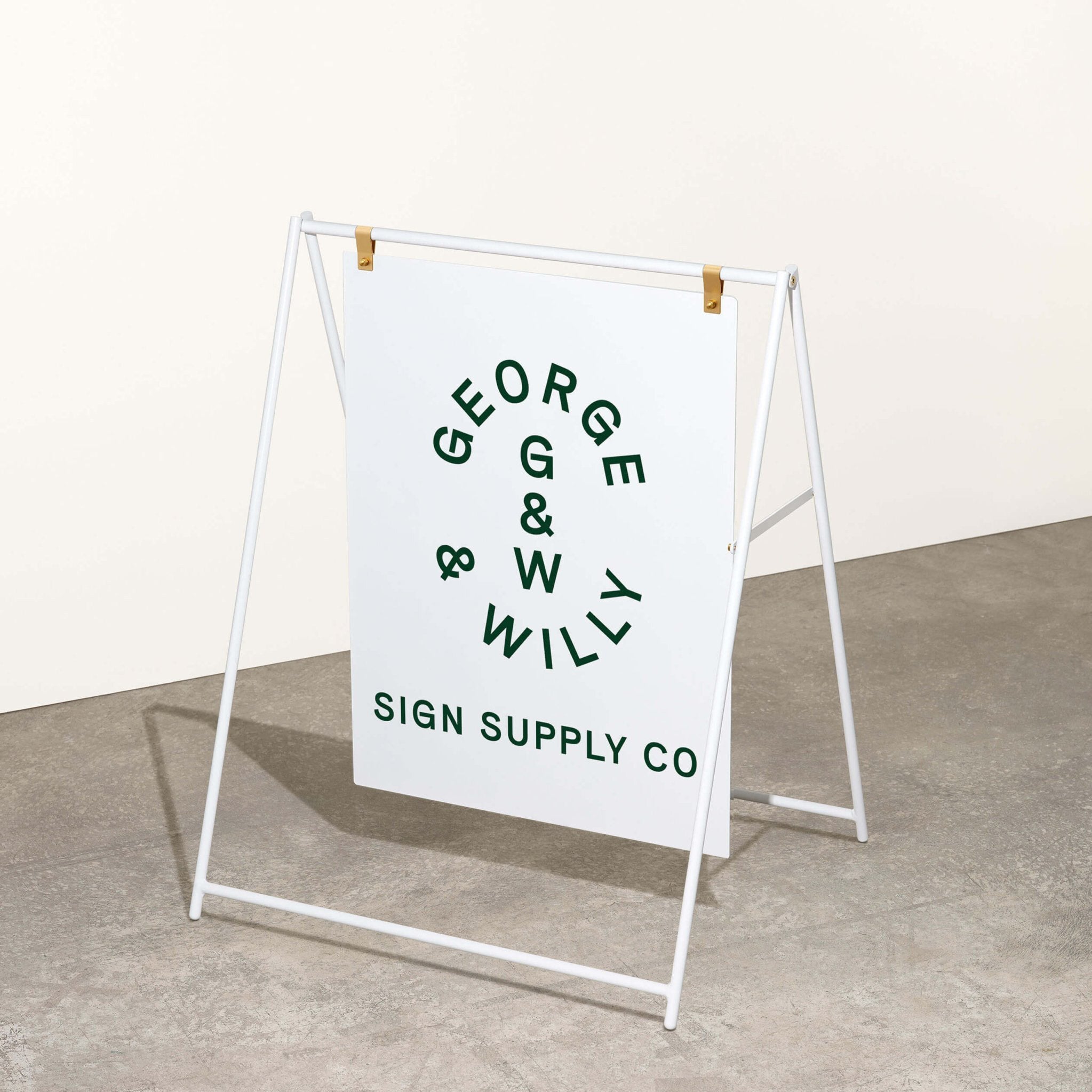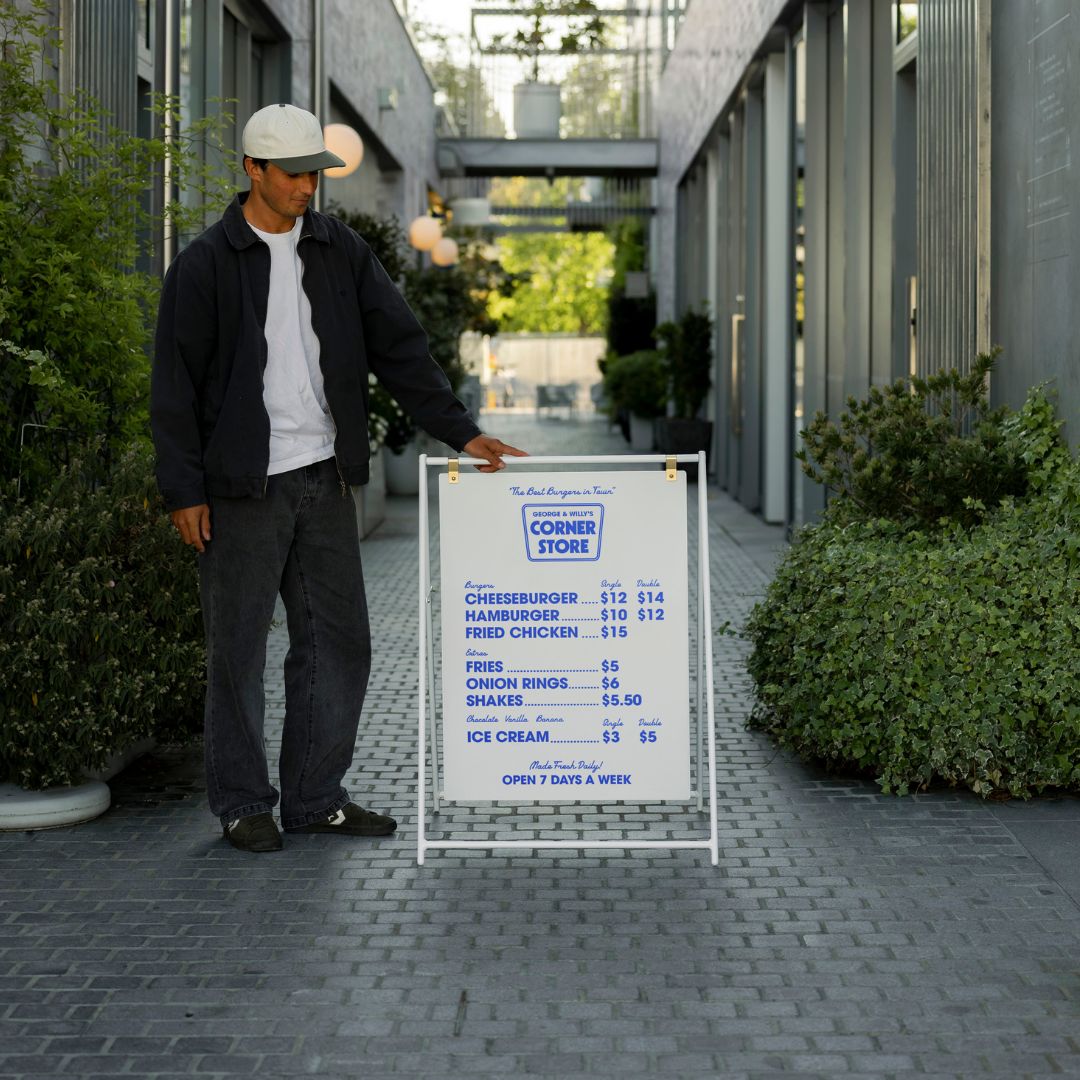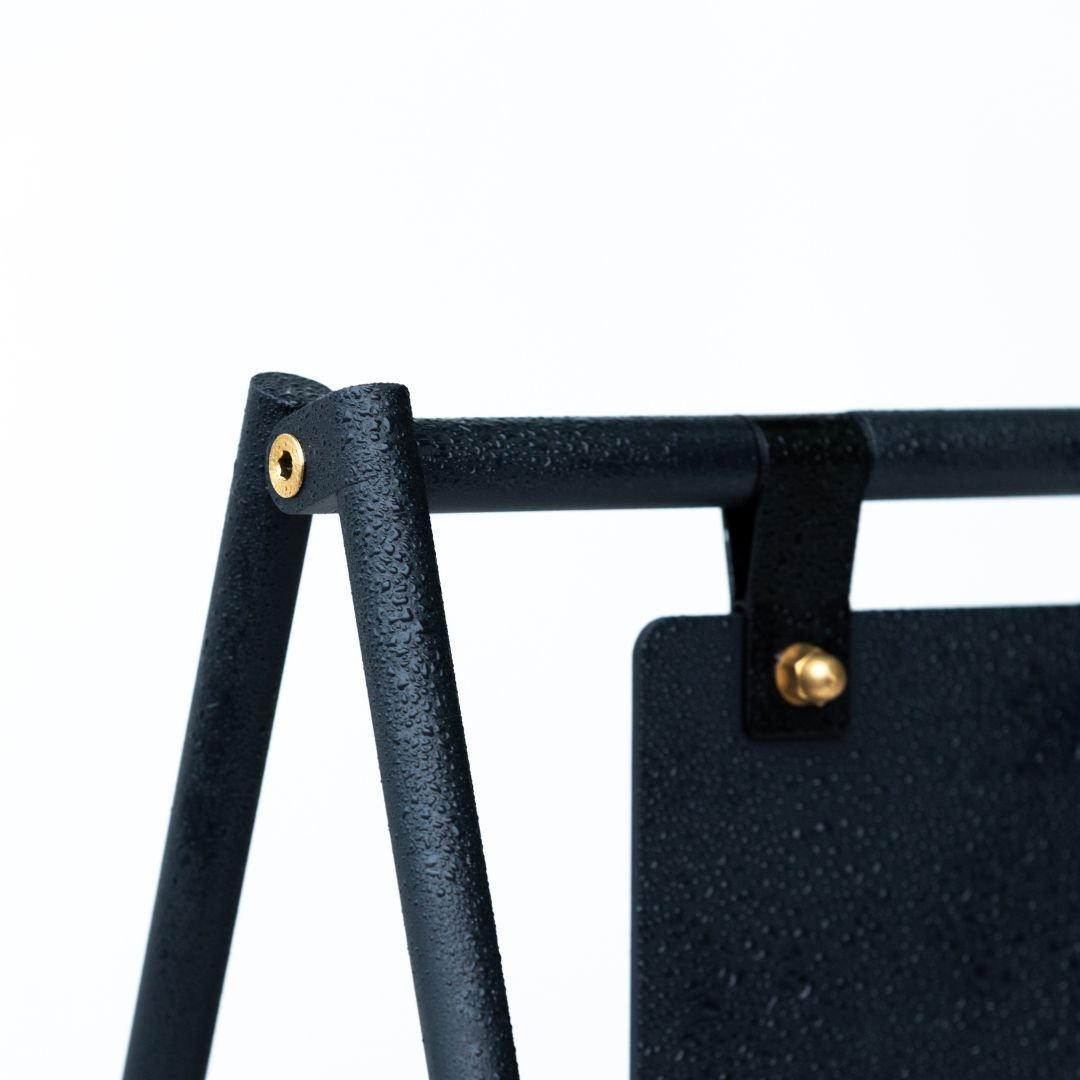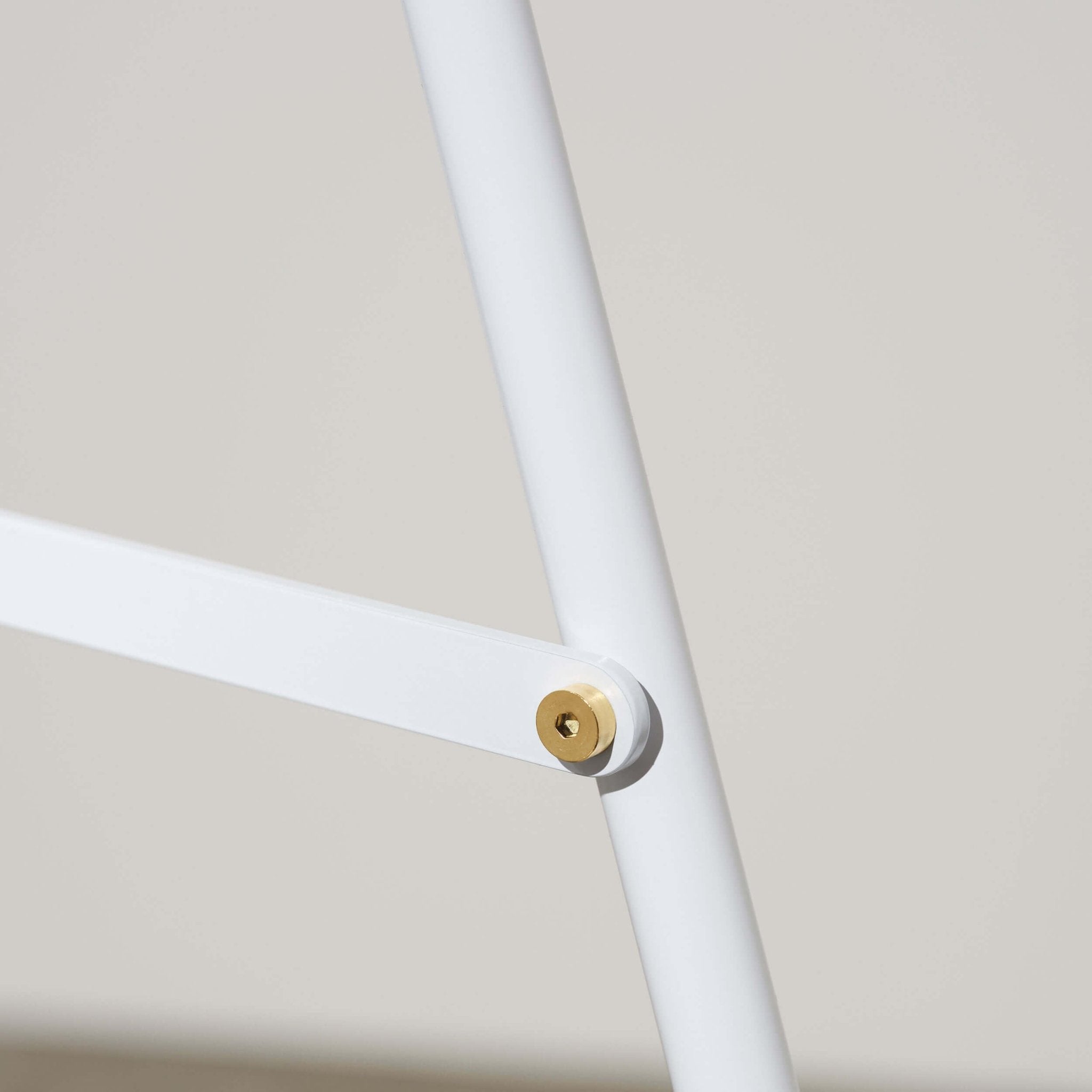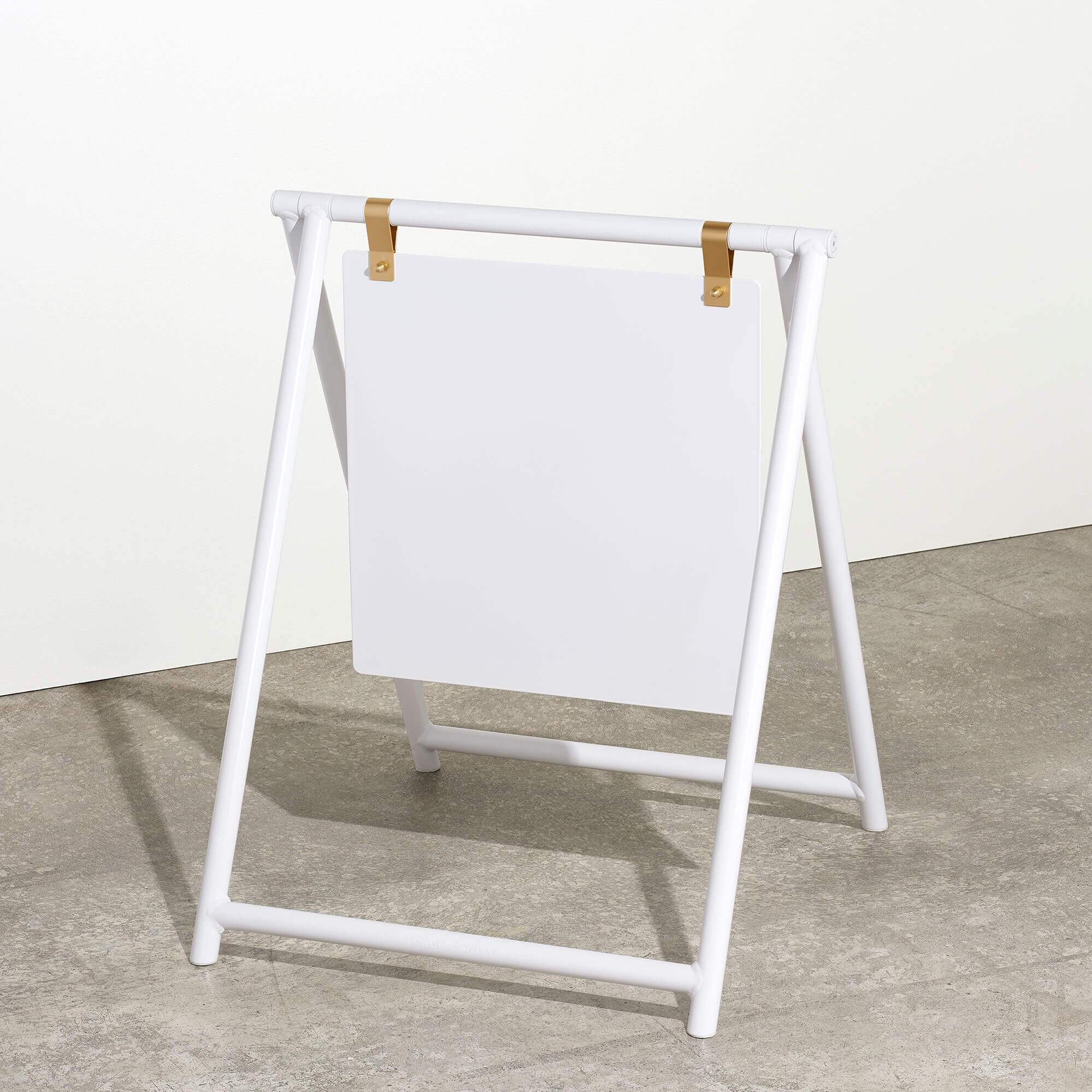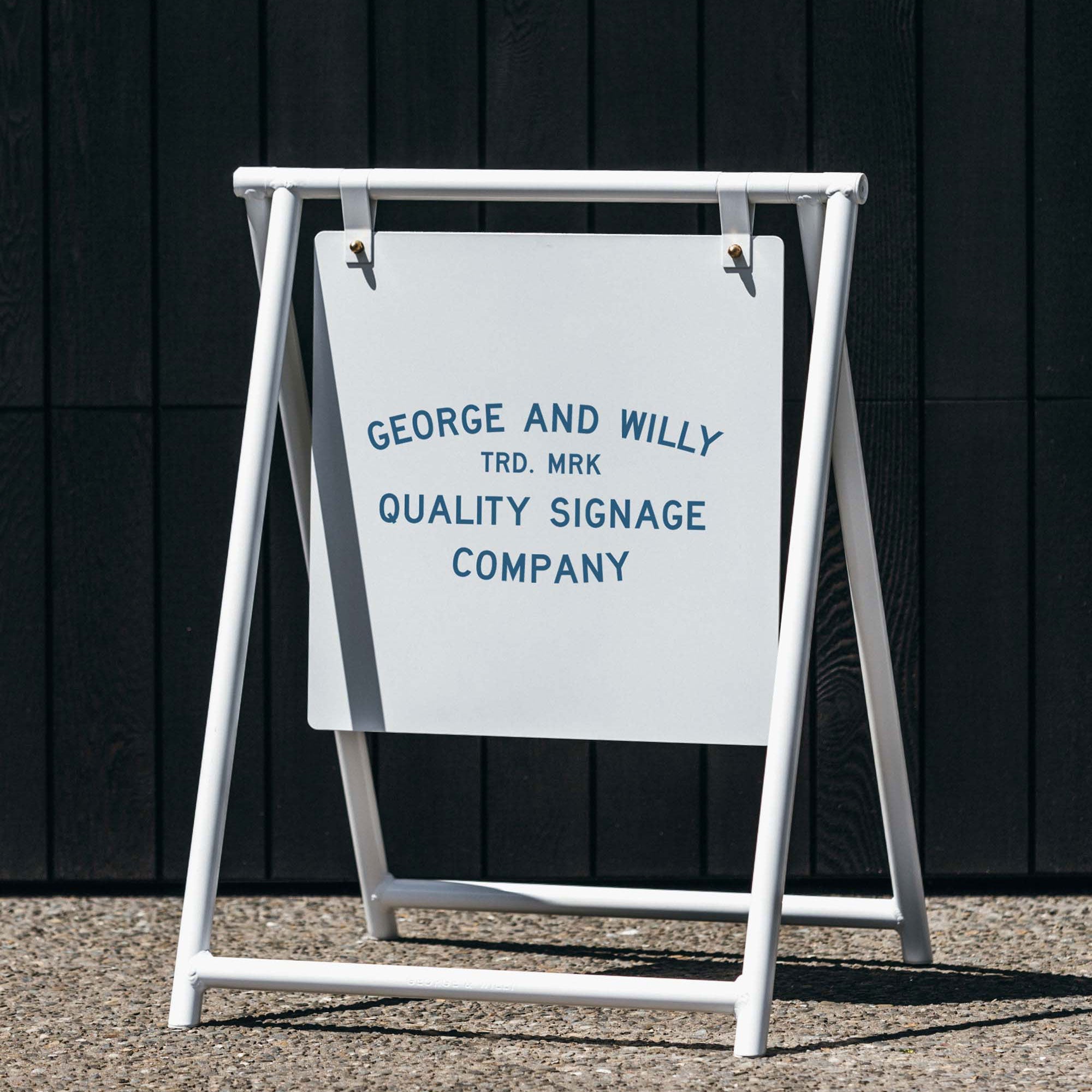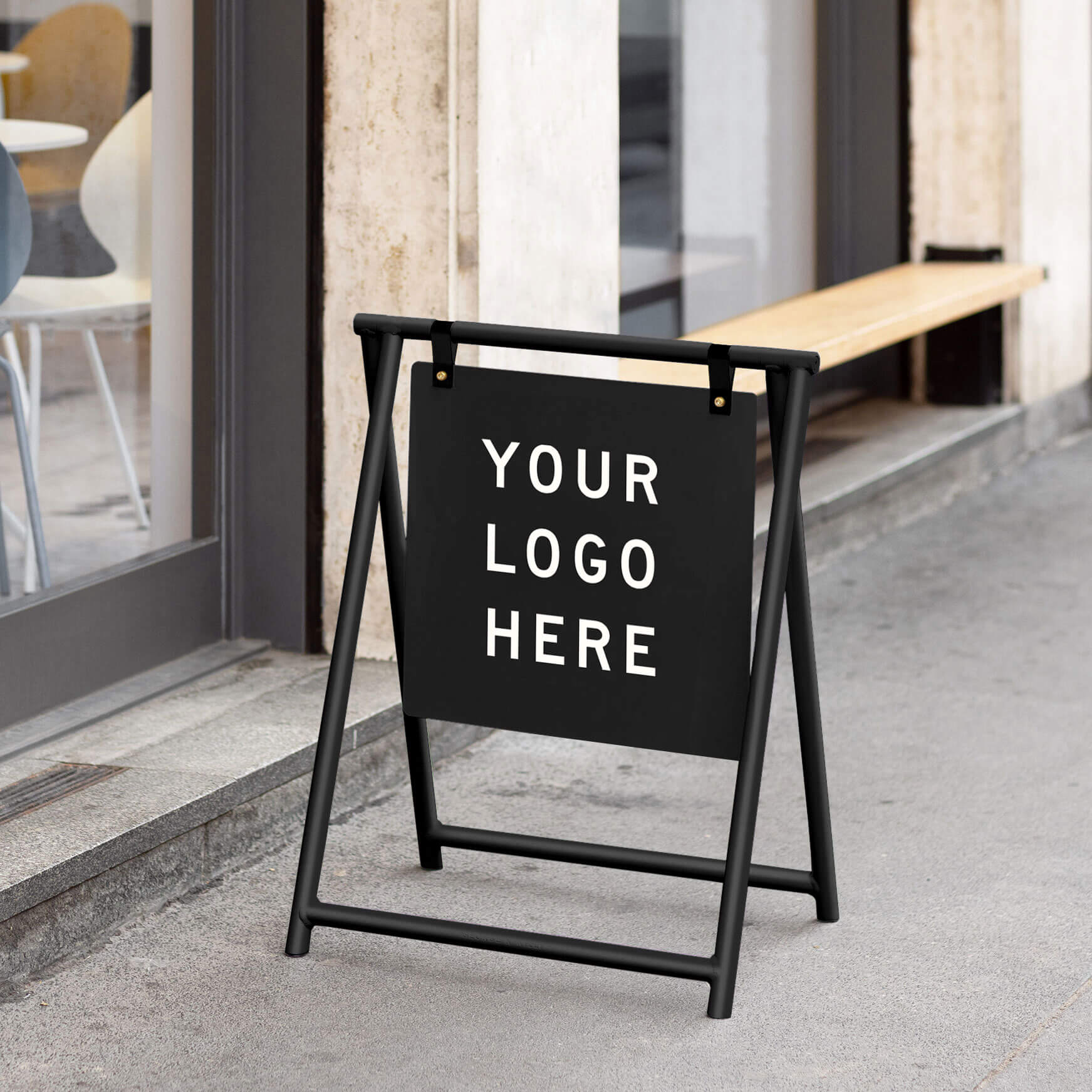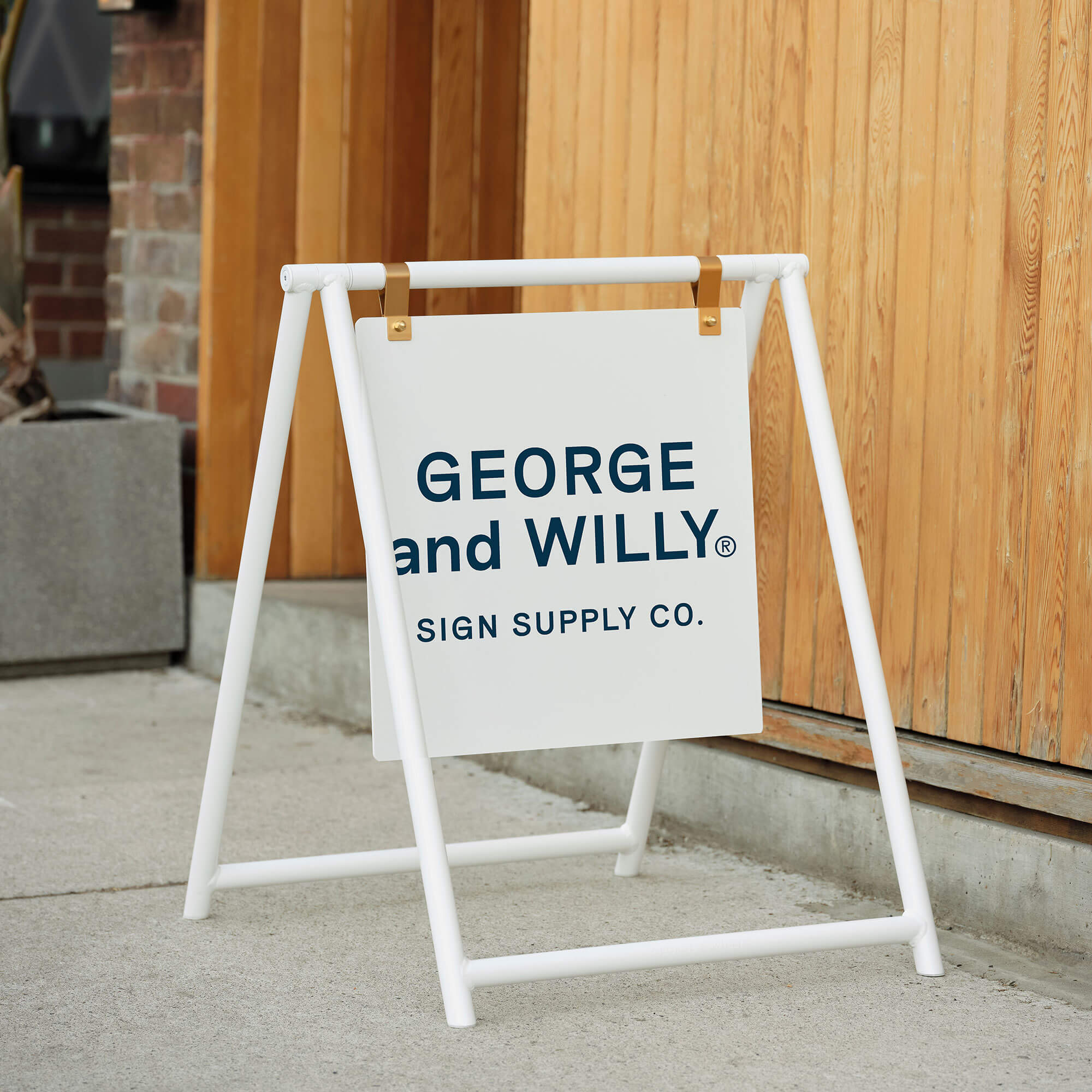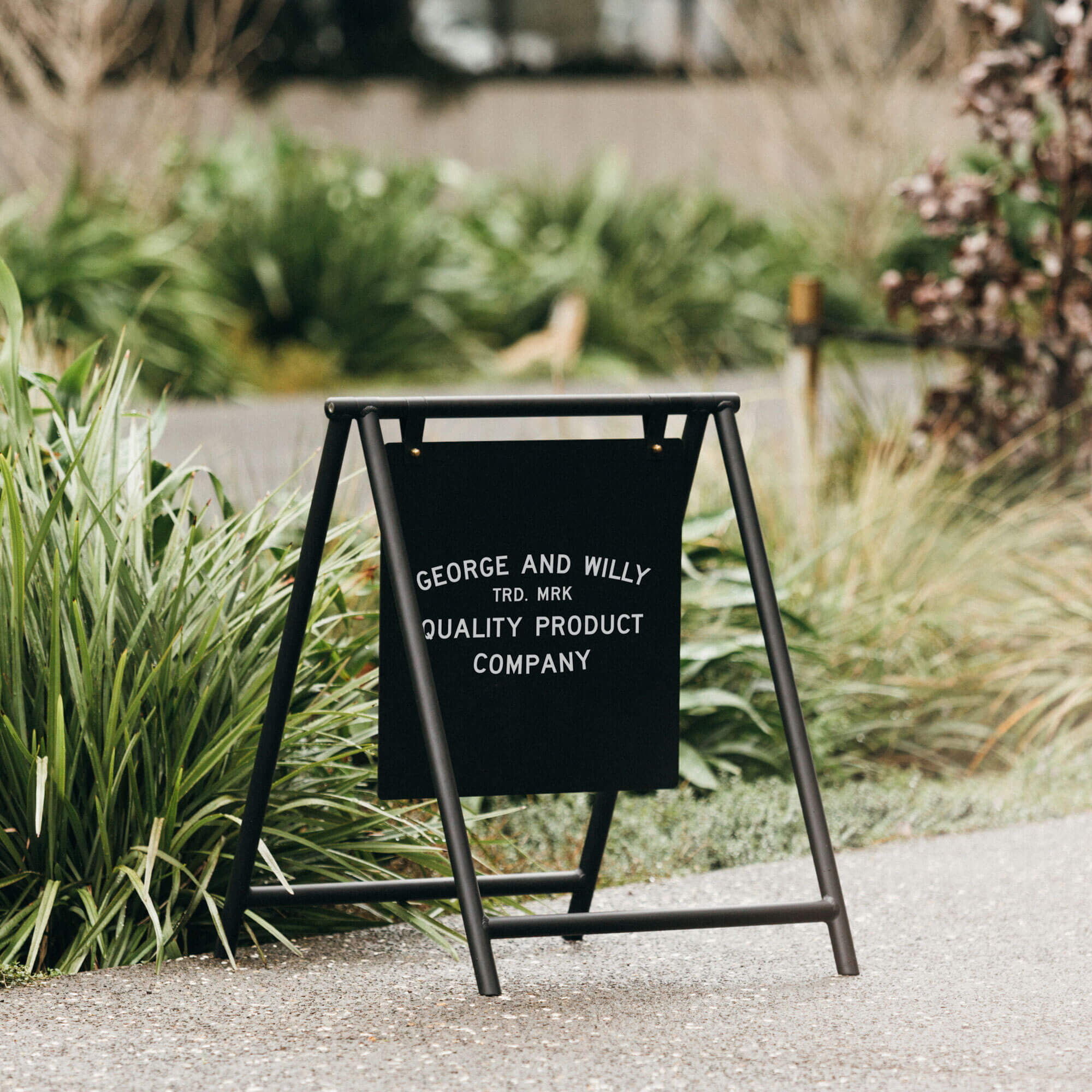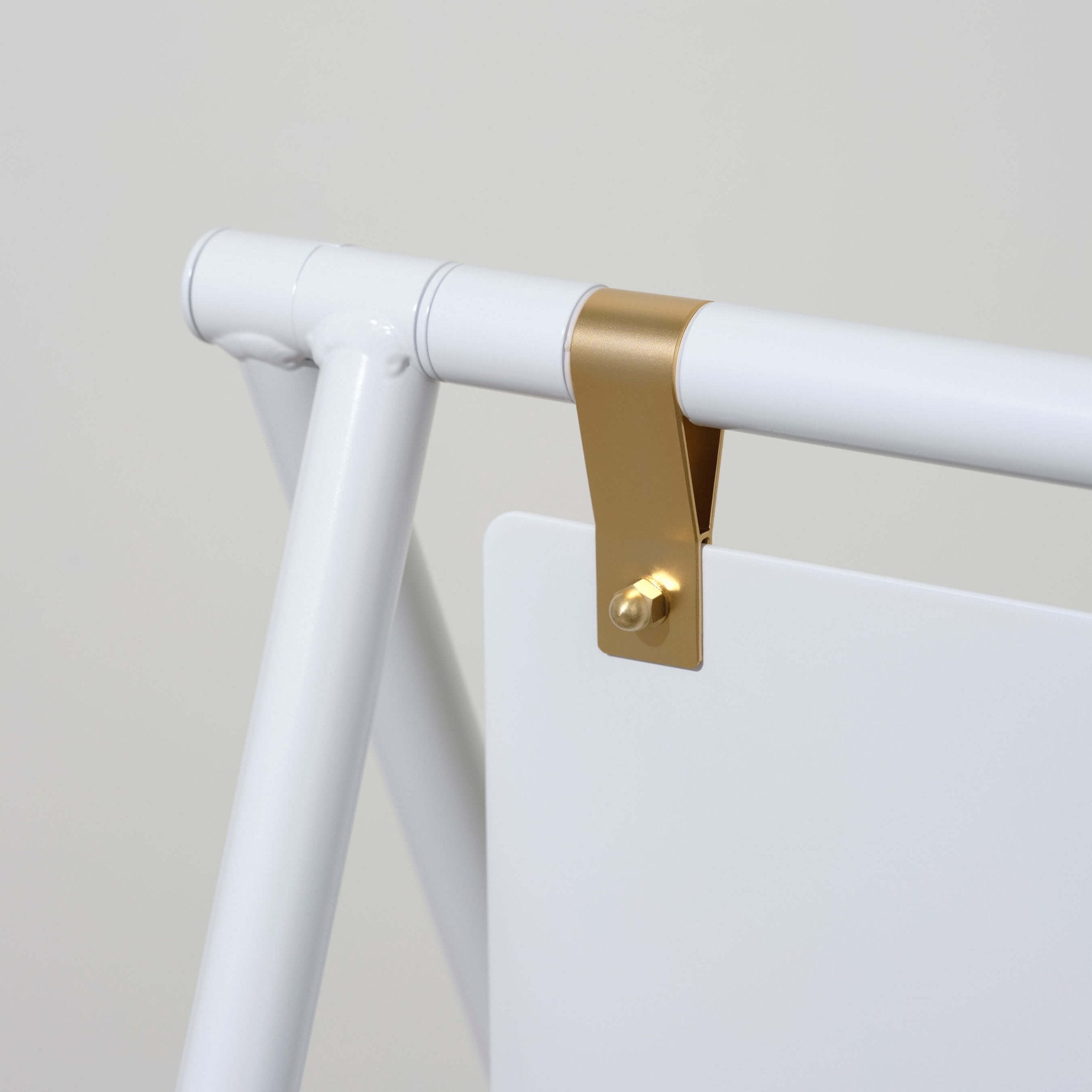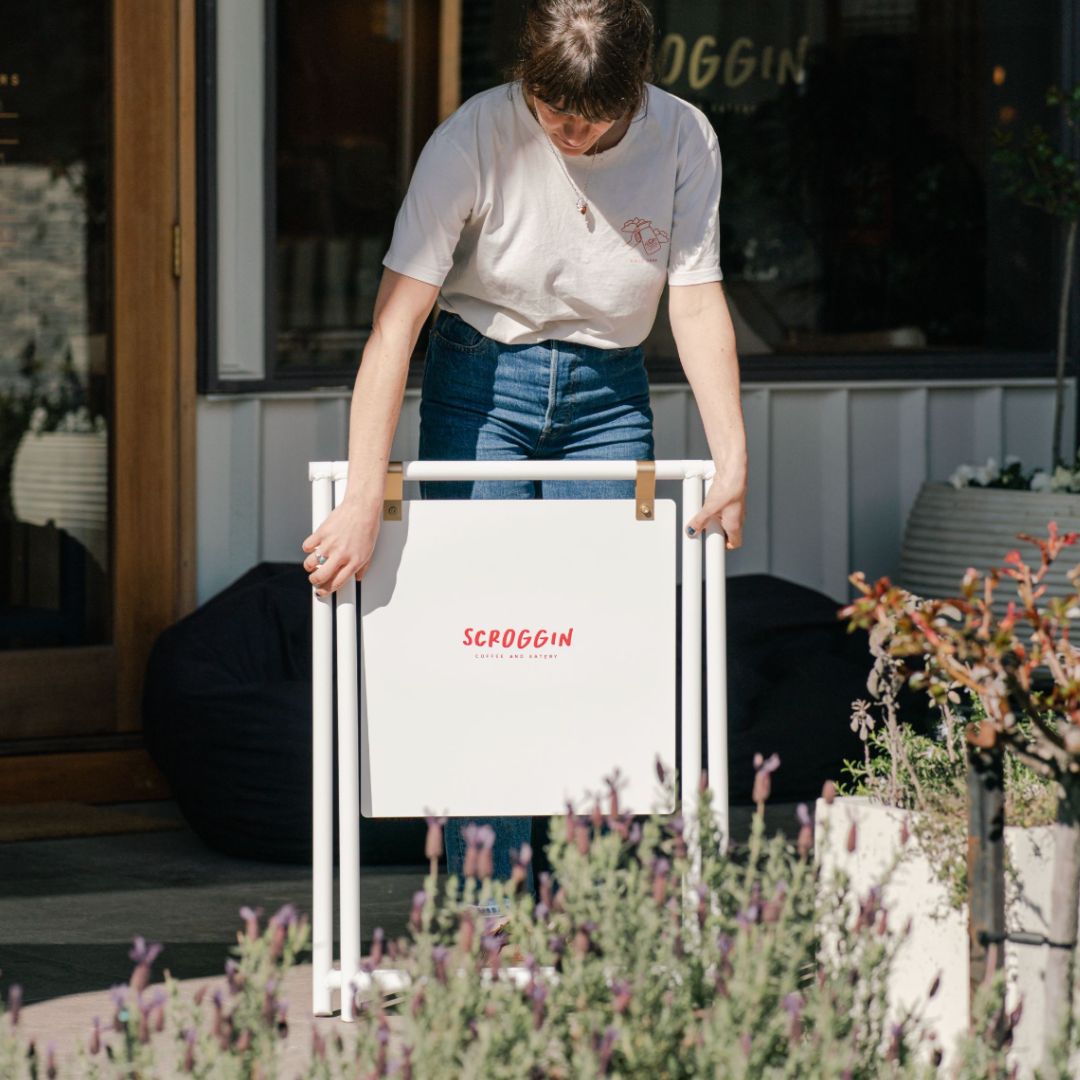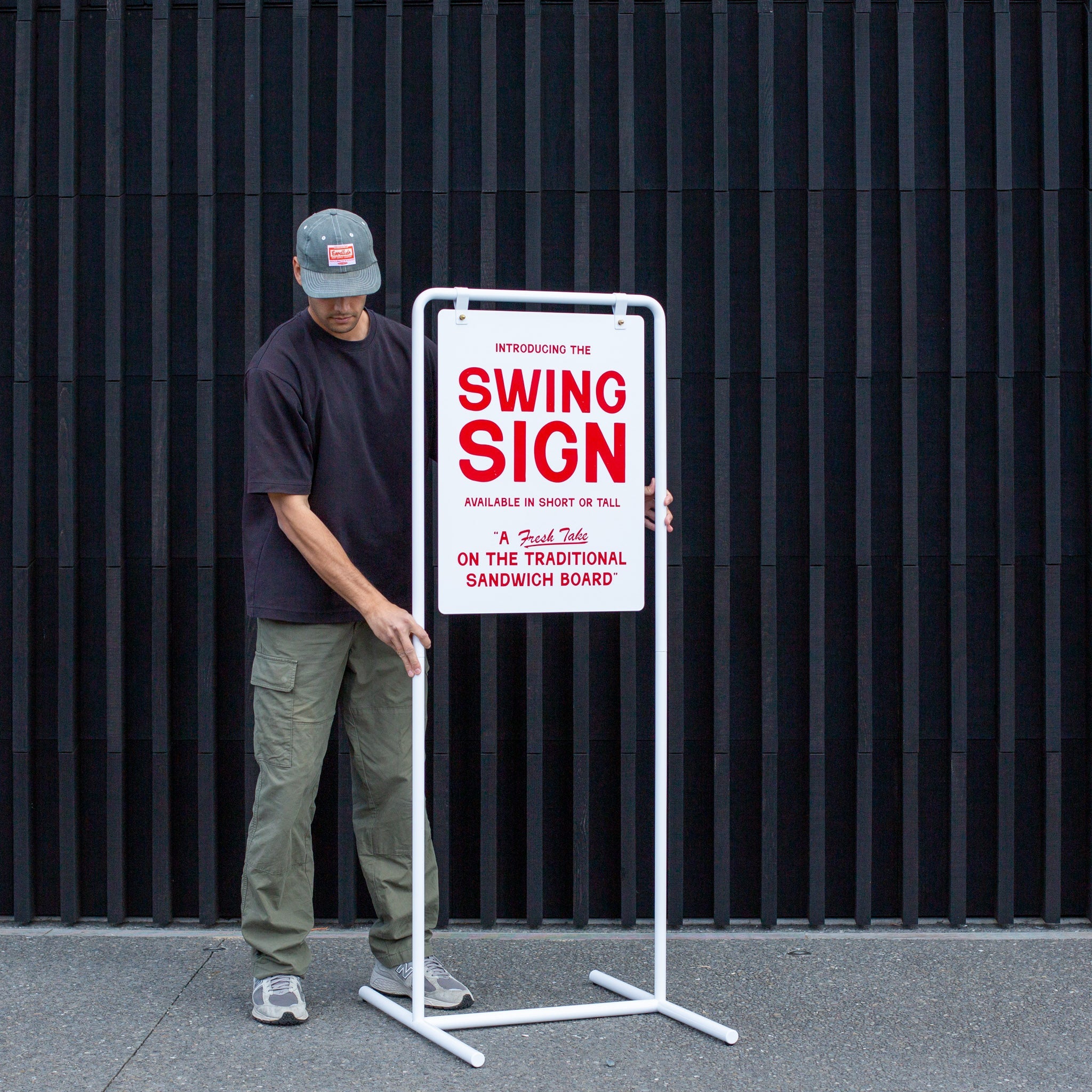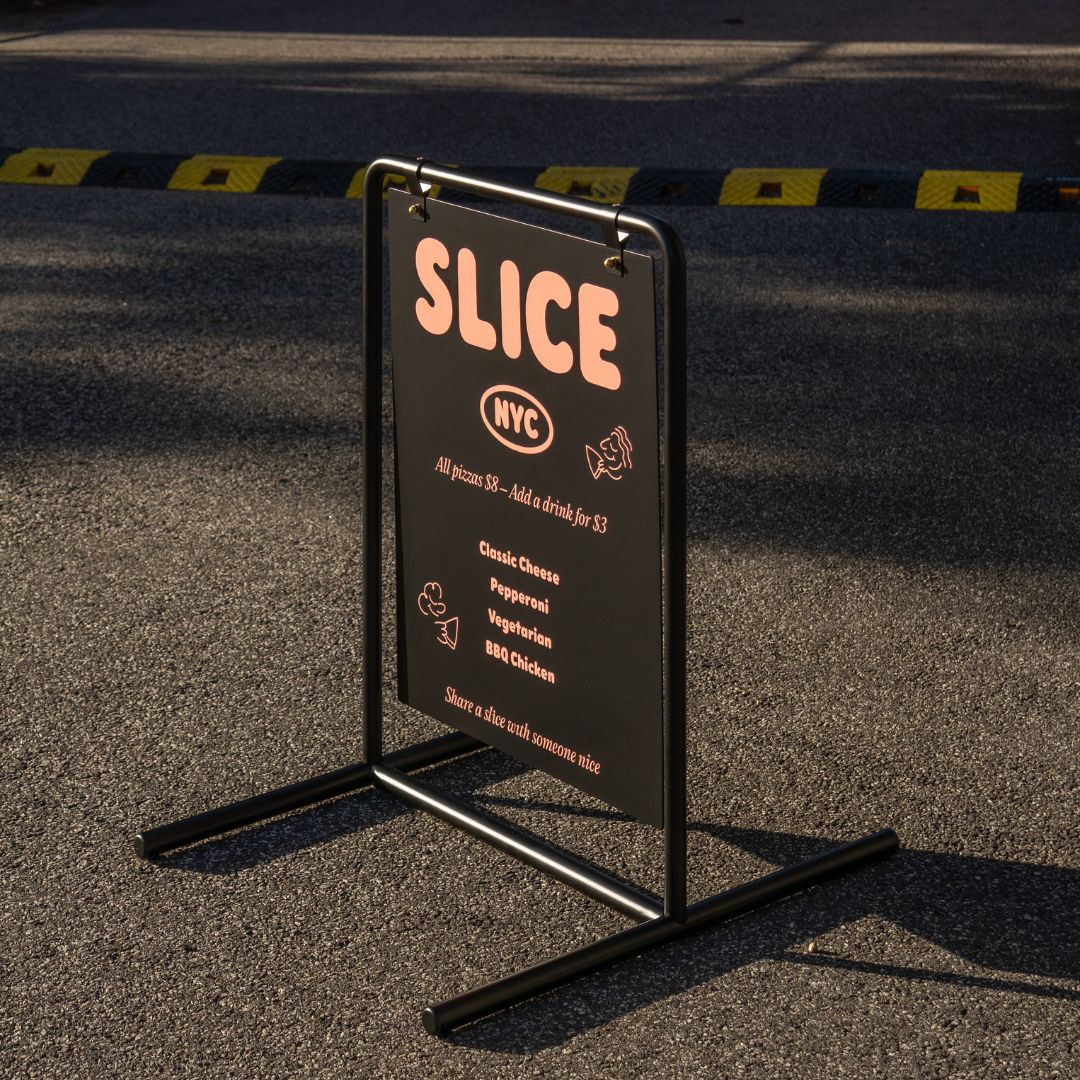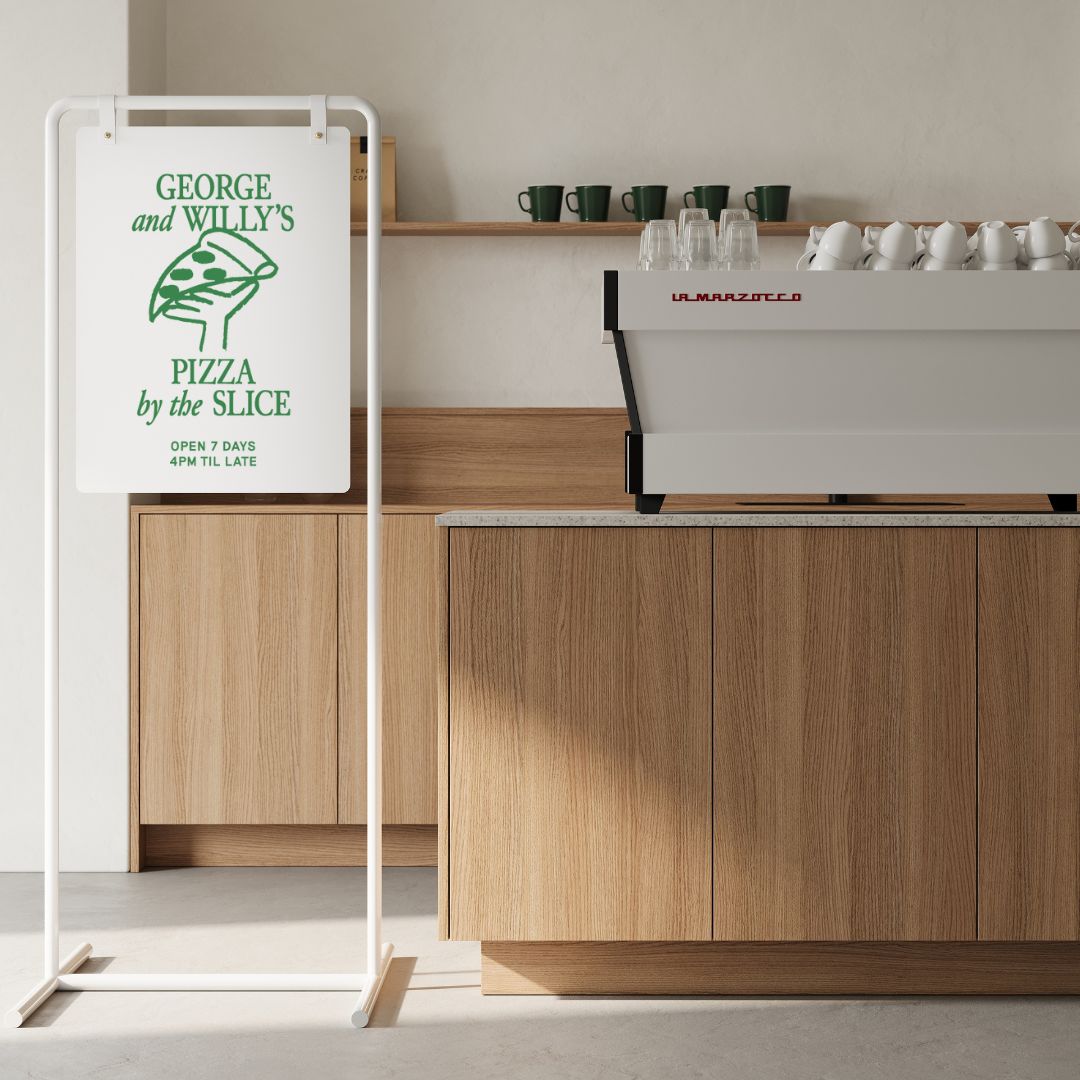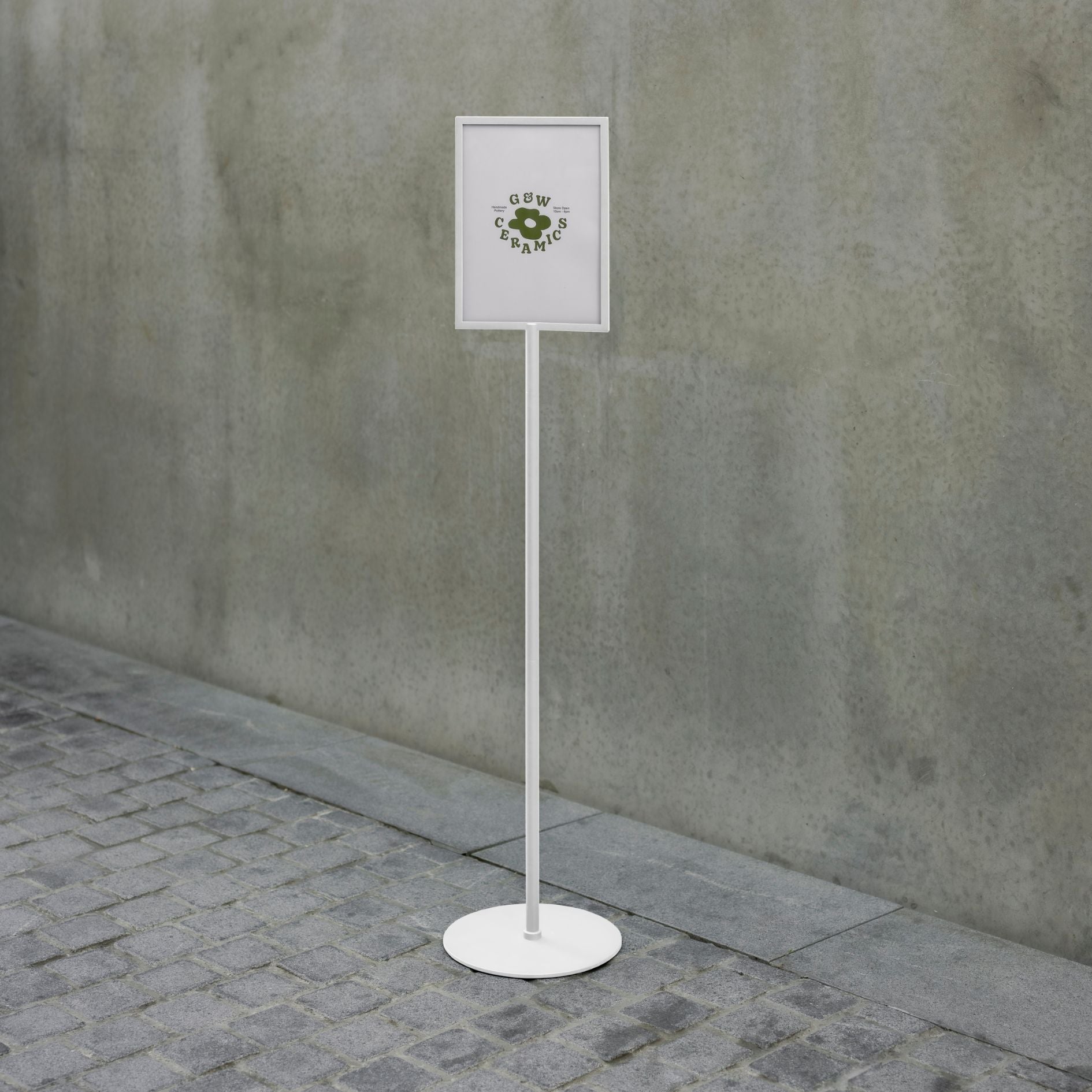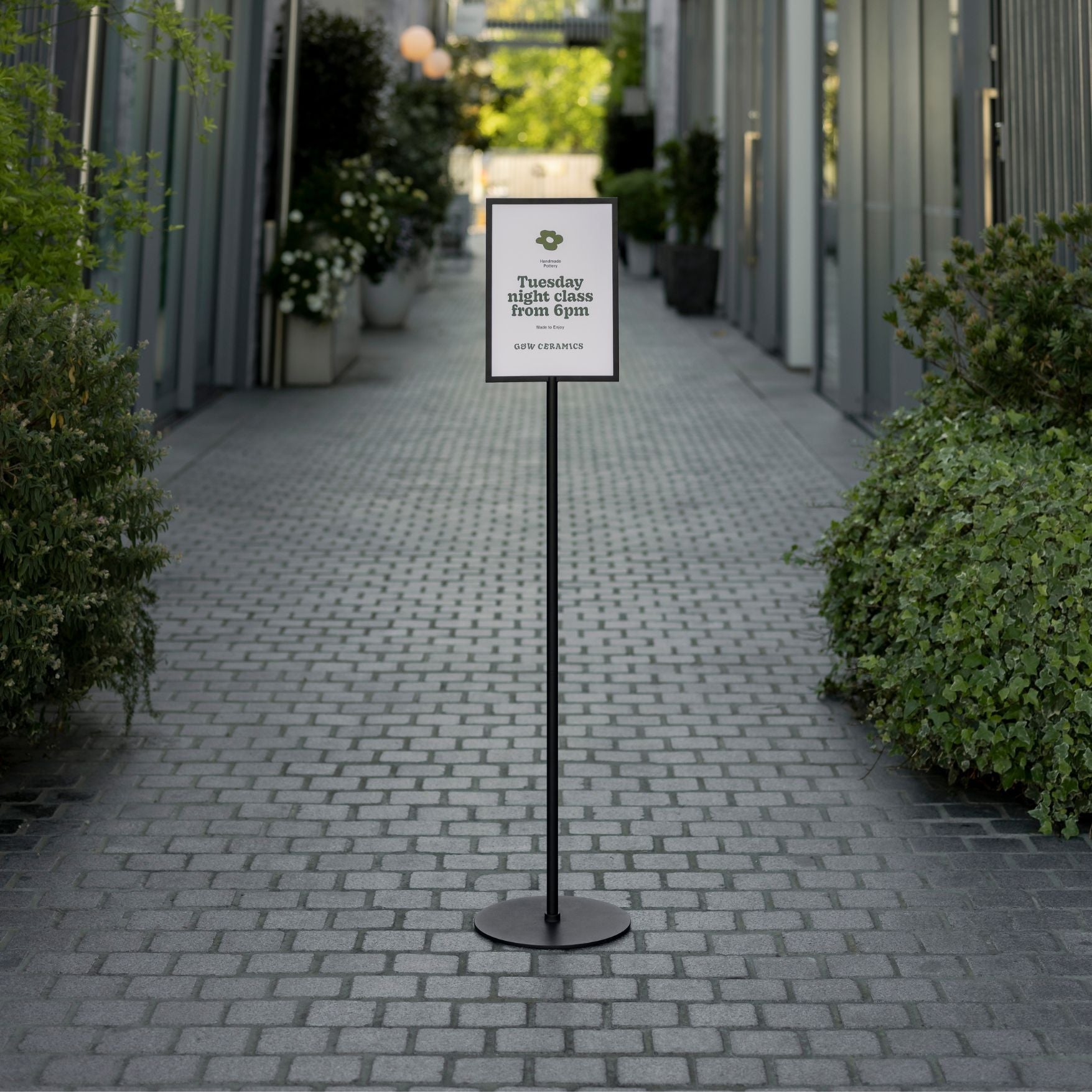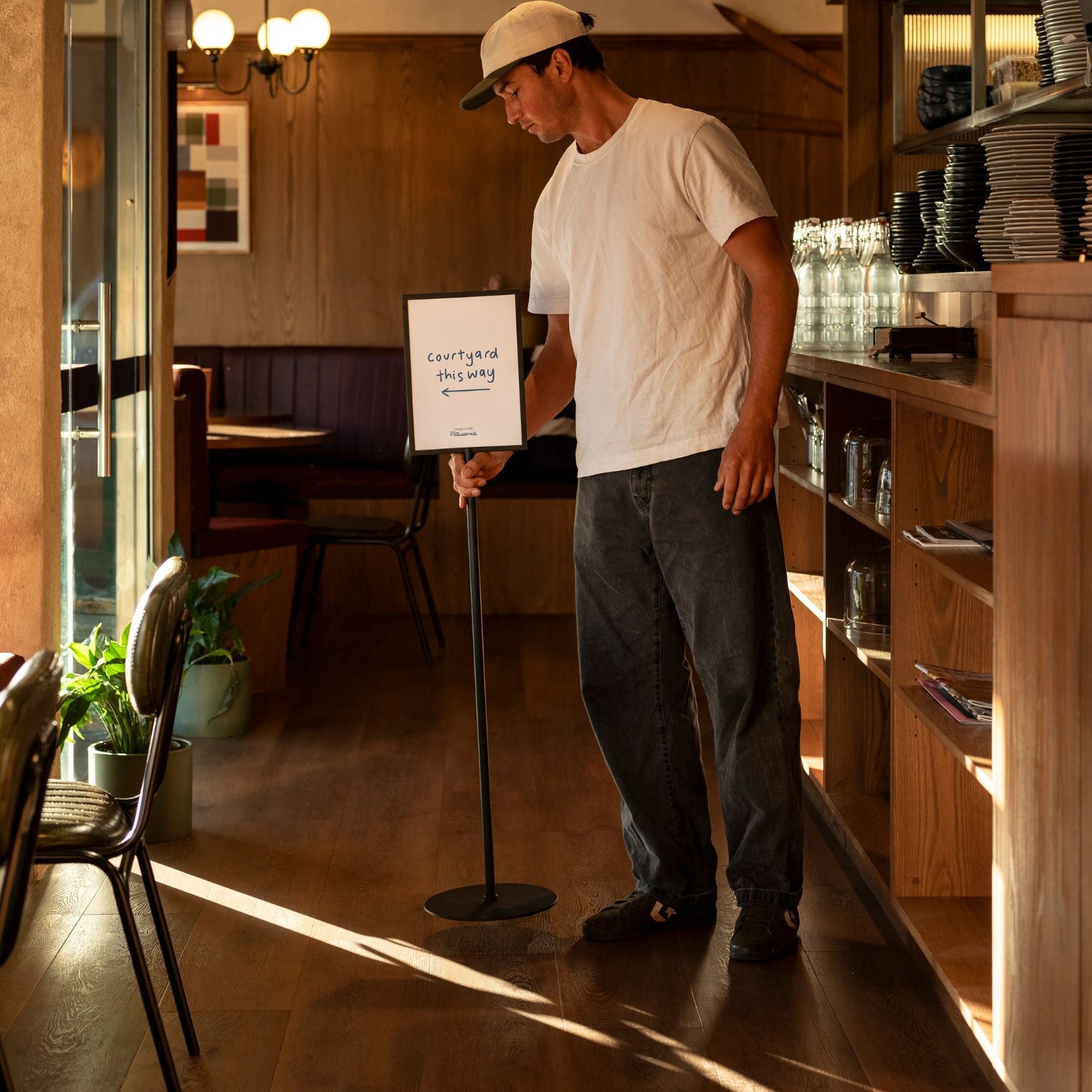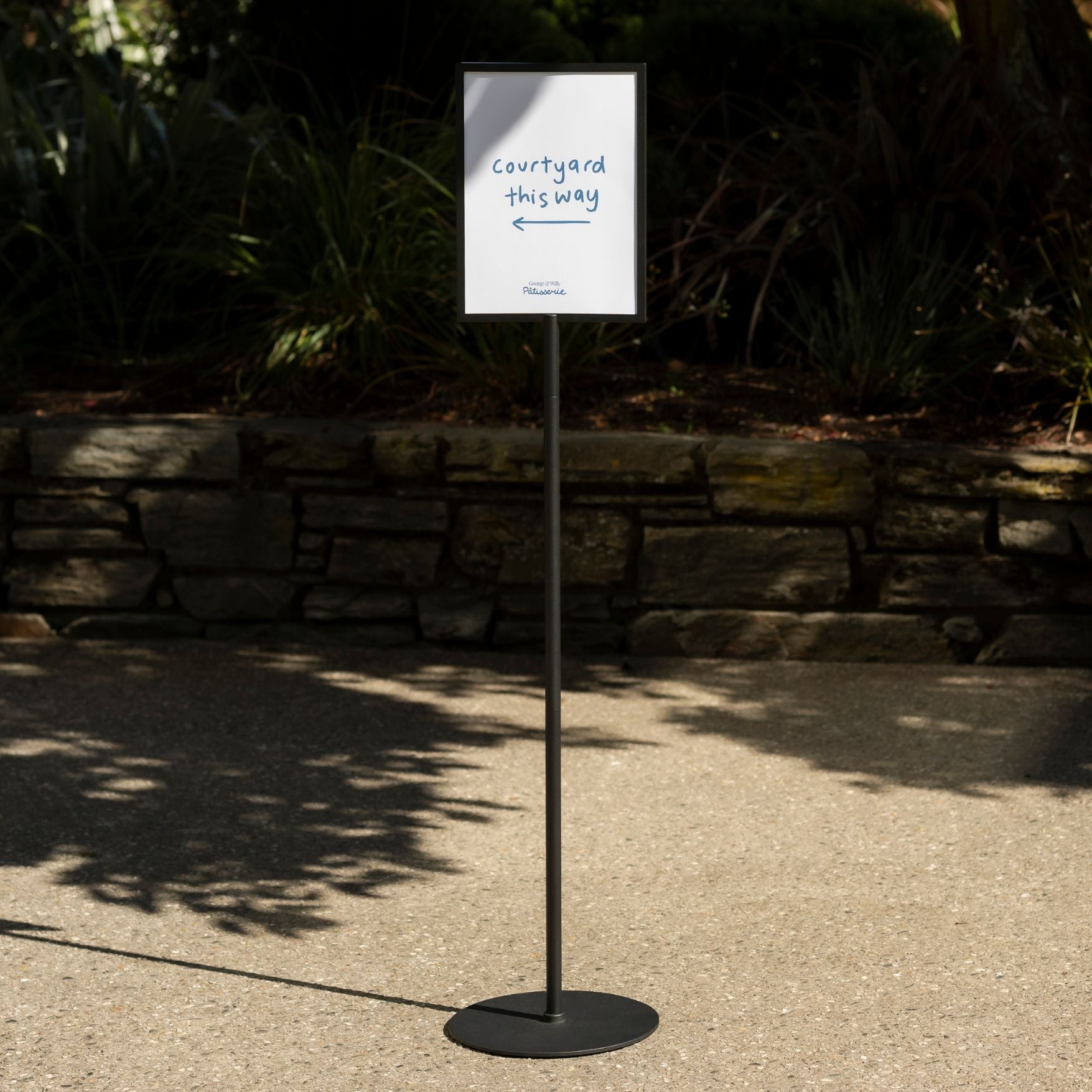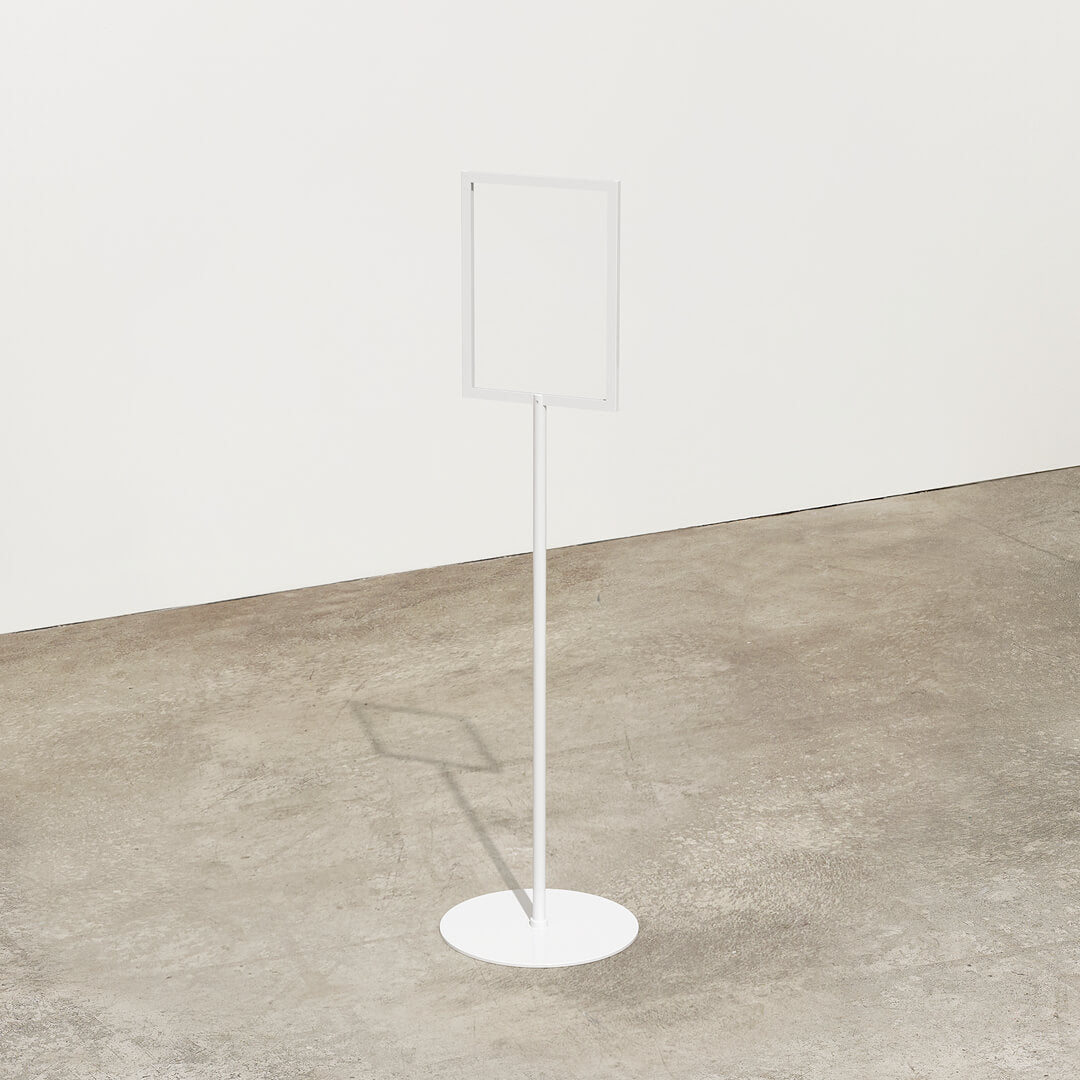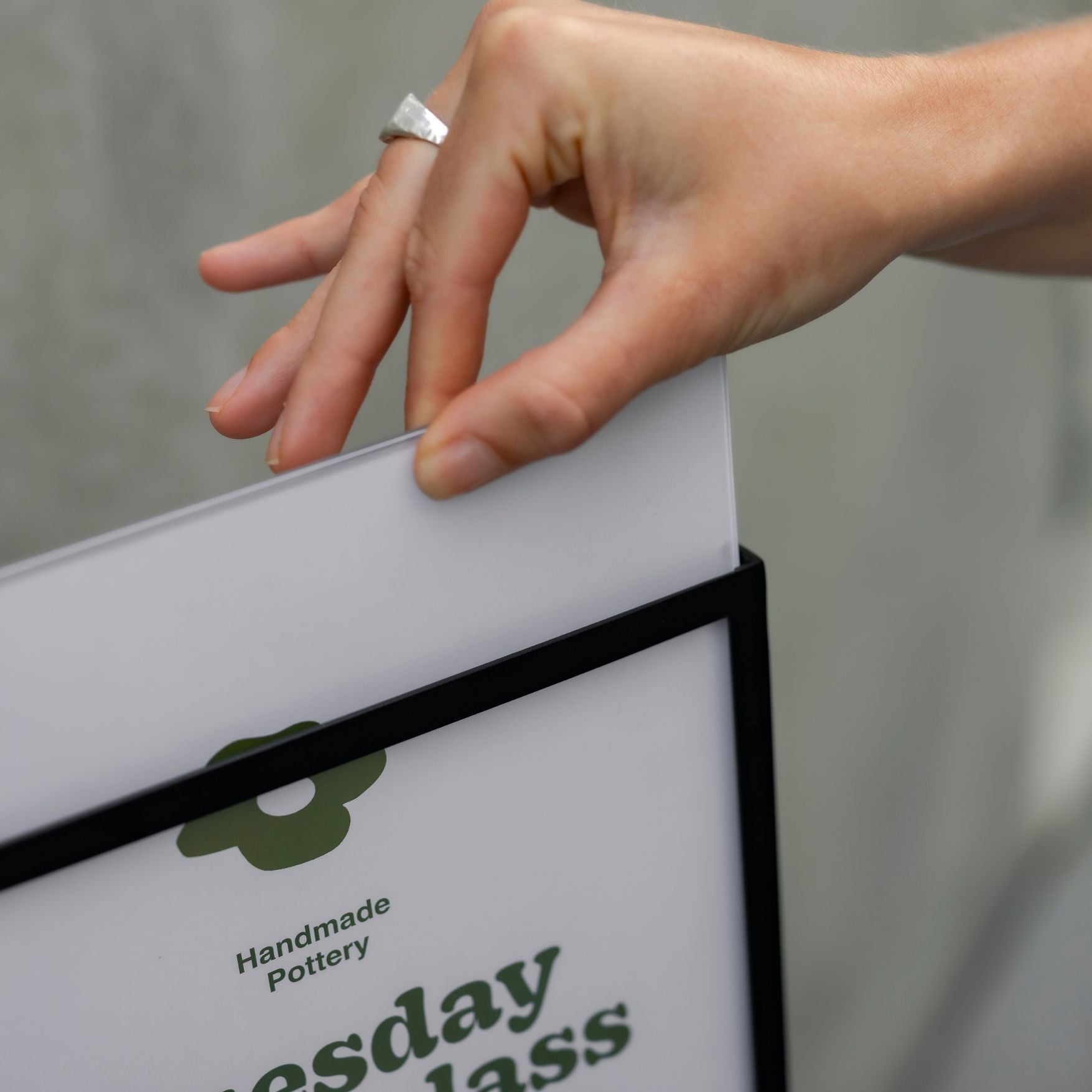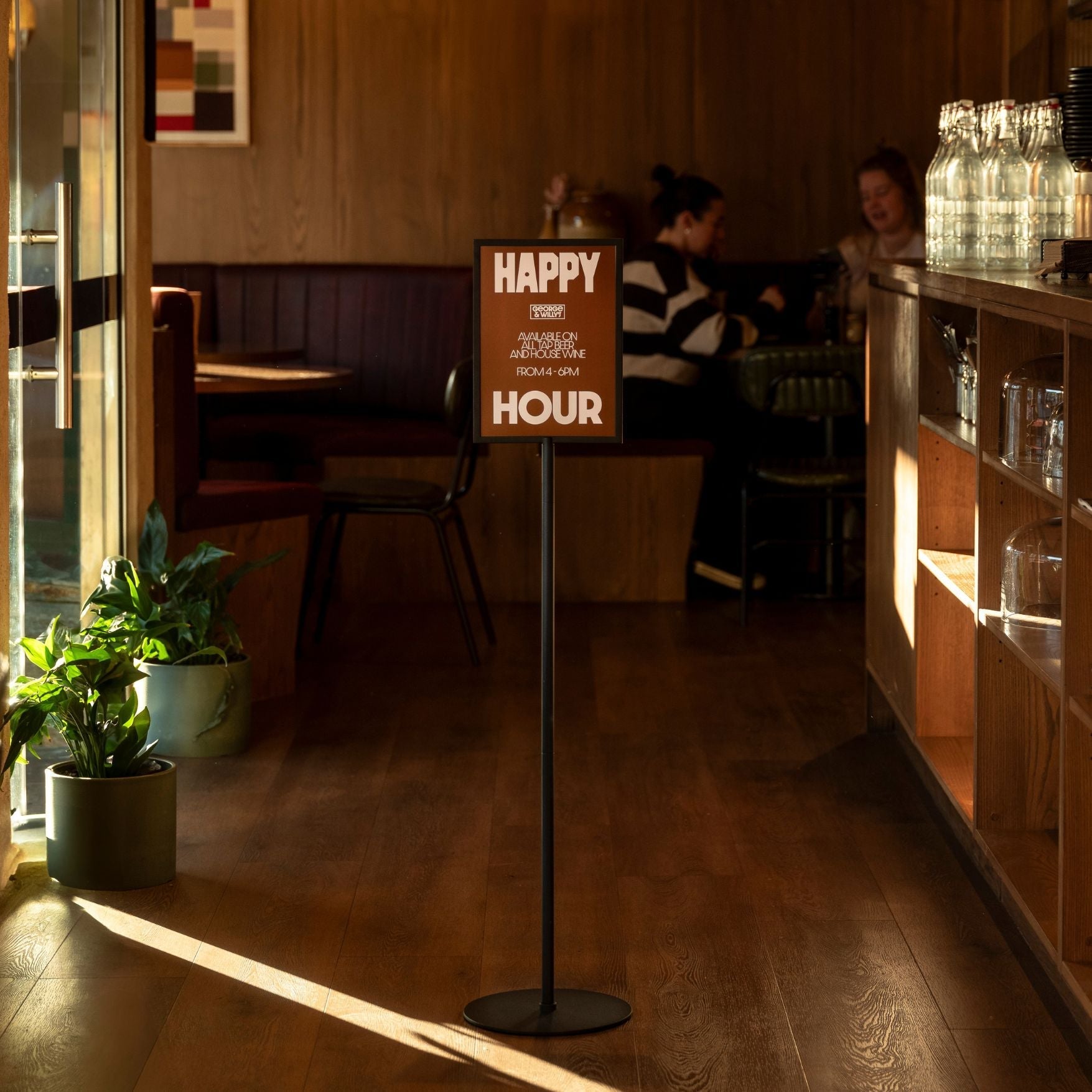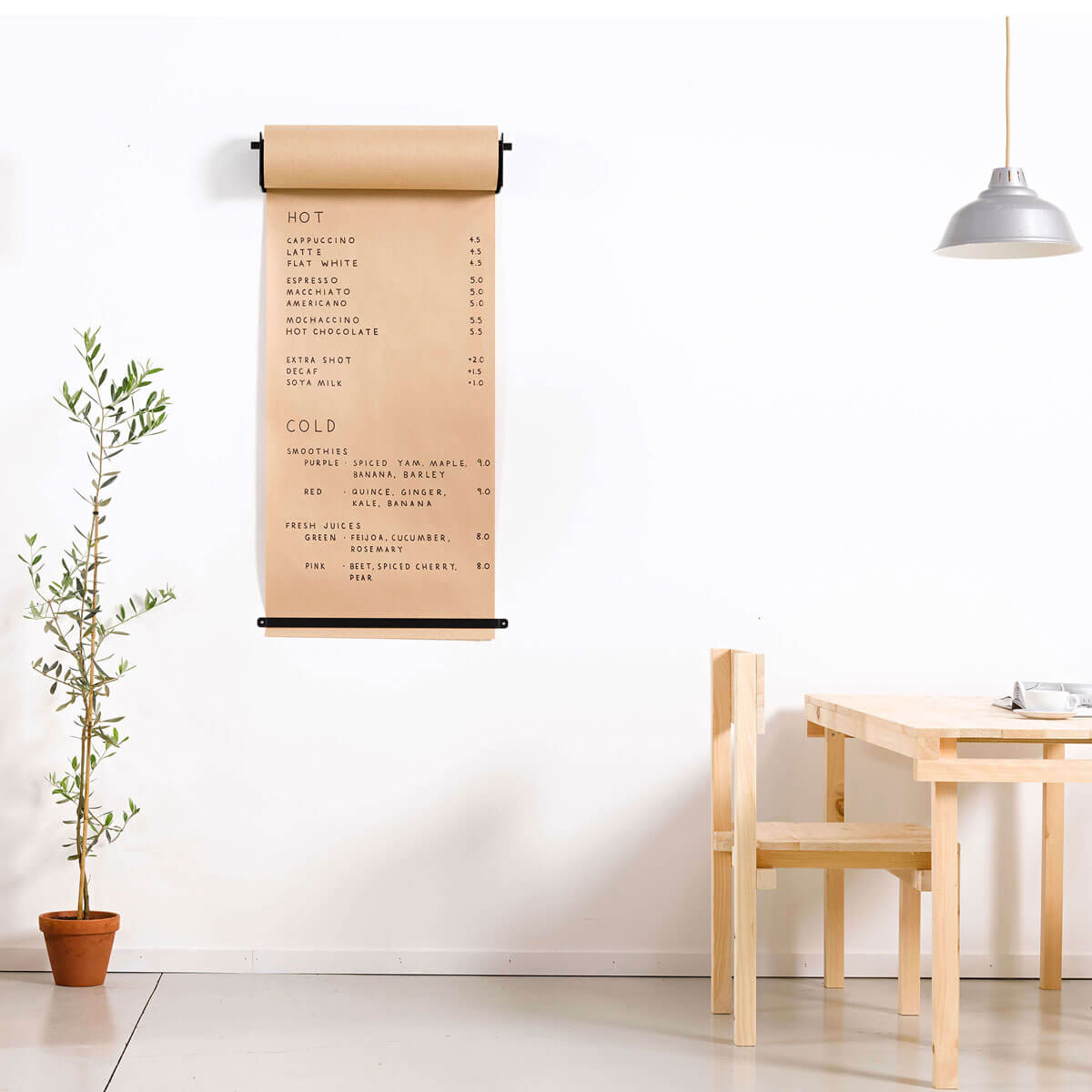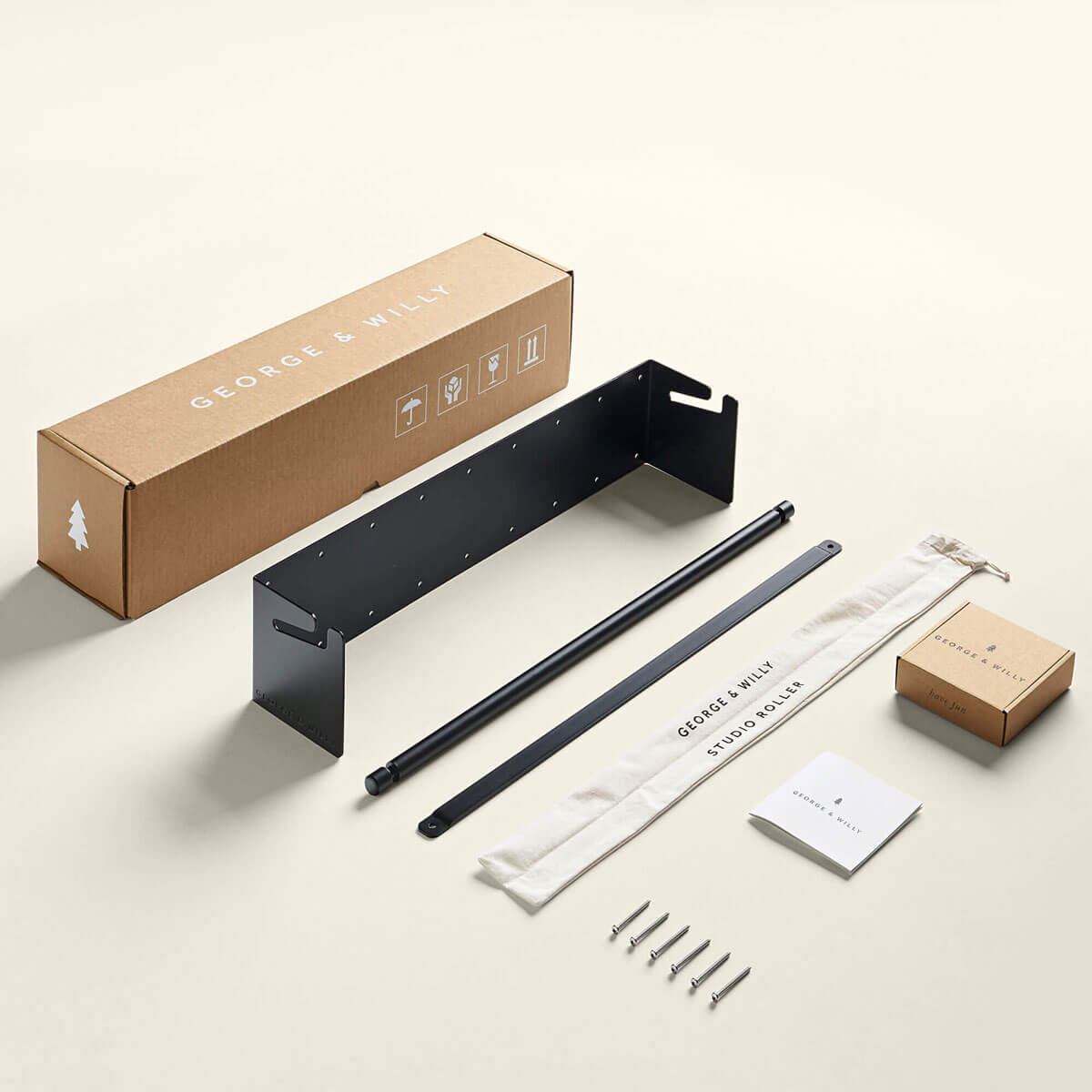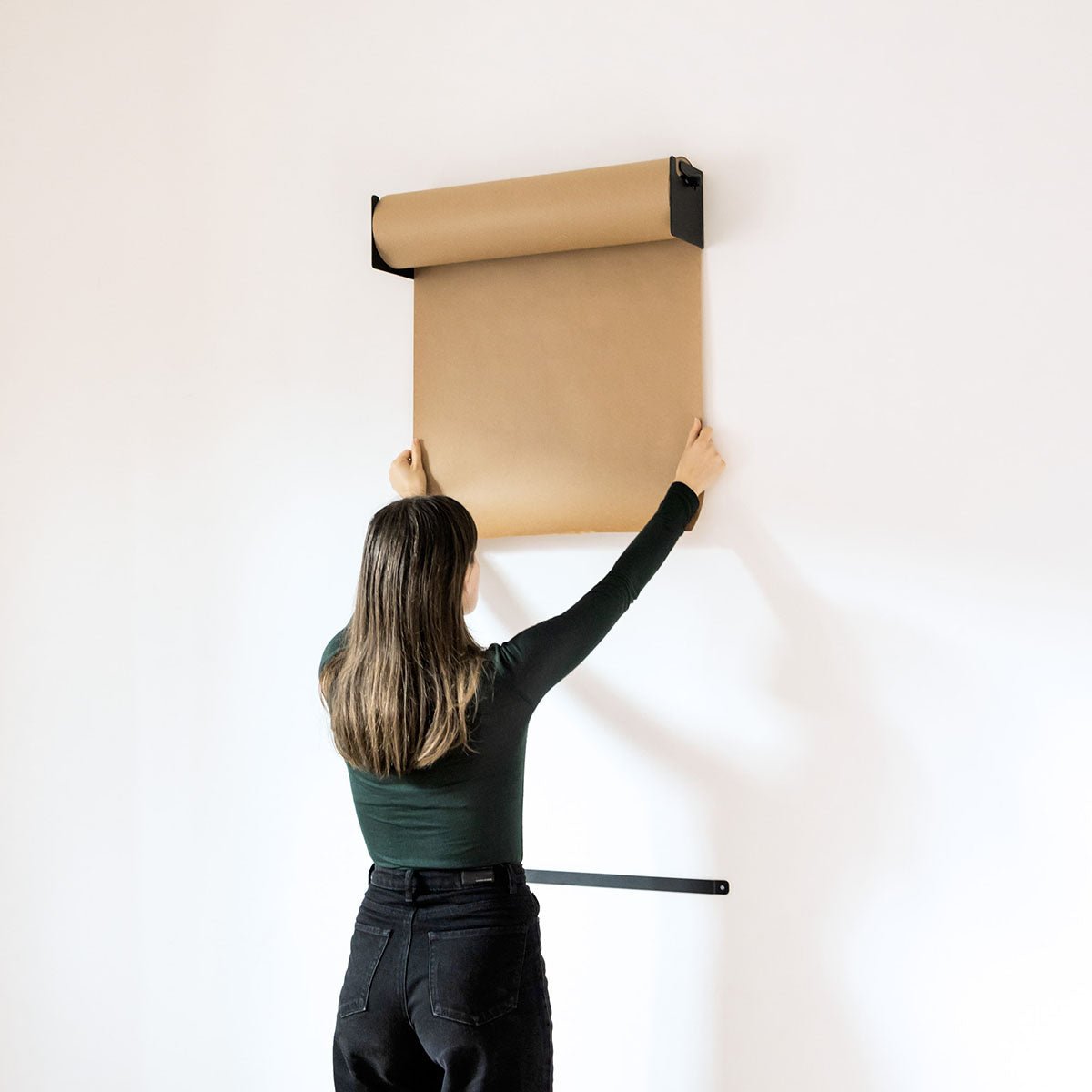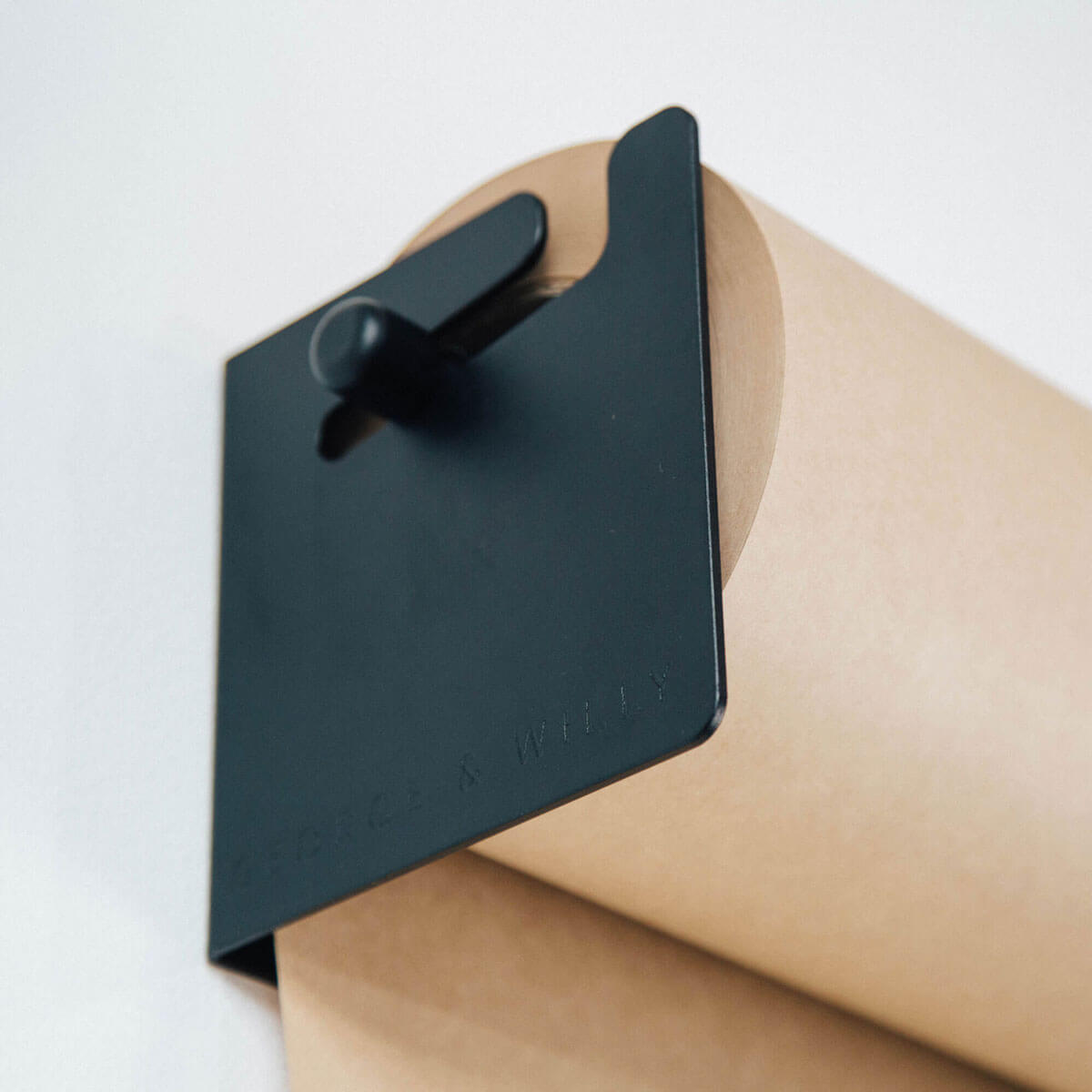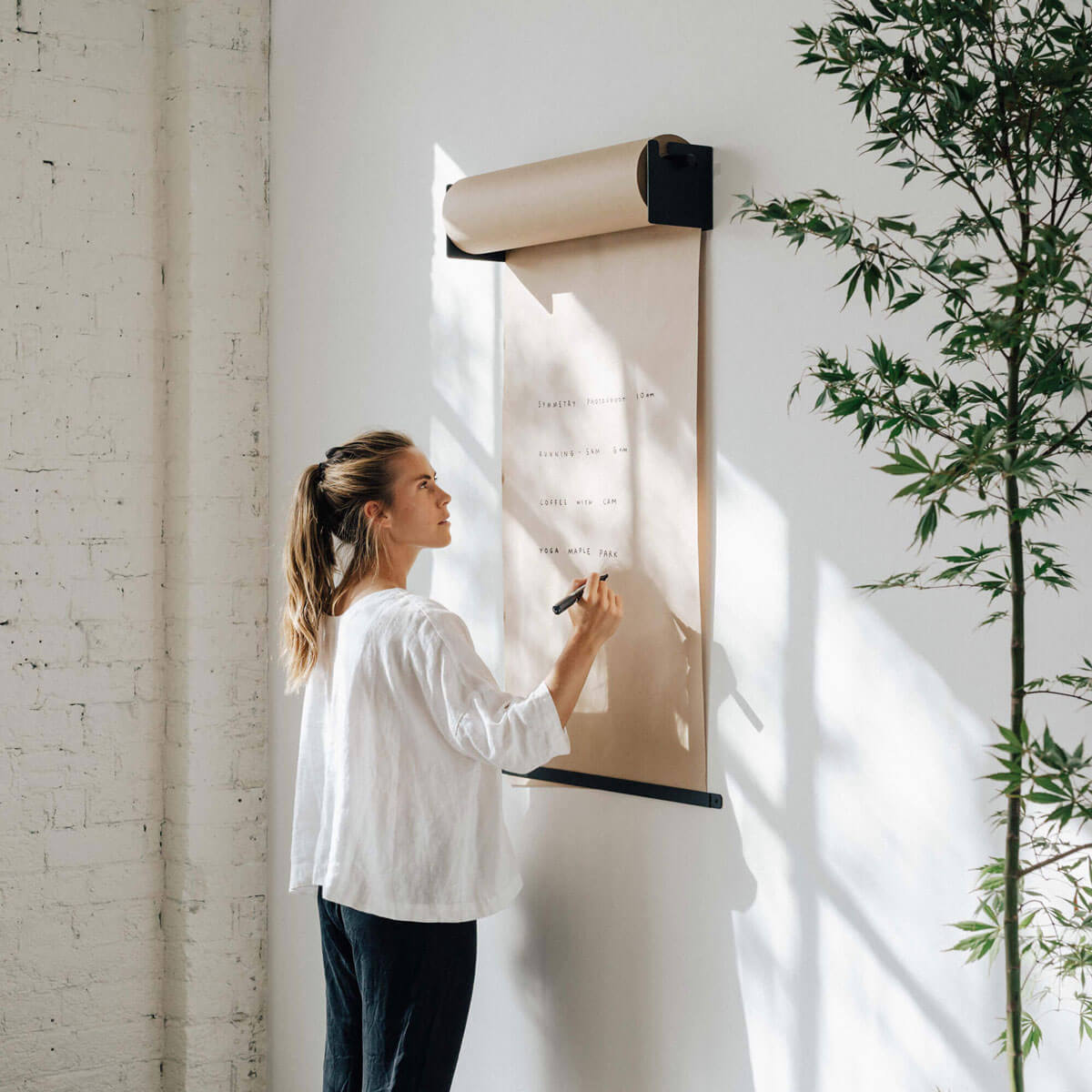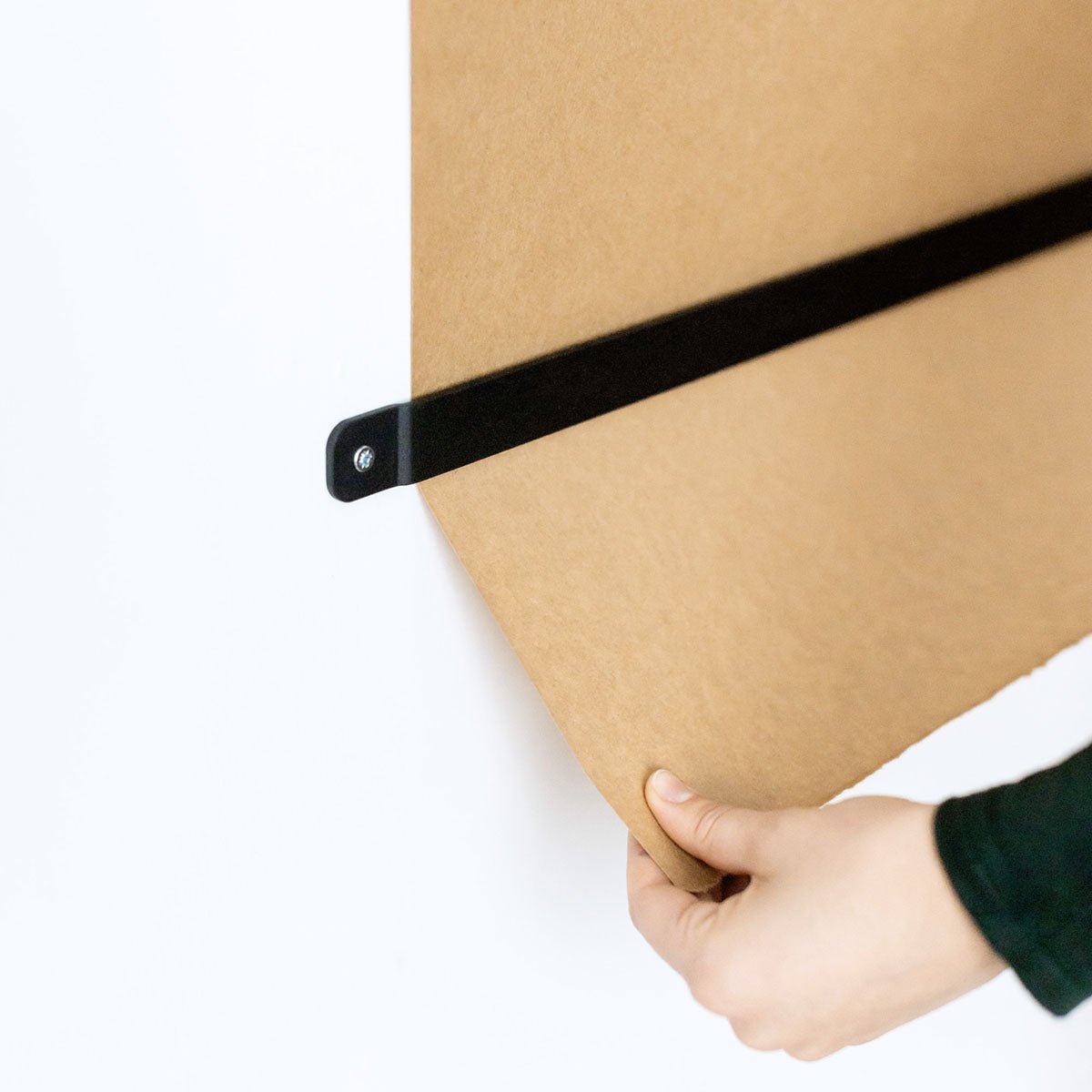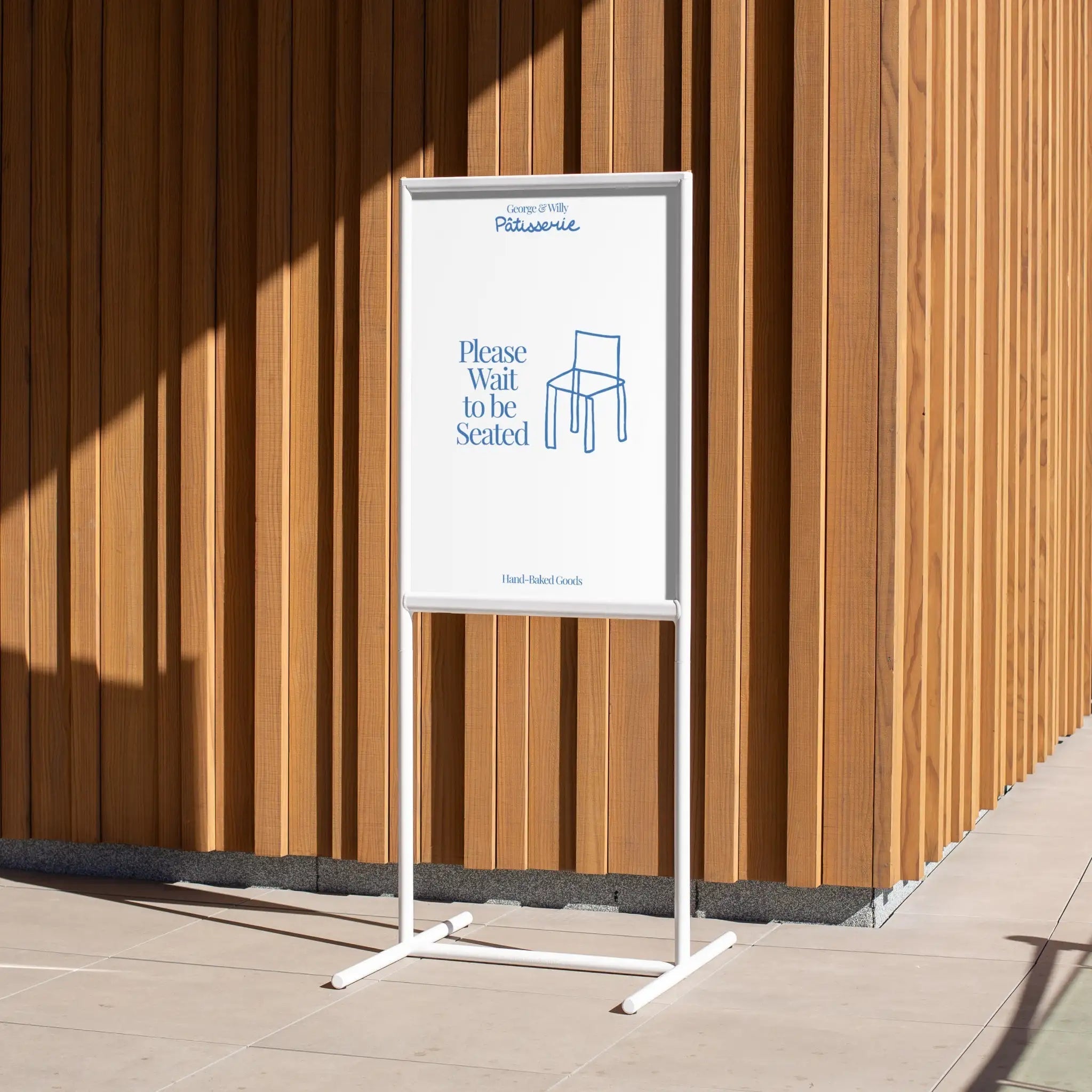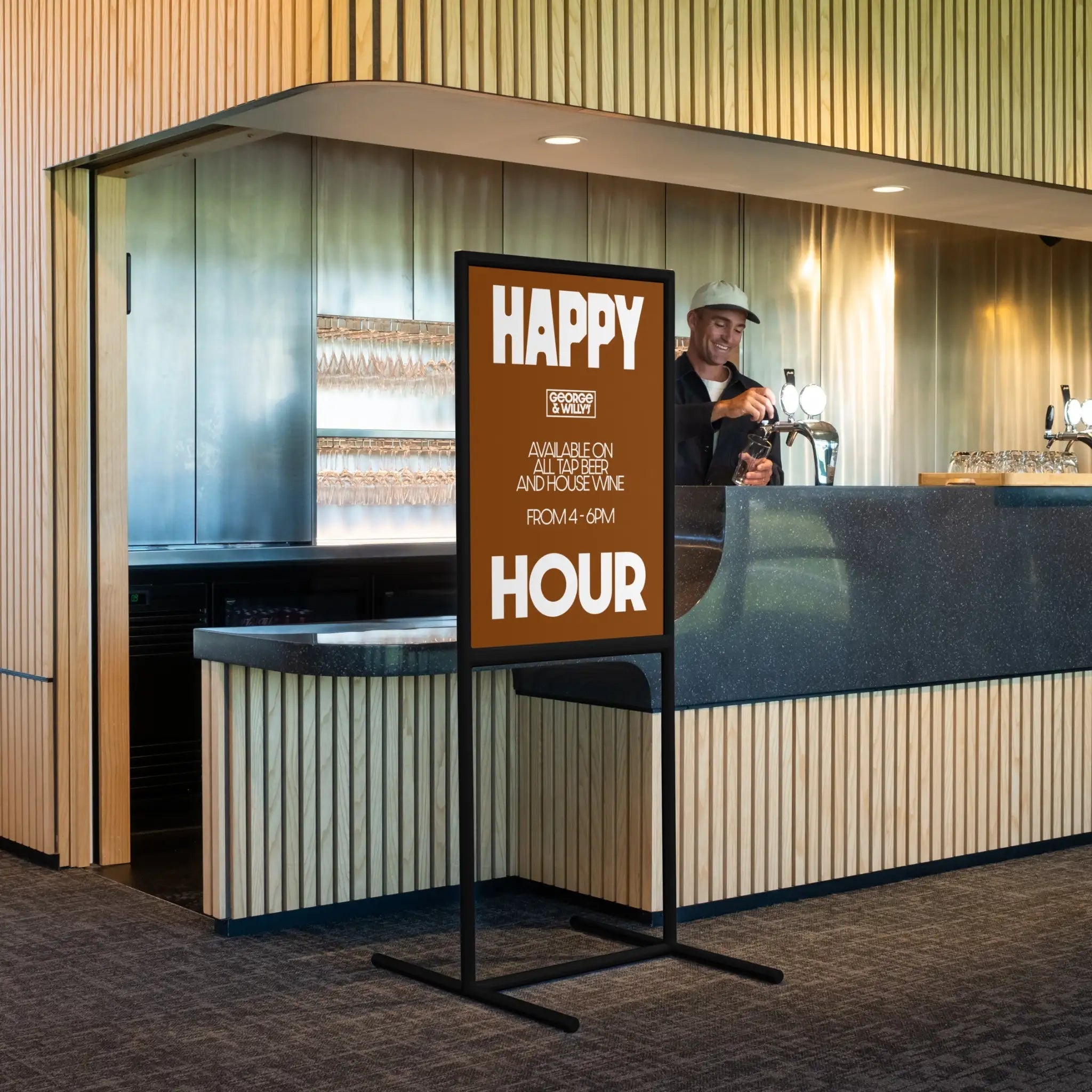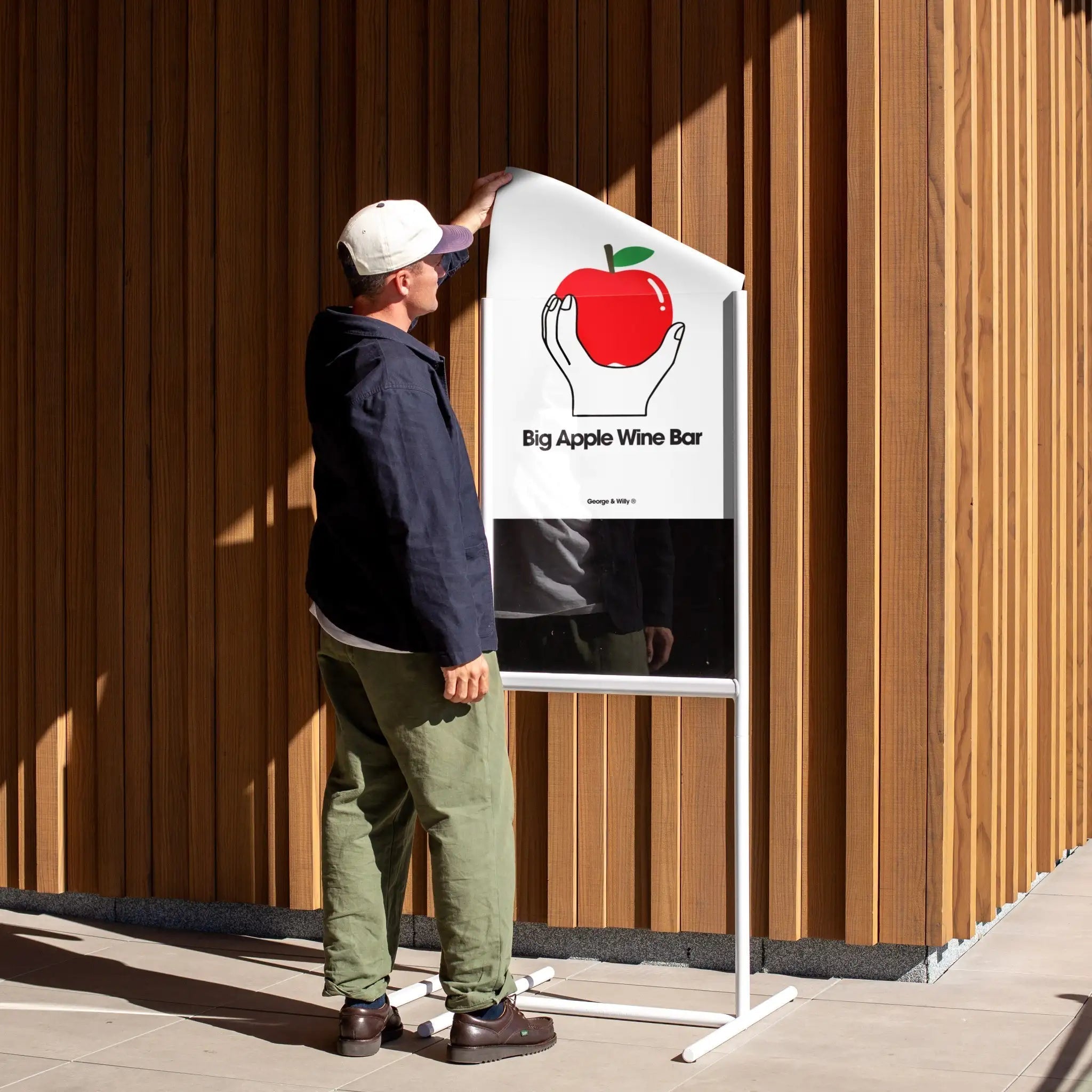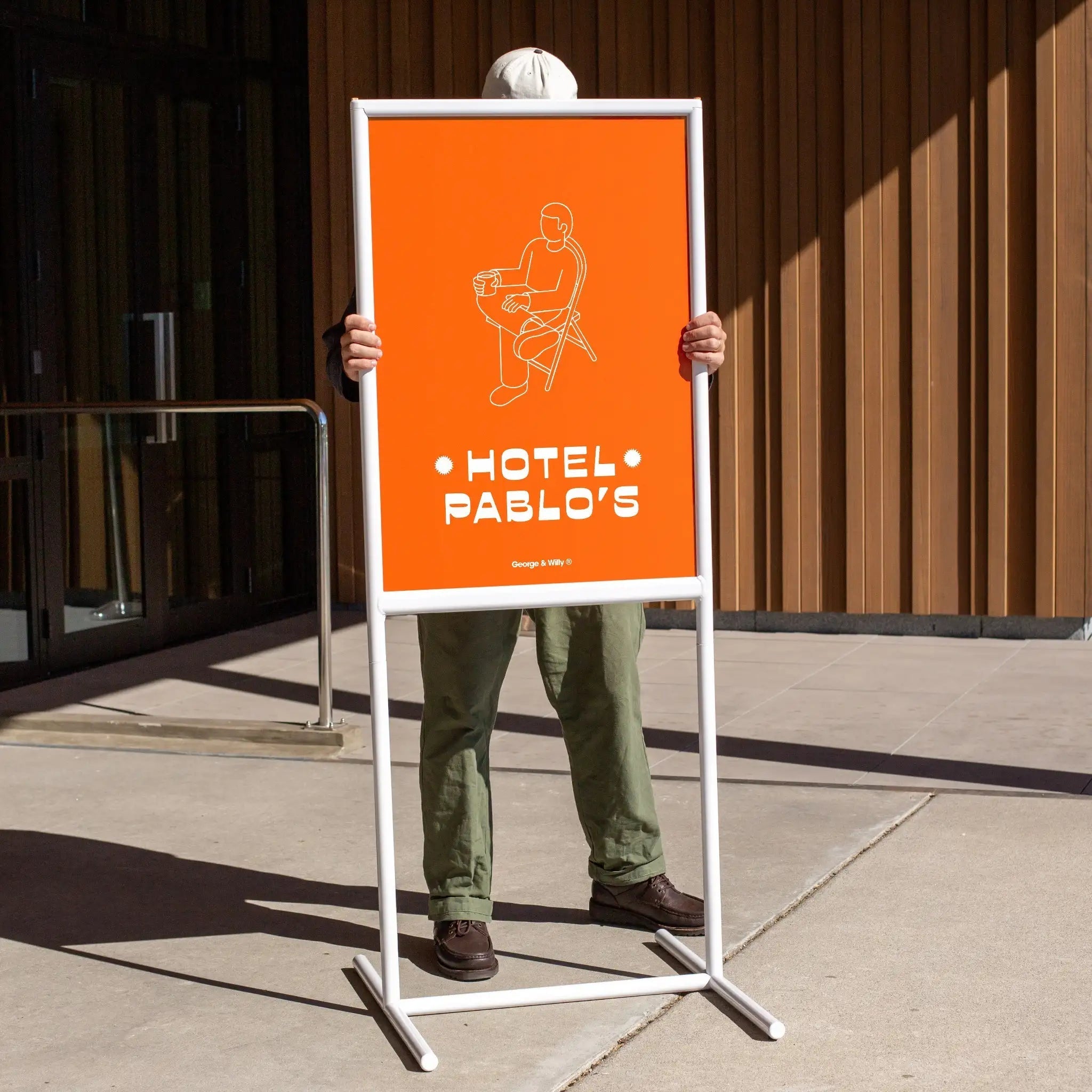Great shop display ideas do more than just showcase products; they tell a story, create an atmosphere, and guide customers on a journey. These strategies can range from creating an interactive product demonstration to designing a social media-worthy photo wall, each aimed at creating a memorable customer experience. In a competitive retail landscape, a well-executed display is your silent salesperson, working around the clock to capture attention and convert interest into sales. It’s the first impression that can turn a passerby into a loyal customer.
Why Your Retail Displays Are Crucial for Success
Effective retail displays are a powerful tool for driving foot traffic, increasing sales, and reinforcing your brand identity. Research shows that a significant percentage of purchasing decisions are made in-store, making your visual merchandising a critical investment. In fact, some studies have found that as many as 82% of purchase decisions are made in the store itself. A compelling window display can stop pedestrians in their tracks, with some data suggesting they can boost foot traffic by 23%. Meanwhile, thoughtful interior displays can increase the average transaction value by encouraging impulse buys, which account for 62% of in-store purchases. These strategic shop display ideas communicate your brand’s quality and values before a customer even touches a product. Furthermore, studies show that products placed in special displays can see a sales increase of up to 478%.
Core Principles of Effective Shop Displays
Before diving into specific shop display ideas, it’s essential to understand the foundational principles that make them work.
Simplicity and Focus
A cluttered display is a confusing display. The best ideas often highlight a single product, a curated collection, or a specific theme. This creates a clear focal point and prevents overwhelming the customer. The goal is to draw the eye, not scatter it.
Cohesive Branding
Your displays should be a physical extension of your brand. Use colors, materials, and a tone that reflects your identity. For a minimal, modern aesthetic, consider fixtures made from powder coated aluminum and natural wood, which offer a timeless and durable foundation for your products. A consistent look across all touchpoints, from your A Frame Sign on the sidewalk to your in store shelving, builds brand recognition.
Tell a Story
What is the story behind your product? A display can demonstrate how a product is used, where it comes from, or the lifestyle it enables. A narrative approach transforms simple merchandise into something more desirable and memorable.
Use Lighting Strategically
Lighting can dramatically alter the mood and focus of a display. Use spotlights to highlight hero products, backlighting to create silhouettes, and ambient light to establish a welcoming atmosphere. The right lighting makes colors pop and details stand out.
Harness Color Psychology
Color is the fastest way to influence mood and direct attention. Use warm colors like red and yellow to create a sense of urgency or excitement, while cool colors like blue and green evoke calmness and trust. A monochromatic color scheme can create a sophisticated, high end feel, while contrasting colors make a bold, attention grabbing statement.
Mix Textures and Materials
Engage the senses by incorporating a variety of textures. Combining smooth, rough, soft, and hard surfaces adds depth and interest. Think about pairing sleek metal fixtures with natural wood, soft fabrics, or live plants to create a richer, more dynamic visual experience.
Create Balance with Arrangement
How you arrange products matters. A symmetrical arrangement can feel classic and orderly, conveying stability and quality. For a more modern and dynamic feel, try an asymmetrical or relaxed product placement. This approach can feel more approachable and encourages customers to explore.
Add an Unexpected Focal Element
Capture attention by including a surprising or unconventional item in your display. This could be a piece of vintage furniture, a large scale art print, or a quirky prop that relates to your theme. An unexpected element makes your display memorable and can become a shareable social media moment.
Captivating In Store Display Ideas
Now that you have a solid understanding of your brand’s story and target audience, it’s time to translate that into captivating shop displays.
1. Create a Home Style Vignette
Arrange products in a realistic, home like setting to help customers visualize them in their own lives. A home style vignette for a kitchenware shop might include a wall mounted cafe table, shelving, and a paper roller for a grocery list. This storytelling approach makes products feel more accessible and desirable.
2. Design a Social Media Worthy Wall
Turn one wall into a camera ready moment and customers will market for you. A photogenic backdrop frames products, invites selfies, and pushes your handle into new feeds. Pick a wall visible from the entrance, paint a matte base, and mount a changeable message surface like a magnetic letter board. Light it well and keep the copy tight: a hook, your handle, and a simple call to action.
3. Group Products by Occasion or Theme
Instead of grouping items by category, try merchandising by occasion. For a clothing boutique, this could be a “Weekend Getaway” collection featuring outfits, luggage, and accessories. For a gift shop, a “Hostess Gifts” display could bundle wine, candles, and serving ware. This helps customers solve a specific need and encourages multiple purchases.
4. Build a Floating Wall Arrangement
Create a modern, airy look with floating shelves. This minimalist approach draws the eye upward and makes a small space feel larger. Arrange a curated selection of products on the shelves, leaving plenty of negative space to highlight each item. This is perfect for showcasing high value or delicate products that deserve special attention.
5. Spotlight Bestsellers and Staff Picks
Build trust and guide purchasing decisions by highlighting popular items. A “Bestsellers” section can feature your top selling products with signage explaining why customers love them. A “Staff Picks” display adds a personal touch, allowing your team to share their favorite items. Use small, elegant countertop signs to share a brief, handwritten recommendation.
6. Offer a Sample Station or Demonstration Area
Let customers experience your products firsthand. An in store demonstration area for a kitchen gadget or a sample station for beauty products can significantly boost sales. This interactive approach removes purchase barriers and creates an engaging, memorable experience that builds customer confidence.
7. Use Mirrors to Enhance Space and Light
Strategically placed mirrors can make your store feel larger, brighter, and more luxurious. A large floor mirror can serve as a functional and stylish focal point in a clothing boutique, while smaller mirrors integrated into shelving displays can reflect light and add a touch of sparkle.
8. Play Around With Tiered and Crafted Shelving
Turn a flat wall into a guided journey. Tiered shelving creates a visual staircase from hero to helper products, making choices simpler and baskets bigger. Use an adjustable system like a pegboard to easily change your layout. Place best sellers at eye level and style items in odd numbered clusters to create a pleasing composition.
Mastering the Art of the Window Display
Your window is your 24/7 advertisement. It’s the first, and sometimes only, chance you get to entice a potential customer.
Types of Window Displays
- Open Window Display: This design uses the entire store as the backdrop, allowing passersby to see directly inside. It creates a welcoming and transparent feel, perfect for cafes, bakeries, and stores with beautiful interiors.
- Closed Window Display: This is a more traditional approach that uses a full back wall to close off the display from the store interior. It creates a theatrical stage, allowing you to build a self contained scene with controlled lighting and props, ideal for creating drama and mystery.
- Semi Closed Window Display: A hybrid approach, this uses a partial back wall or screen to create a distinct display area while still allowing some visibility into the store. It provides a focal point without completely blocking the view.
Creative Window Configurations
- Elevated and Corner Displays: Use platforms and risers to create an elevated window display, varying the height of your products to guide the eye. If you have a corner window, use the dual visibility to create a dynamic, three dimensional scene that can be viewed from multiple angles.
- Island and Shadowbox Displays: An island display is a standalone fixture viewable from all sides, perfect for showcasing a hero product. A shadowbox display uses smaller, enclosed boxes within the larger window to frame and highlight individual items, creating a gallery like effect.
Industry Specific Adaptations: Tailoring Ideas by Store Type
The most effective shop display ideas are not one size fits all. They must be tailored to the environment and the customer.
- Cafés and Restaurants: Hospitality venues thrive on atmosphere and efficiency. Use wall mounted menu boards to save counter space and present offerings clearly. Tabletop signs can communicate specials or Wi Fi passwords without cluttering tables. A beautiful bakery display case makes baked goods irresistible.
- Boutiques and Retail Stores: Create a journey through your store with a mix of displays. Use a window display to feature a new collection, utilize shelving to group related items, and employ countertop signs for pricing and promotions. A well placed paper roller like the Studio Roller can share brand messages or promotions in a creative way.
- Salons and Wellness Studios: The goal is to create a serene and organized environment. Use clean, minimalist shelving to display products for sale. A simple letter board can list services or welcome clients, reinforcing a calm and professional atmosphere.
Placement and Layout Strategy
Where you place your displays is just as important as what is in them. The “customer journey” is a key concept in retail layout.
The Decompression Zone
This is the first few feet inside your store. Keep this area open and uncluttered, using a simple, impactful display to set the tone without overwhelming shoppers as they transition from the outside world.
Window Displays
Your window is your constant advertisement. Change it regularly, at least once a month, to reflect new arrivals, seasons, or promotions. Make it bold and eye catching to draw people in from the street.
The Power Wall
Most customers naturally turn right upon entering a store. This first wall is prime real estate for your most compelling products or a display that tells your core brand story.
Point of Sale
The checkout counter is your last chance to make an impression and encourage an impulse purchase. Use small, attractive countertop displays like Counter Signs for low cost, high margin items.
Budget Friendly Fixtures and Materials
You don’t need a massive budget to create stunning visuals. Many high impact shop display ideas can be achieved with creativity and smart sourcing. However, investing in durable, versatile fixtures pays off in the long run. Reusable items like high quality letter boards, metal A frame signs, and modular shelving can be adapted for countless promotions, saving you money over time compared to disposable, single use displays. Exploring the complete range of signage and display products can provide inspiration for a lasting and cohesive kit.
Measure, Maintain, and Refresh Your Displays
A display’s job is never done. It’s crucial to monitor its effectiveness, keep it in pristine condition, and update it to maintain customer interest.
- Measure: Track sales of the products you feature. Did the display lead to an increase? Use this data to refine your future shop display ideas.
- Maintain: Dust and clean your displays daily. A tired, dusty display suggests a lack of care. Ensure all elements are straight, stocked, and correctly priced.
- Refresh: Even the most successful display will eventually become invisible to regular customers. Change your displays frequently to create a sense of newness and encourage repeat visits. This can be as simple as changing the message on a letter board or swapping out a featured product.
Conclusion: Turn Principles Into Creative Execution
Effective shop display ideas are a blend of art and science. By understanding the core principles of visual merchandising, tailoring them to your specific industry, and strategically placing them within your space, you can create powerful tools that do more than just look good. They attract customers, tell your brand’s story, and ultimately, drive sales. Start by focusing on one or two key areas, invest in quality, timeless fixtures, and commit to keeping things fresh.
Ready to elevate your space? Explore the collection of thoughtfully designed signage and displays at George & Willy.
Frequently Asked Questions
What are the best shop display ideas for a small space?
For small spaces, think vertically. Use wall mounted shelves, ceiling mounted menus, and compact countertop signs. A well placed paper roller or a simple Rounded Sidewalk Sign outside can capture attention without taking up valuable floor space.
How often should I change my retail displays?
For your main window display, aim to change it every 4 to 6 weeks to align with new seasons, products, or holidays. Interior “hot spot” displays can be refreshed more frequently, perhaps every 2 to 3 weeks, to keep the store feeling dynamic for regular customers.
How can I make my product displays more interactive?
Incorporate elements that invite touch, like product samples or testers. Use signage that asks a question or a QR code that links to more information. The goal is to create a multisensory experience that engages the customer beyond just looking.
What are some eco friendly shop display ideas?
Use sustainable and durable materials like wood, recycled metals, and powder coated aluminum that last for years. Avoid single use plastics and opt for fixtures that can be repurposed for different themes. A timeless, well built display is inherently more sustainable than a disposable one.

